

TECHNICOLOUR ISSUE O3
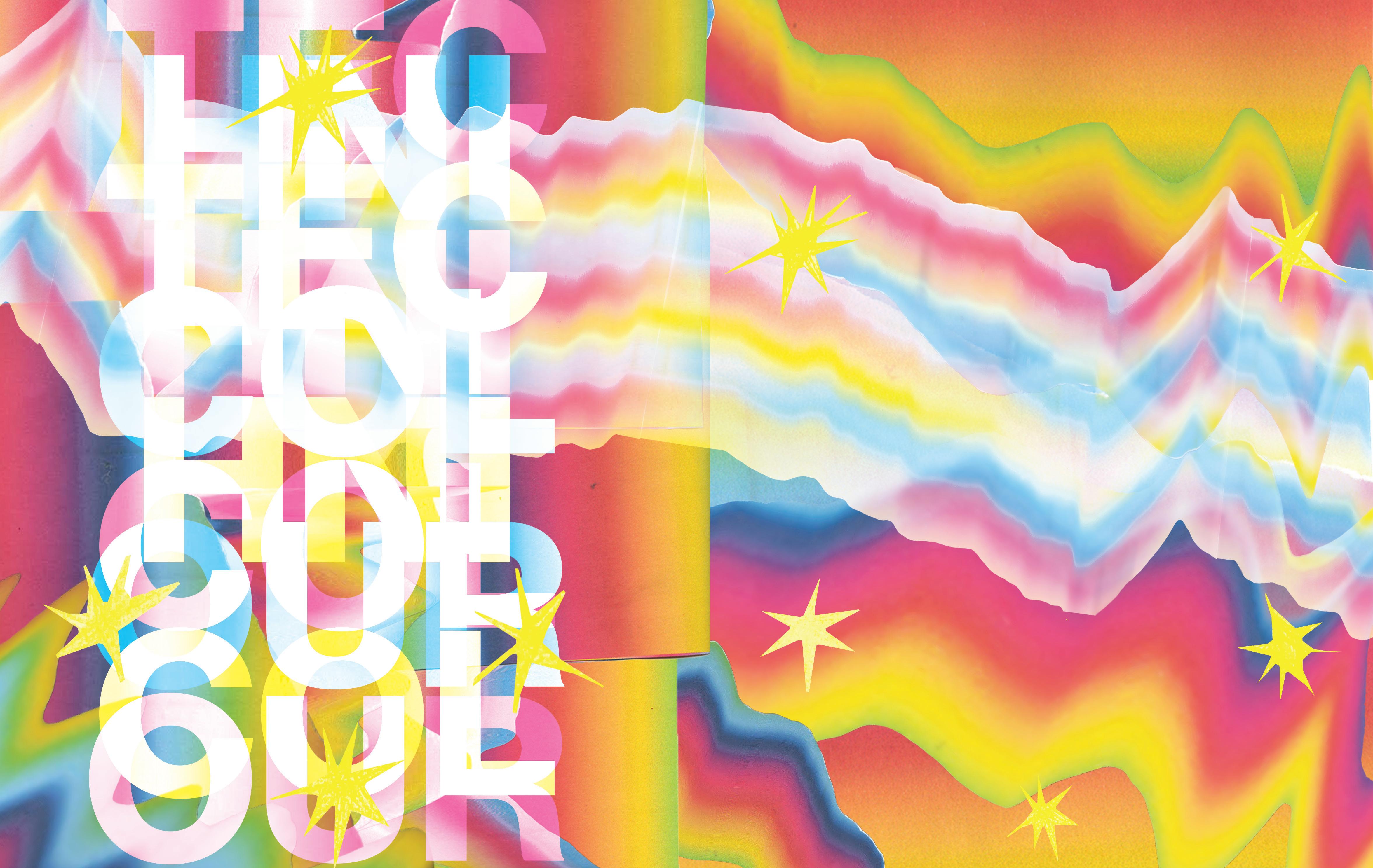
Symbolic Inclusion / Structural Exclusion
By Maya Heinecke
By Bridget Matison
By Alysha Trotter
BODIES, BODIES, BODIES
Real Fish
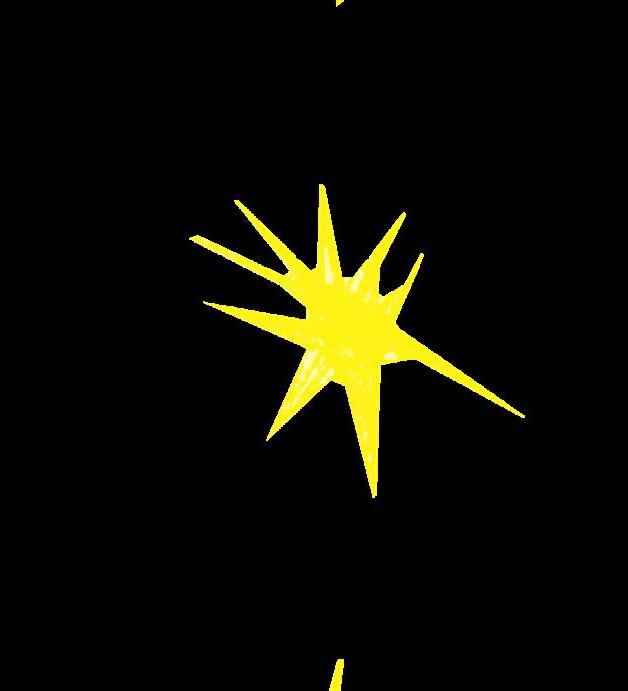

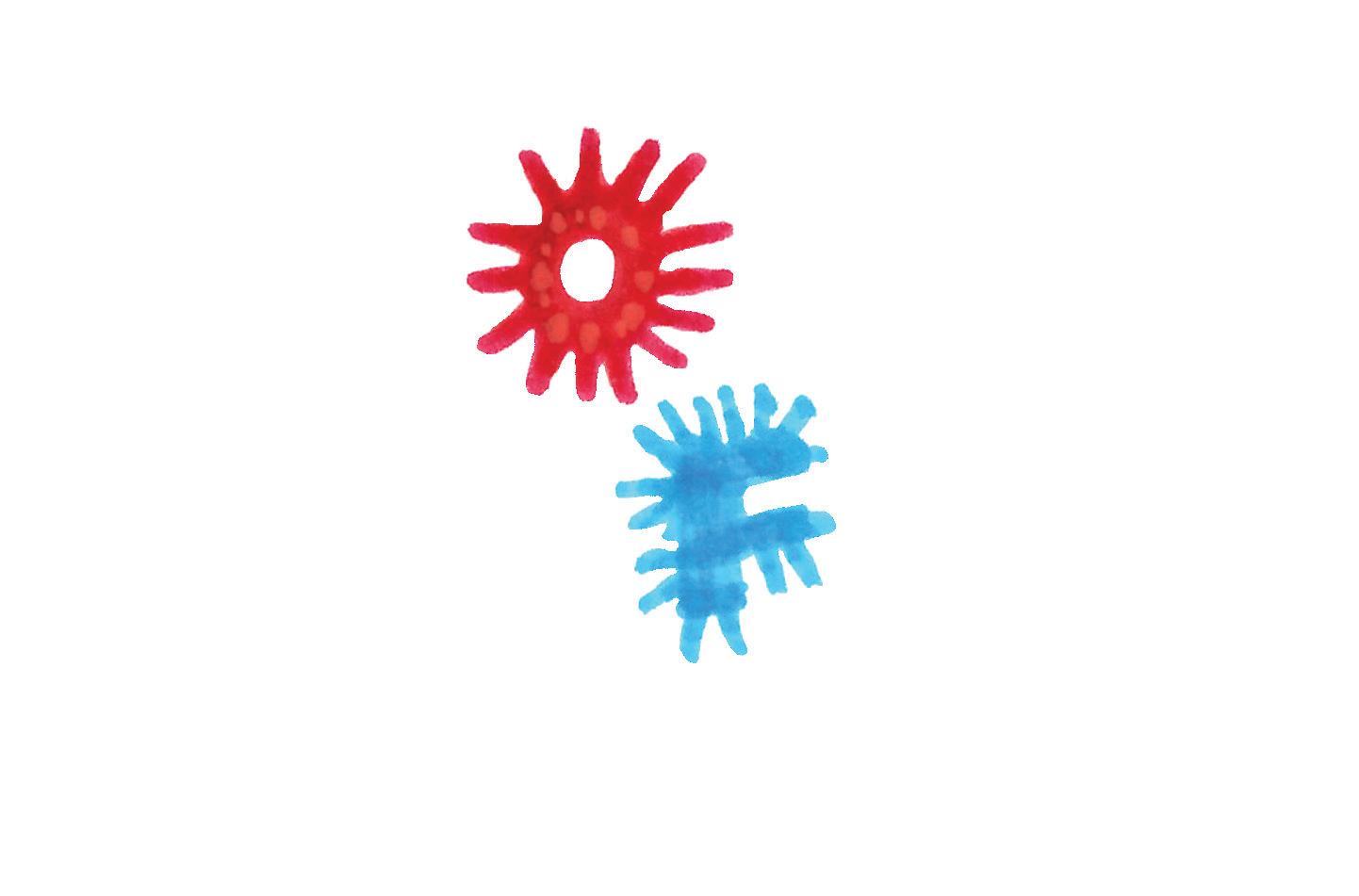
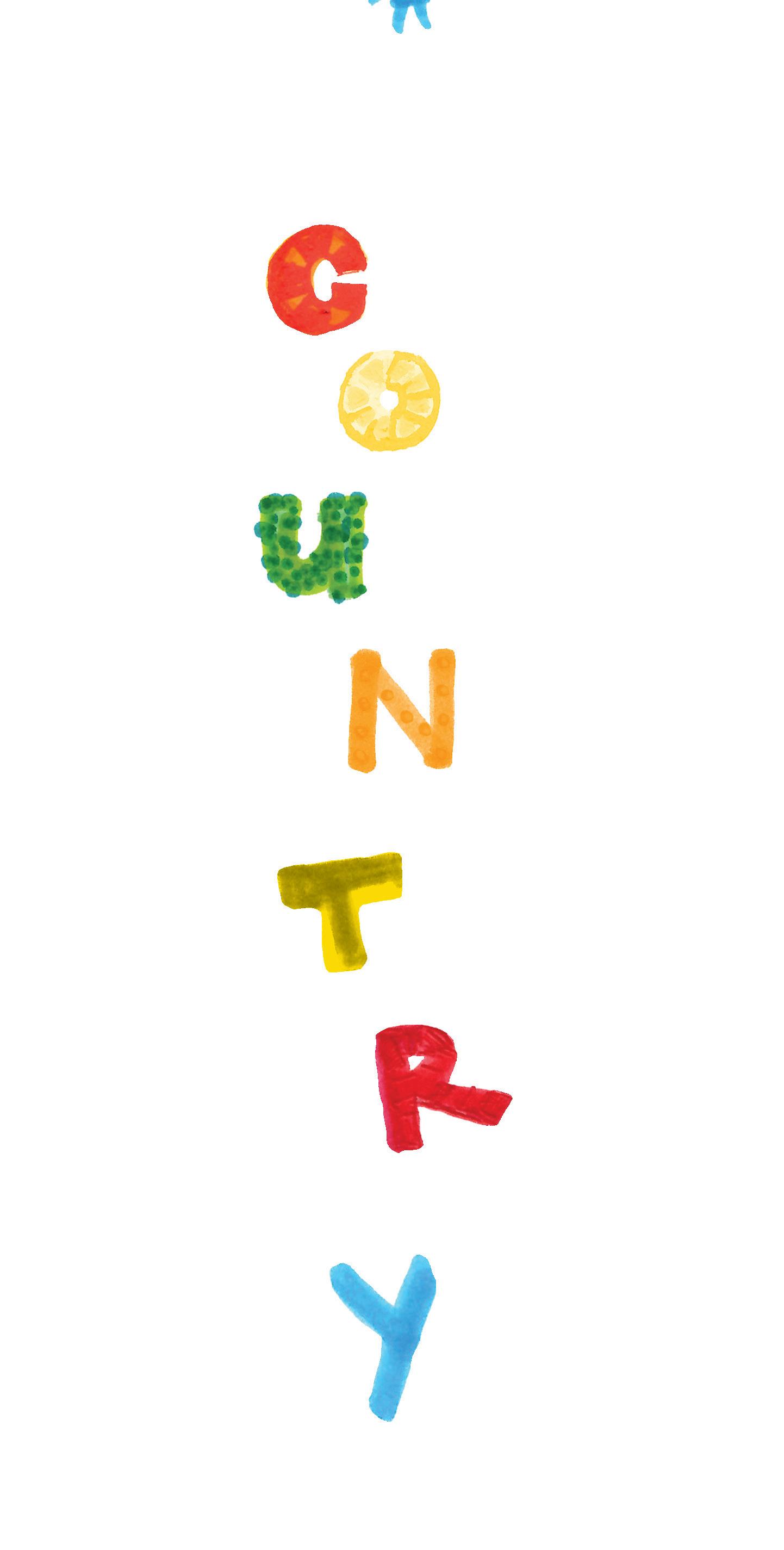
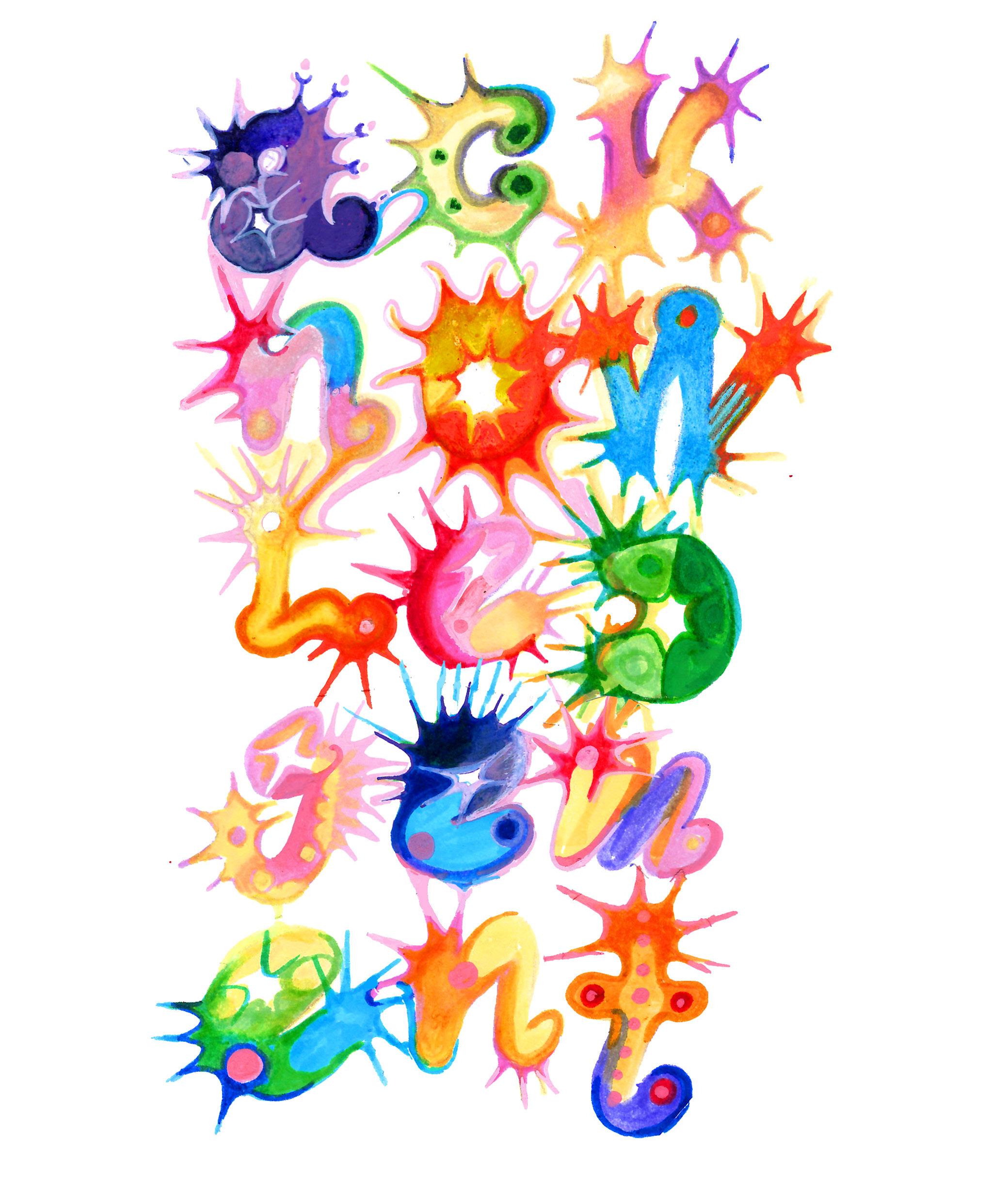



Words by Jonnie Jock


Vertigo Editorial team acknowledges the Gadigal people as the custodians of the land on which is created. Sovereignty was never ceded. We thank Mob from everywhere for their continuous protection of Gadi Country, and thank Gadigal elders past, present, and emerging, for their preservation of culture.
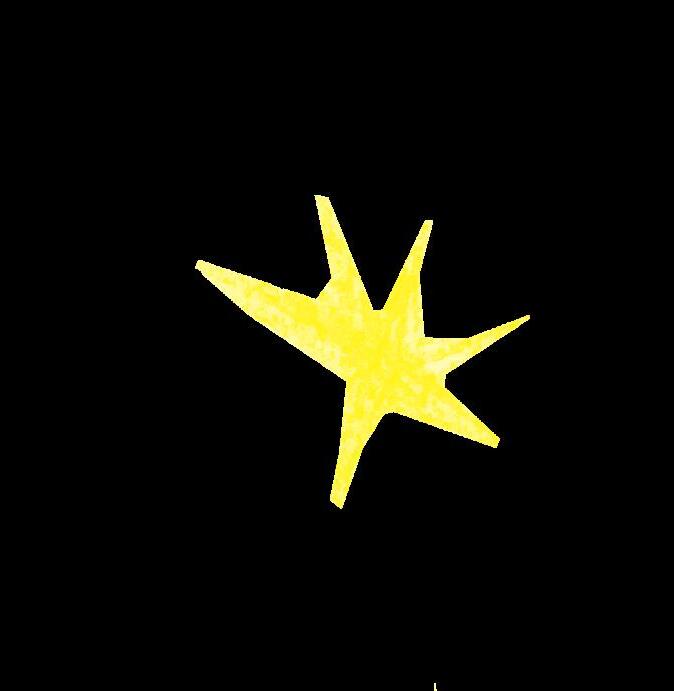
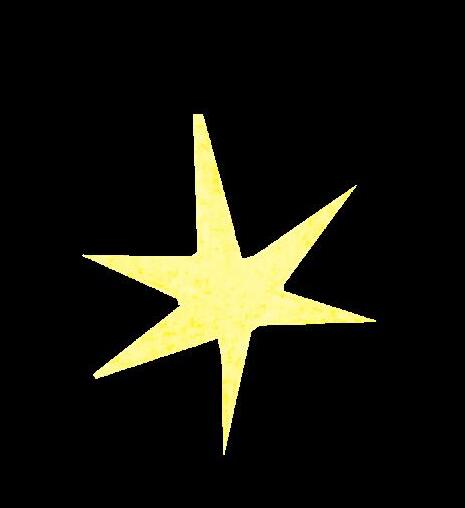
Aboriginal and Torres Strait Islander cultures are the oldest surviving in today’s world. The continued perseverance of culture in the face of colonial genocide is a testament to the strength of community in resisting oppression.
We must acknowledge the importance of remembering language and history that has been lost: smothered into obscurity by the white man’s cultural censorship. The precolonial history of queerness within First Nations cultures was suppressed, too. Yet many remember, continuing to defy the binaries of the colony.
The struggles of Indigenous peoples worldwide are deeply intertwined with the struggles of queer people: all have faced genocides at the hands of the colonial white supremacist heteropatriarchy. Queer
As a Queer African Australian, I thank Blak Australians for the imperative role of their resistance in securing my rights today. In 1978, Sydney’s first Mardi Gras was subject to police violence. Indigenous people such as Chris Burke and Annie Pratten put their lives on the line in solidarity and were arrested. In 1965, Charles Perkins and Gary Williams were the first Aboriginal students at USyd. As students, they organised the Freedom Rides as a protest against the White Australia Policy. Their work as students directly influenced the ability of my father, as well as many of your parents, to immigrate to Australia. Remember this. Use your voice.
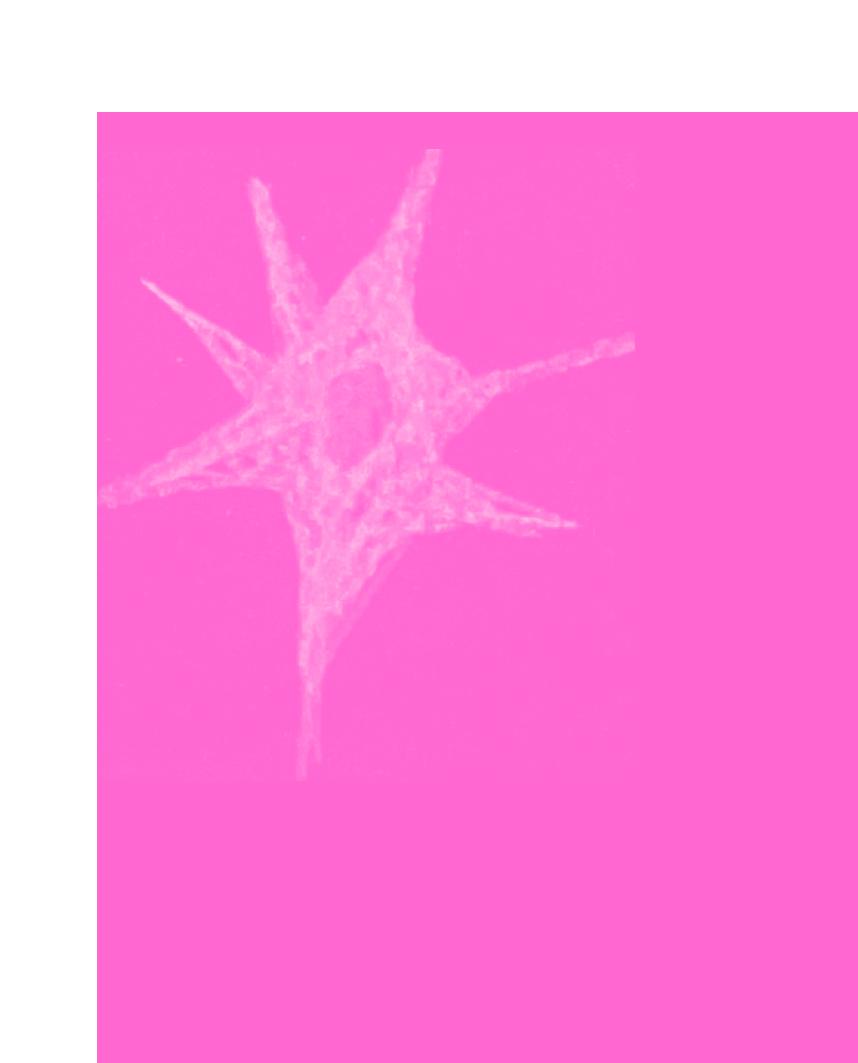



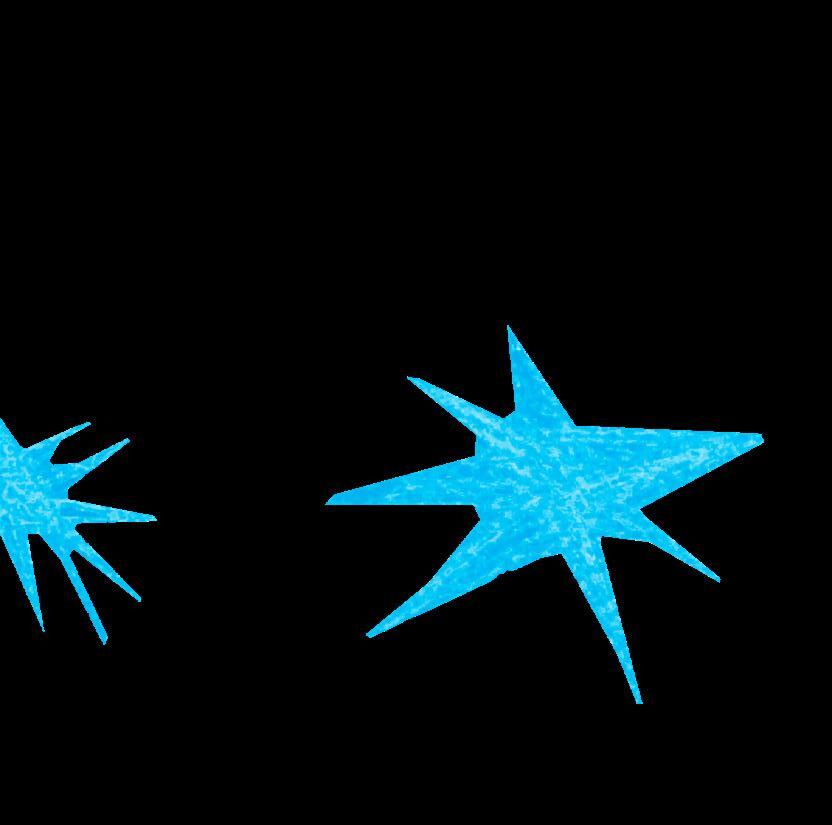
Aboriginal communities are caretakers of the land, fighting for environmental protection. Sistagirls and brothaboys are the backbone of today’s queer culture. To be in community is to reciprocate support, especially with our most vulnerable.

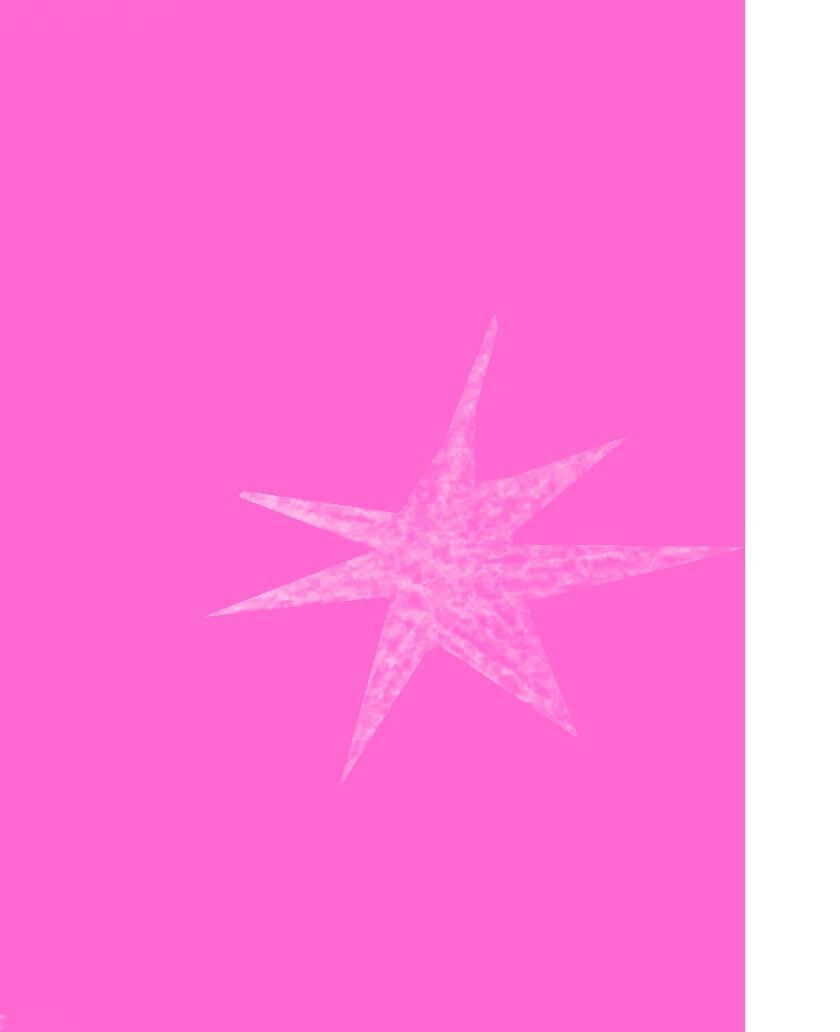
TABLE OF
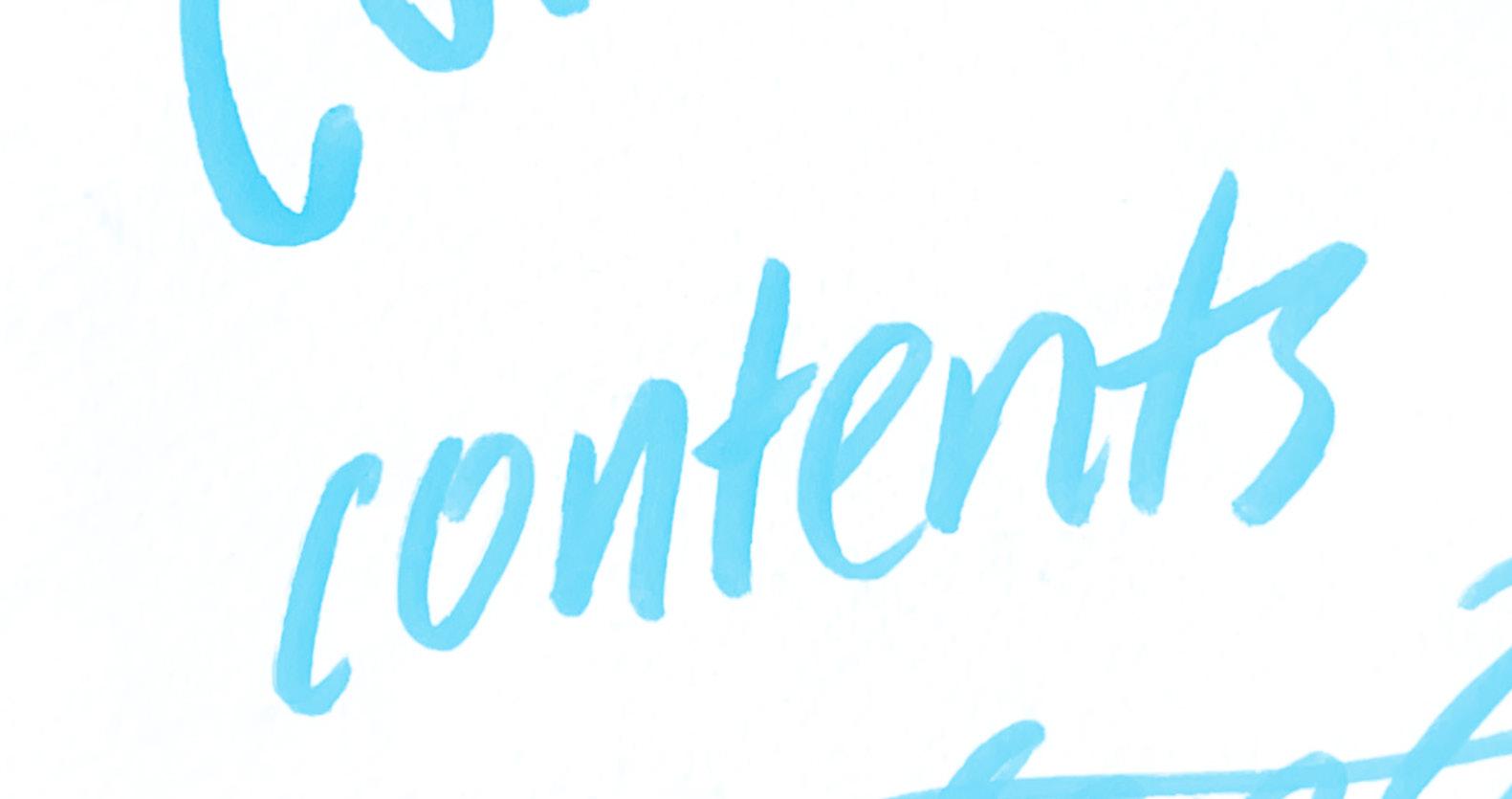
Semi (not really)
Reformed Theatre
Kid
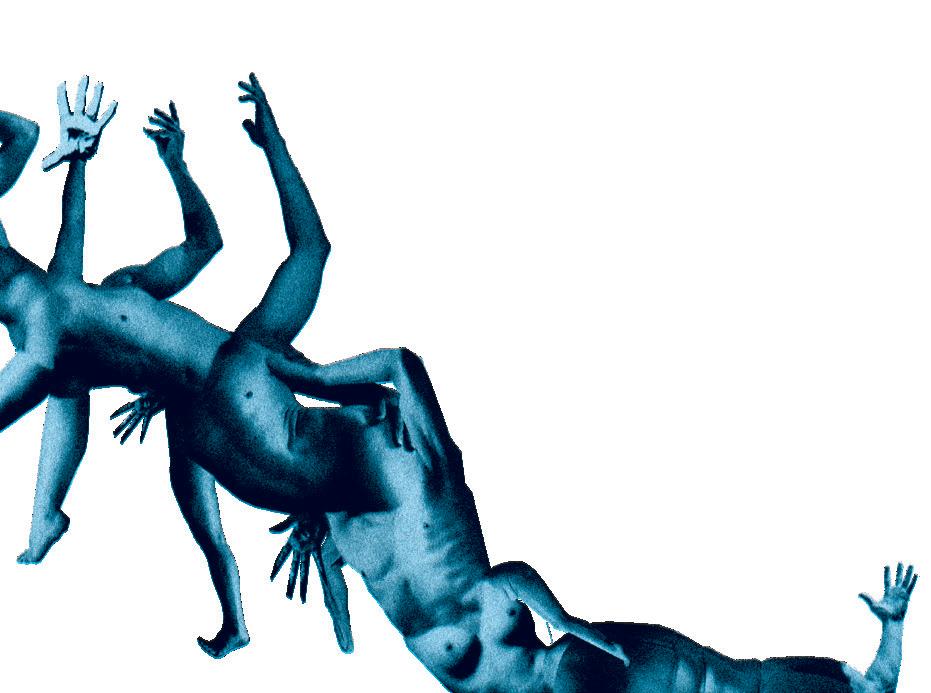
By Maya Heinecke
11
Students
Not Dead, Just Older
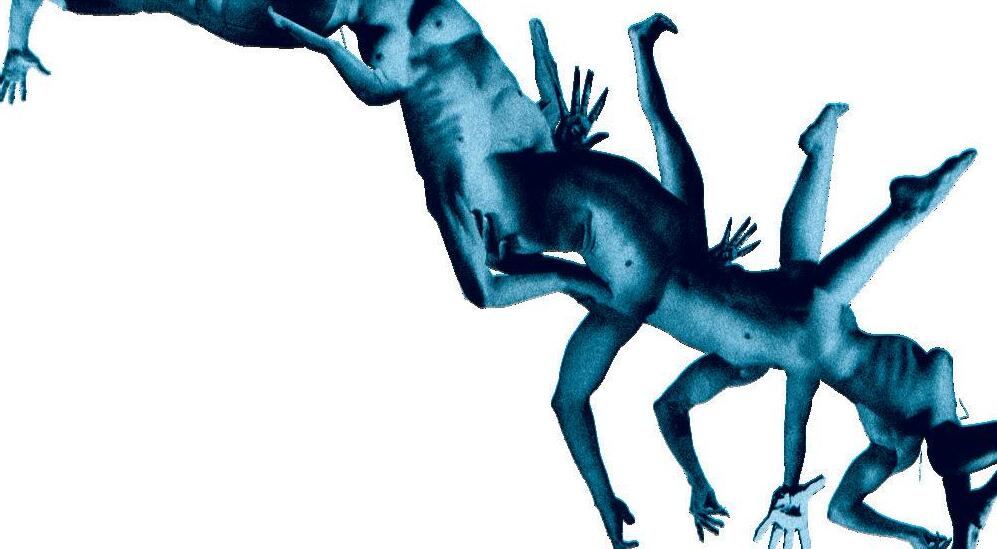
How Fruity is Your Faculty?
17
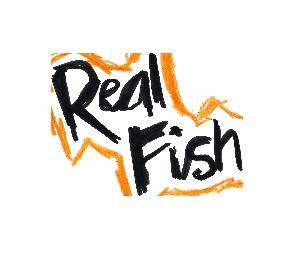
Real Fish
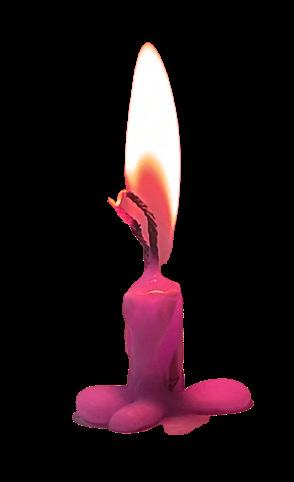
By Bridget Matison
Embellished Anatomy
By Imogen Tierney
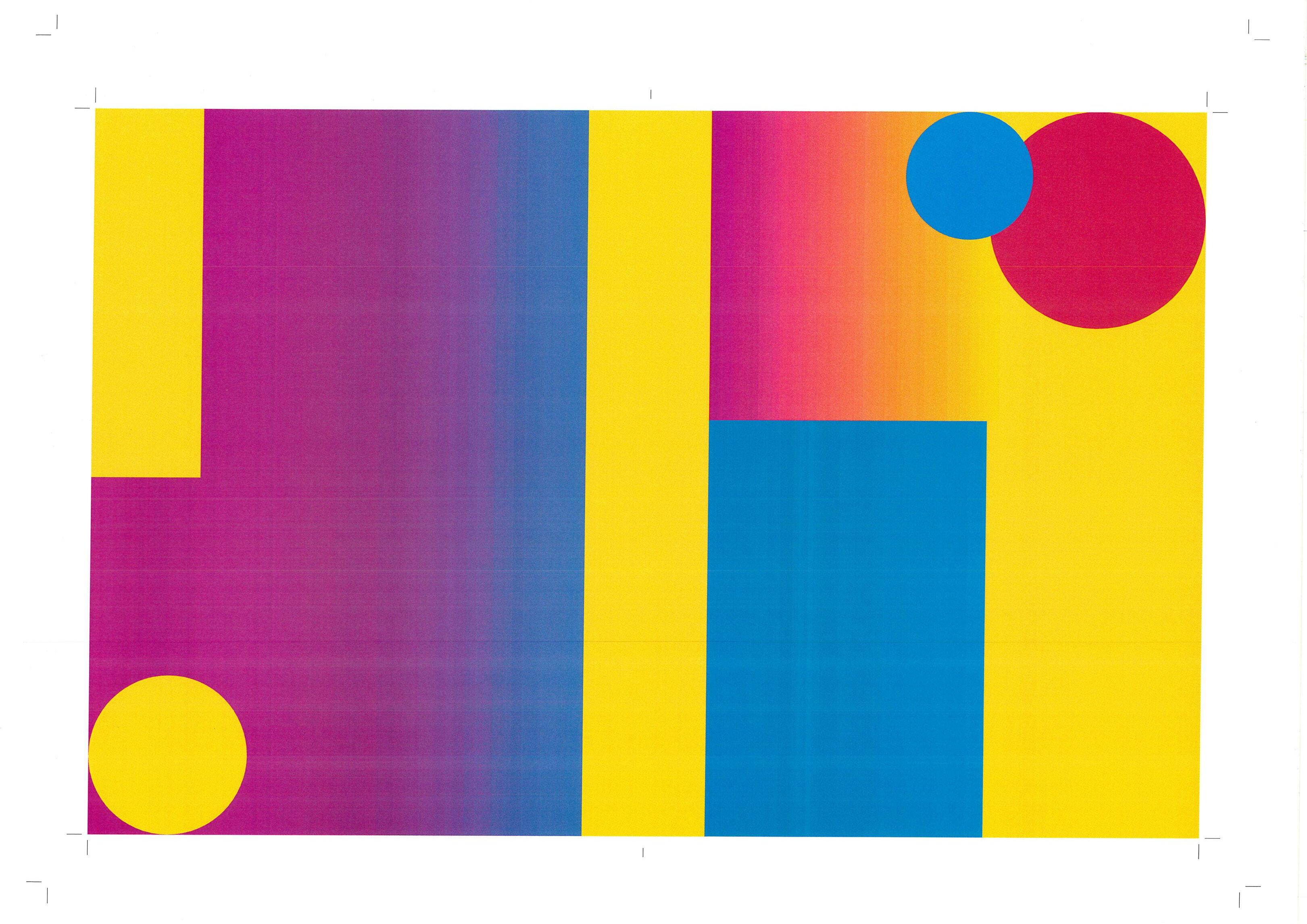
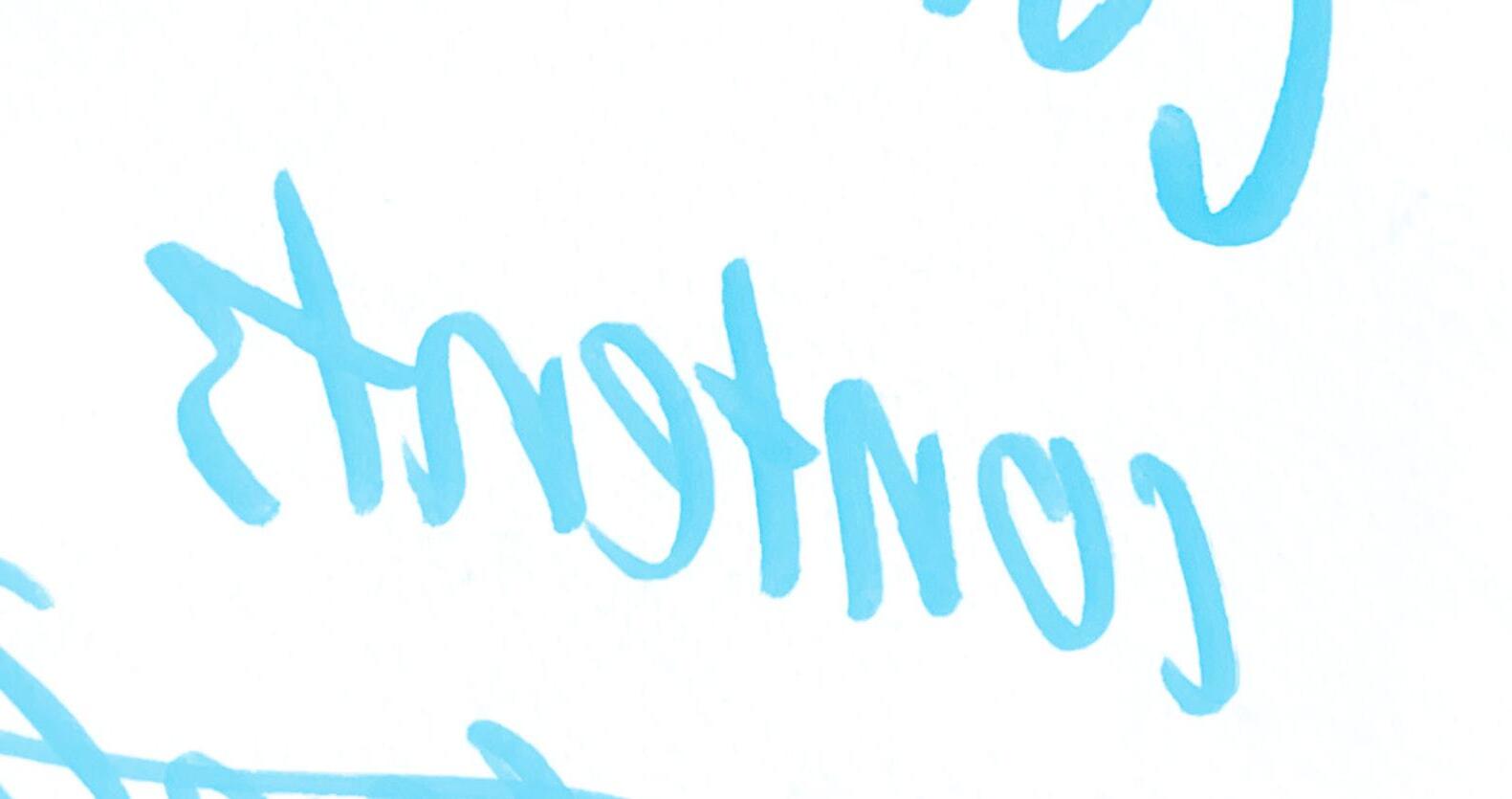
Annika Legg
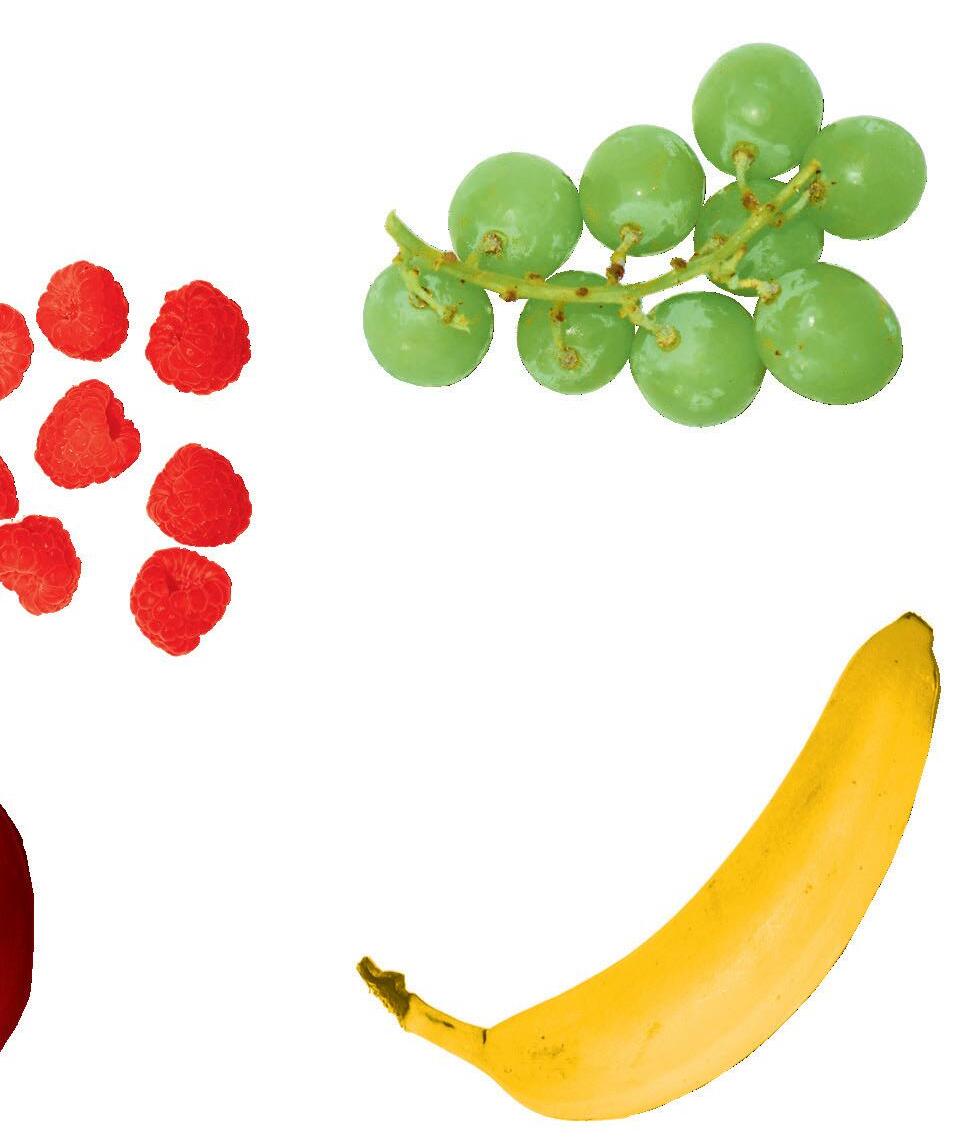
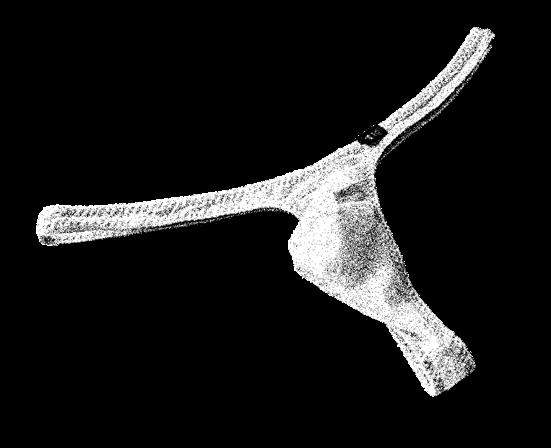
Jonnie Jock
Margaret James By Rueben Agius
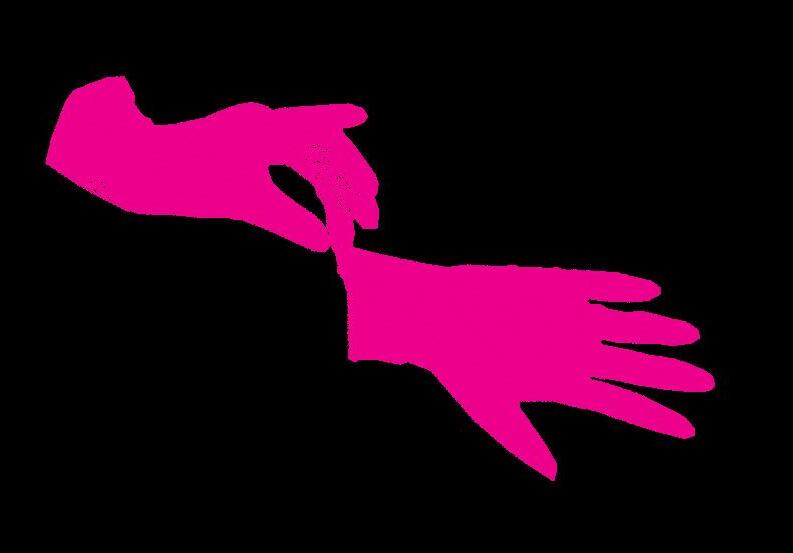
By Molly Martin
By Freya Waring
Isabella Pex
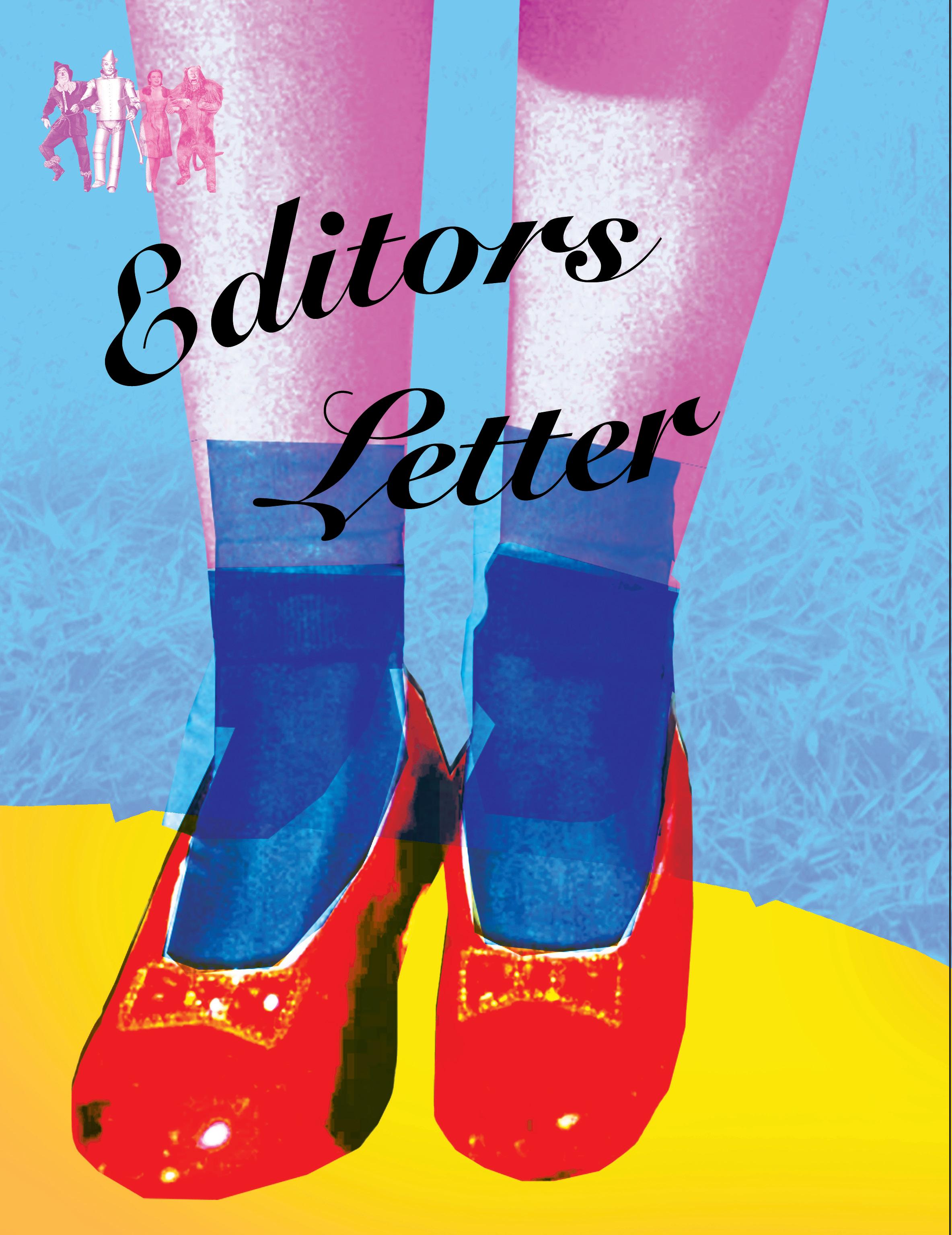
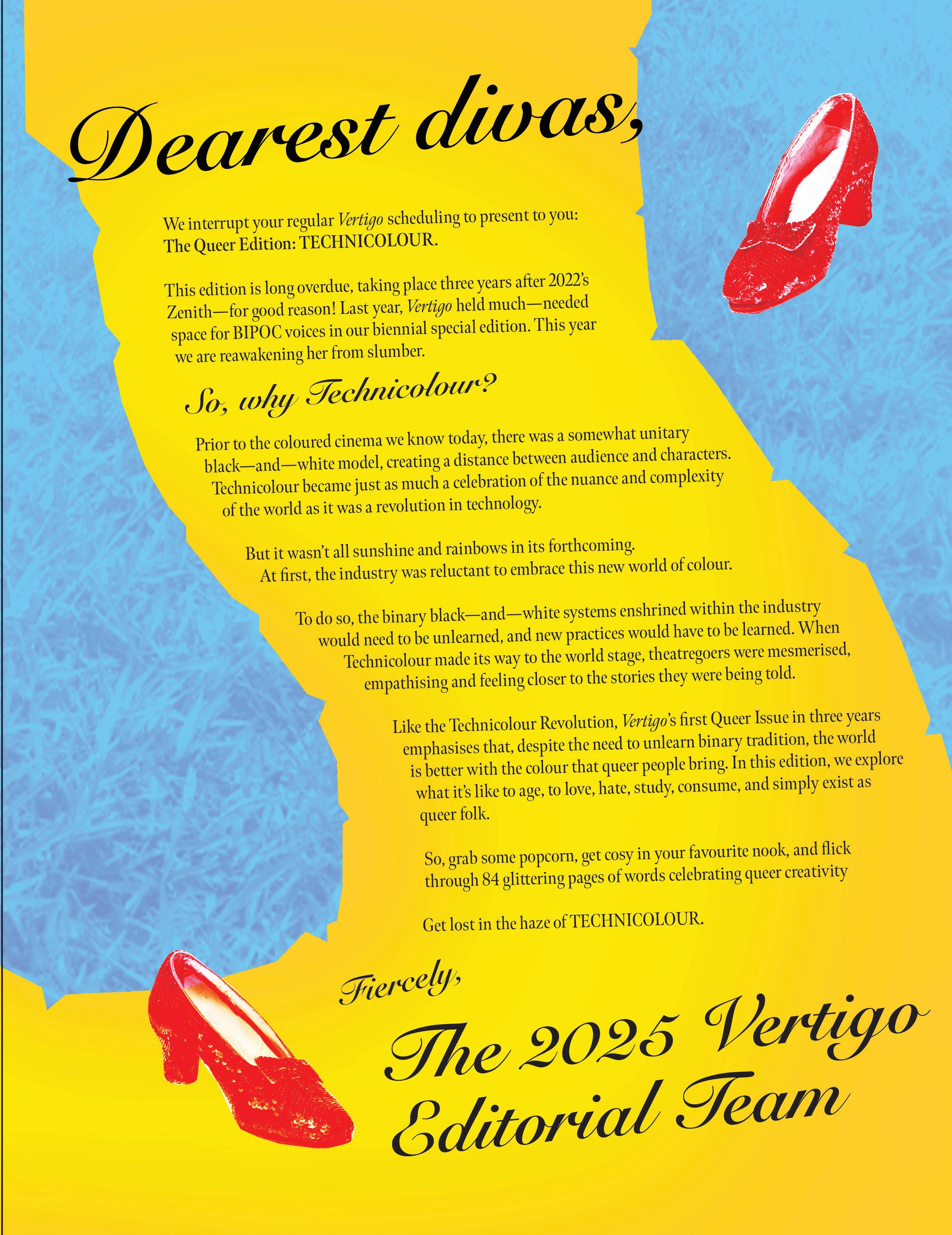
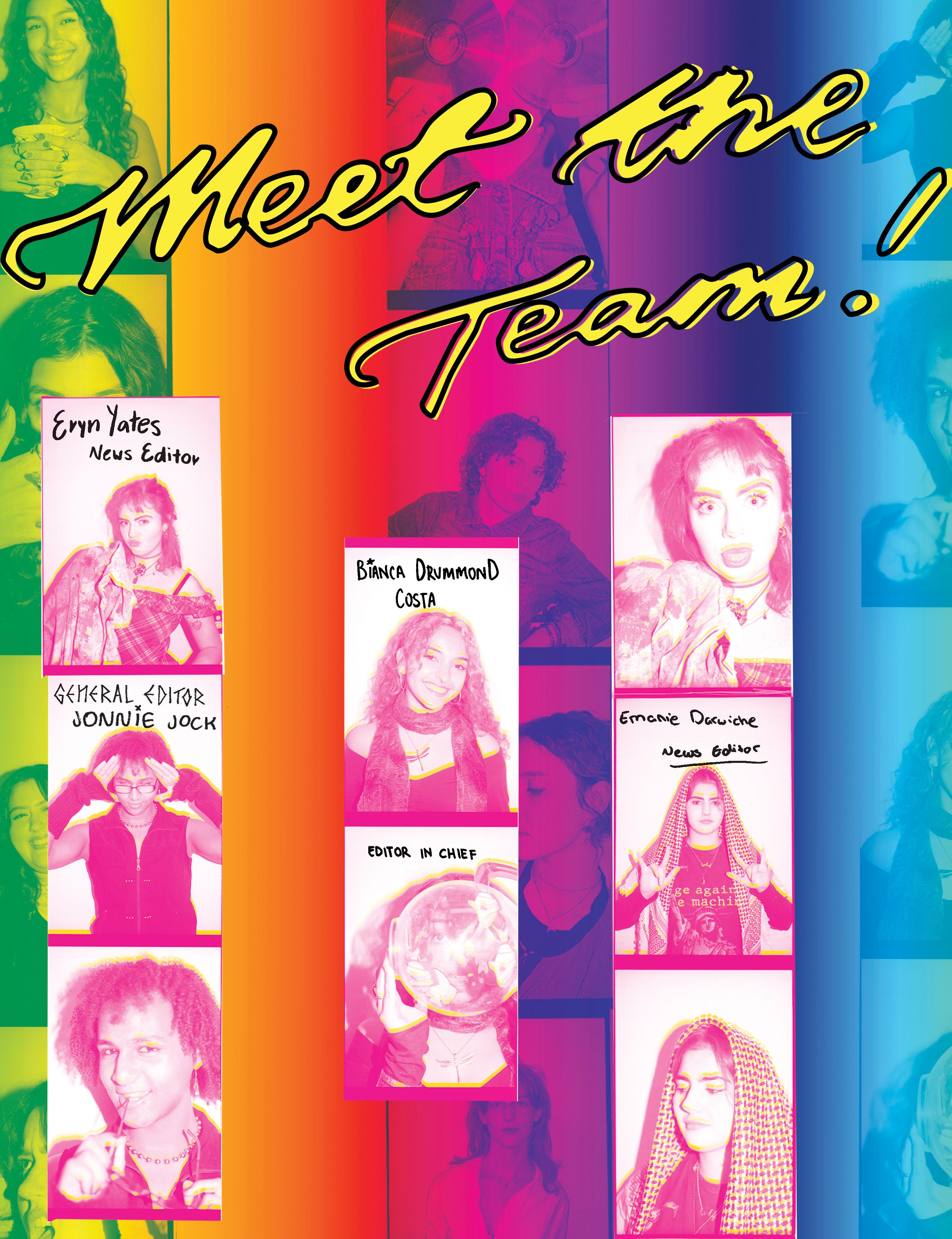
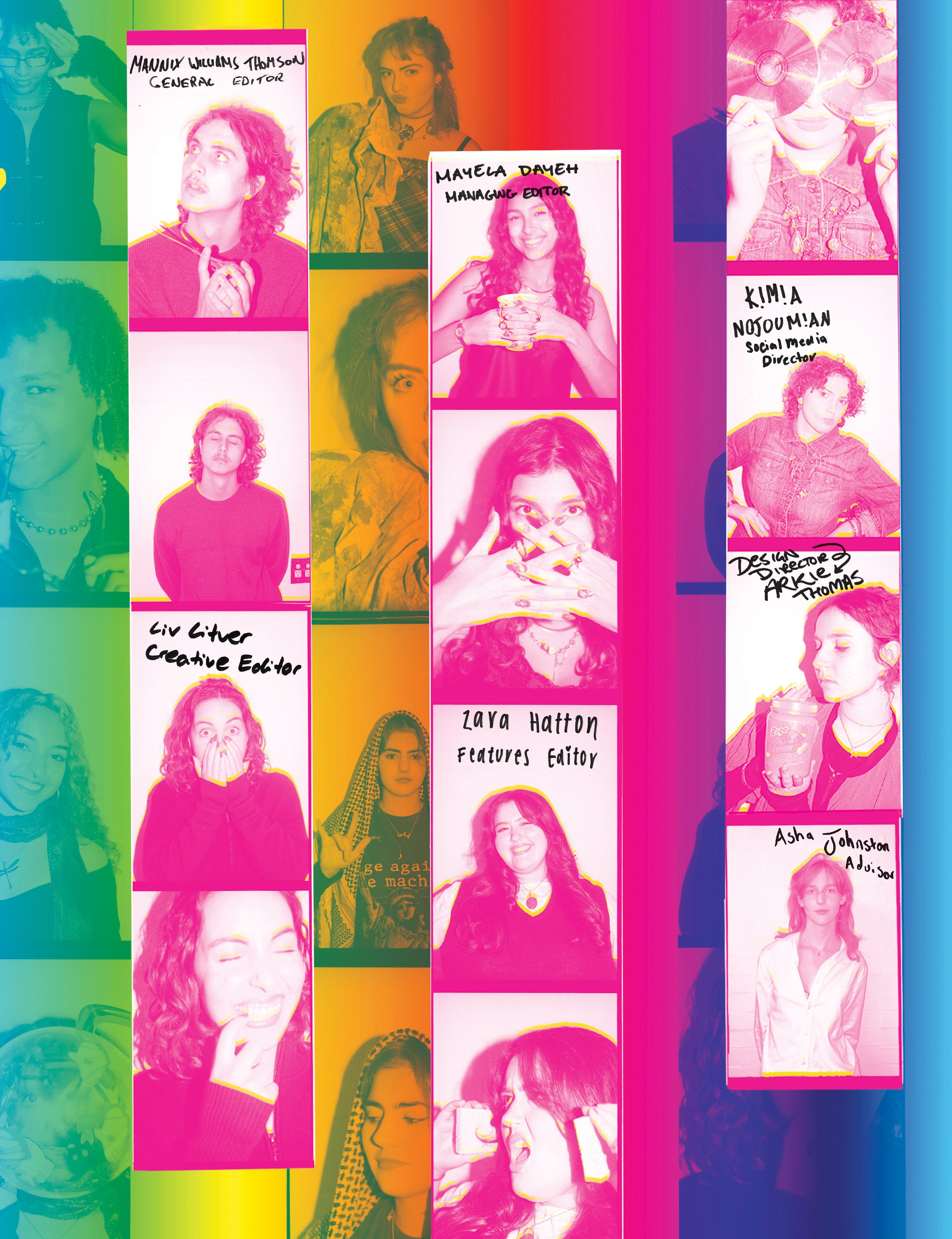
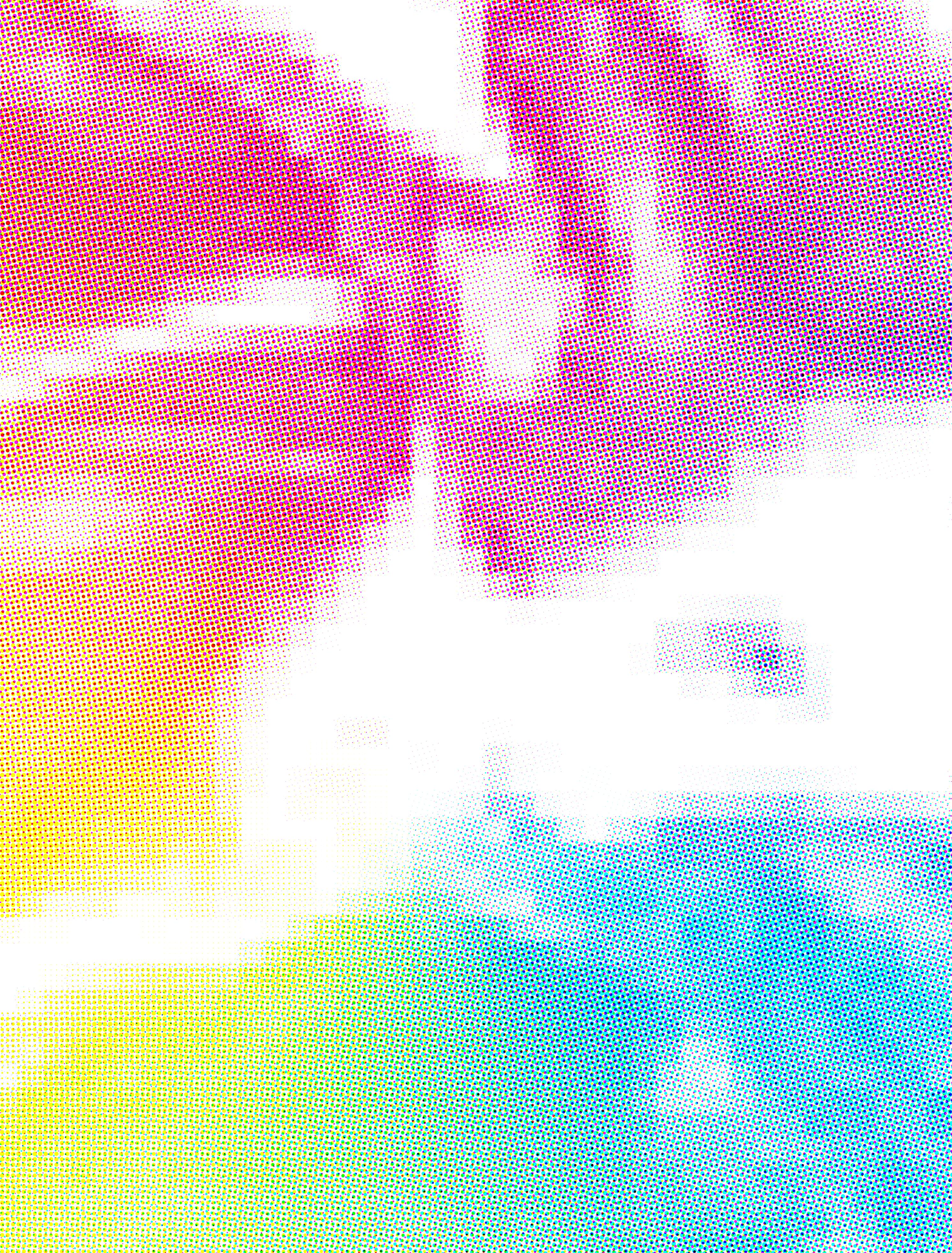
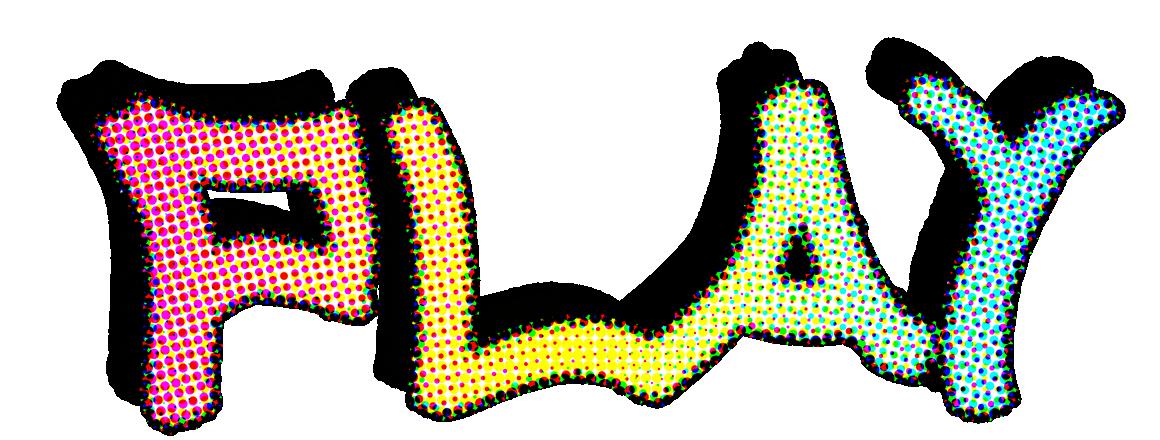
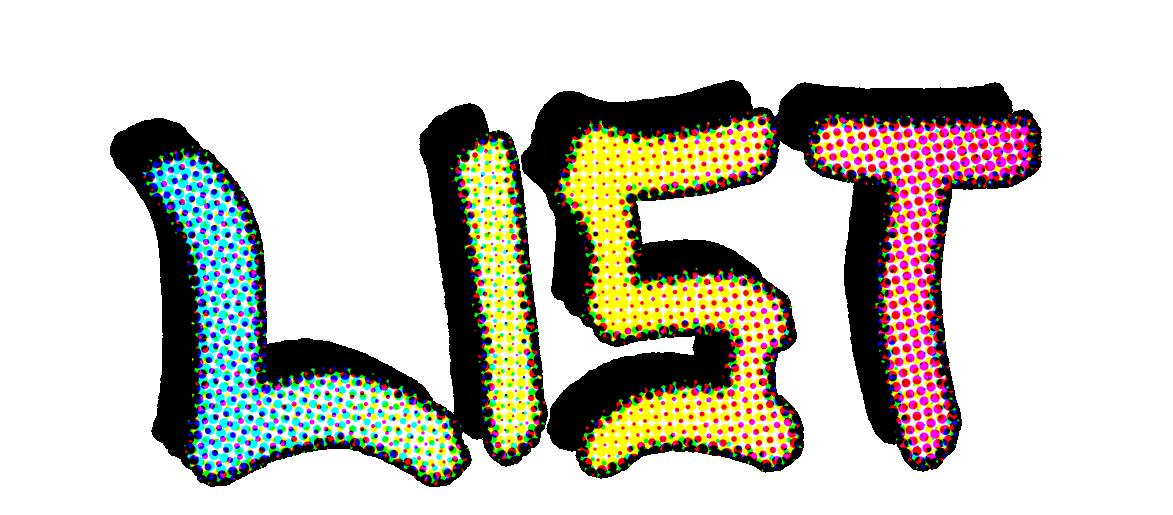

Supermodel (You Better Work) | RuPaul
I’m Coming Out | Diana Ross
Man! I Feel Like A Woman! | Shania Twain
100% Pure Love | Crystal Waters
Runaway | Deee-Lite
Walk Away | Donna Summer
I’m Every Woman | Chaka Khan
Love Shack | The B-52’s
Vibeology | Paula Abdul
Hollywood Liar | Grace Jones
Nasty | Janet Jackson
Ray of Light | Madonna
Who Do You Think You Are | Spice Girls
More, More, More | Andrea True Connection
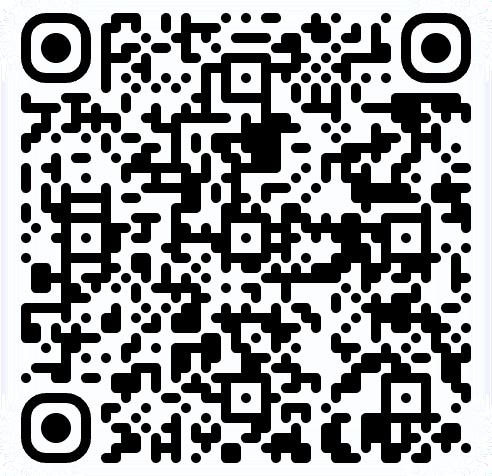

Curated & Designed by
Jonnie Jock
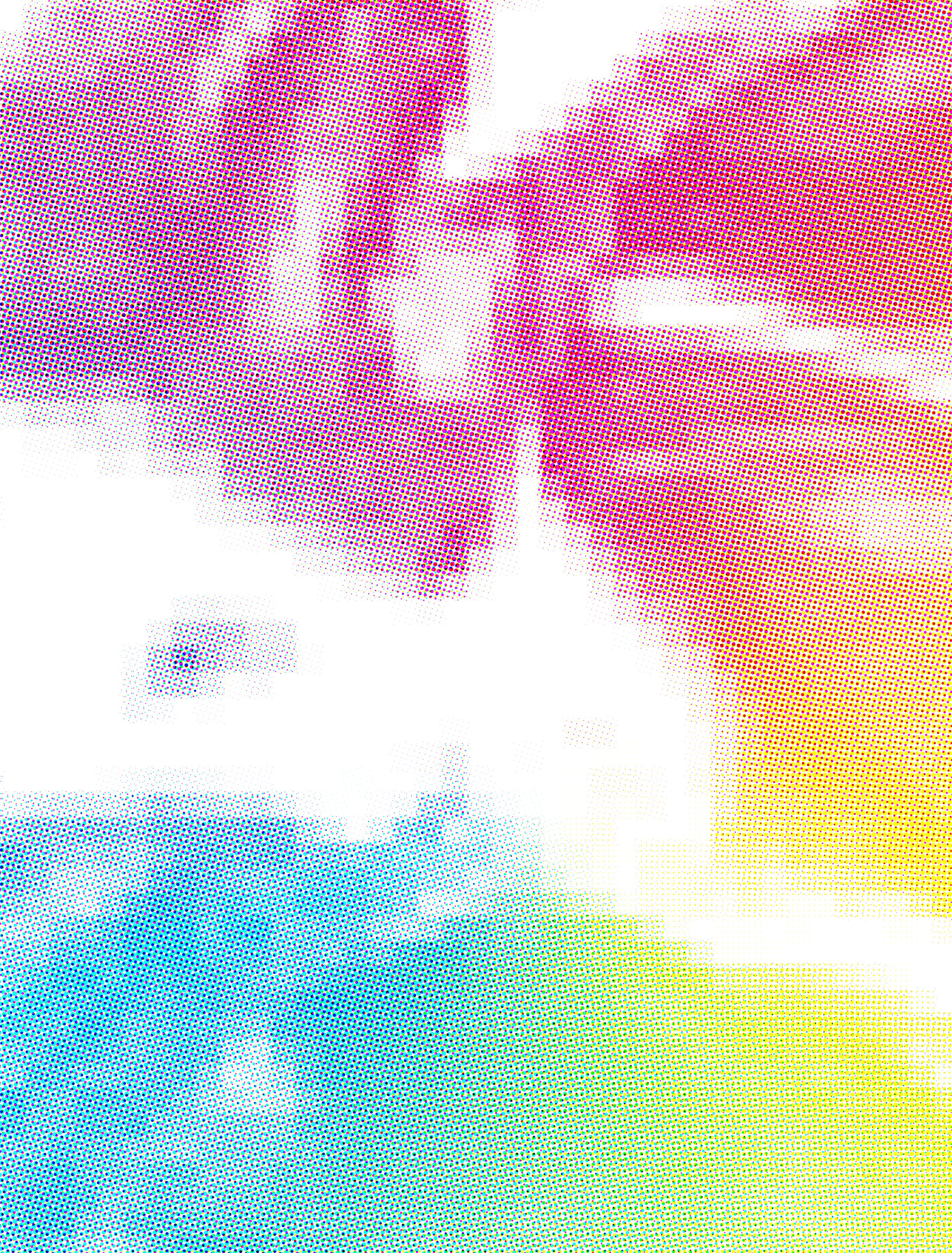
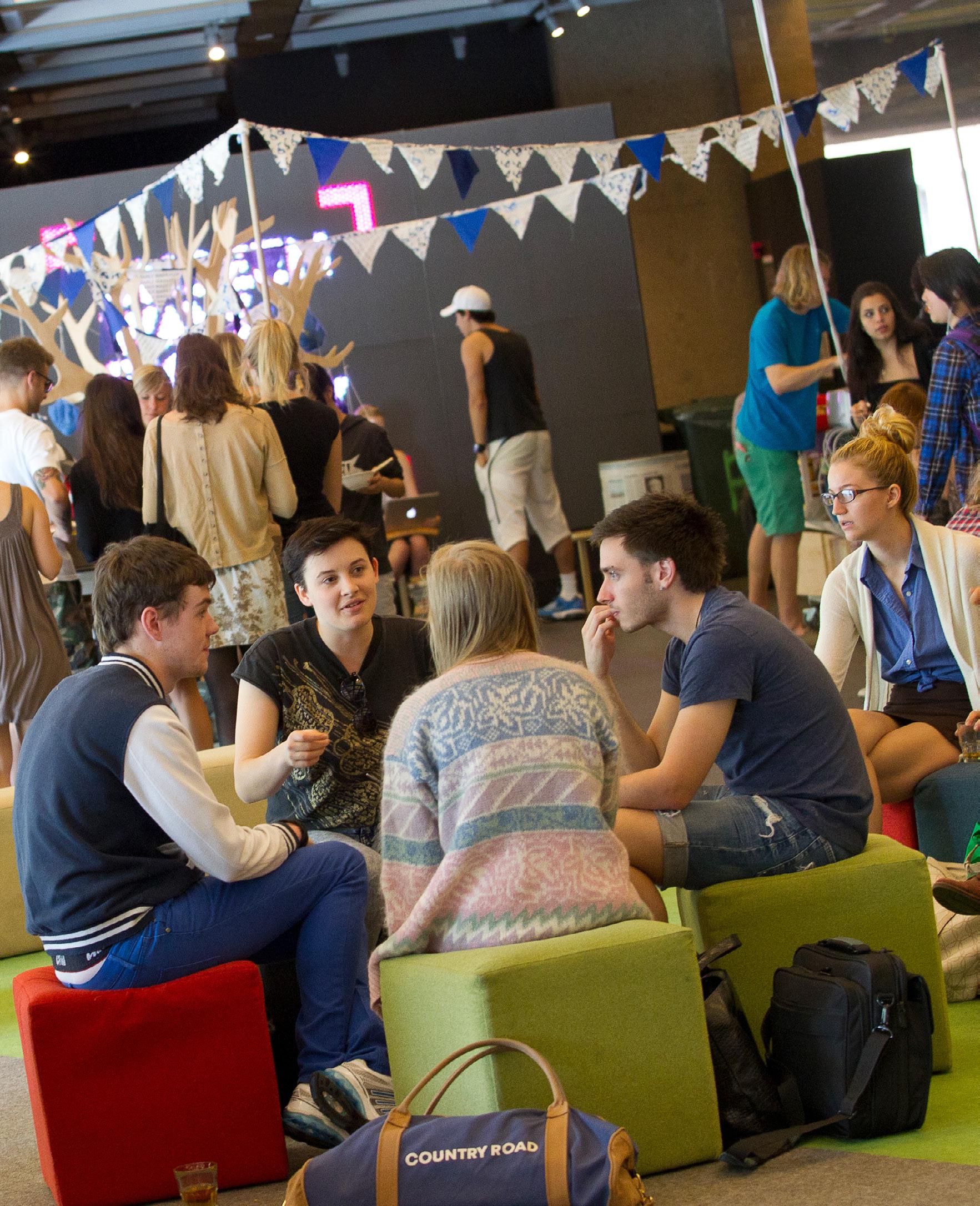
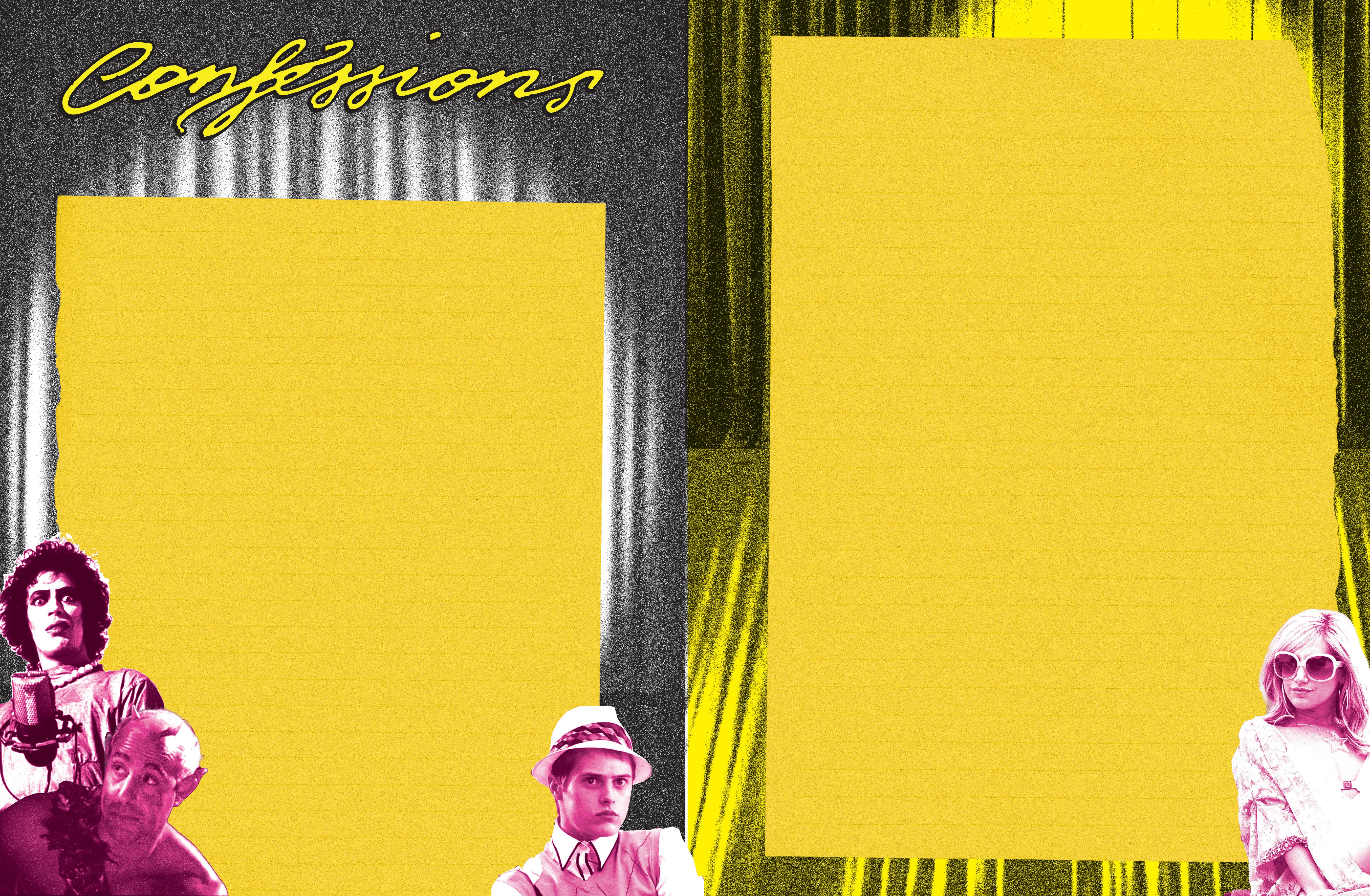
WORDS BY NOOR SPRING (SHE/HER)
I ADMIT IT. FINE. OK… I’M A THEATRE KID.
With that out of the way, I can now whole heartedly say that when it comes to safe queer spaces, one can look no further than the arts. While there is indeed an ever present cynicism in this scene, there is also a community grounded in acceptance, growth and empathy. The many Ryan Evans of the world flood their way to the stage and in doing so find themselves and a community to hold them.
An ever increasing diversity within the arts has propelled the space in a more progressive direction – favouring and praising the voices of minorities, creating space for queer and BIPOC stories. In fact, our very own UTS Backstage took on William Shakespeare’s Twelfth Night, directed by Sachi Subramanian, for the first show of their 2025 season. This production added an additional dimension to the narrative by putting a spin on lead characters Sebastian and Antonio’s relationship – manipulating the script to suggest something more than just a ‘bromance’... something more intense?
Just down the light rail track, UNSW’s theatre society, NUTS, put on their second show of the year: A Midsummer Nights Dream… in Drag! Directed by Olivia Castree-Croad, the production enjoyed a sold out run, buzzing with anticipation before opening!
The ‘gender bend’ has also been at the forefront of student theatre for years (primarily due to a lack of men in theatre, but I digress). Shape-shifting and experimenting with characters is what makes theatre such a safe space for discovering identity. Even within UTS’s Media Arts and Production (MAP) major, it is clear that students are taking a more liberal approach to casting – casting blindly for characters that once seemed strictly binary.

What is clear, is that creatives are making space for queer stories in theatre.
But as the cost of living crisis persists, theatres are beginning to close (rest in peace ARA Theatre), and venue prices continue to rise. Available spaces for student and community theatre are becoming increasingly difficult to source, resulting in the migration of the arts further west.
So, if USyd has the Cellar Theatre and, at times, the Seymour Centre, and UNSW has Studio One – where does that leave UTS in supporting the arts?
Sure, we have the Great Hall, which is brilliant considering we don’t have a theatre degree. Or perhaps even the Bon Marche space in Building 3. But these spaces are scarcely available to UTSActivate societies such as UTS Backstage,and at times have a hefty fee attached to them.
However, UTSActivate is taking steps in the right direction in their support of the arts. They are listening to the needs of various creative societies on campus and trudging forward with plans to renovate and build a space for performance-based societies where the old UTS merchandise store once stood. Hopefully, this will mean greater certainty for rehearsal spaces on campus, fewer double bookings, and more time for creatives to focus on creating – rather than faffing about begging for security to open up rooms.
Additionally, at the start of Semester two (now!), Activate is launching a new engagement program featuring Creative and Performing Arts Life in Sydney. This initiative will offer students opportunities to attend shows, galleries, student film screenings, dance classes and design workshops. These developments mark positive progress in fostering and supporting the arts at UTS.
If UTS truly cares about the wellbeing of its student body, it will see that investing in the arts can only be a good thing. Funding spaces where students — particularly minority students from diverse backgrounds — can come together and create, is vital towards the fabric of our community.
And if you’re reading this thinking “God, I haven’t been onstage in a while,” I urge you to go to societies like C.R.A.P., UTS Backstage, and MuscUTS. Whether you are a friend of the stage or barely a mere acquaintance, theatre is truly a space to grow, cathart, and maybe belt a chorus or two in the arts.
BY CHARLI KRITE AND ARKIE THOMAS

With AI-generated art saturating timelines and job boards, and digital tools rapidly redefining creative industries, Vertigo sat down with two UTS students – Sunny and Victoria – both visual artists with strong opinions and even sharper wit. Equal parts informing and unfiltered, this conversation dives into the blurred lines between tool and theft, expression and imitation.
First, why do you think visual art spaces are so queer?
Sunny
Victoria
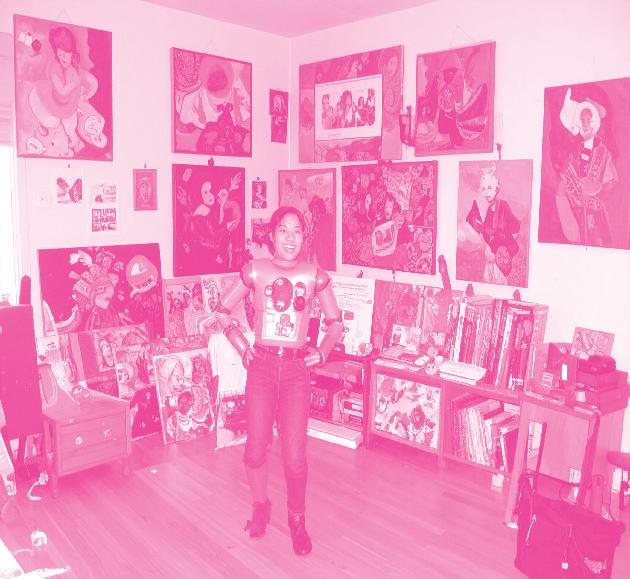
Because art, historically, has been something that accepts so many different people. Because art was never at the forefront of media or news, it was much easier to be expressive while hiding communities away from the mainstream where they were safe from scrutiny. I feel like now, that art space has been built as queer foundation, as queerness, which deviates from society’s norm, continues to flourish in that space.
I think, because with dancing or non-visual art, you’re still limited by the medium itself. With visual art it’s like, pure self expression. You can draw any character, you can make any character, you can put in any colours, you can put in text and it’s still visual art. Because it’s such a big form of self expression, general society have to turn to that as a way to express themselves, and that in turn has created like a whole community doing the same thing which over time, has grown into the art community being full of all of these people just wanting to express themselves and communicate ideas and political thoughts through.
What would you define “AI Art” as?
Sunny & Victoria
Anything else?
Sunny
Victoria
Dookie.
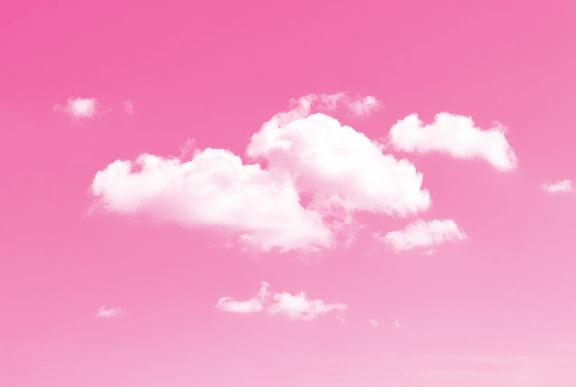
Dookie, but more importantly, a mockery of real art. It feels so insulting because I feel that art is such an insanely incredible display of human emotion and passion. It’s all born out of a place of emotion, something that AI can never experience, so to say it can be better than something someone sat down to consider and really feel, just because it may look pristine at a glance, is just ludicrous.
Well I don’t really want to call it ‘art’ , it is just image scraping and mashing really. I would define it as a version of fraud. It’s an insult, sure, but it’s also just an evil misunderstanding that art is art because it’s human, not because it’s good. Digital image generation is just theft.
Would you say digital image generation / AI art has impacted the art industry positively or negatively?
Sunny
Victoria

A bit of both, but mostly negatively. I think the only positive impact has been that a lot of people have turned away from AI to be more appreciative of real artists. The negatives are endless though: it takes away the livelihoods of most artists who live off commissions, and dismisses their talents... People are forgetting art is a luxury that is accessible to everyone and are choosing a soulless environment — destroying medium over passion, dedication, and talent.
However, it did positively impact my life because every time I feel lazy, I remember there are people who use AI art bots.
We had an industry talk about this a bit ago with Buck Design. They were explaining to us the obvious negatives and how deep their roots go. Things like misinformation, which is massive in all aspects of AI, not just art, and putting people out of their jobs en mass. It’s been incredibly negative and has forced a weird shift, where companies are made to use AI so they don’t get left behind or called ‘difficult’. The way they do it is they’ll have a few concept artworks and then they’ll run it through the AI to generate more new ideas, and then they’ll redraw what was given to them. They use it as a tool, even if they don’t want to.
How can you tell when something is AI generated?
Sunny
It’s like… ok…
in the wise words of the one X user…
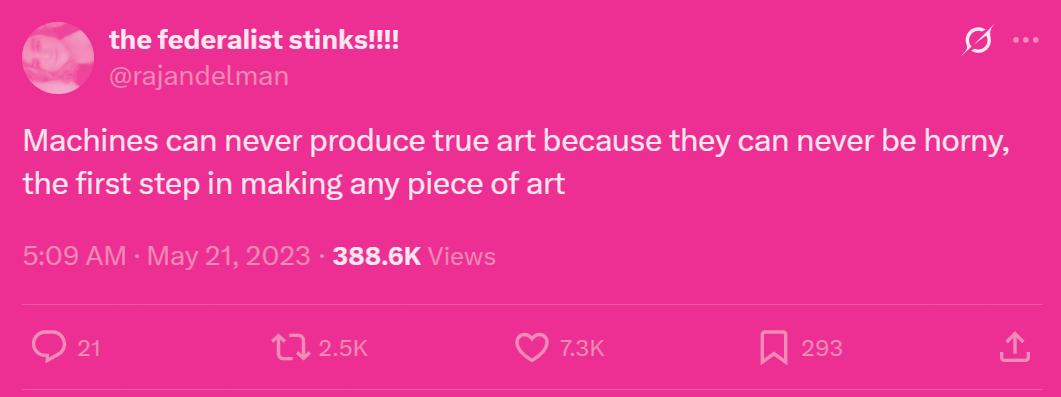
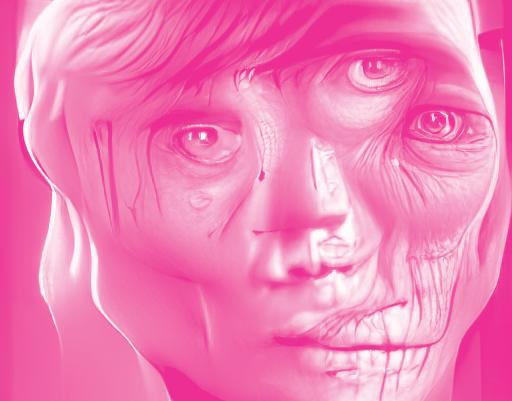





Sunny Victoria Sunny Victoria
It also just looks flawless in a bad way. There’s the obvious six fingers and fucked up linework, but it’s all in the exact same anime style where there’s everything flying around and turned into mush and mess. It looks like a weird puddle of colours dropped onto a page, almost as if the AI’s inability to comprehend emotions and confusion to humanity about reveals itself.
The best way to describe it is, like, perfect mistakes. Beautifully rendered hair that isn’t connected to the head. Clothing folds that blend into the background. Then the more obvious, but still perfectly rendered, 6 fingered hands — AI is terrible at hands. It’s all these mistakes that could not be done by a human being. A human can make a bad light mistake, they’ll never put an extra finger onto someone.
What should we do about it?
Bring back public shaming. Bring back public executions. We must kill. In actuality, we need to boycott AI in so many aspects of life, because as soon as it entered the public, we all became so reliant on it. Schoolwork, replacing Google but with less accuracy, we’re allowing it to take over academia and the creatives. We need to recognise creative human achievement and turn towards appreciating the creative human spirit instead of diminishing and undermining it using another human made tool.
There are no easy answers, and any answer just starts so many arguments. When someone posts AI and as an art student you’re like, ‘pick up a pencil’ they will post the worst photo of the character holding a pencil that you’ve ever seen and they’re like ‘why would I do that when I can do this?’ .’
We can’t let it take over, obviously, so the best you can do is just take as much control as possible – use it as a tool. Buck Design try to use it as a tool to take control of the reins. They’re still doing the artworks themselves. It’s just a tool, and though they don’t want to use it at all, they are just trying to force it into the process for the inevitable future where it becomes way more relevant and they have to use it. At least they’ll already know what to do.
BODIES
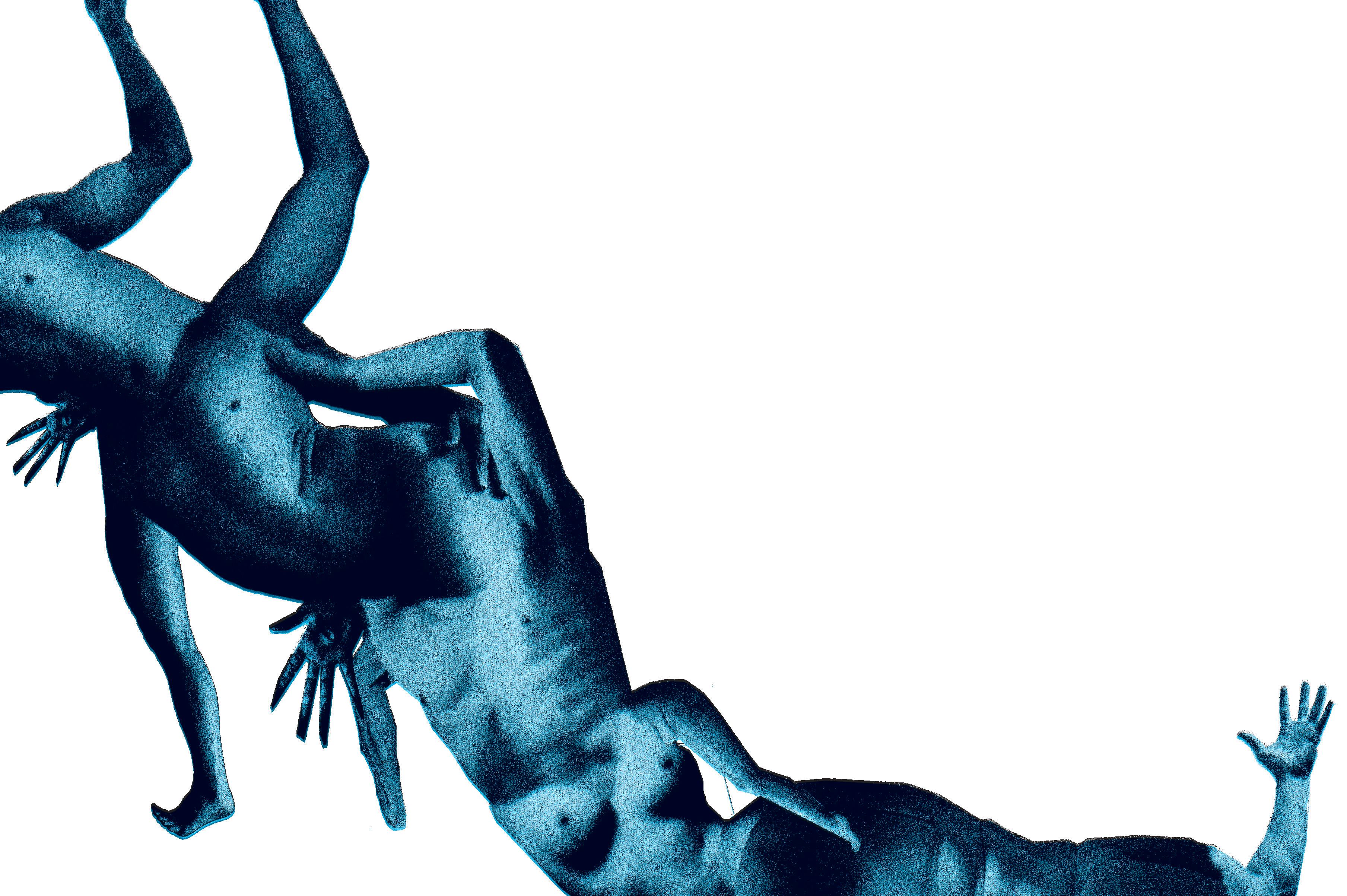


Cronenberg’s infamous (1983) was panned by audiences at a test screening, with people filling out their feedback forms simply saying ‘SUCKED’ and asserting that they simply ‘fail to understand what releasing such a film to the public would achieve,’ as many people believed that this would be a film with no audience.
Nowadays, I am one of many that considers Videodrome relationship between body, technology, addiction, and the horror of transformation. This begs the question:
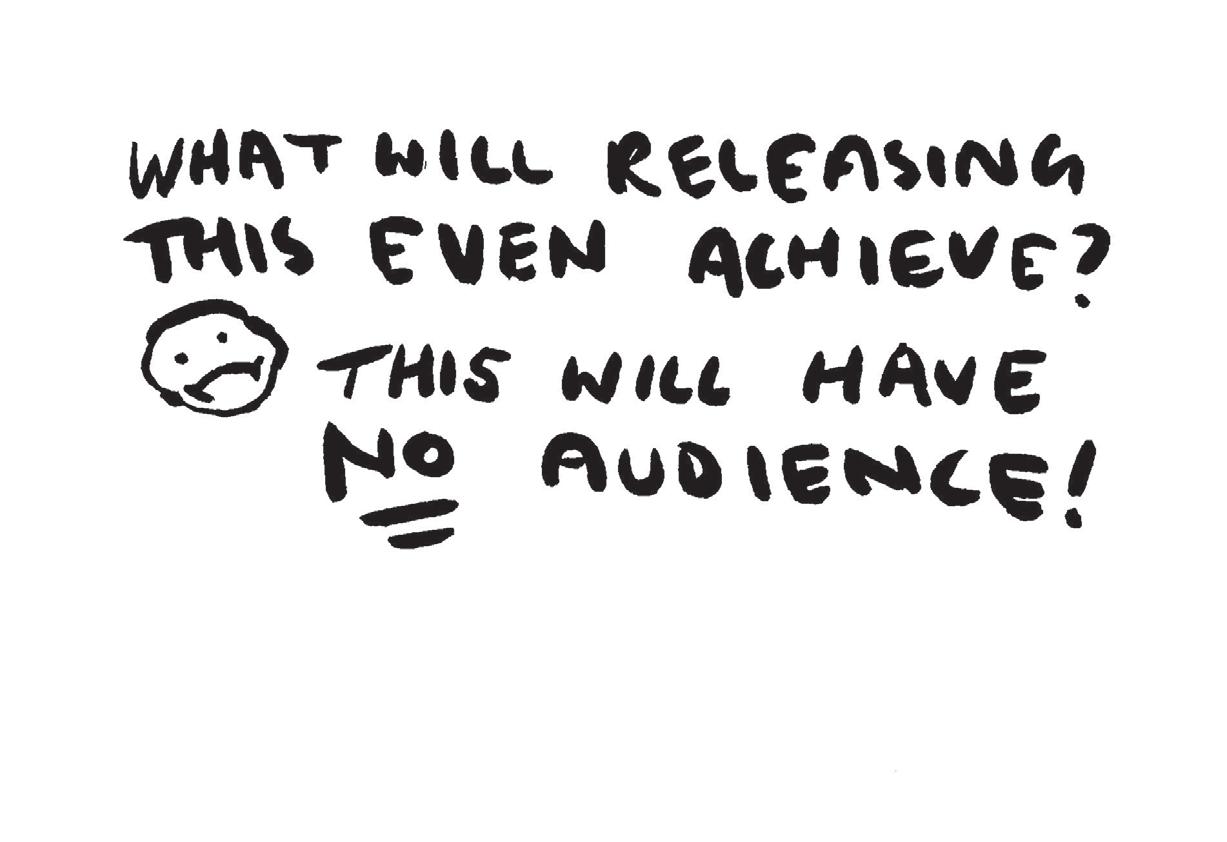
Why? Why was it panned so heavily? With all of its technical accomplishments and thematic exploration, why couldn’t audiences open their minds and try to understand what Cronenberg was trying to achieve?

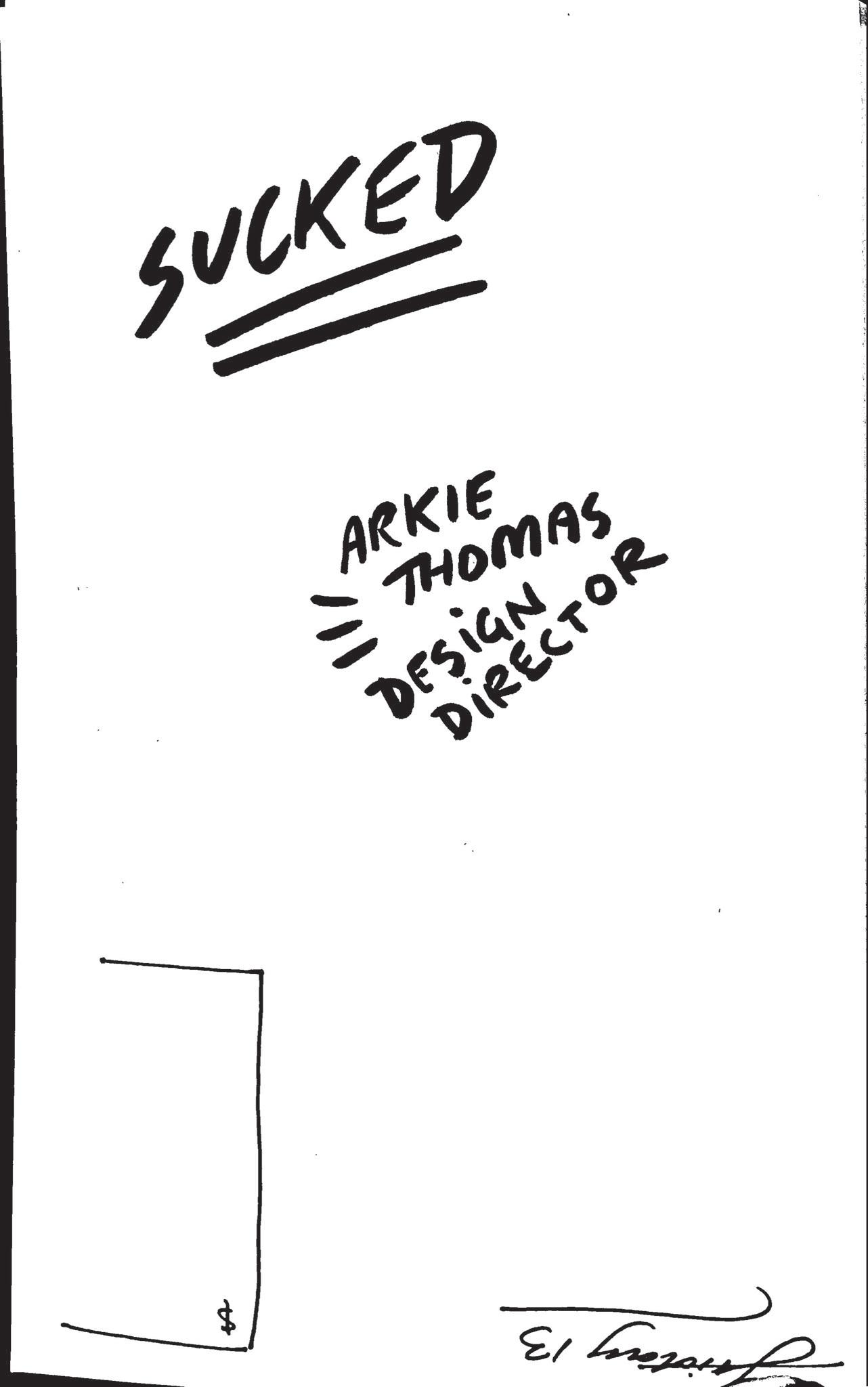
body horror nowadays?
Well, thanks to a developed understanding and acceptance of the LGBTQIA+ community and the promotion of media
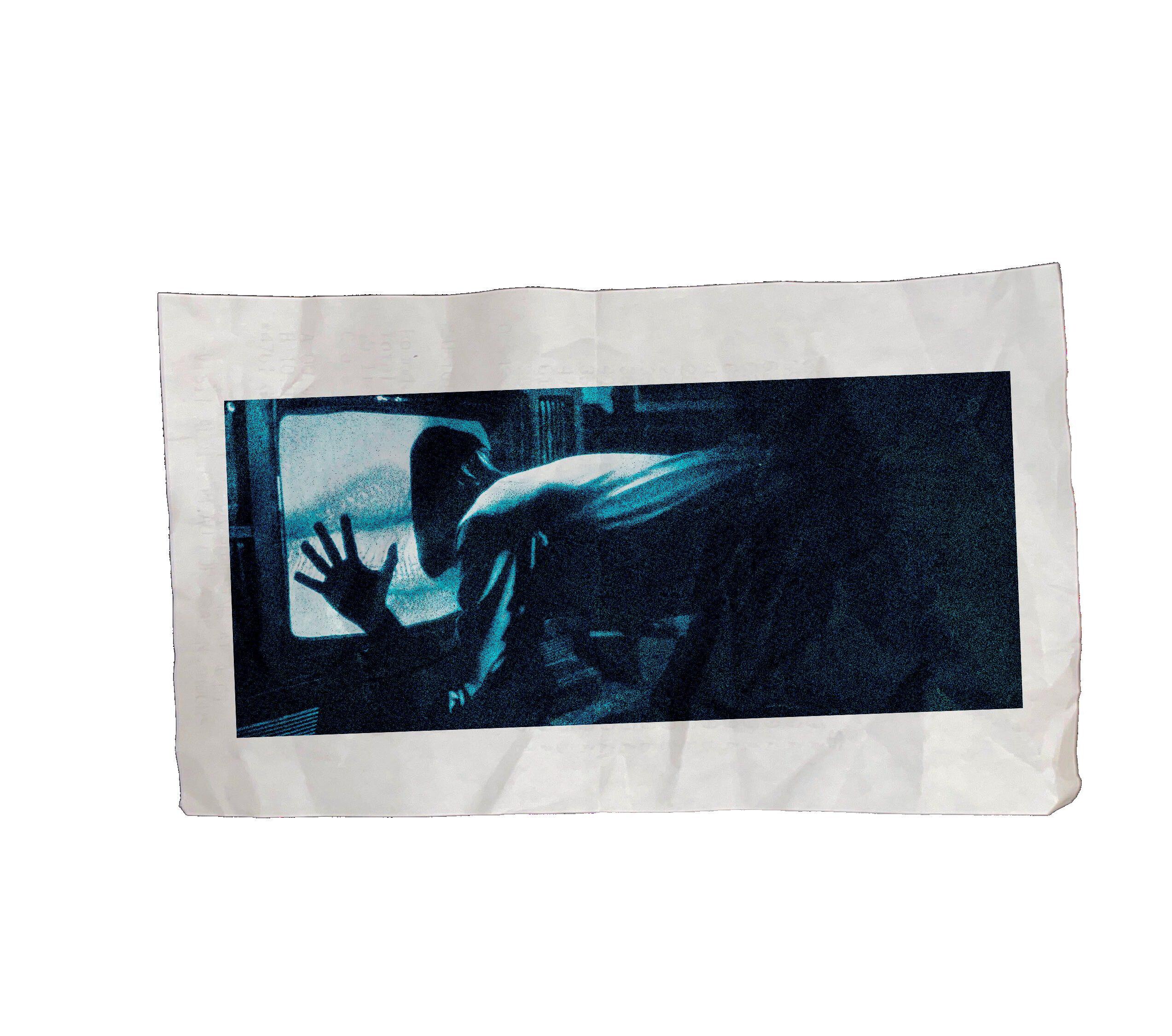
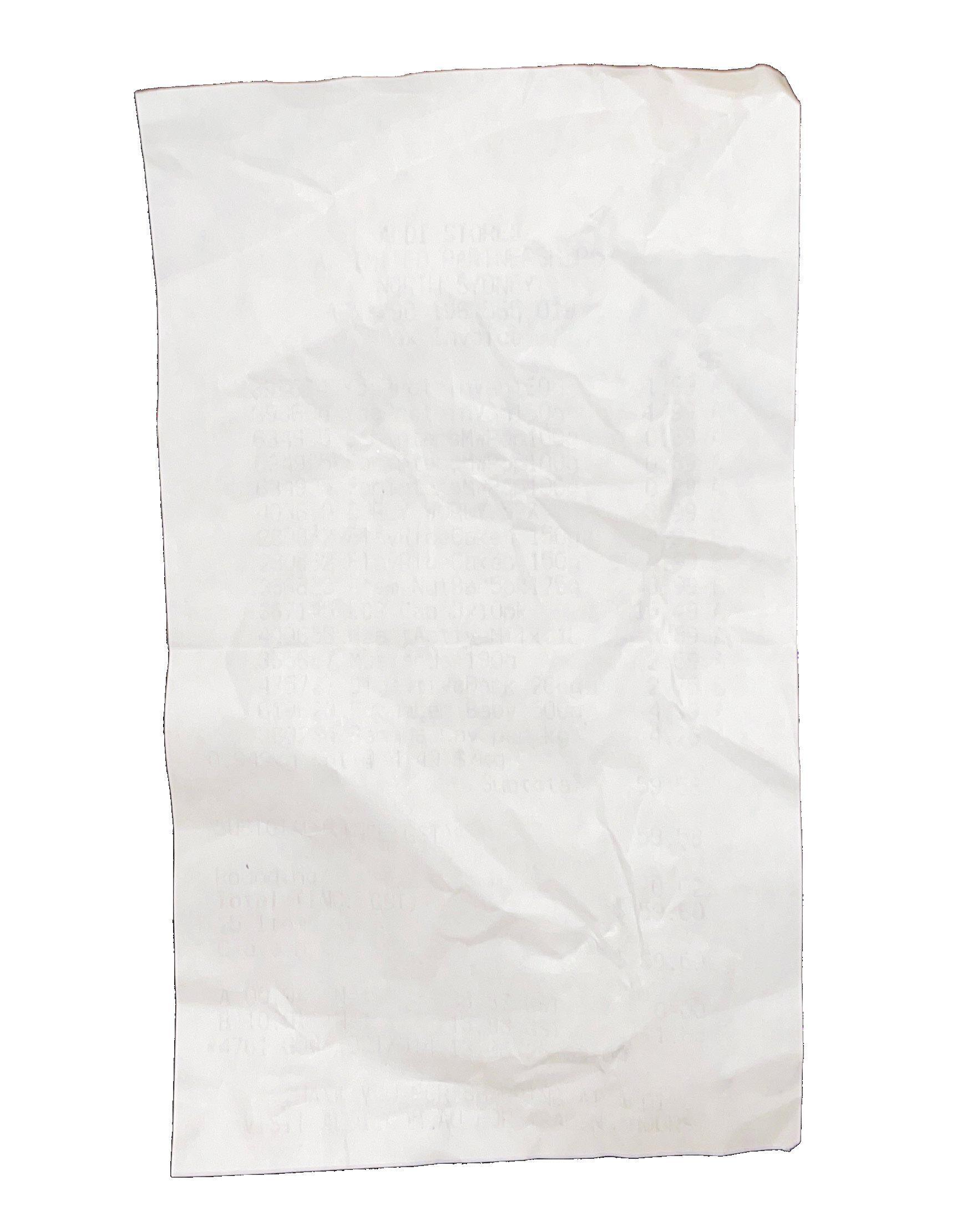





film that centers on transness. Critically acclaimed Palme D’or is a body horror film that relates directly to the queer experience.
Thematically, are not too dissimilar at all. In fact, a lot of the things audiences’ originally despised in Videodrome Titane for audience’s enjoyment. This is a clear indicator of audiences wanting to see more queer body horror stories. It feels the rawness of queer themes are tailor made to be explored as graphically as the body horror genre encourages. Because the truth of the matter is being queer is not always pretty, and pretending it is does no favours to anyone. Sometimes, you feel disgusting, like a monster, transforming into something with no control. Seeing this depicted so viscerally is therapeutic for audiences.
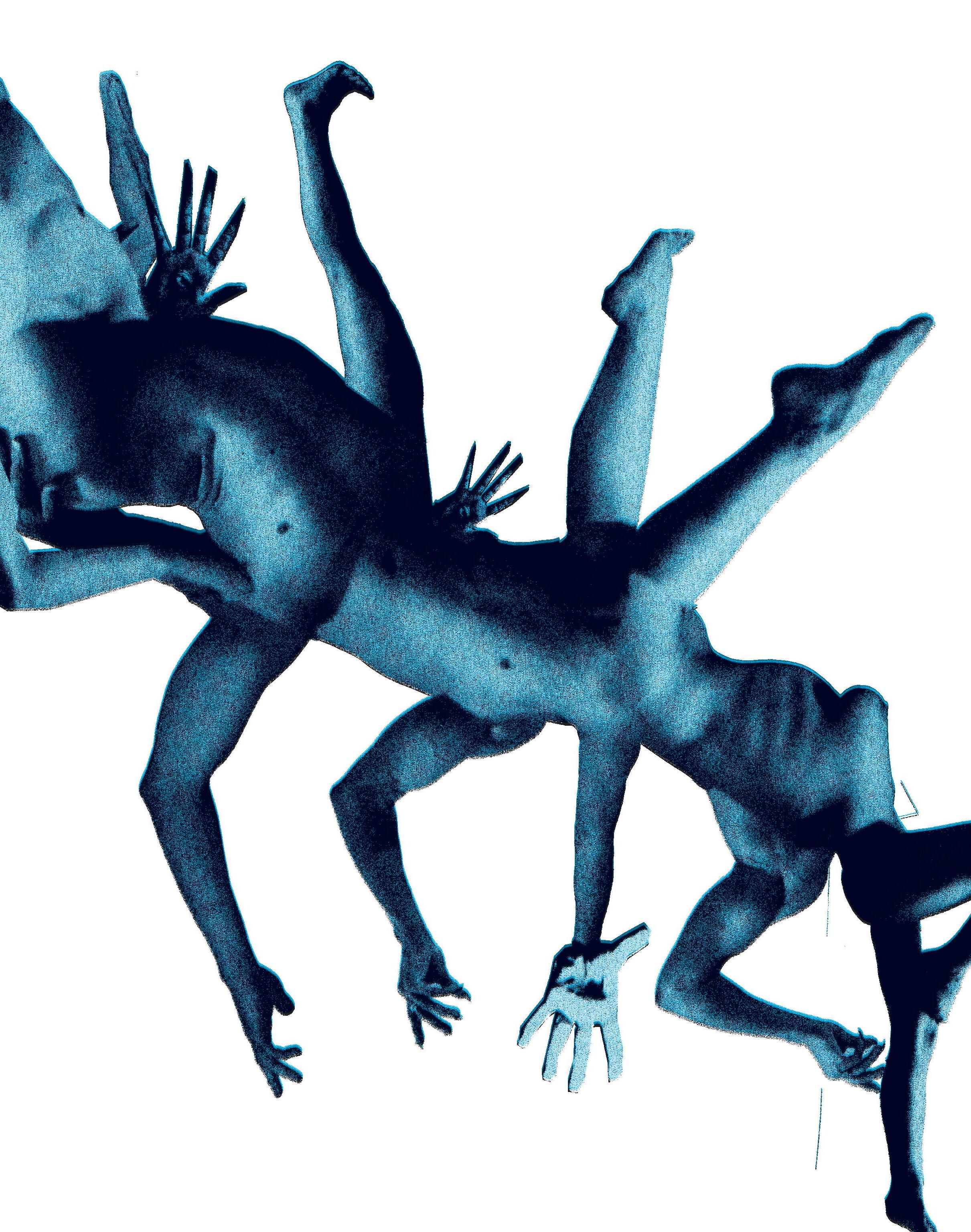
me, there are PLENTY of fantastic queer readings of the film). It became a cultural and critical phenomenon, being nominated in several categories at the 97th Annual Academy Awards and receiving praise for its (insanely queer-sounding) score, disturbingly beautiful performances, and impressively disgusting practical effects.
Body horror is here to stay, because audiences are hungry for more.
BODIES


Not Dead, Just Older:
Words by Zac Nikolovski @zacnikolovski (he/him)
Queer culture knows how to celebrate a beginning — a first kiss, a coming out, a glittering night on the town. But the stories we tell about queer life rarely make room for what happens after 25.
On uni campuses, in queer clubs, and across the algorithmic churn of dating apps, youth isn’t just aesthetic — it’s currency. Desirability, relevance, voice? All things we’re told expire with age. For queer students, that pressure hits different. Identity and visibility collapse into the same thing - be hot, be now, or be ignored.
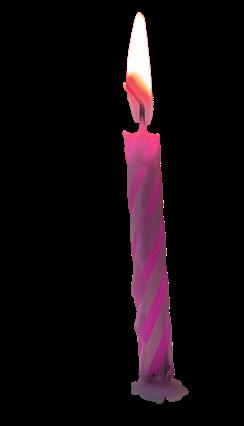
But what happens after the party?
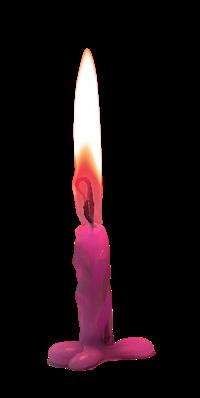

As queer people, we’re taught to build our lives in bursts — semesters, share houses, scenes, hookups. Everything feels urgent, temporary, and disposable. And somewhere in that pace, we rarely stop to ask: what does queer life after youth even look like?
In queer spaces, youth isn’t just celebrated – it’s canonised. The fresh face. The “rising star.” The one with the right playlist, wardrobe, body. It’s no coincidence that the majority of queer cultural exports – shows like Heartstopper, Sex Education, or even the early seasons of RuPaul’s Drag Race – spotlight youth at the centre of queer becoming. Coming out stories, first crushes, club nights, messy flatmate drama.
Why Queer Identity Shouldn’t Have a Shelf Life
But growing up queer without older queer role models can make the future feel blank. In Queerstralia ABC feature on LGBTQIA+ ageing, older queer Australians spoke candidly about the invisibility they feel, not just in society, but within their own communities. The Australian Human Rights Commission backs this up: older LGBTQIA+ people face disproportionate levels of social isolation, with ageism and a lack of intergenerational connection compounding the harm.

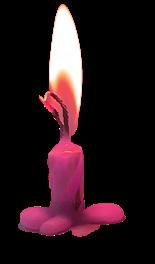
In other words, we don’t stop being queer when we age. We just stop being seen.
At university, the pace of queer life is breakneck. If you’re not hosting, performing, or showing up in the fit of the month, are you even visible? Especially within the arts or student media scenes, where queerness can be a brand as much as it is an identity, there’s an unspoken expiry date on who gets platformed. When student life is structured around temporary validation, event lineups, social media clout, and friend groups that self-replicate, it becomes hard to imagine a queer identity that stretches beyond trend cycles.
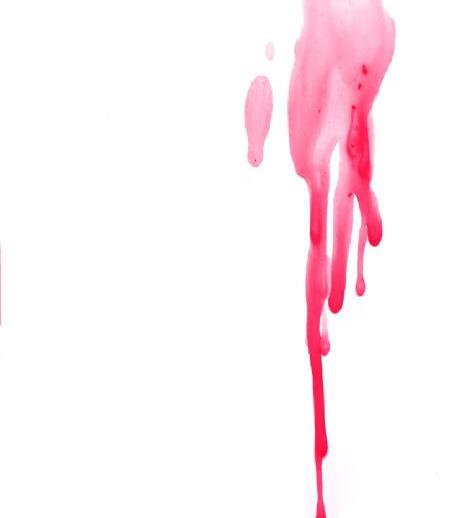
This isn’t about bitterness. It’s about sustainability. The problem isn’t age. It’s amnesia.
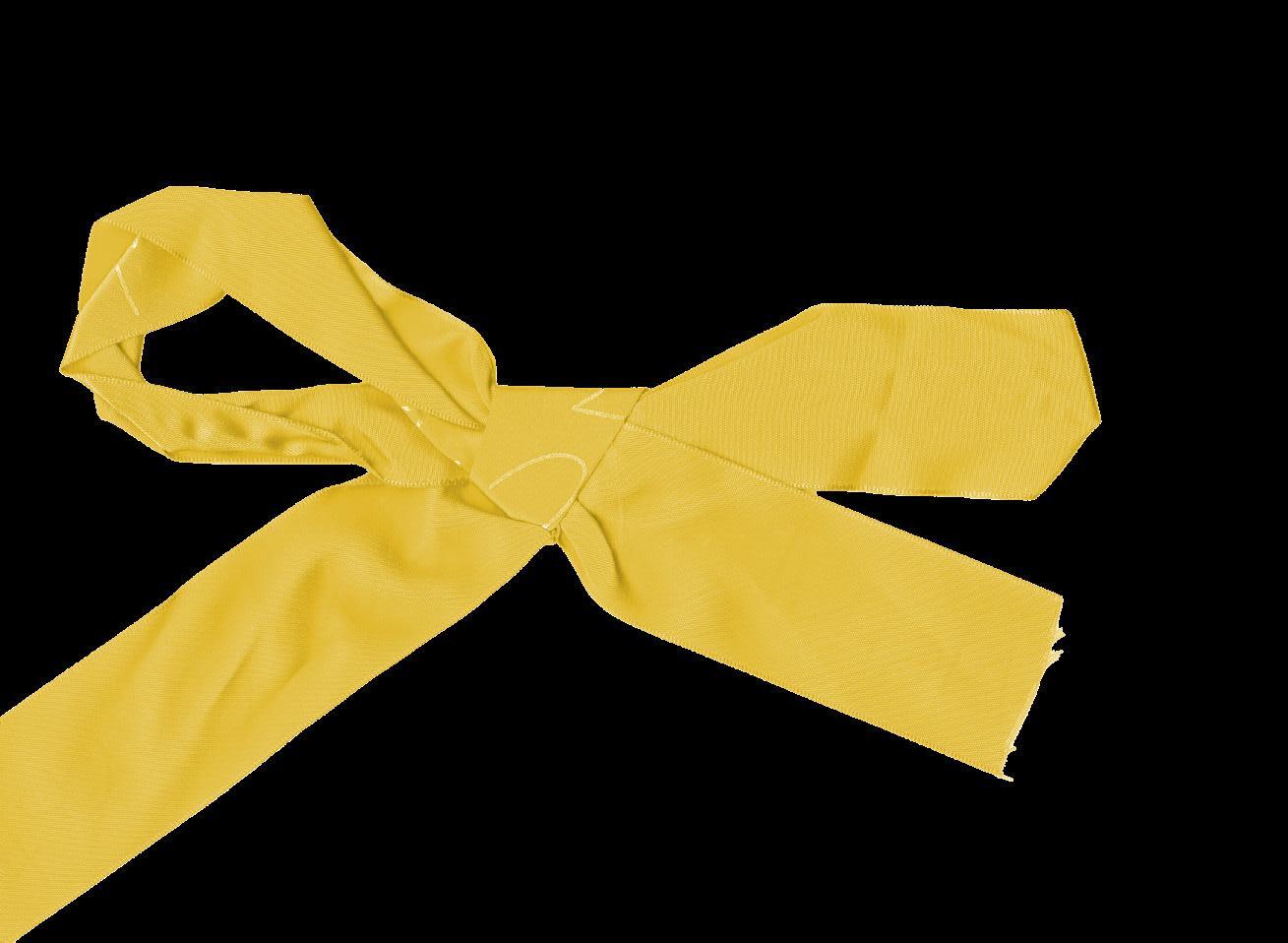
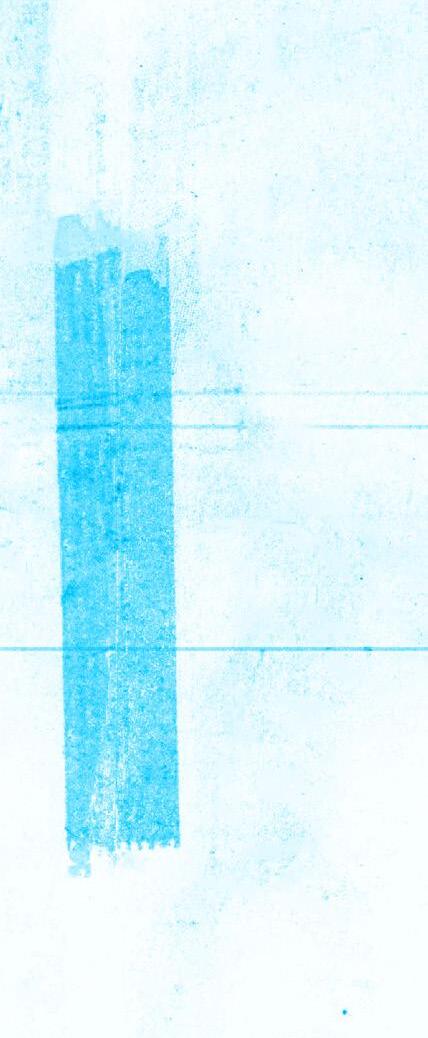
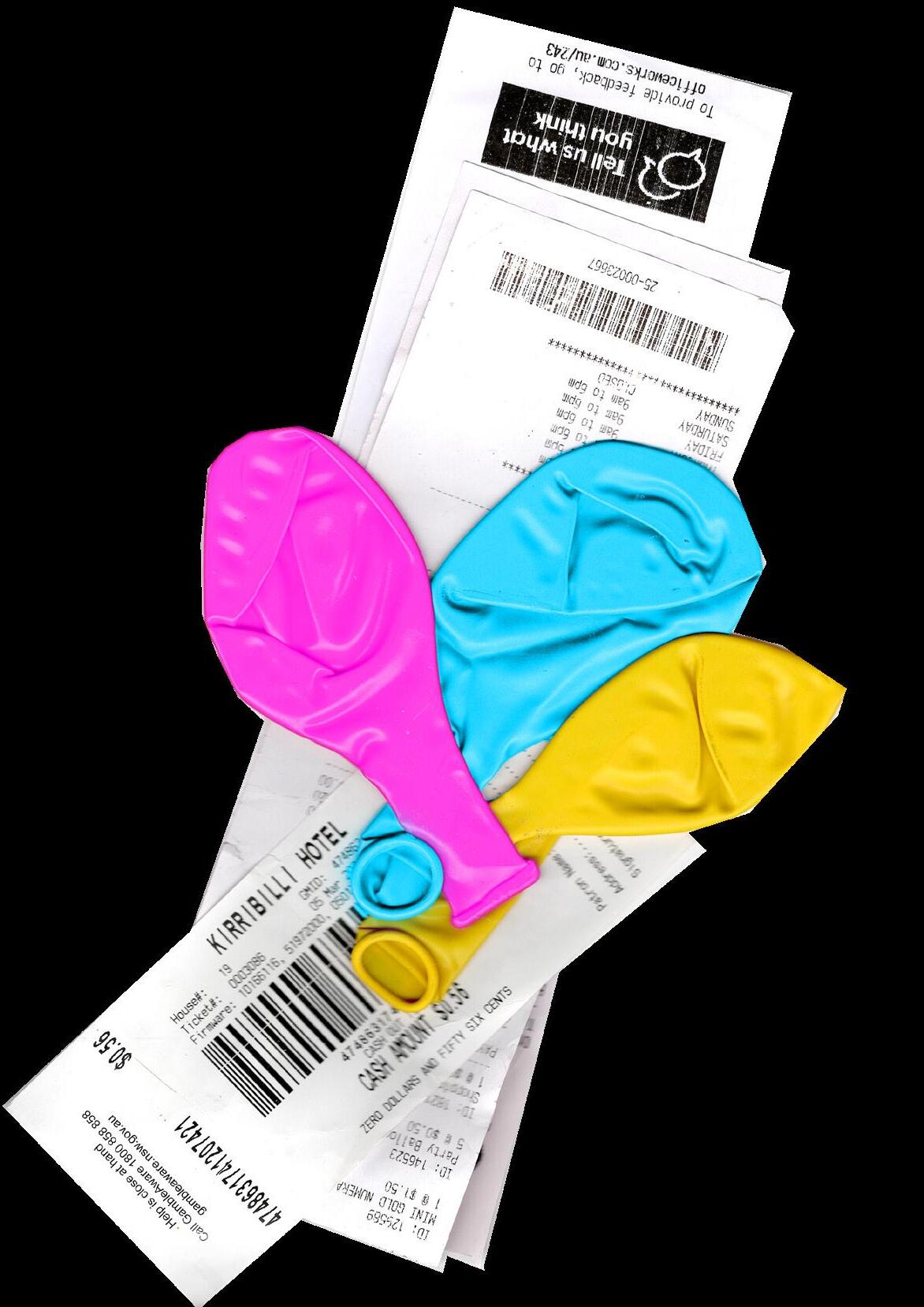
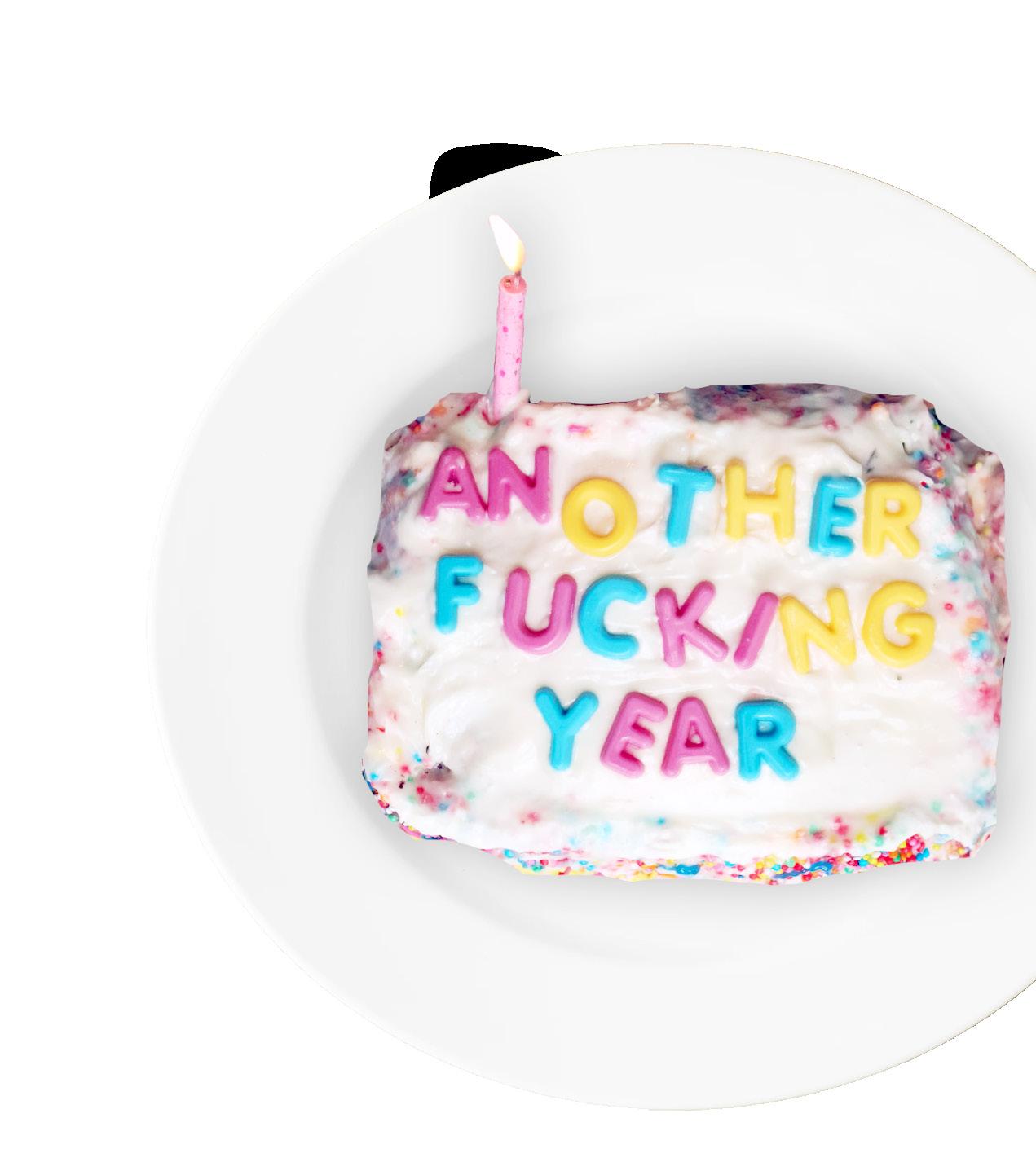
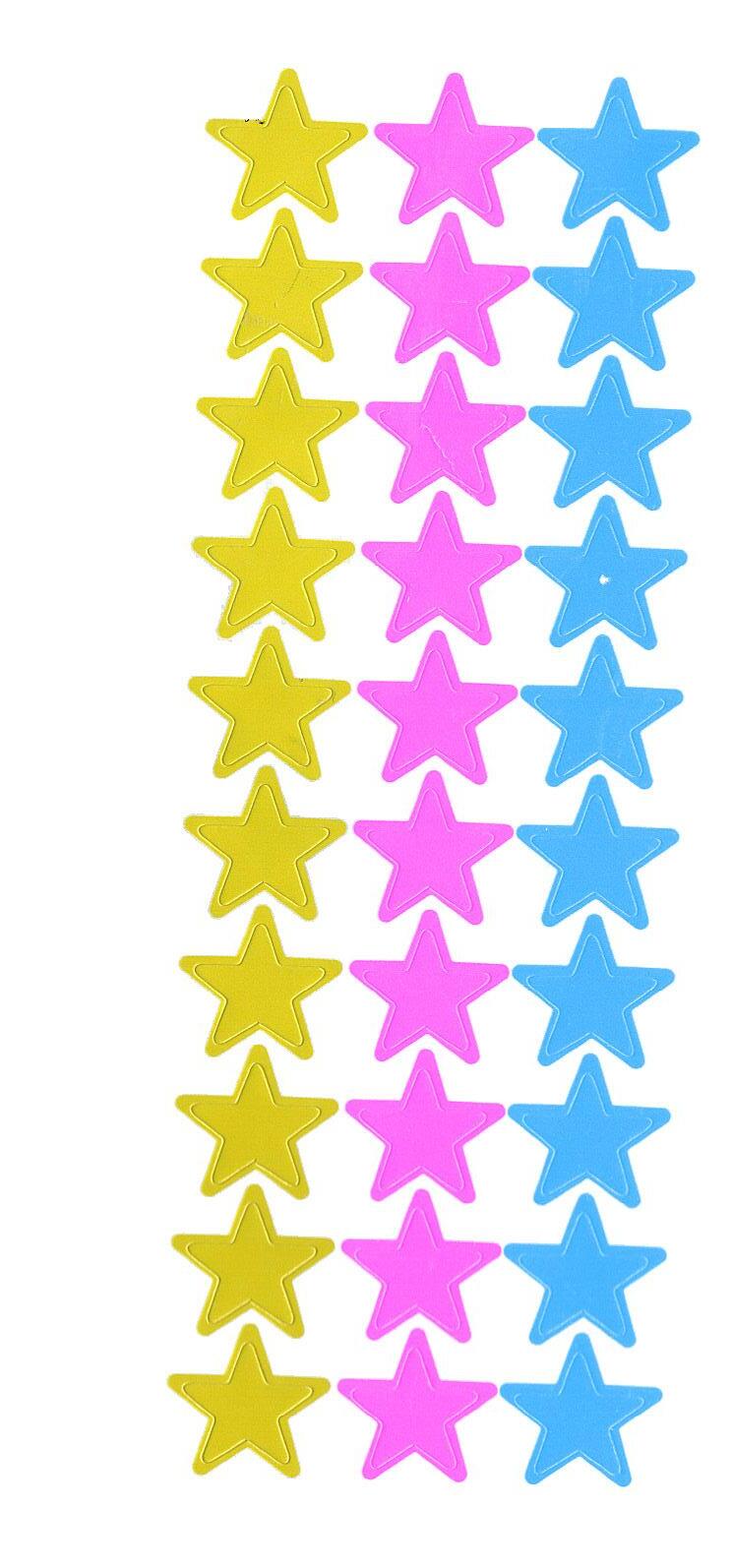
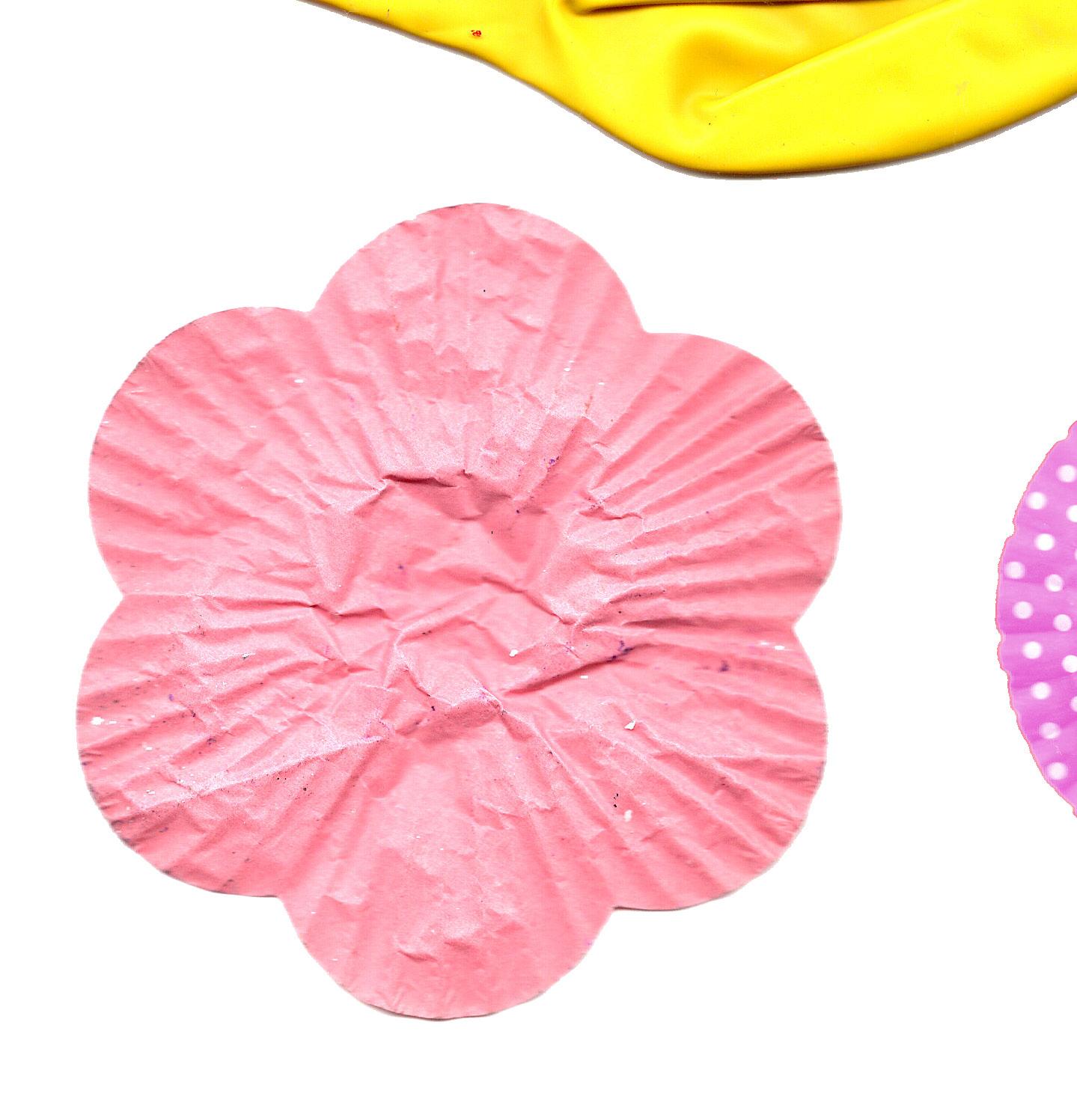
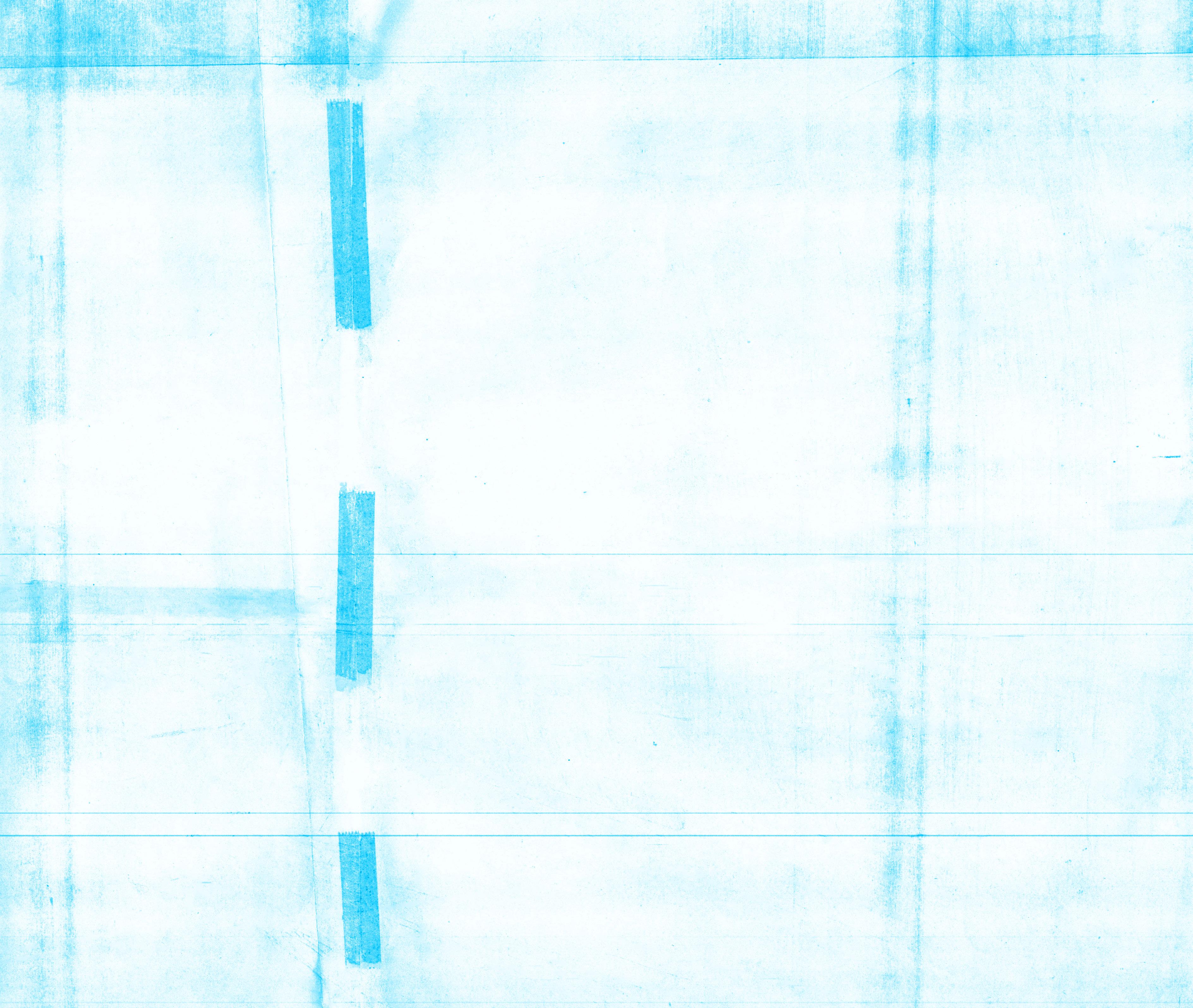

Images by Arkie Thomas Design by Nathan Halward

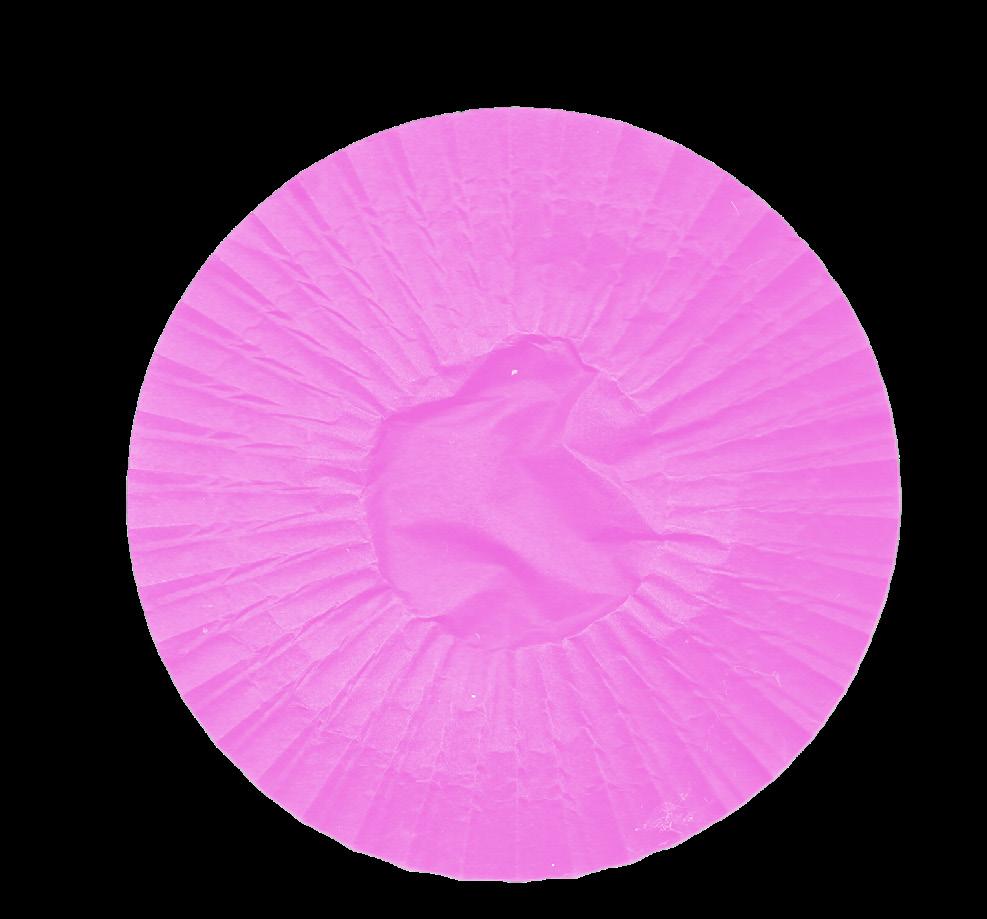


Culture has always loved queer youth: radical, sexy, new. But it’s not so good at remembering. As queer historian Dr Shirleene Robinson puts it, “by not talking about the fact that LGBTIQ+ people have a history, I think we do make people feel isolated and alone.”
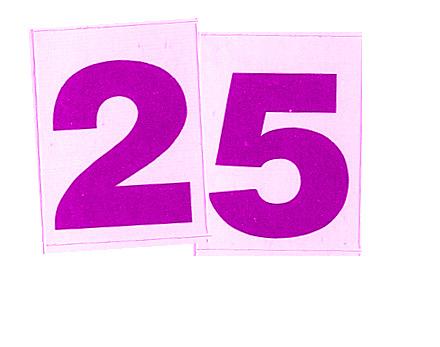


When we erase queer history, we don’t just forget the past — we limit the future. That “after” matters. Because real queerness isn’t a coming-ofage montage. It’s a whole life.
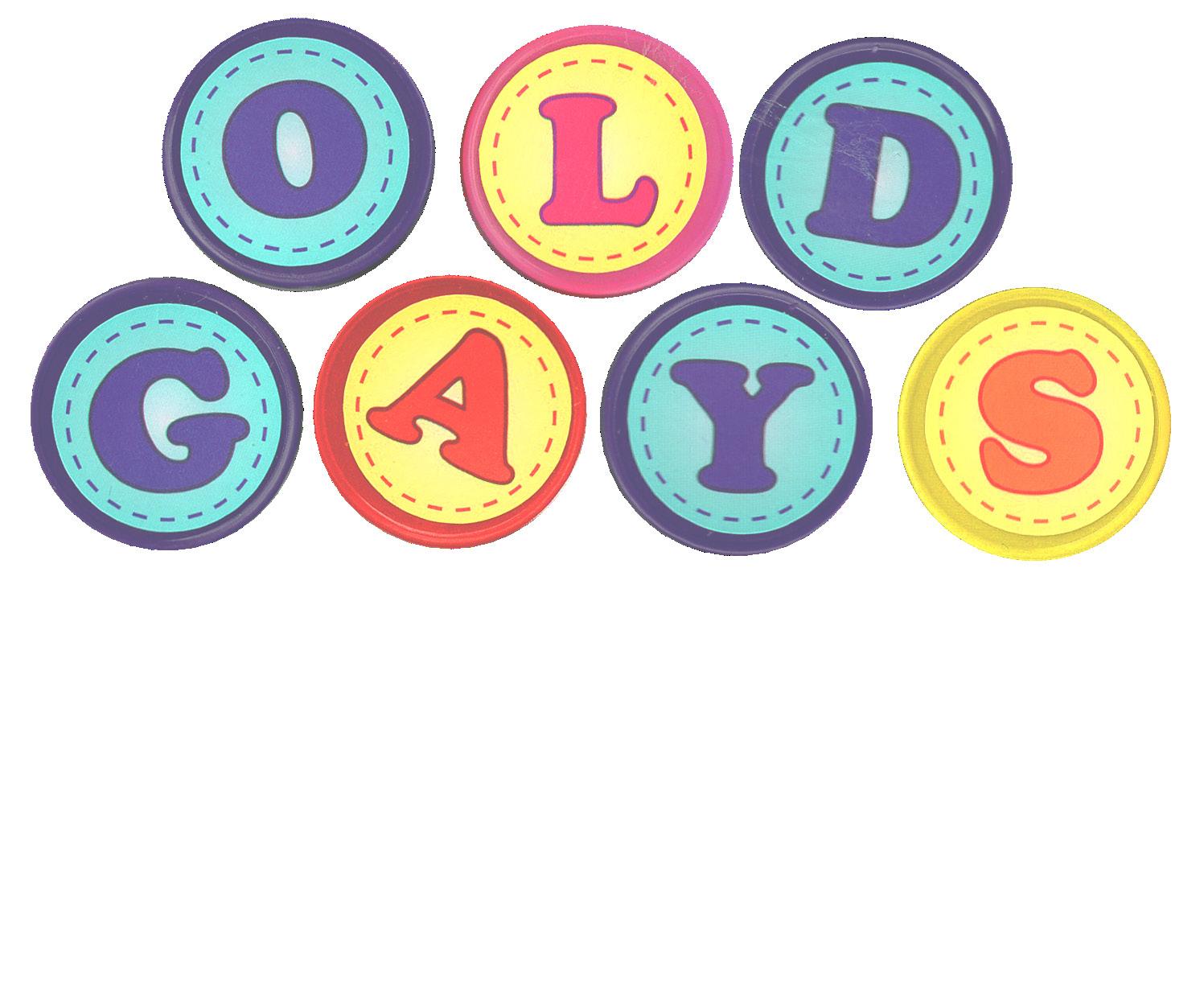
When we don’t see older queer people represented as fully alive, messy, complex, joyful, we internalise a cutoff point. The result? A queer student culture obsessed with staying young, where growing older feels like fading into irrelevance or exile. No wonder so many of us hit our mid-twenties and feel like we’re ageing out of our own identity — expiring.
Instead of scrambling to stay desirable, we could be building communities where longevity is hot. Where the “older gays” aren’t punchlines but mentors. Where uni life isn’t a last gasp of queer belonging, but a launchpad for a future that doesn’t revolve around how well we perform youth.
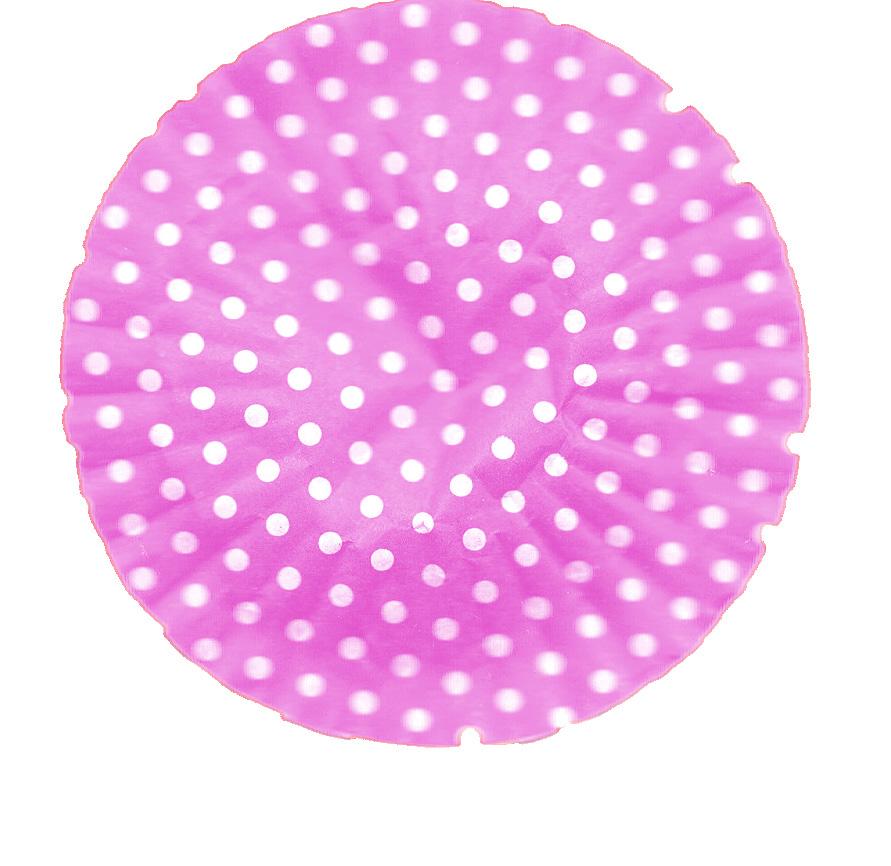
There are glimmers of this shift. Queer collectives like LOTL (Lesbians on the Loose) and the LGBTIQ+ Health Australia Silver Rainbow project are advocating for older representation and visibility. Online, creators like Alok Vaid-Menon and Jeffrey Marsh use their platforms to discuss fluidity beyond youth. But this ethos still feels niche — subcultural, rather than central.
Because when the music fades and the house lights come on, I’m still here. And so are we.
Not dead. Just older. And just getting started.

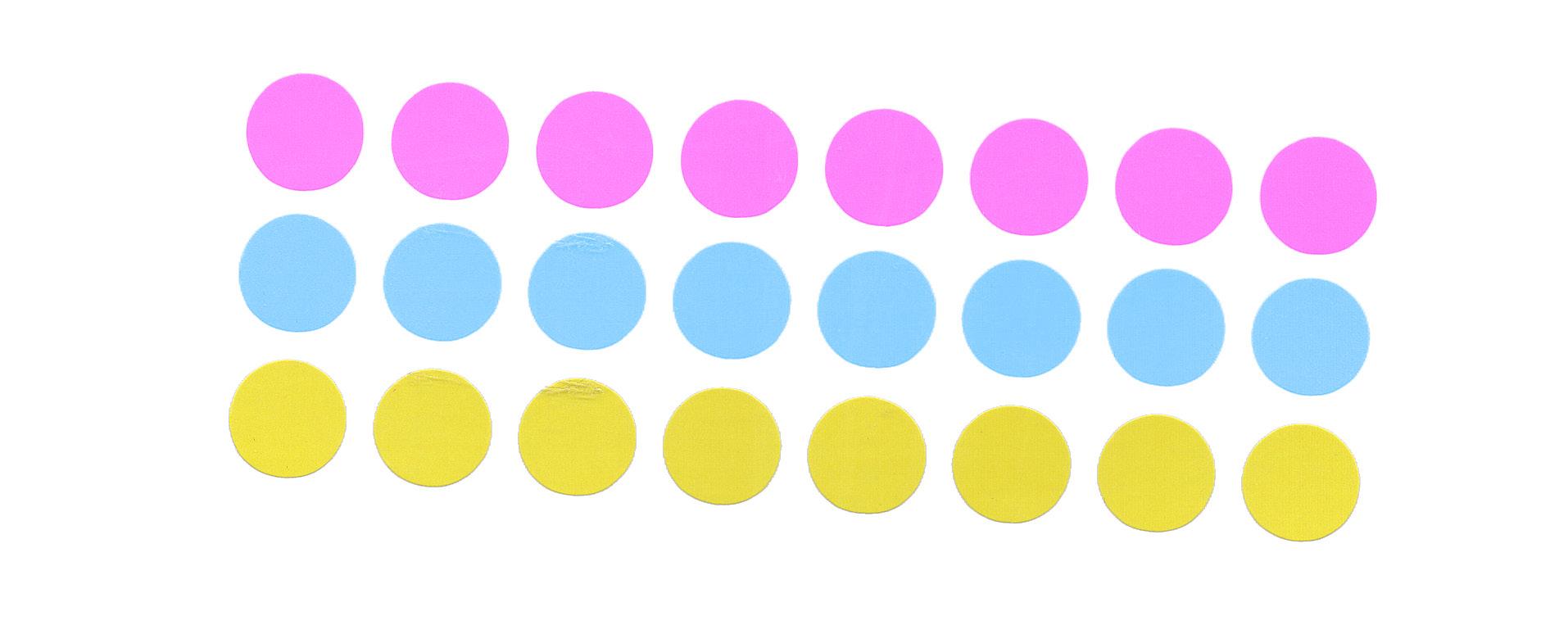


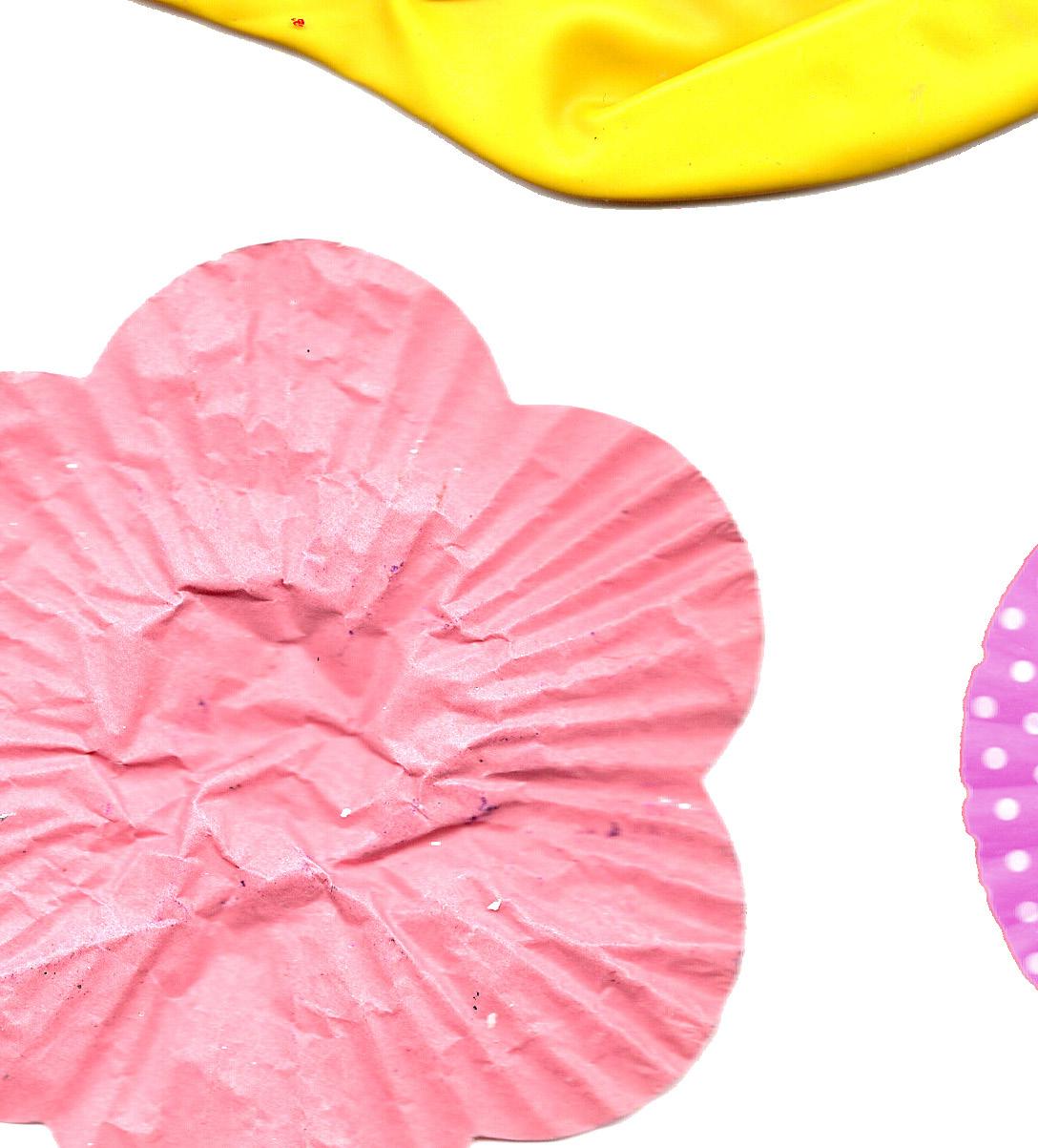
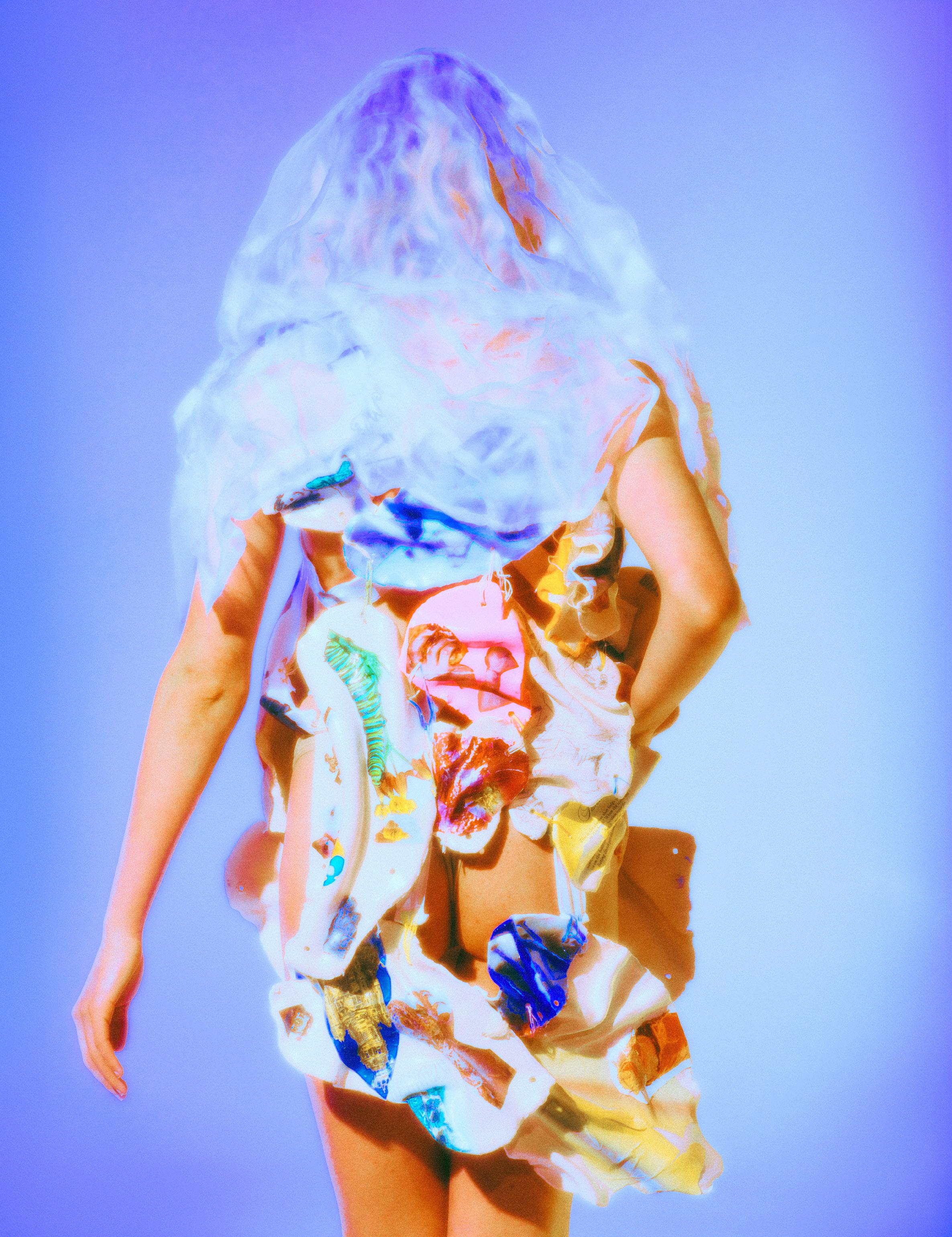

Collection by Bridget Matison (she/her) @troubl3dwat3r
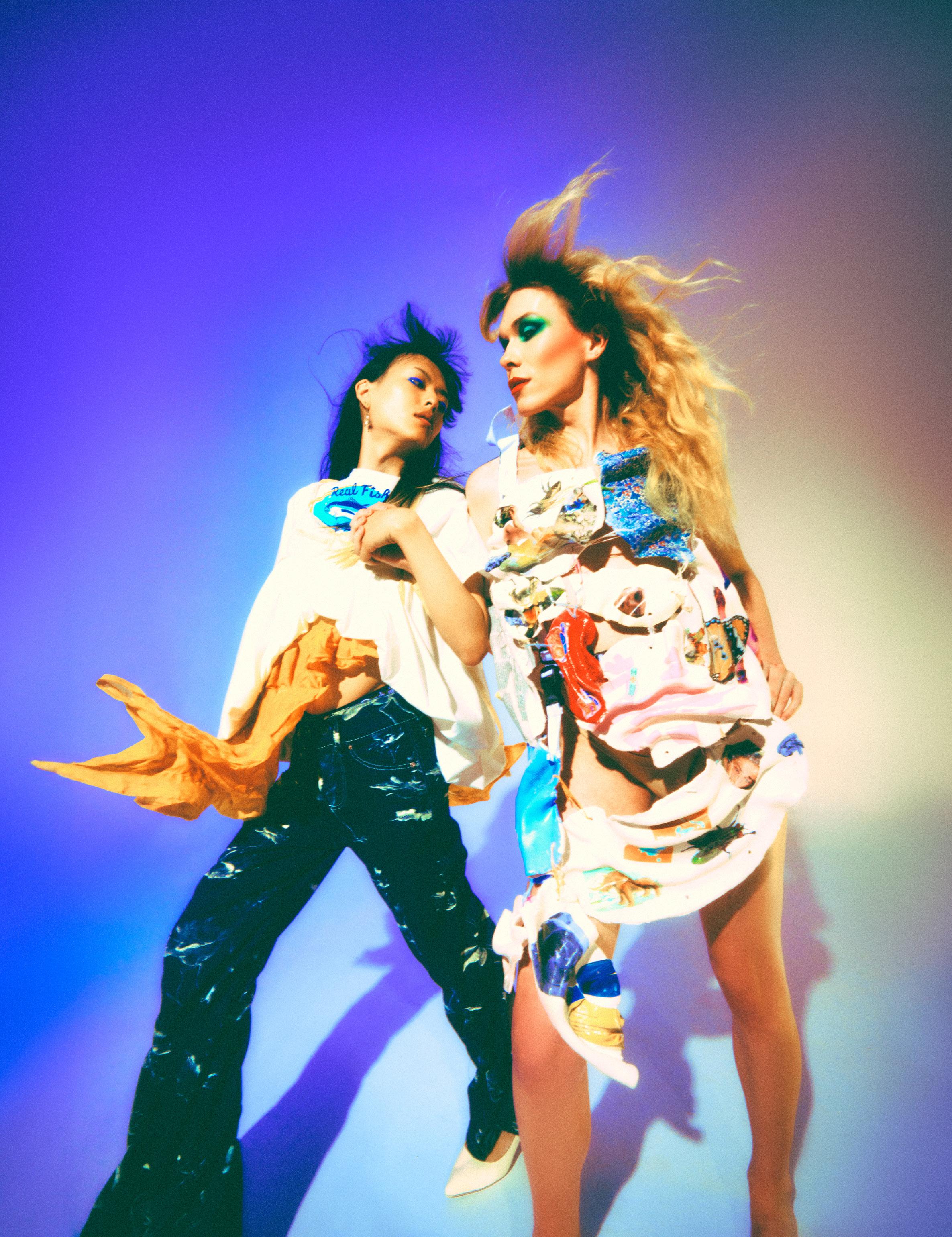

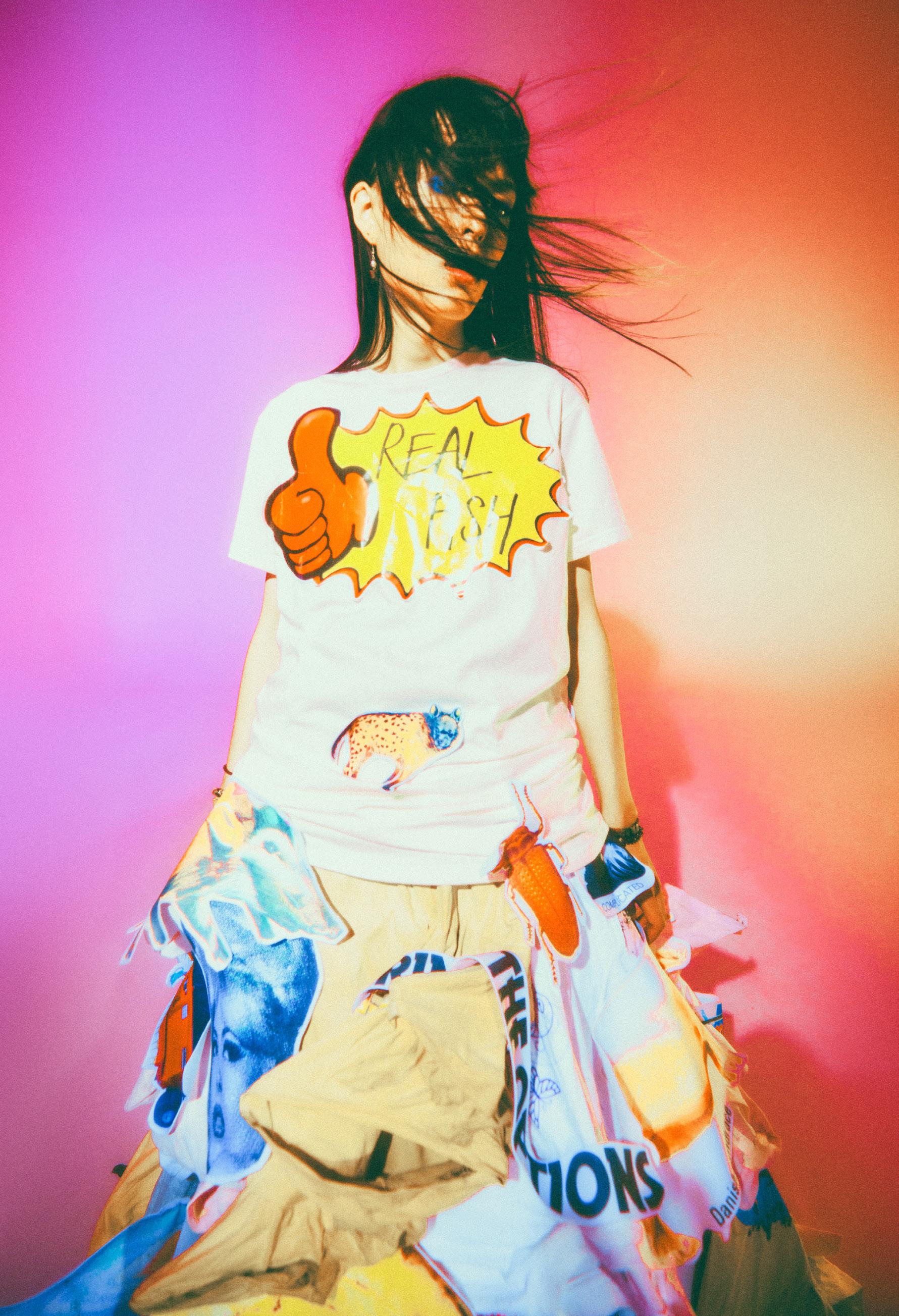
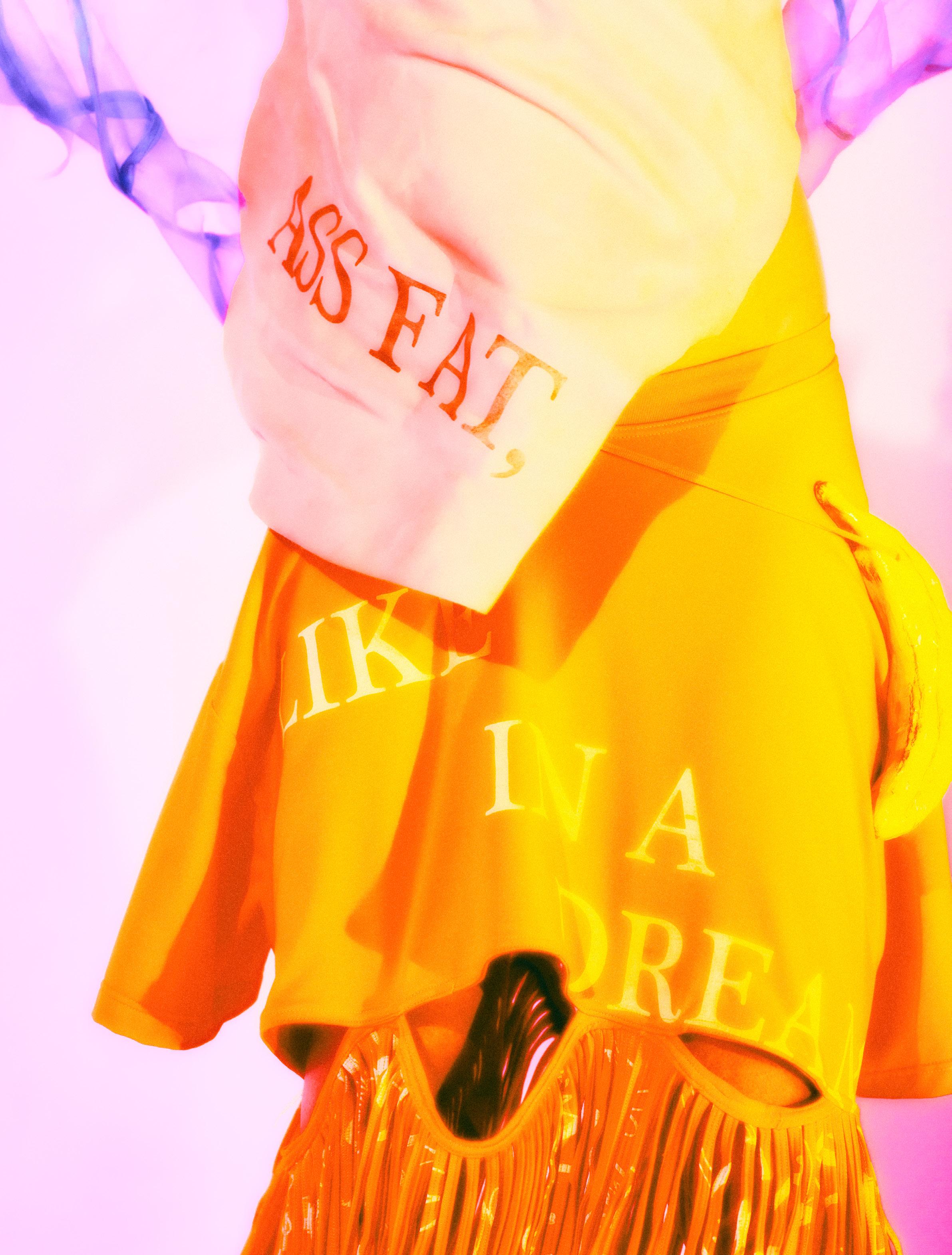
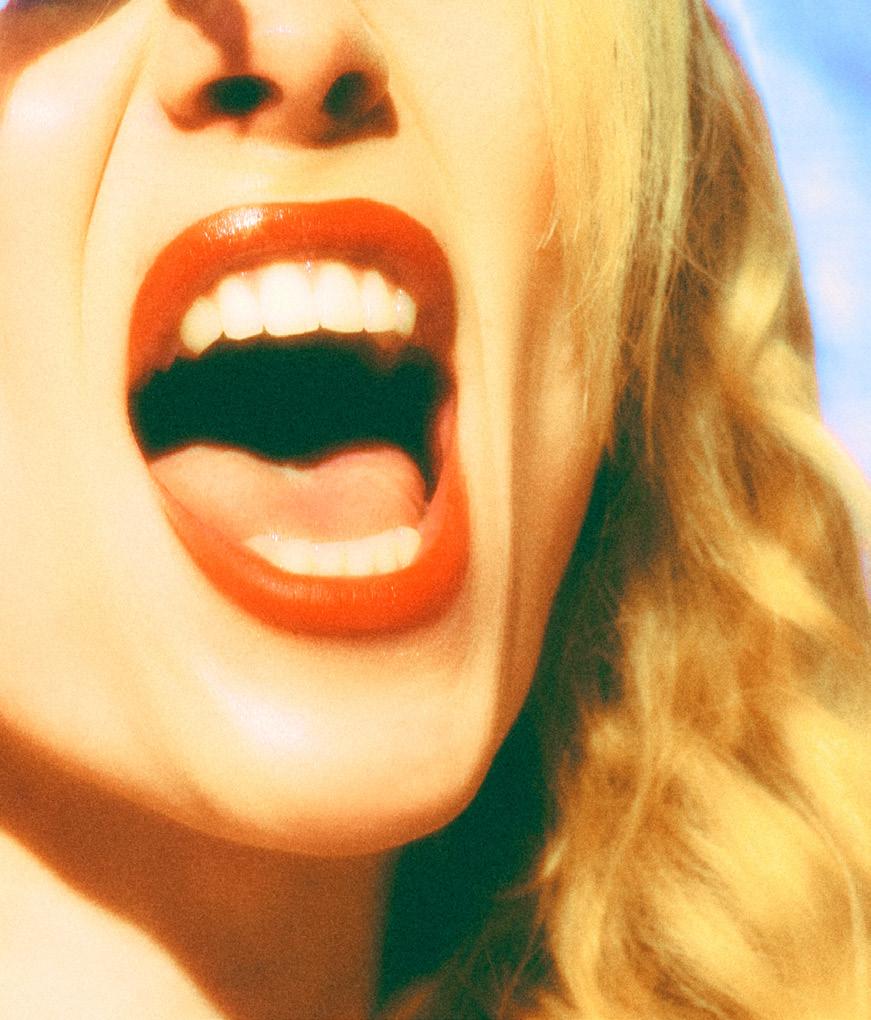
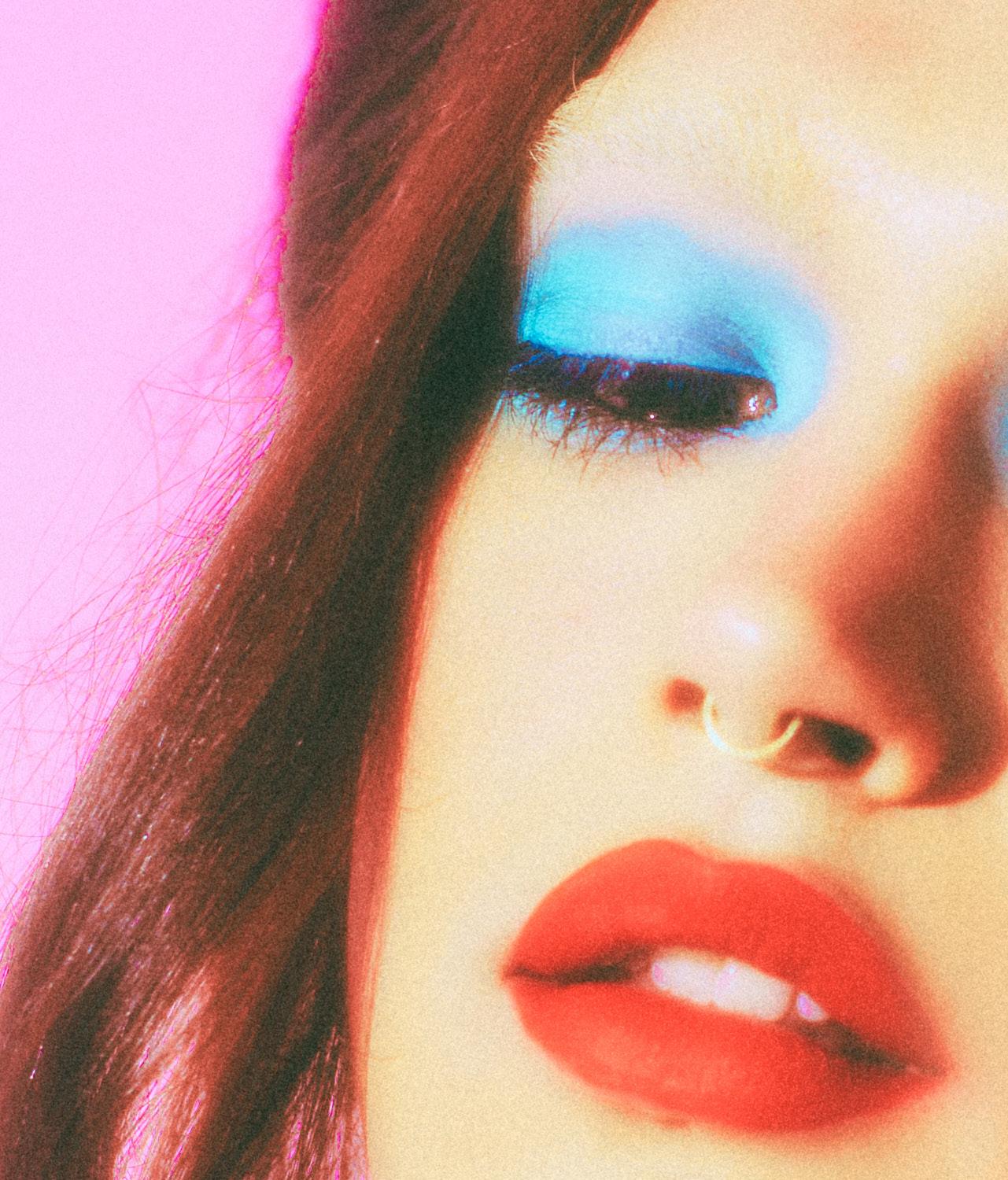
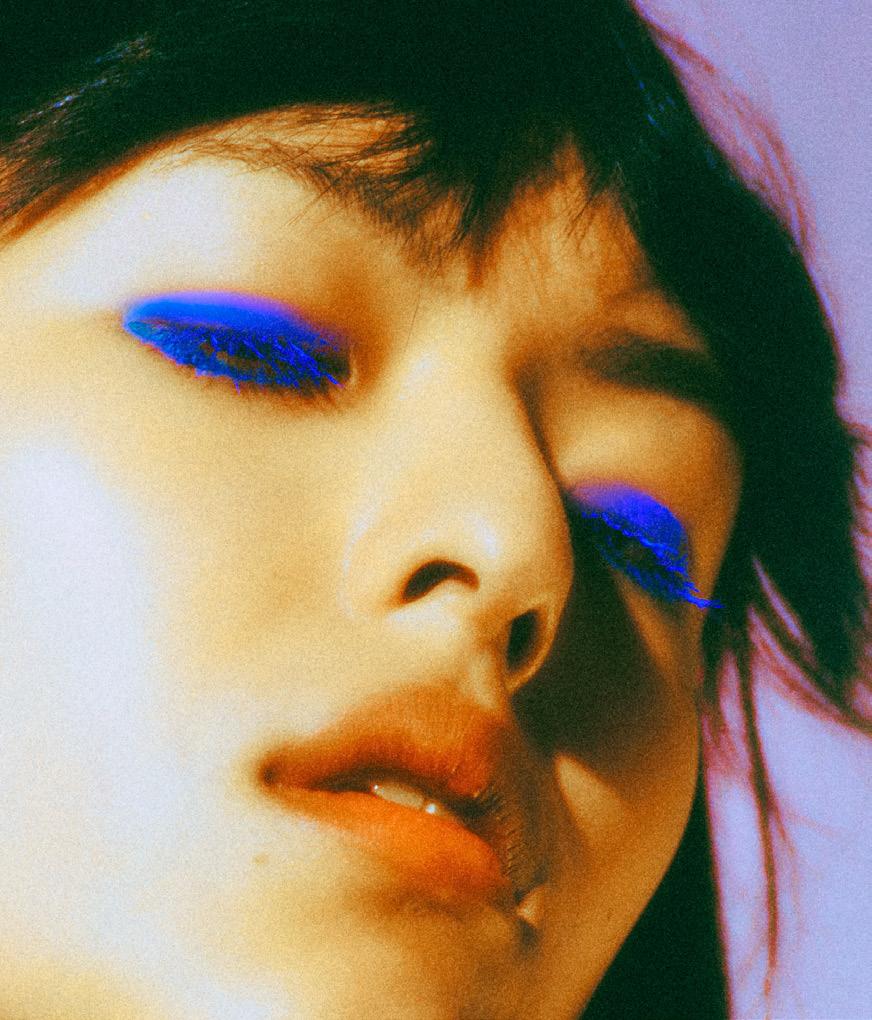
Real Fish is about being inbetween bodies. It is how I feel when I step out into the world.
“Real Fish” was developed in response to the way trans women are treated in popular culture and the way stereotypes distort the lives of ordinary women.
The role of the collection is to glamorise, satirise and otherwise screw with these conceptions, reclaiming the narrative thrust upon us by playing light-hearted dress-up with the trappings of our perceptions.
This collection is dedicated to trans women and I am so grateful for the women who have worn my clothingthey serve as a constant source of inspiration and clarity.
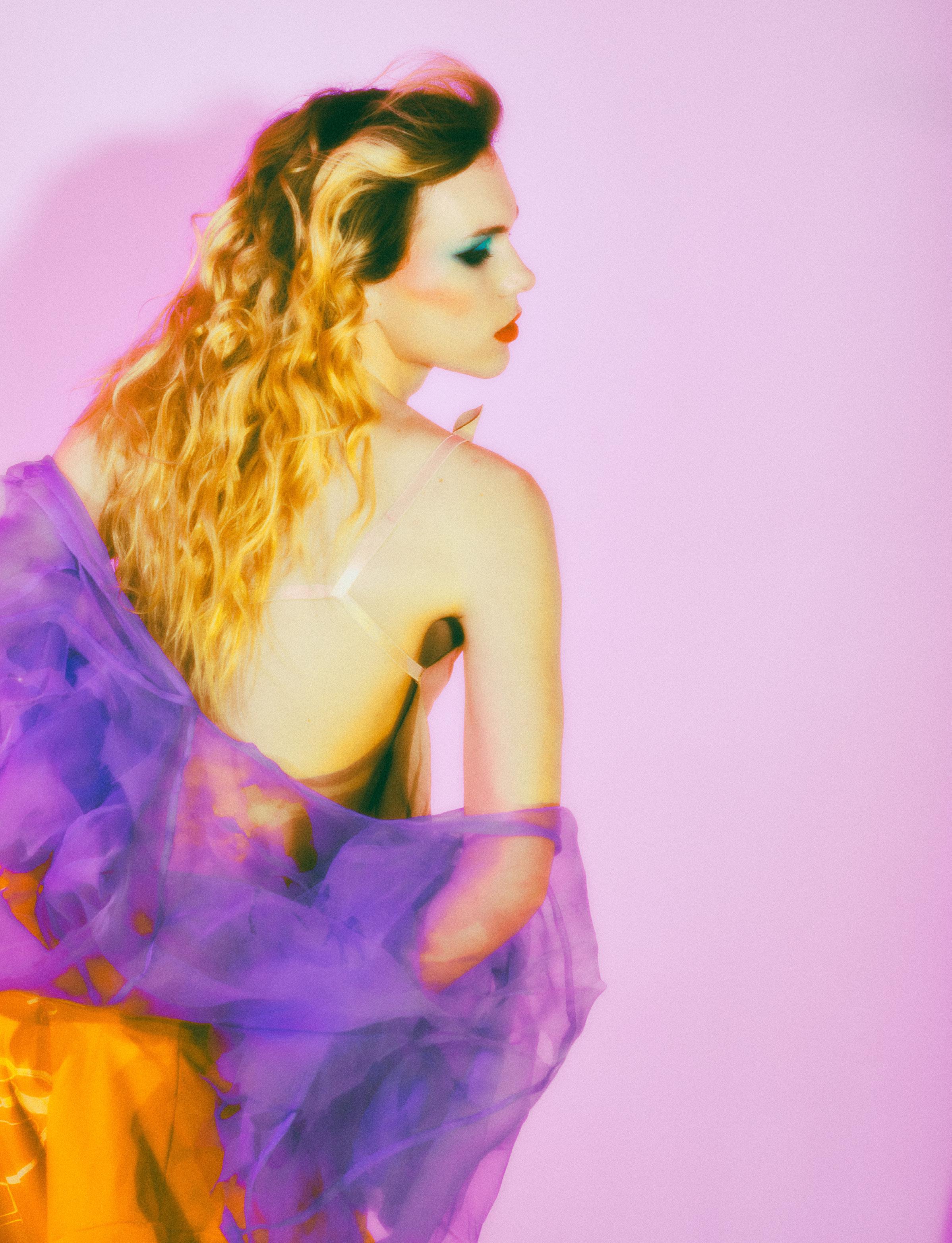
Design by Jonnie Jock
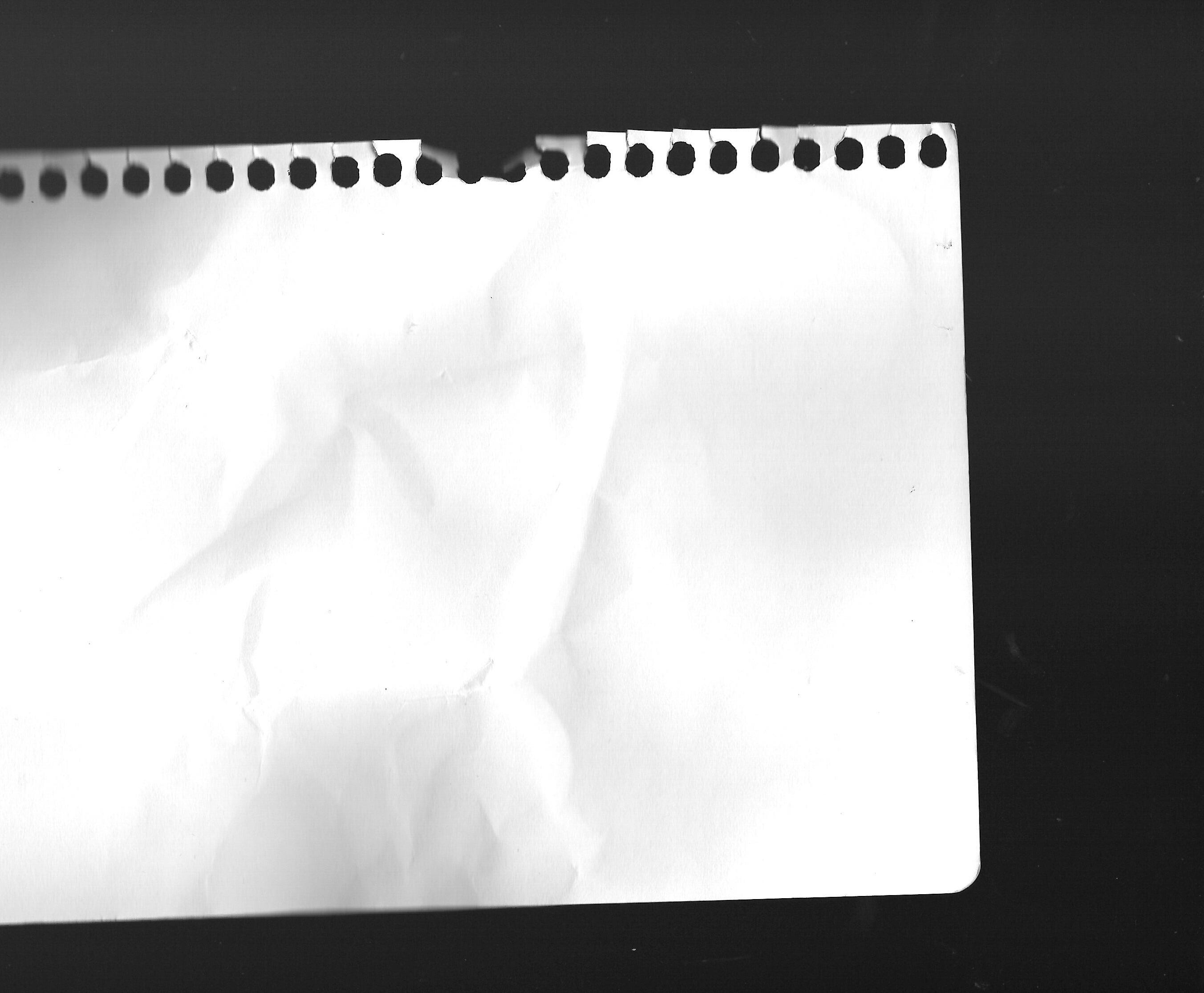

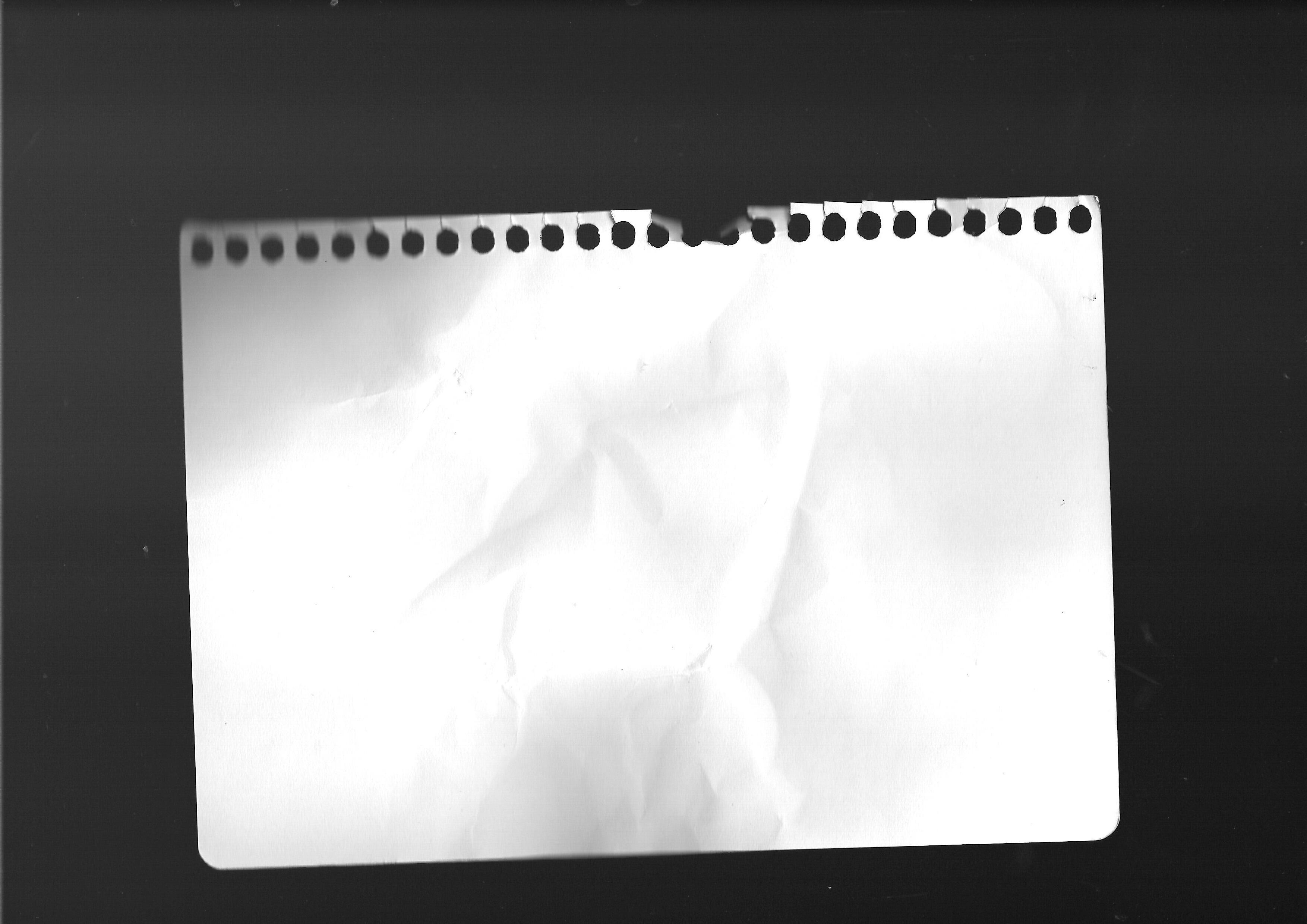

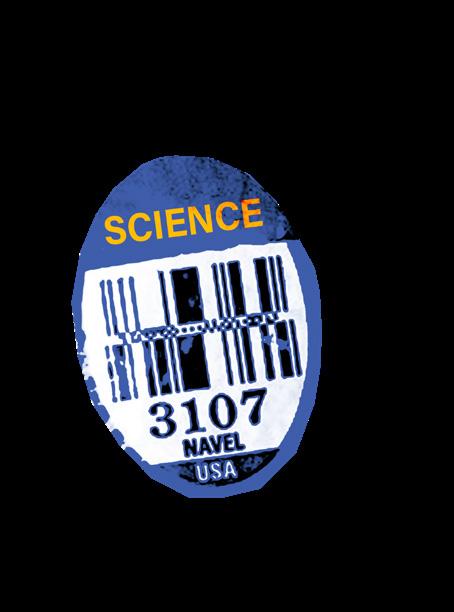

Given that Miss Frizzle is the blueprint, this shouldn’t be surprising. Environmental science is one of the gayest places in all of UTS—they should be hosting Birdcage in the greenhouse in Building 7. Furry convention in the Bio classrooms. Chemistry is freakishly straight though… stay safe out there.
The engineering building is so cave-like it may as well be a closet. You’re all either virgins, lesbians, or trans. No in between.
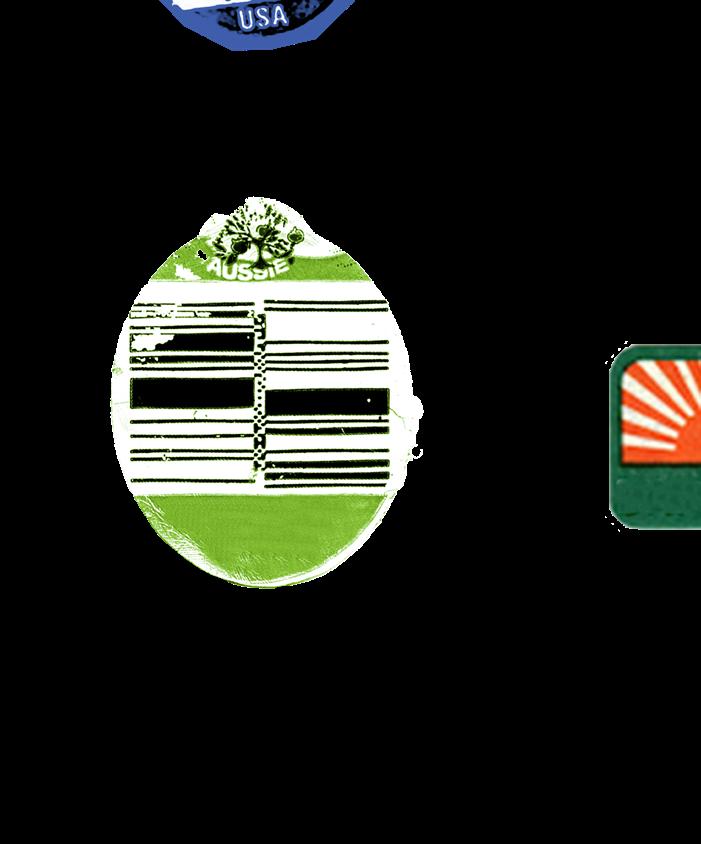
Homophobic. Still willing to commercialise Mardi Gras though. Shame. BUSINESS
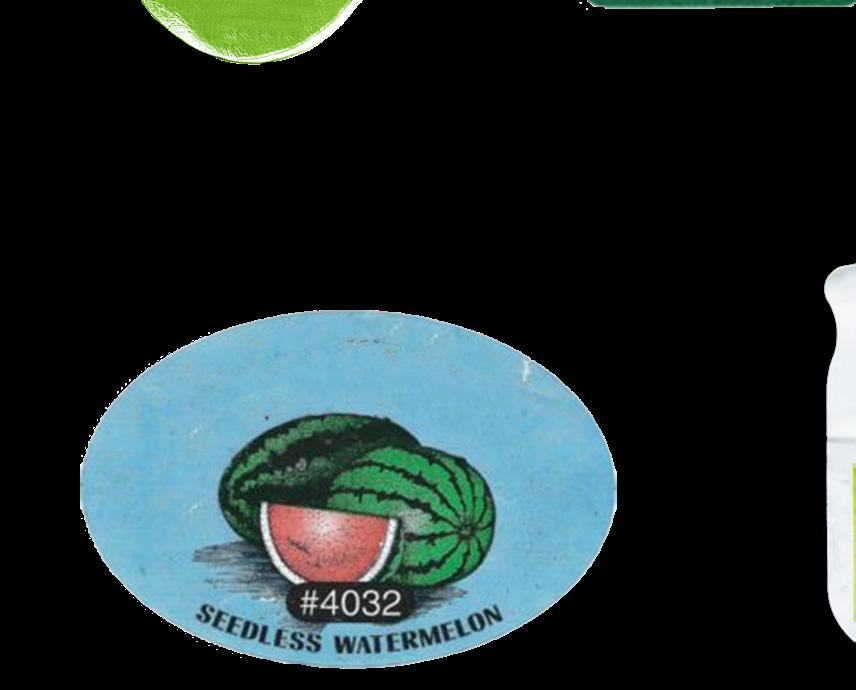
TRANSDISCIPLINARYINNOVATION
No one knows what you actually study, but you all leave with two startups, three situationships, and a radical take on utopia. The agenda is less gay, more post-human polyamory. Trans. Disciplinary. You better werk on your BDSM Chaser Grind.
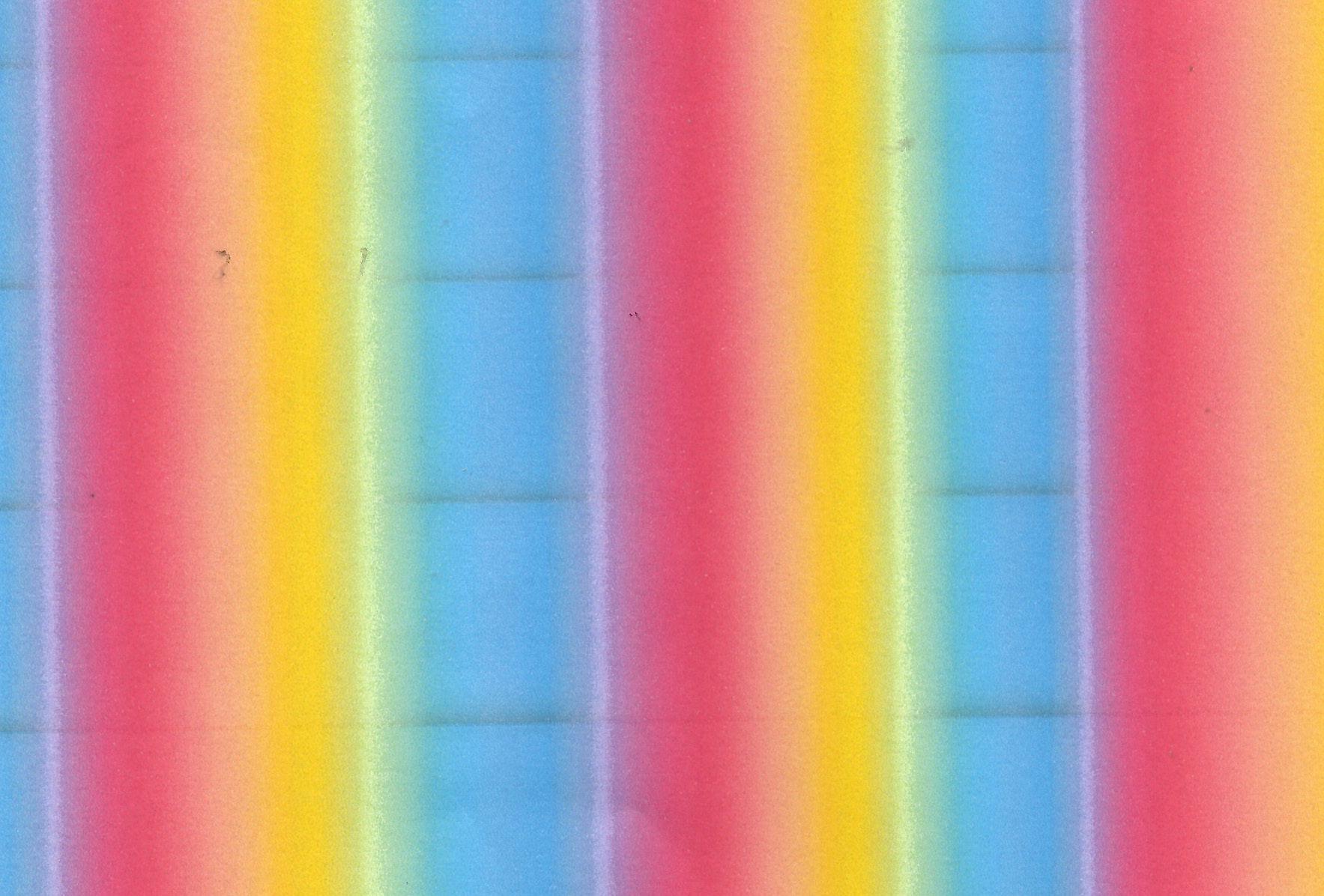
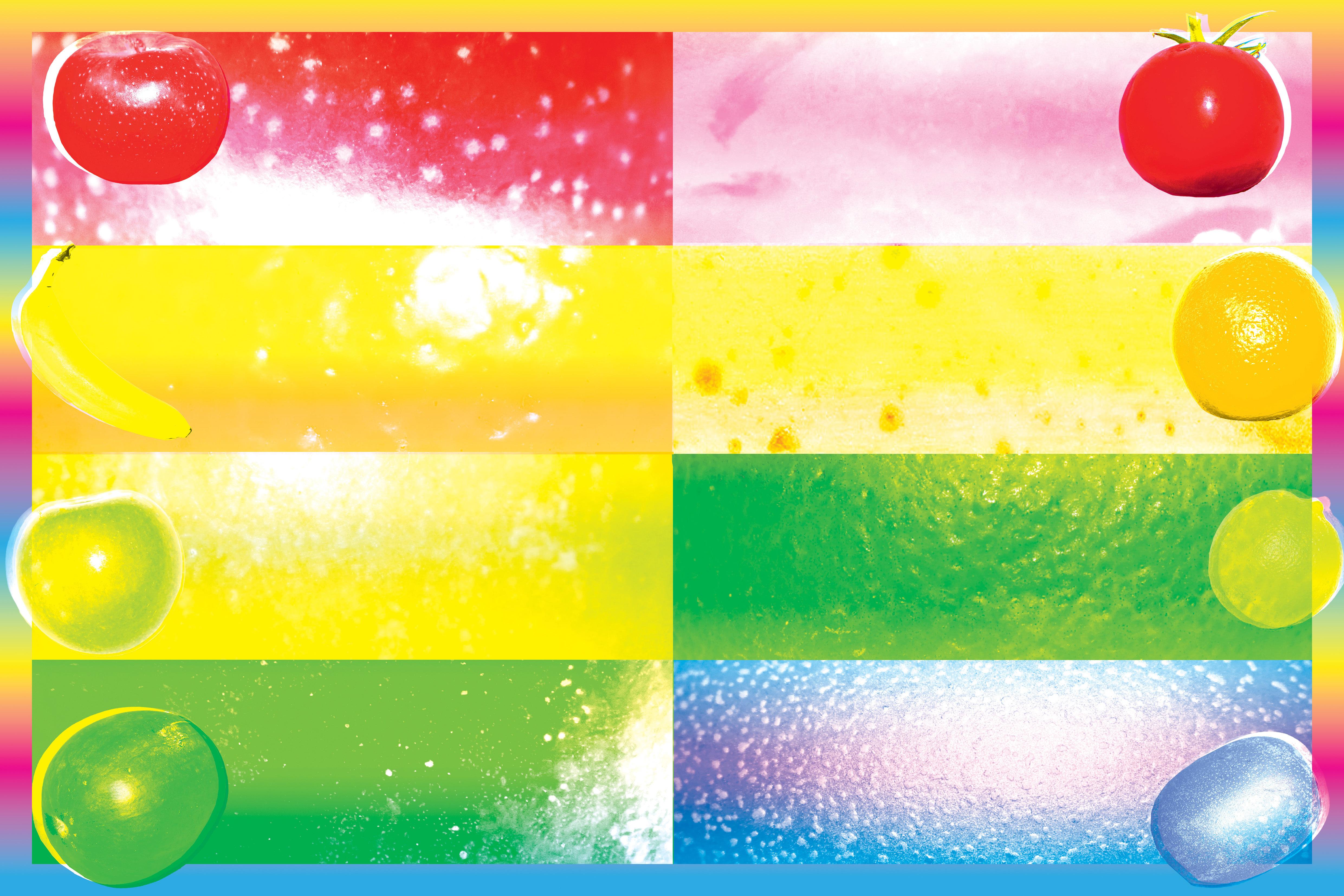
Sam Kerr was a factor in choosing your degree. Gay by proxy. I know you get off on those anatomical diagrams. Freak.
ARTS. And SOCIAL SCIENCES.
These courses are THE woke 101 on the Gay Agenda. Girl, if you graduate with this degree without befriending at least one queer person, you’re homophobic. Could potentially be school of ASS when DAB and FASS merge faculties (peach emoji).
Fashion. Graphic Design. Somehow the gayest of you are Architecture students… or actually, it’s you Animation kids. They’re designing shit to turn the frogs gay. Also, stop shoving those poscas in places they don’t belong. Damn.
This crowd tries really hard to be super straight but that passion for social justice and/or urge to make a million dollars is still going to land you straight in the Grindr hot spots around the Downing Centre and Martin Place law firms. Stop cruising in the level 14 bathrooms. You’re not looking for an internship.

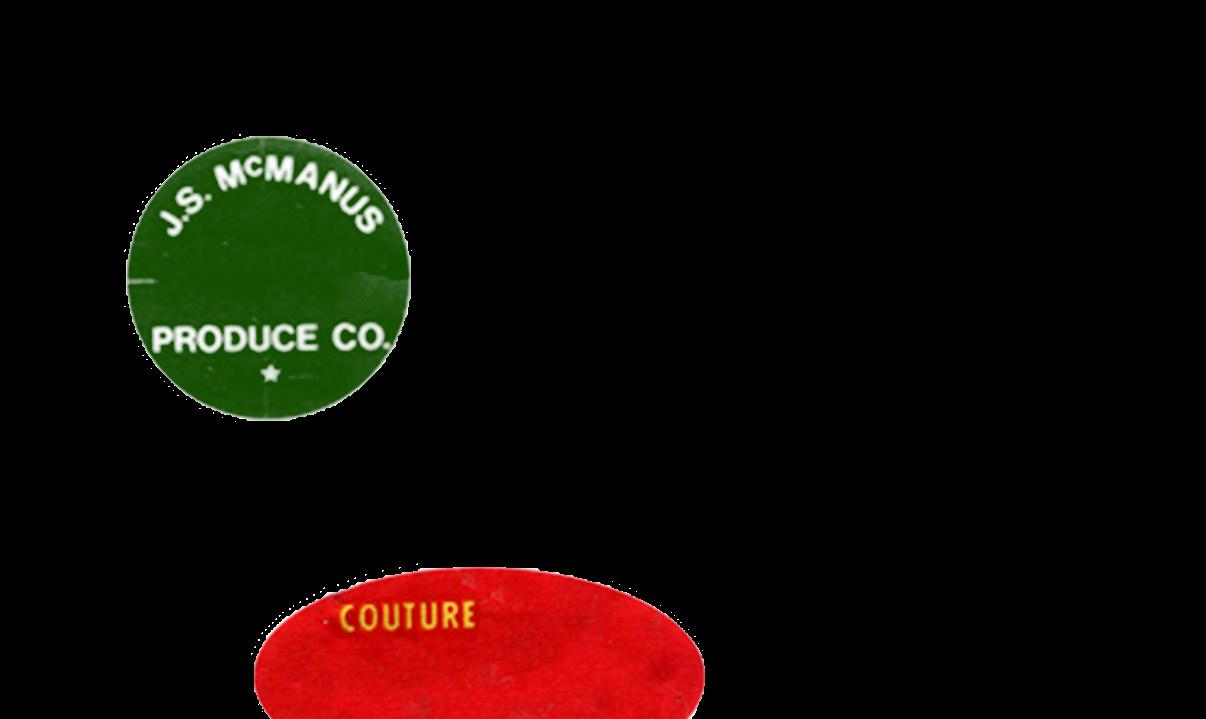
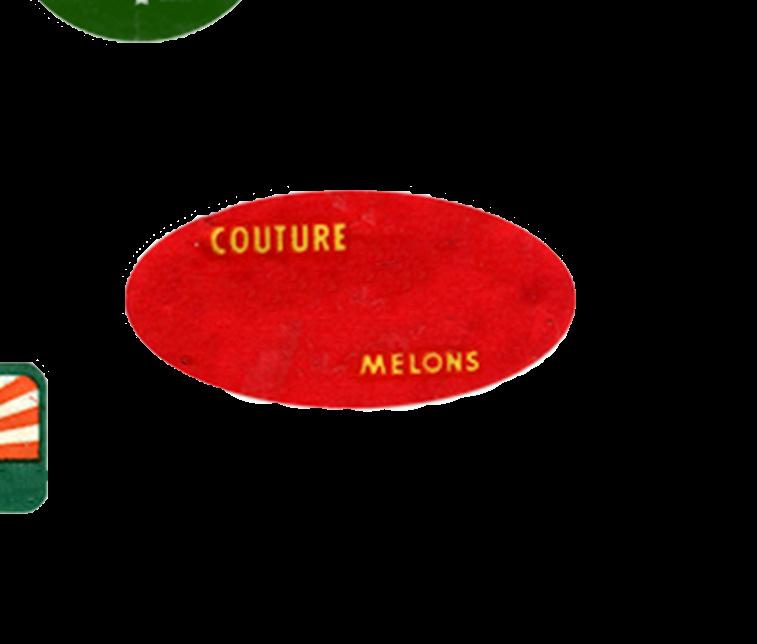

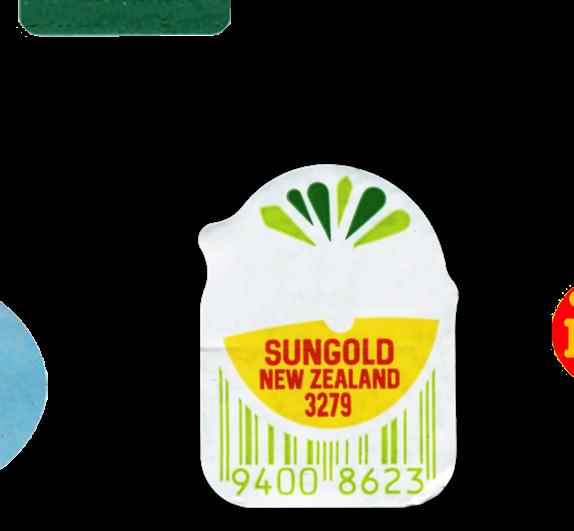

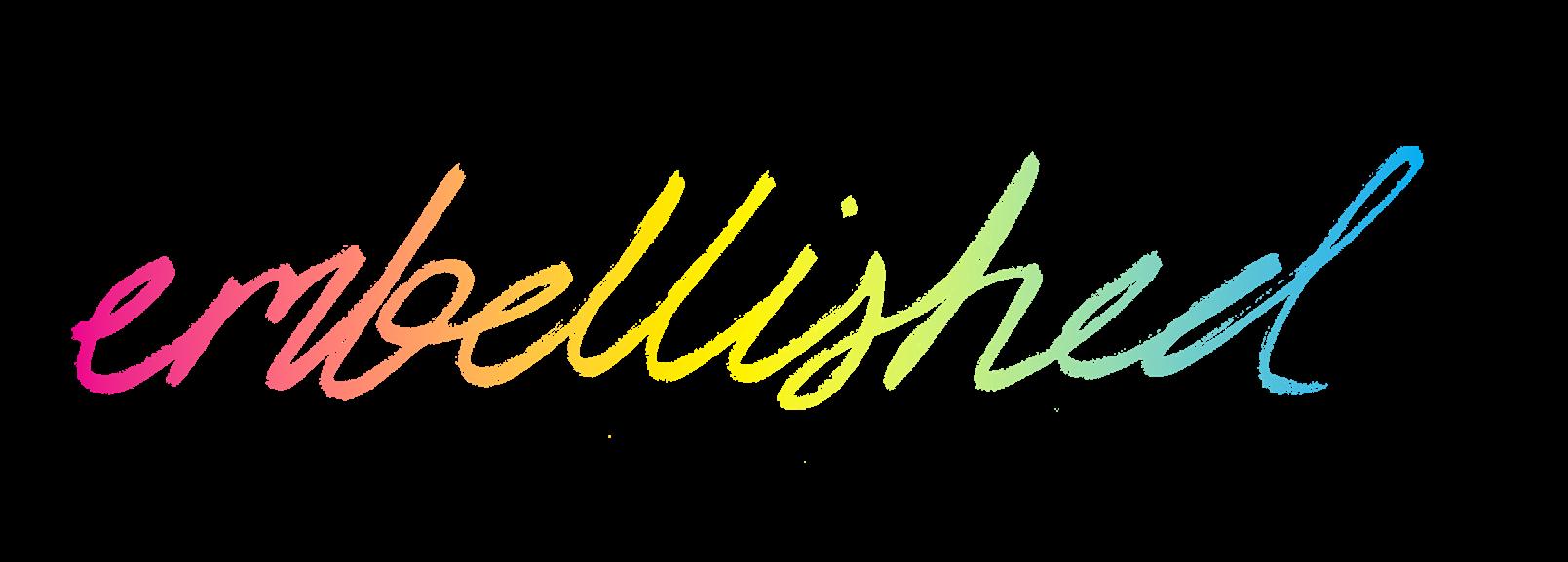
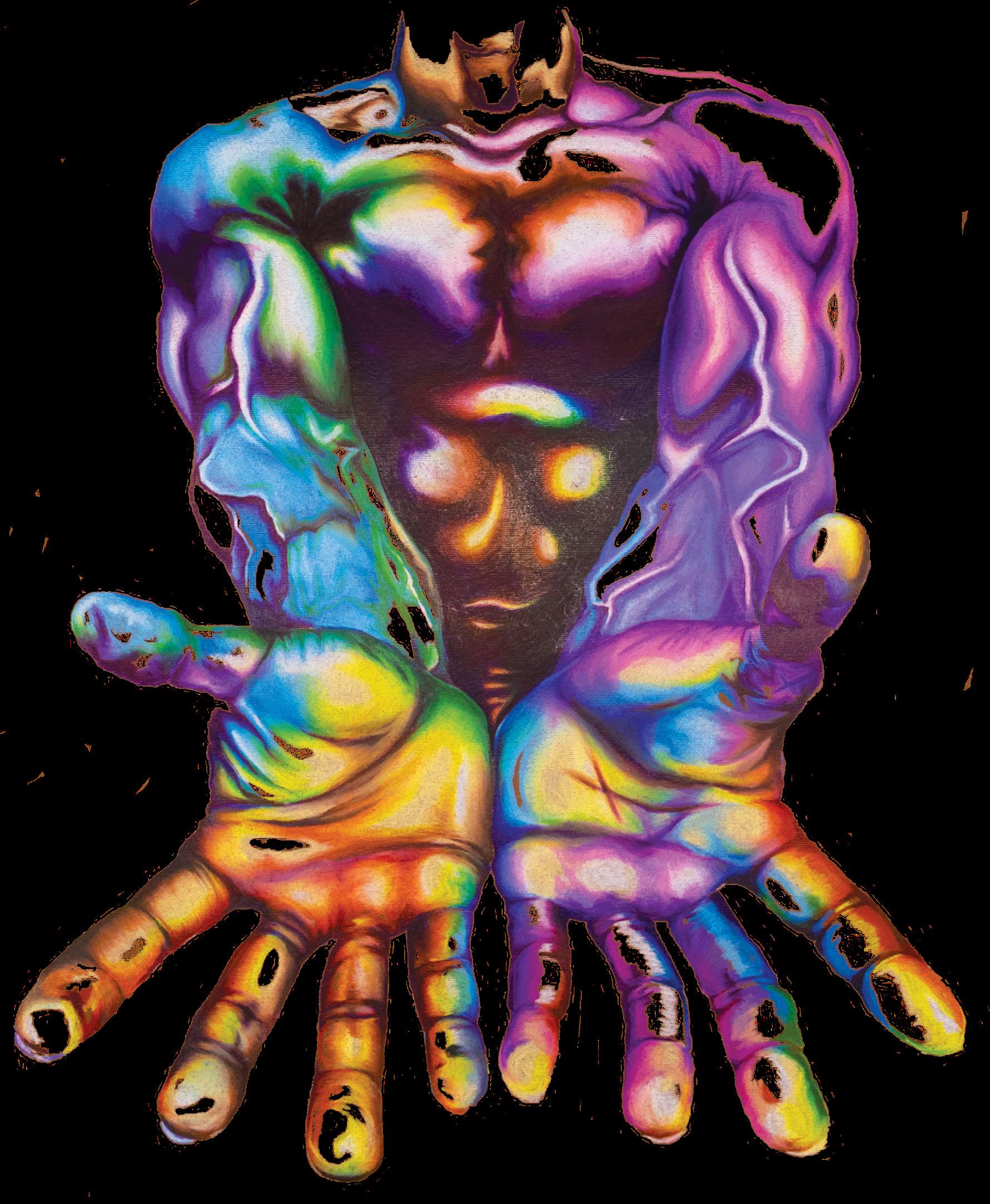

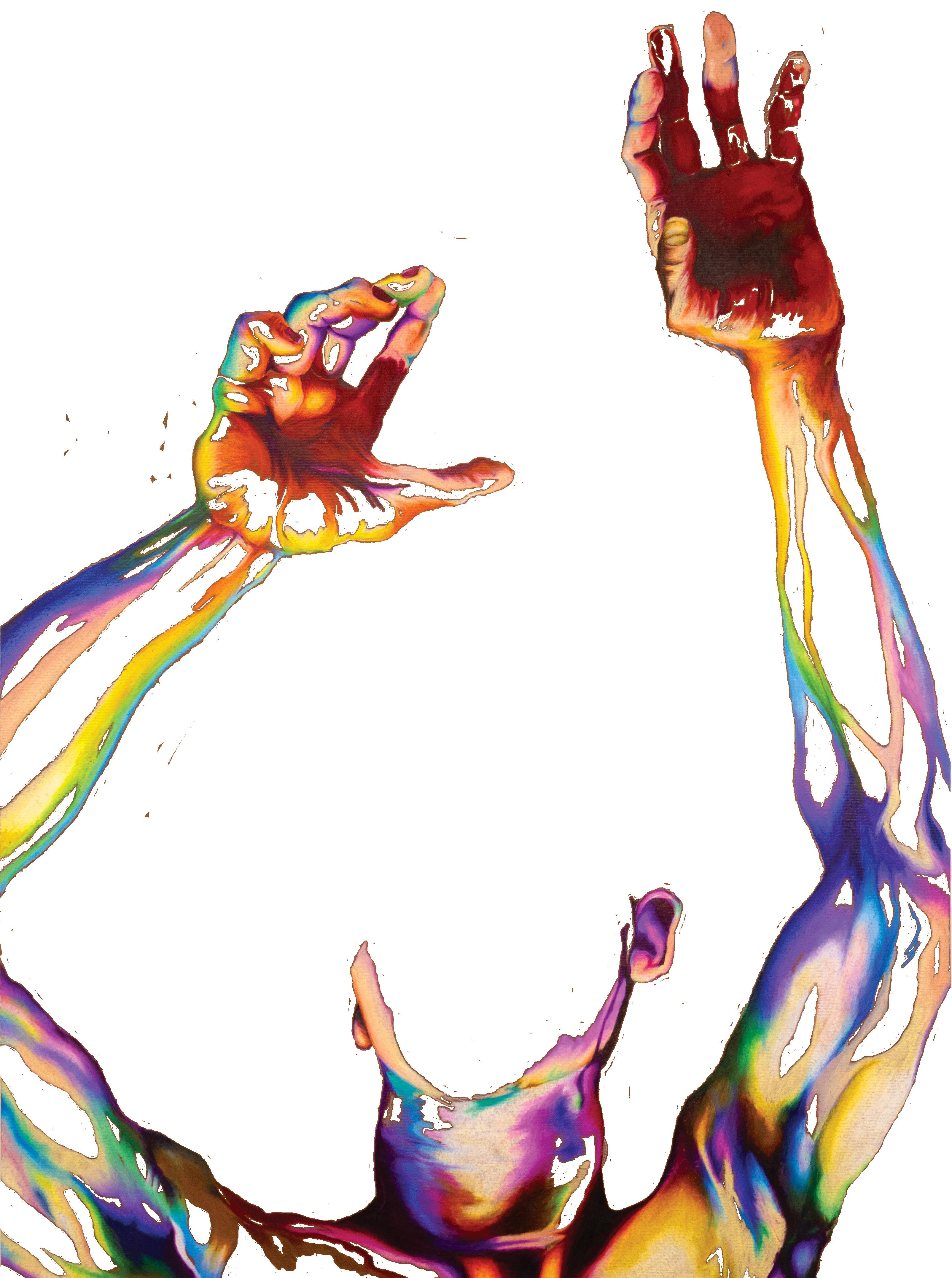
Artworks by Imogen Tierney (she/her) @imogen.tierneyy
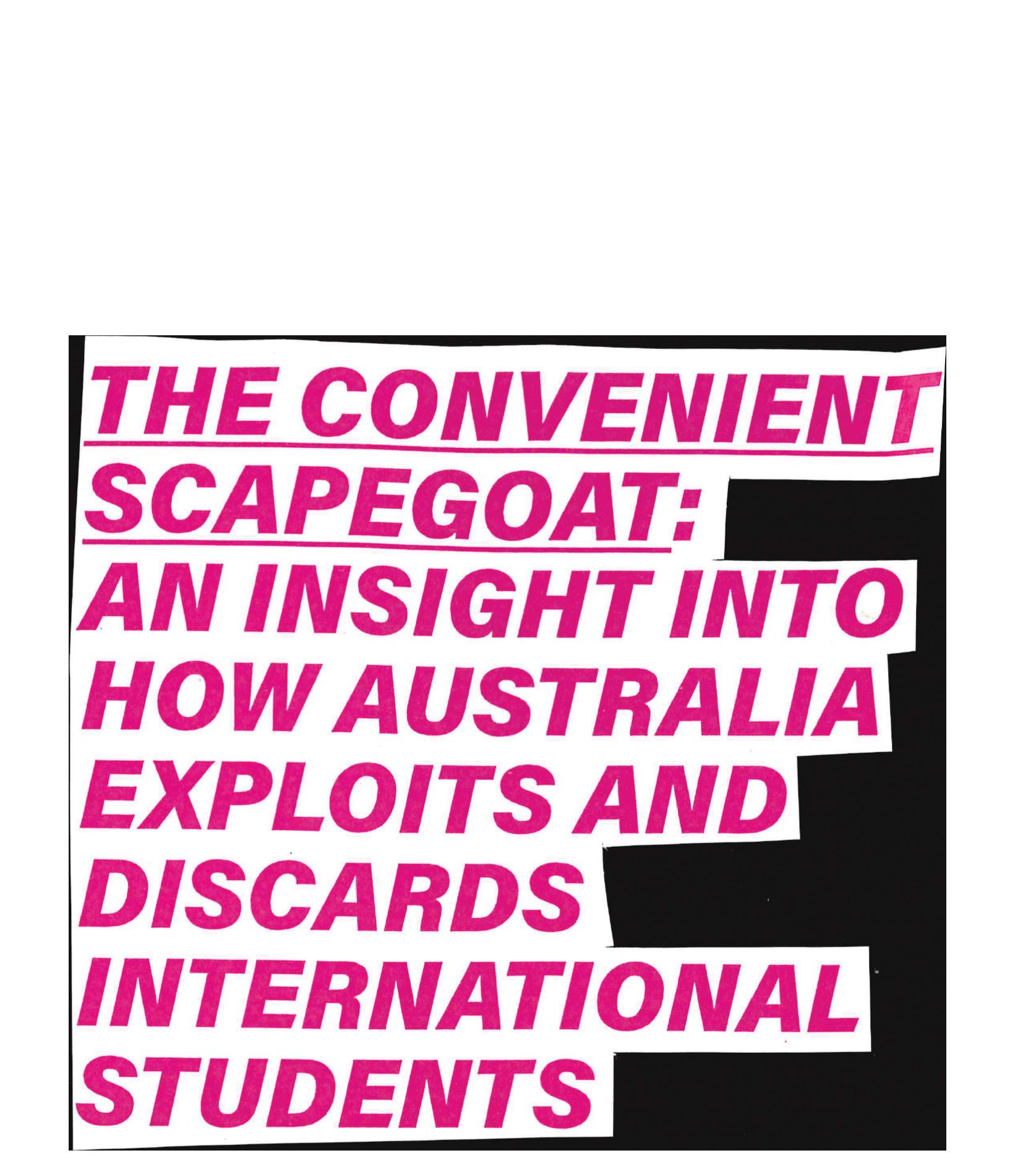
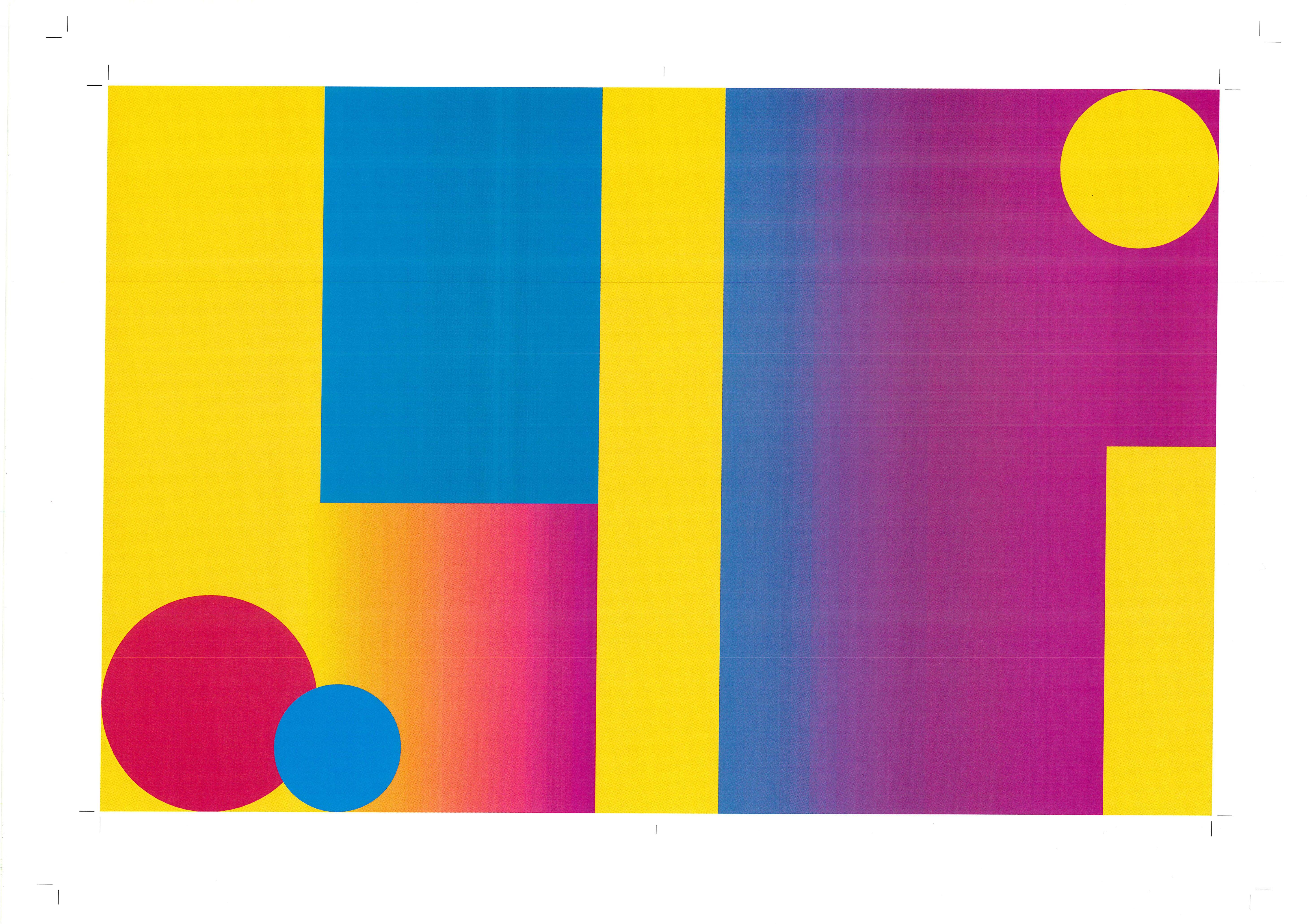
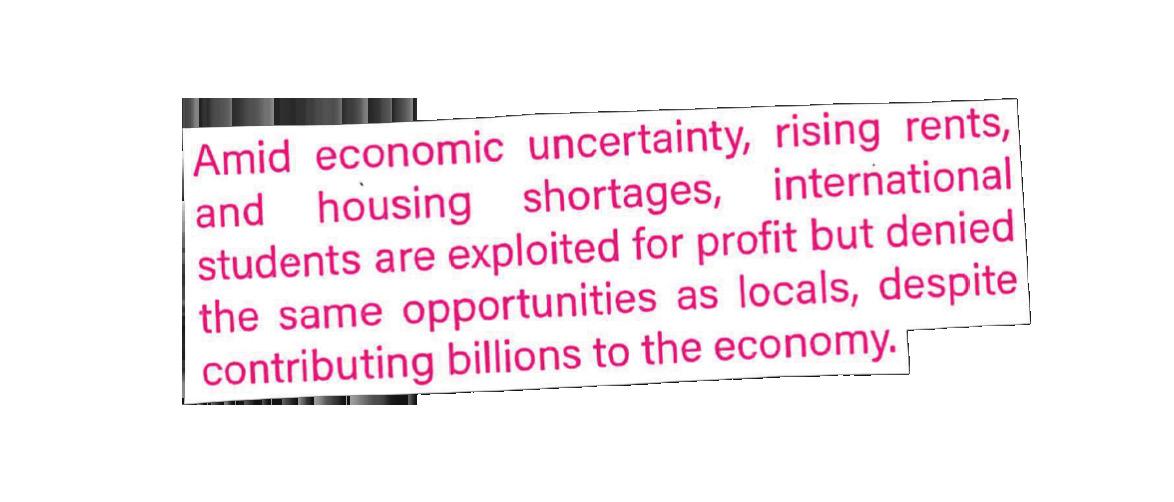

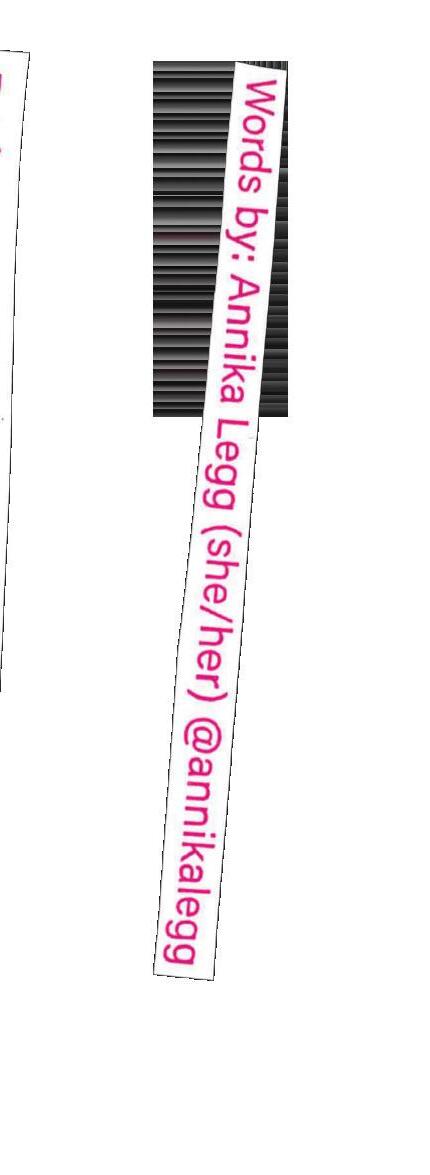

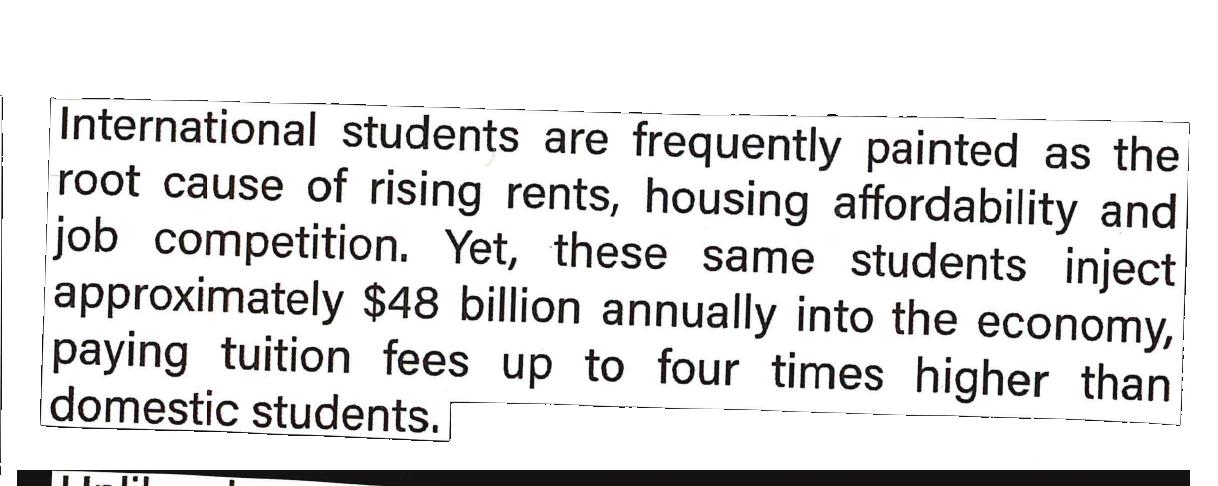



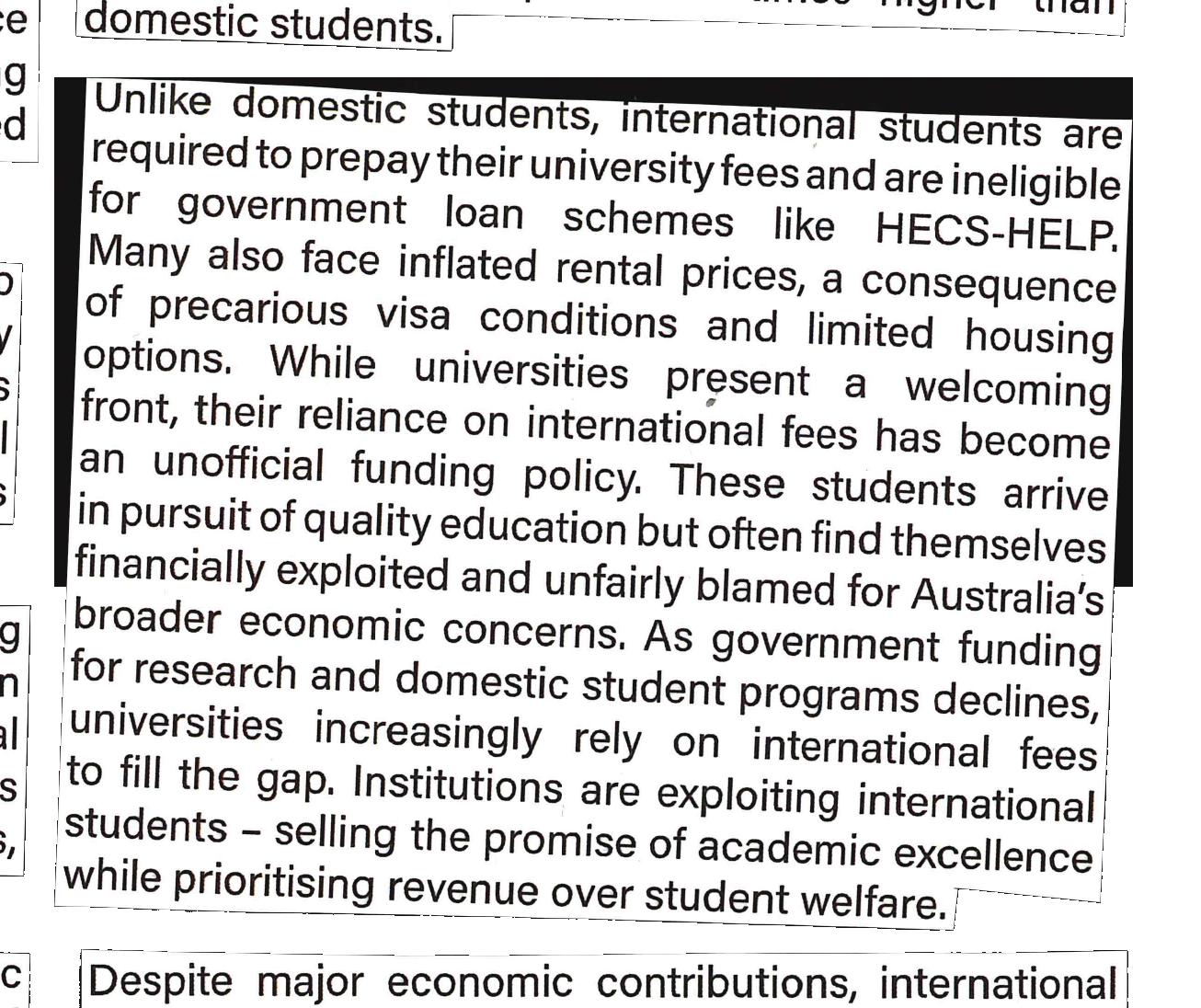


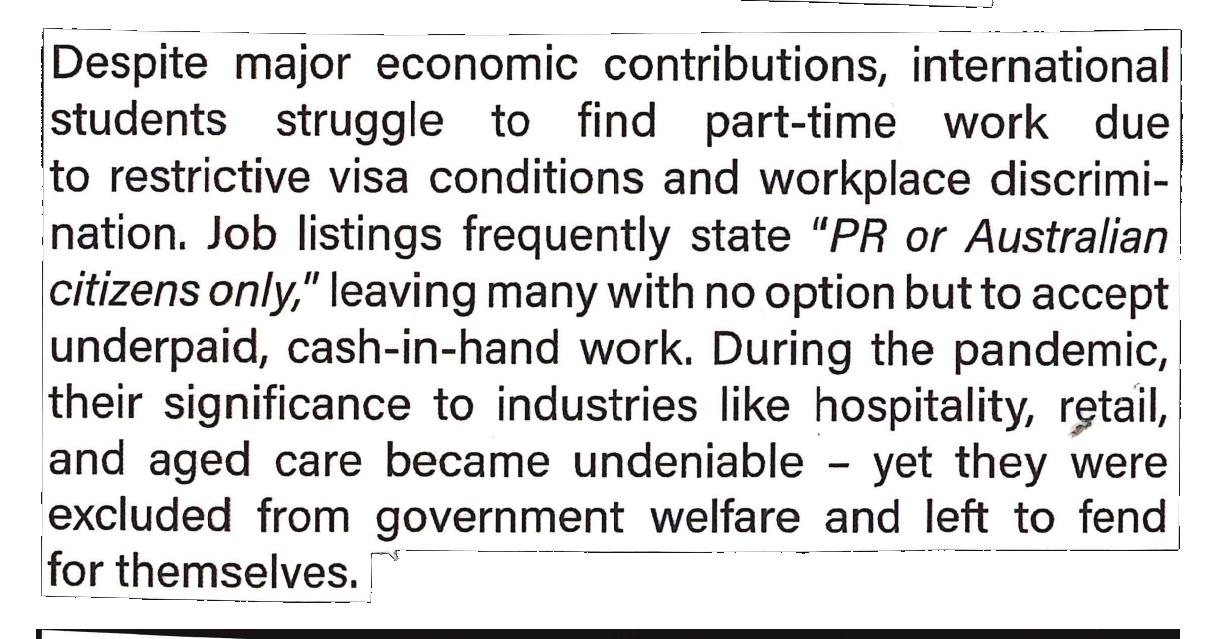

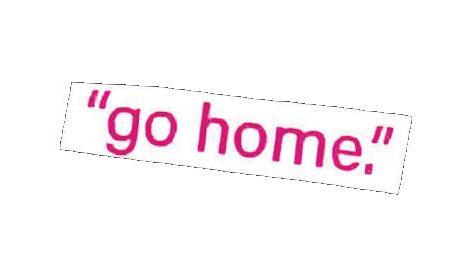
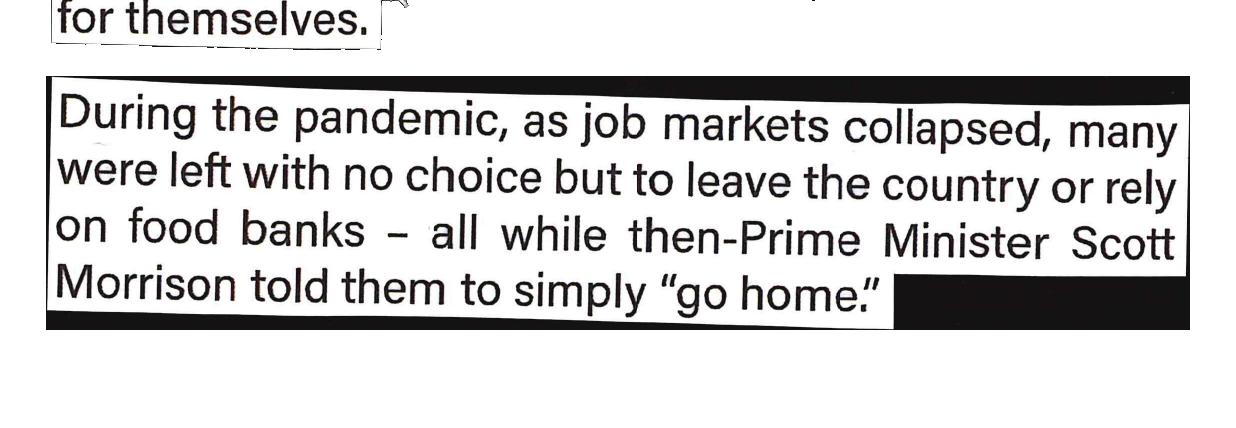
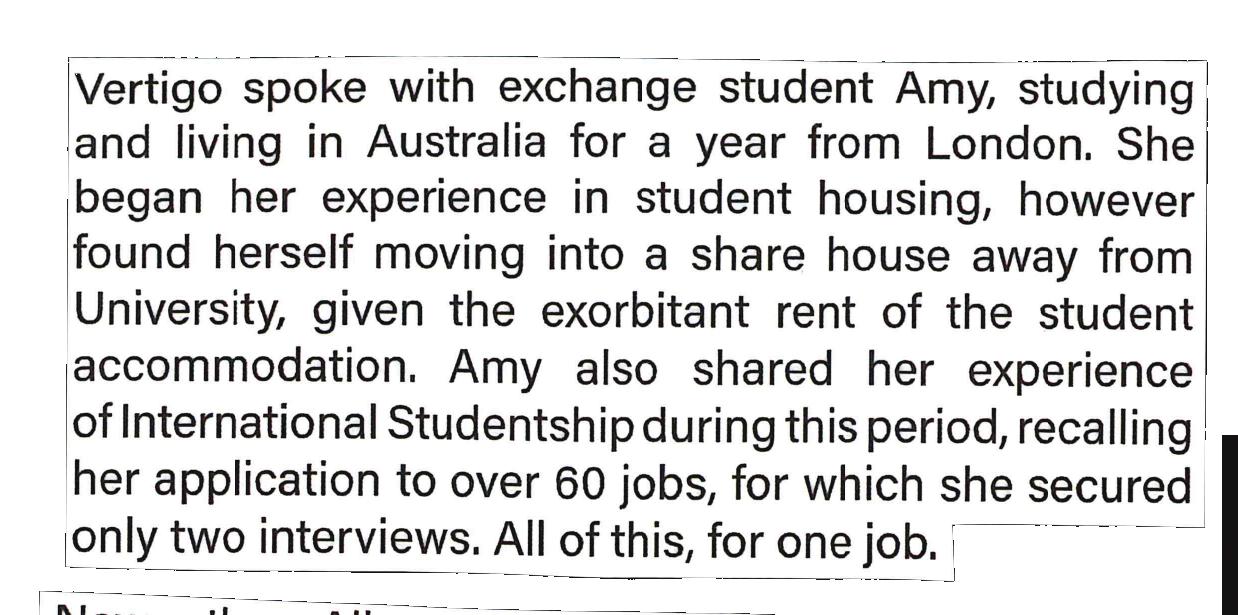
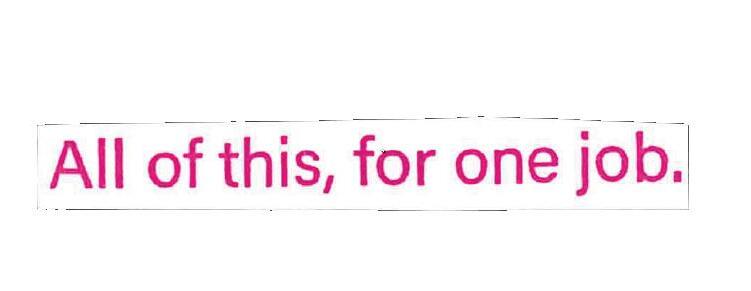
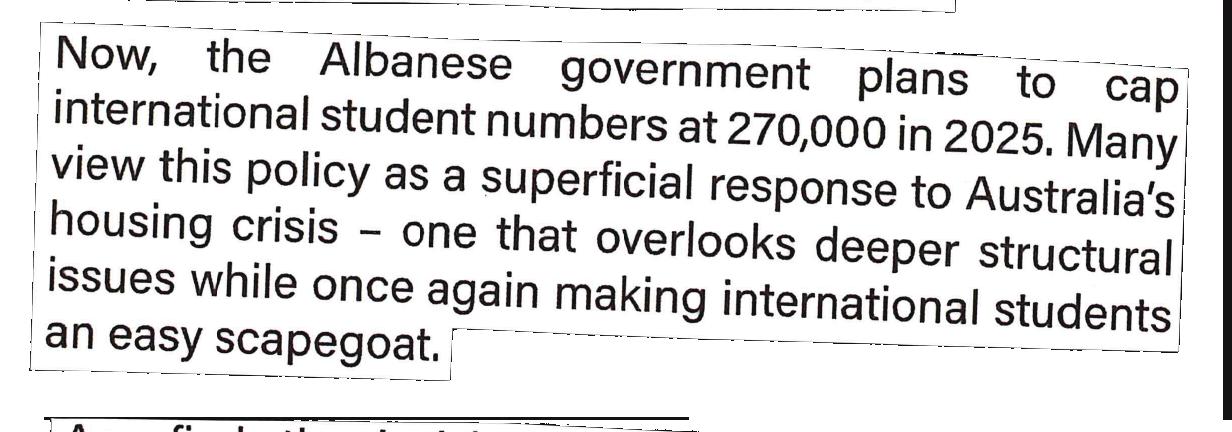
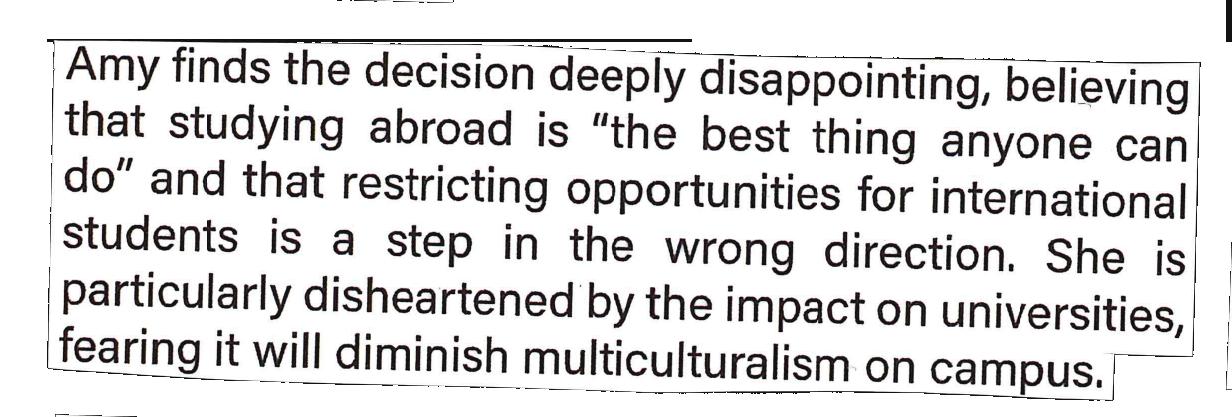

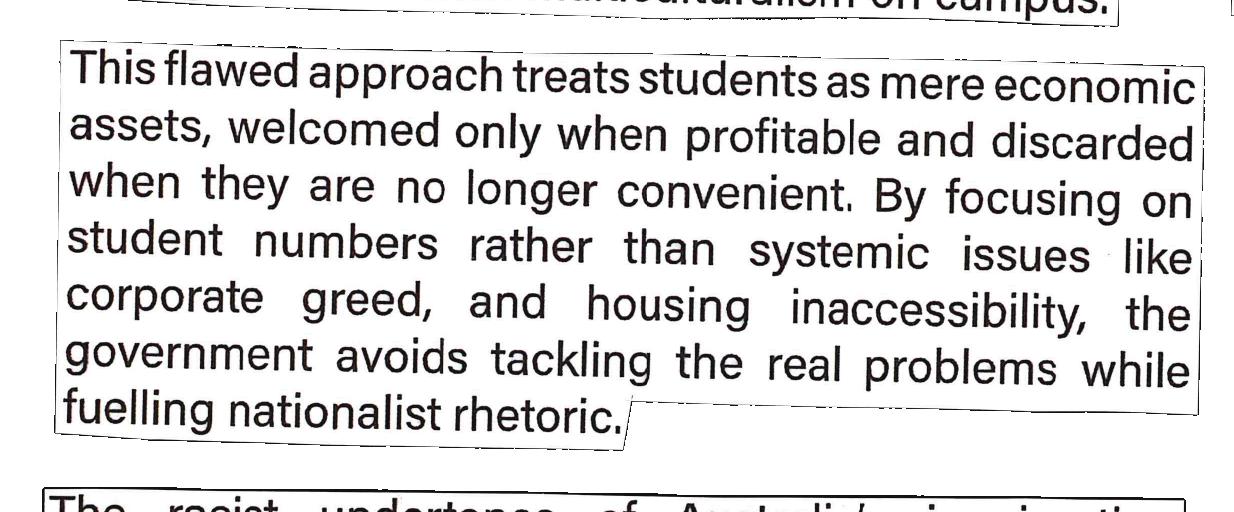


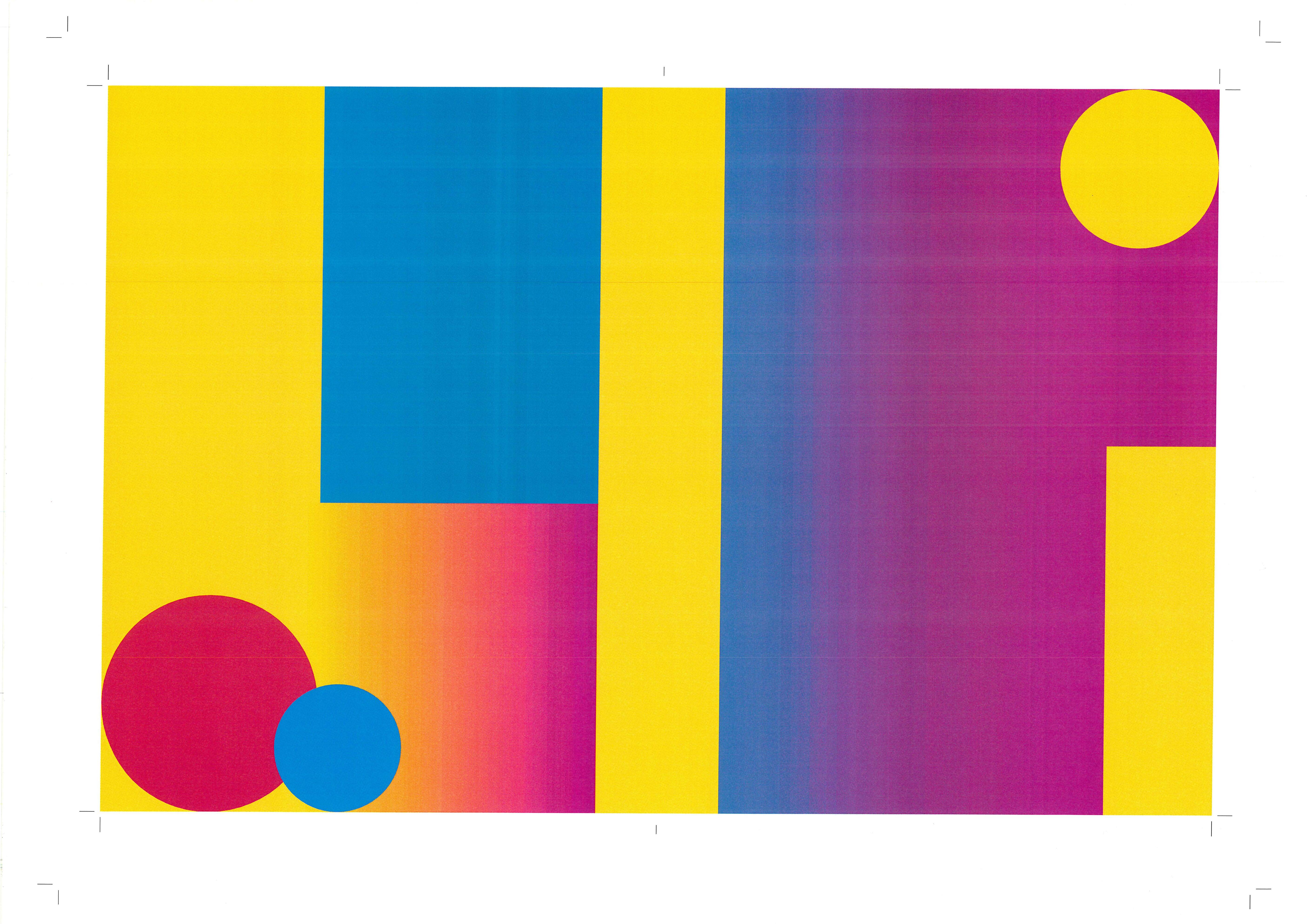

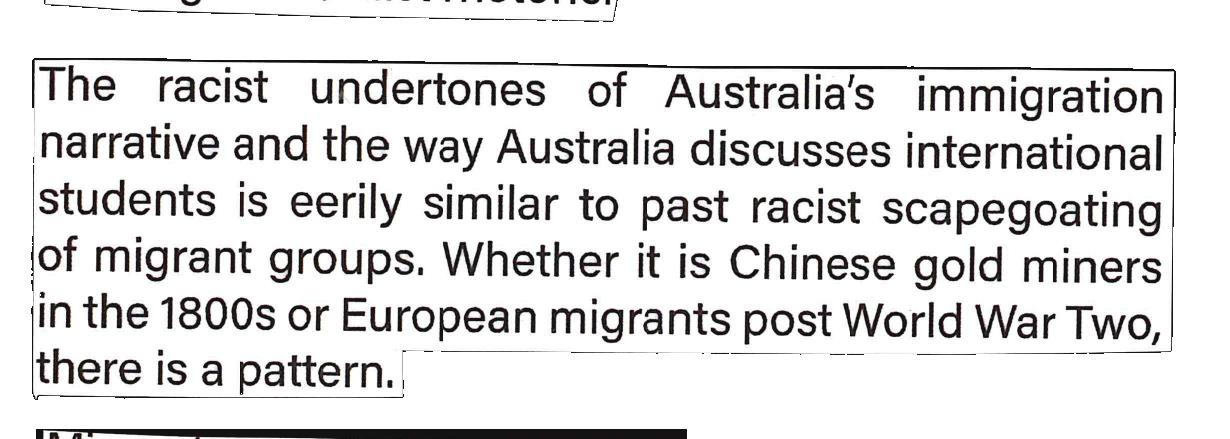
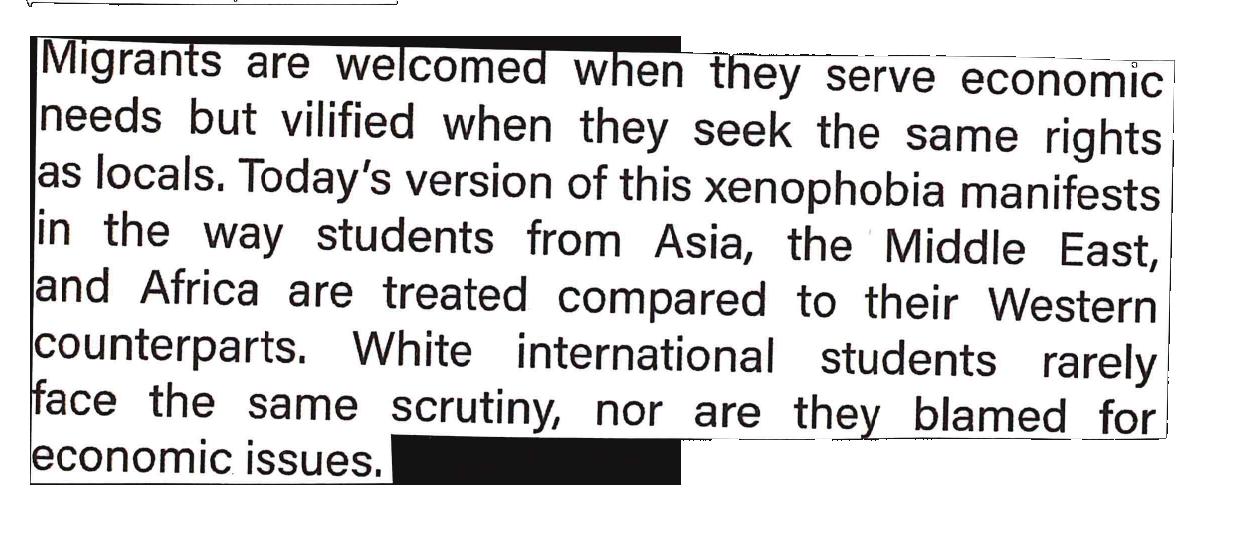
Vertigo
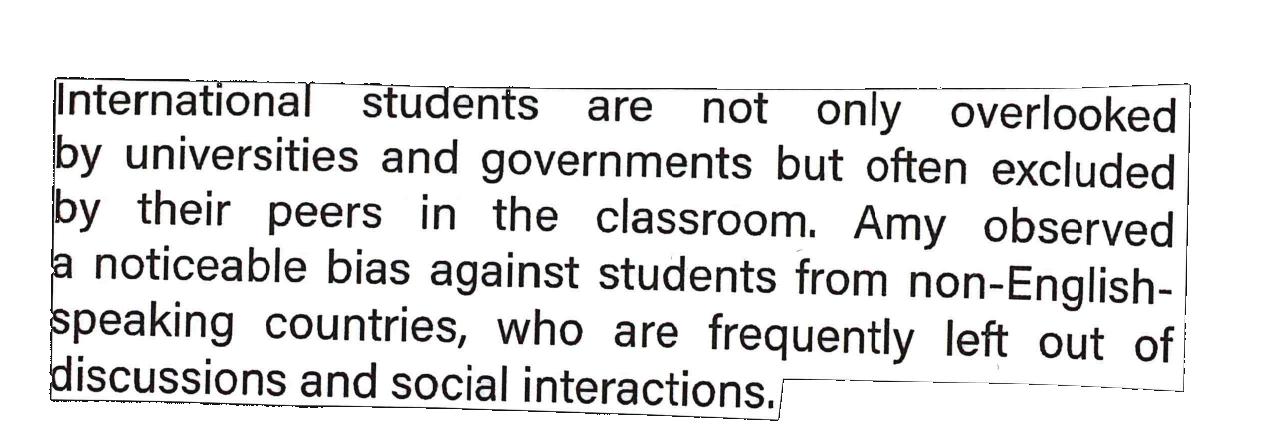



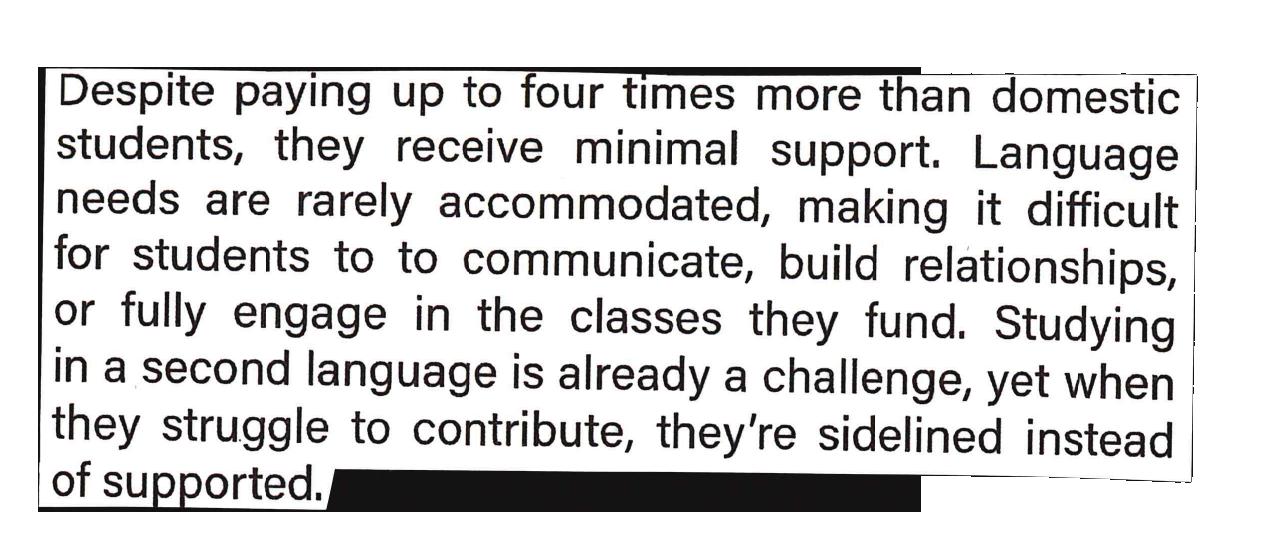



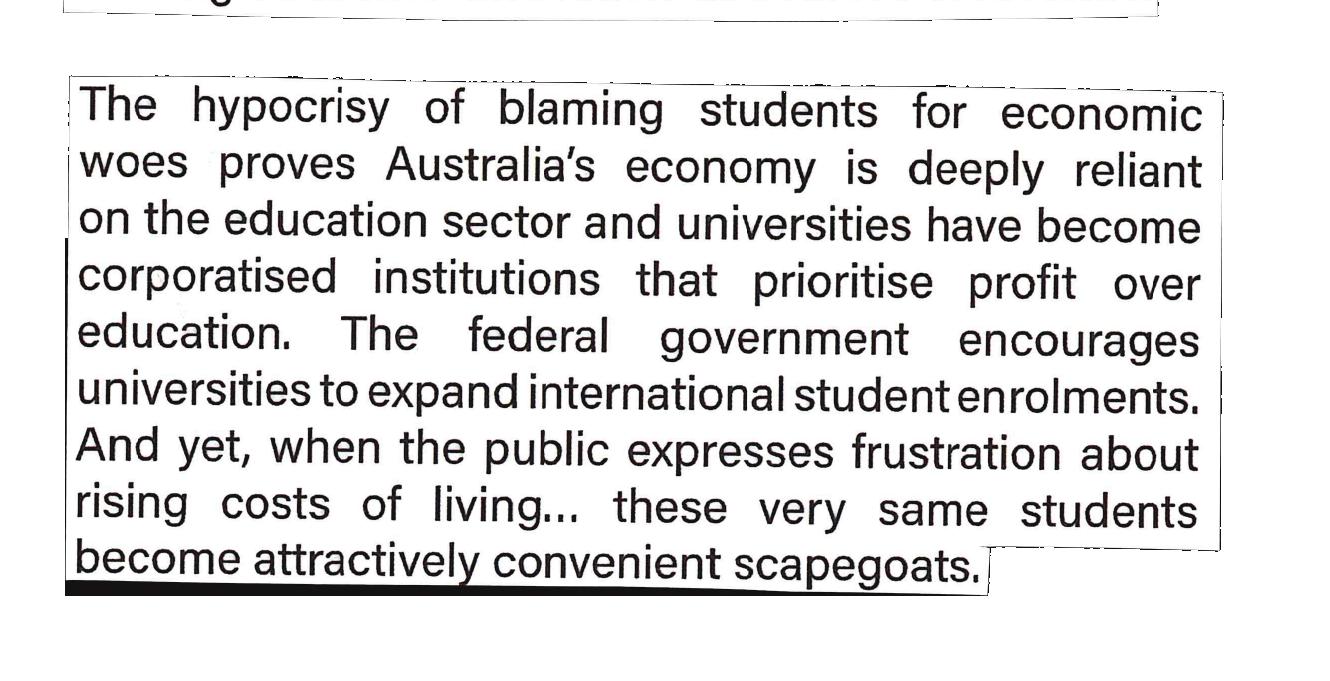



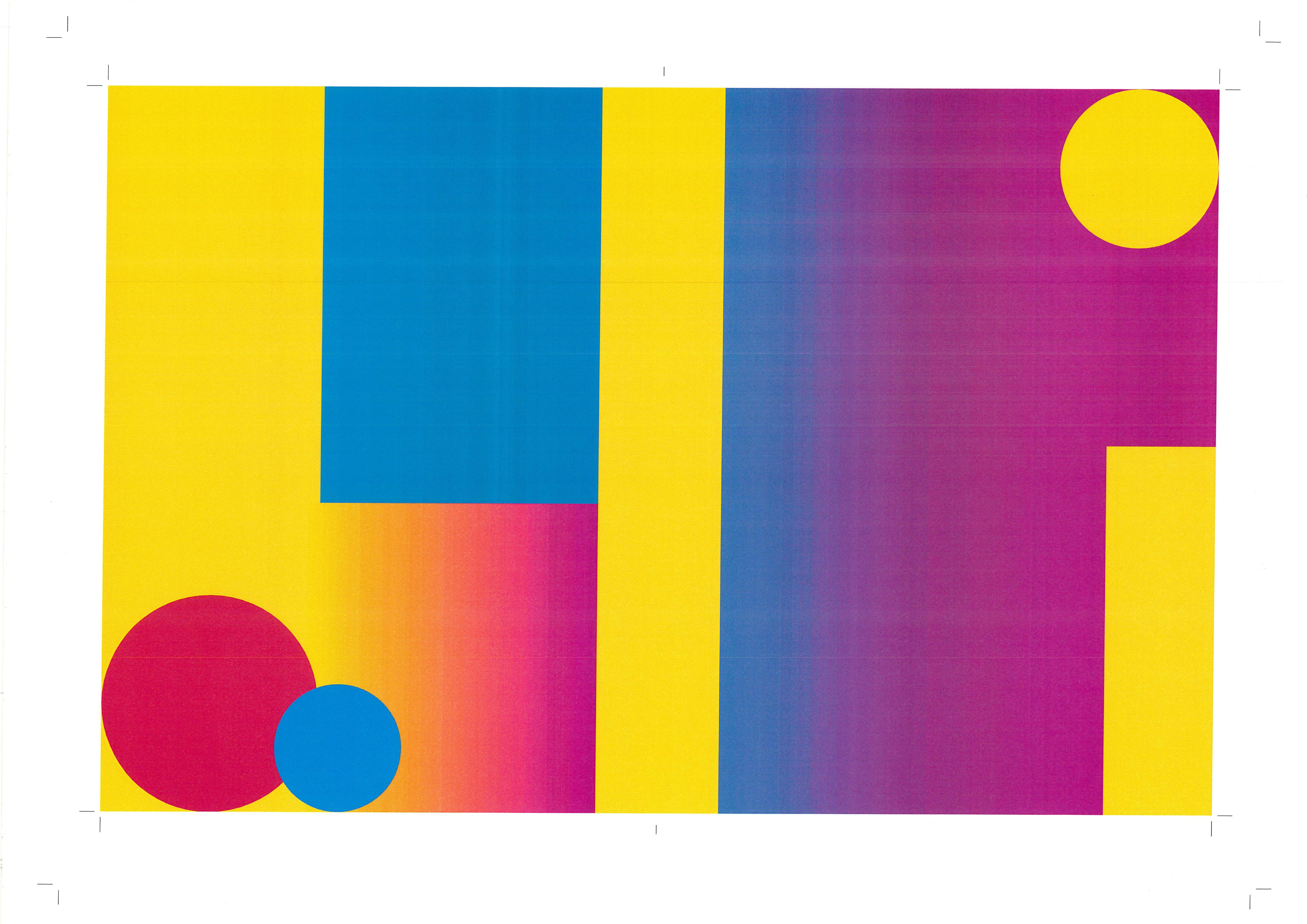
Flare jeans in the lost and found bin. Chi-Lites vinyls at the thrift store. Anyone who extends two fingers to measure the pulse of Disco would dial up the mortuary, not the ambulance. Has society lost its groove, you may ask, its twinkling, glitterclad vivacity?
Follow this guide and breathe life into its inert lungs:
1. Open the closet. Wade past dusty polaroids, and a ticket stub from 1978 (recently re-doused in cologne). Retrieve your multichromatic platforms.
DISCO RESURRECTION RITUAL
Words by Isabella Pex (she/her)
@isabellapex_
Design by Joel Brevig
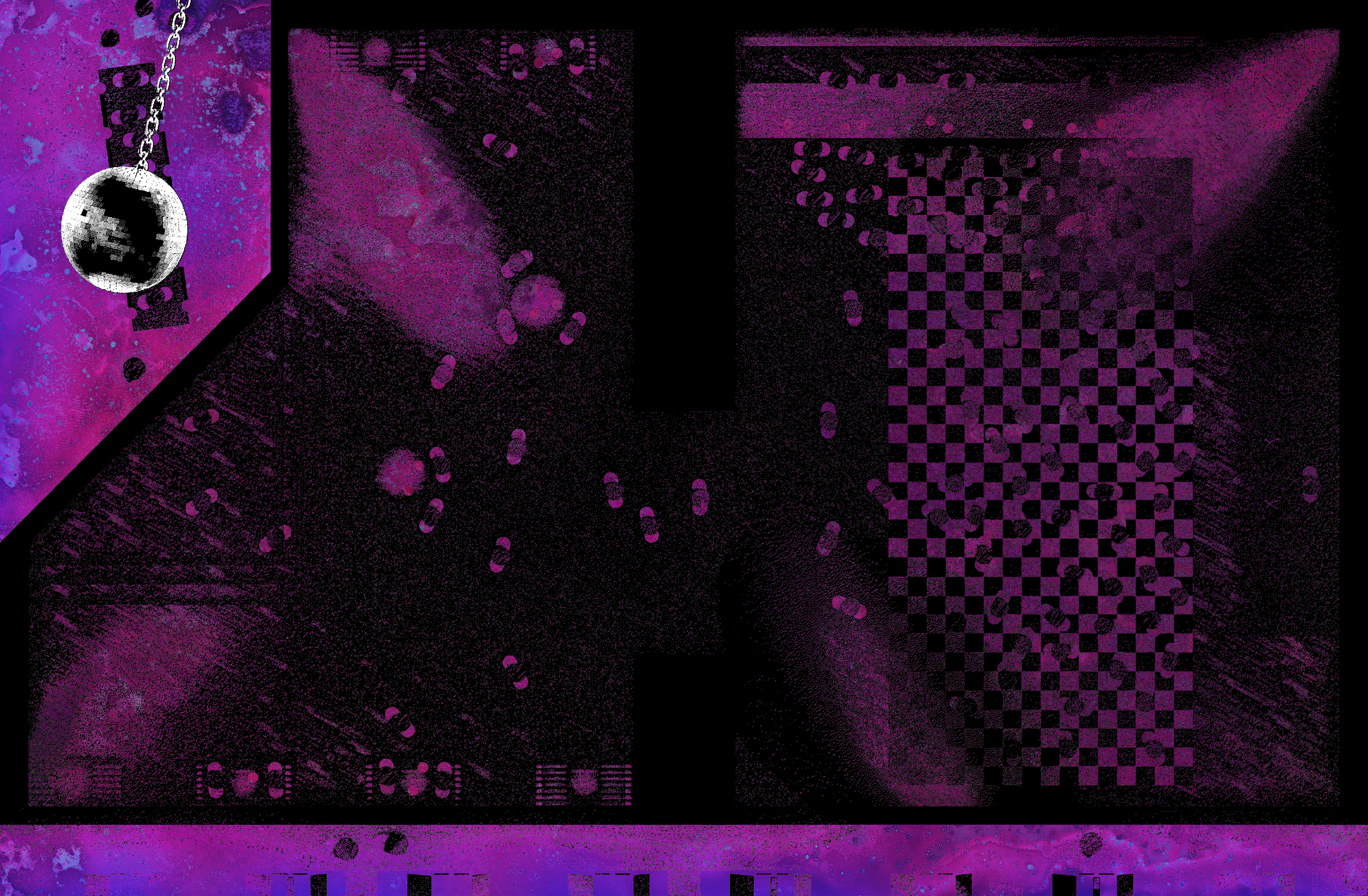
2. Sharpen your lip-liner stump to a point. Carve around the mouth (smudge the teeth).
3. Bare your cleavage to the late-autumn chill, then materialise a cab. Flick your chunky jewellery with press-on nails (for the clink), and hustle onward.
Arrive at the club, concrete rattling for miles around. Wince when the guard’s inspection of your ID is cursory at best. Weave through swathes of eighteen-ers and their mid-twenties boyfriends. Feel haggard, thrice your age. Gather your revival apparatus and compensate.
Lower your nostril to a bench and drive along the white lines. Ride the lightning. Look up.

Watch the mirrorball amalgamate into its final form; one thousand luminous hands, grasping, snapping, flicking to each trumpet snare and soulful yowl. Congratulate yourself. You have summoned the incandescent carrion of Disco.
Each square of glass is an eye. The string, its neck, and its wheezing breath settles on the tiles of fluorescent bathroom doors, needle-strewn and gritty with dirt. Every light slice is a syllable. It speaks in morse code between the corners of shades and glib ashes of teeth:
‘Don’t you want to be beautiful, baby?’
it croons with the velvet of fifteen carpeted miles, ‘Dance with me. Sing to me. Glide your lipstick on and move your limbs to my sultry rotation.’
Somewhere in your mangled hippocampus, think, ‘I’m spent!’, the suggestion of a migraine ebbing in your skull. Slow your heels against the harsh LED’s beneath them; amber, dead, lime, dead. Notice the whiskey puddle congealing a lost napkin on the ground. Sad. Quashed by the turns of stiletto shoes and snakeskin wedges.
‘Let us reunite. Use your groove and let me hold you — heave yourself up to me.’
Climb to the second storey. Let the maternal arms of Disco catch you as you fall. Let it revive you instead, with its hot lung-smoke and medicinal powders.
Awaken in the back of a stagnant taxi, unzipped and open-chested.
Recall your unceremonious departure from the club and the security guard’s rough palms hefting you out the back entryway. Peel your skin from the taxi’s leathery fabric and gaze longingly at the club thrumming across the road. Try to murmur your address to the moustached driver, stick your fist into the recesses of your brain and come back empty-handed. Feel idiotic. Impart a crisp smack to your cheek and miss. Throw your weight at the ajar door.
Fall out of the car. Let the concrete collide with your fleshy form and let it cool the oppressive heat of your menopausal skin. From the corner of your eye, watch partygoers loiter and file from the club, laughing distantly, jostling one another, dancing. You didn’t even make it a block away. Weep. Tremble. Stare up at the lightless sky and have half a mind to stay on the sidewalk forever. Think about your life: that missed train in your youth, the cheap wine you suckle on when the empty bed looms too large. Hear Disco’s deathrattle punctuate the night’s end and beckon the sun to rise.
Become a chalk outline in the morning when recreational joggers find you in a pool of sherry and the sodden remains of your joie de vivre dead and rotting beside you. Wait for the flies to swarm.
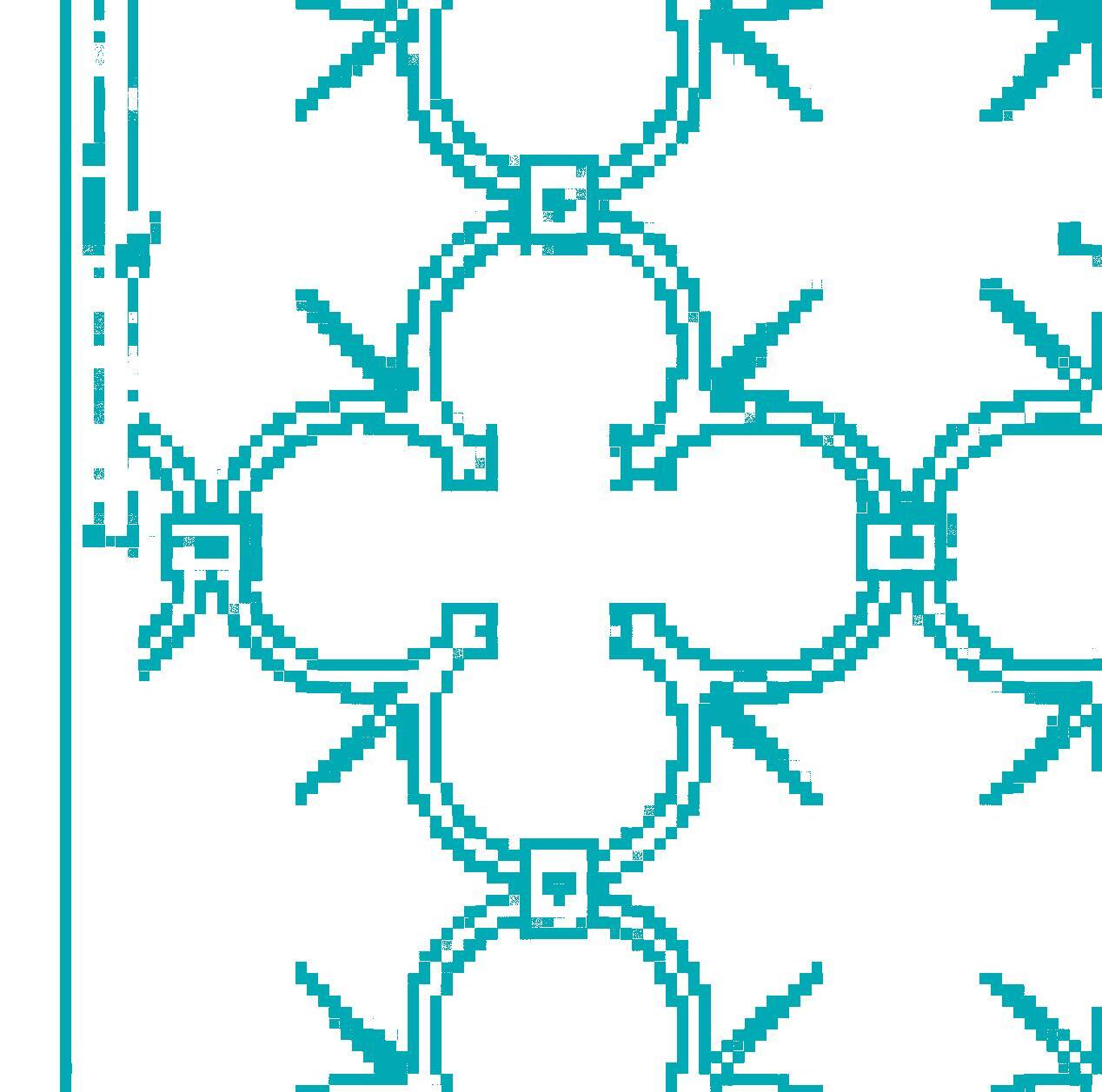
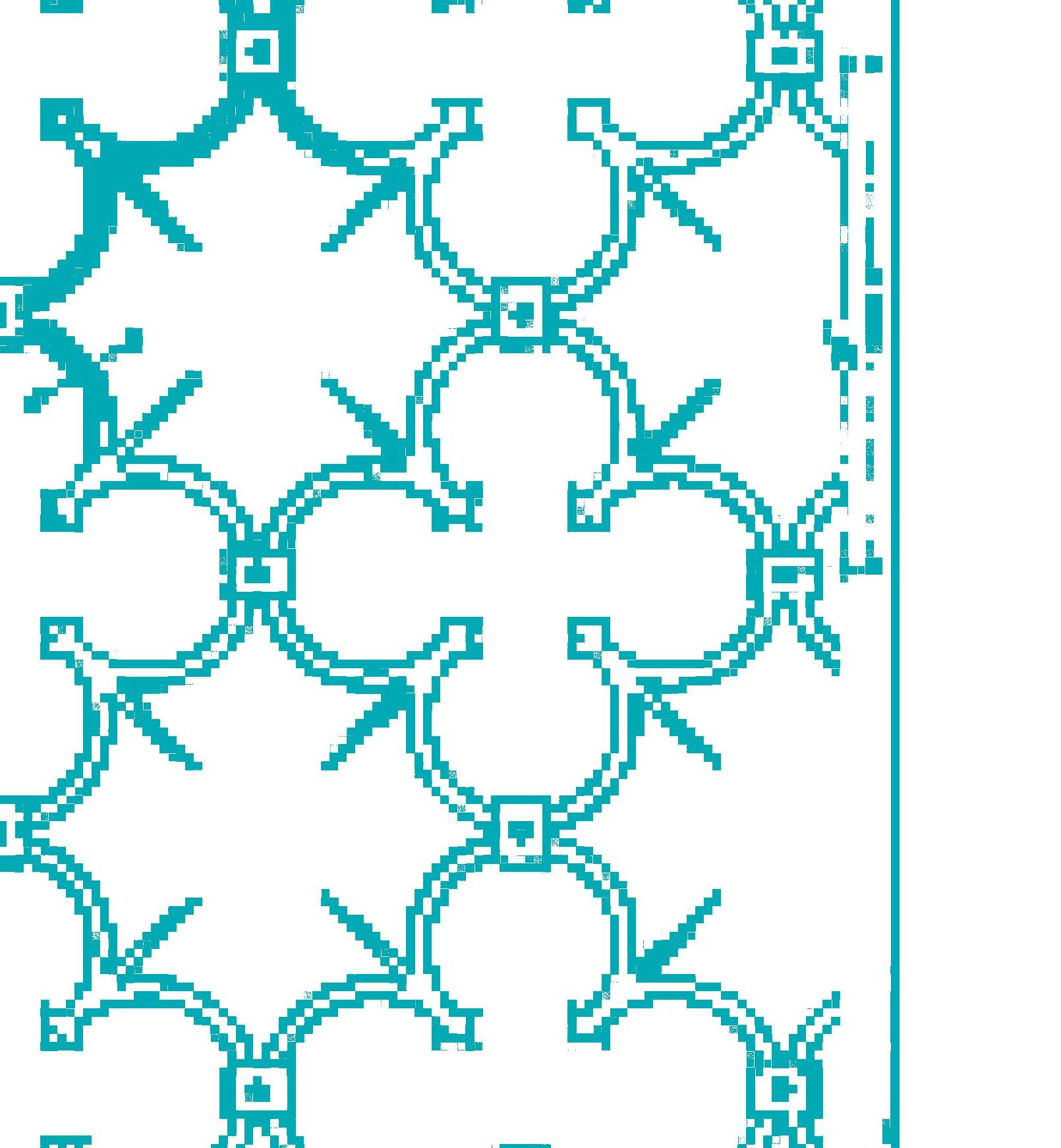
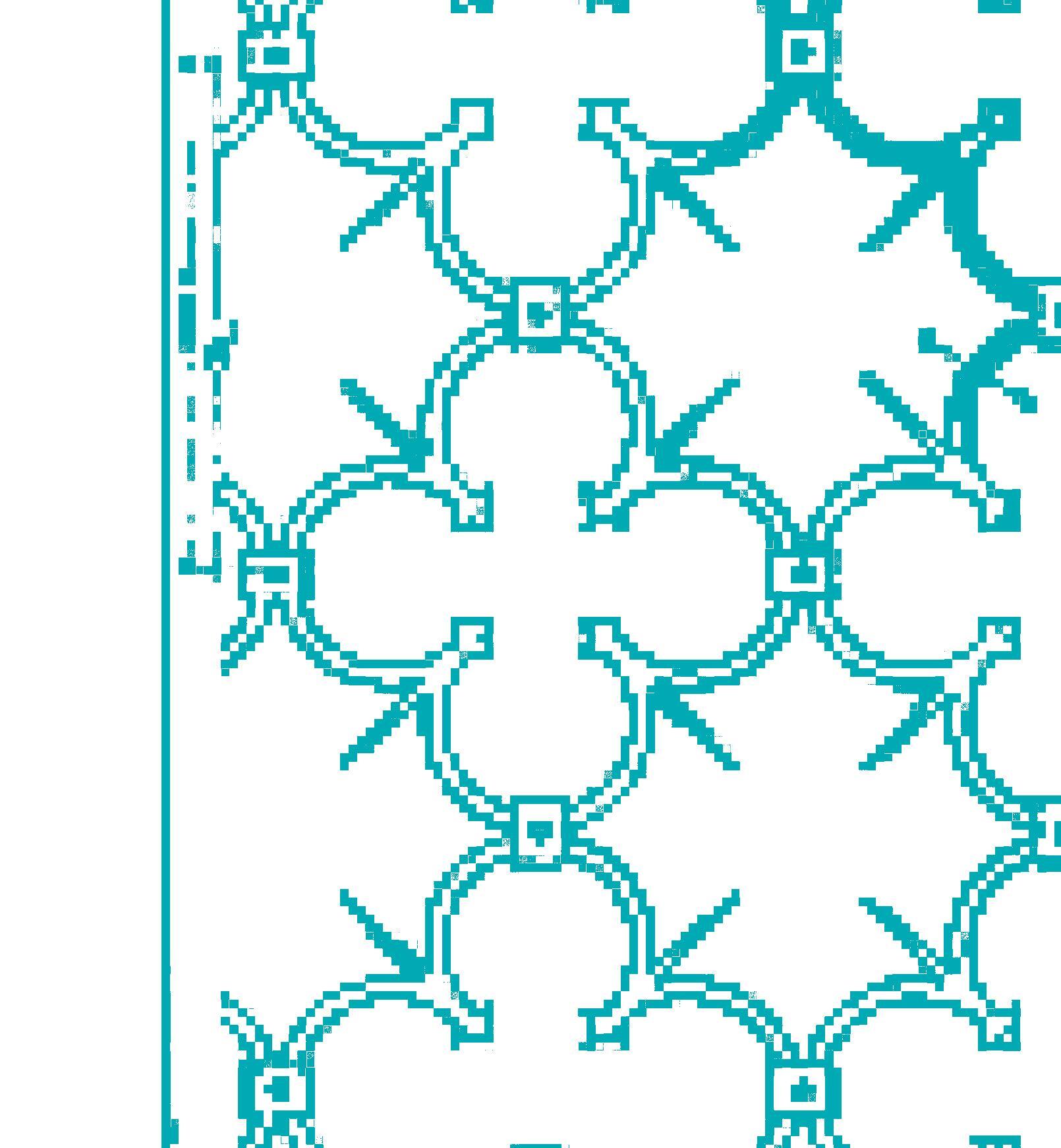

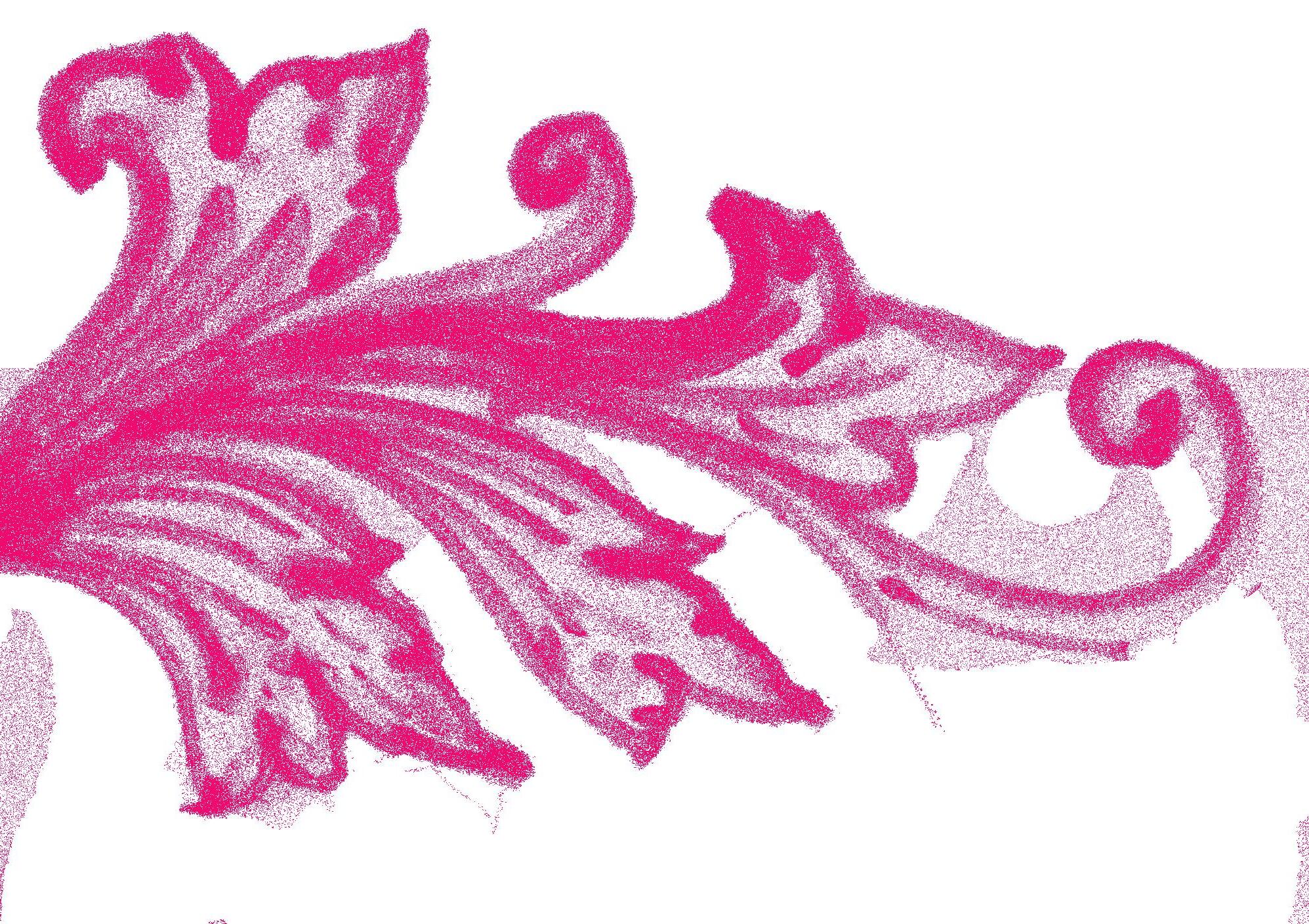
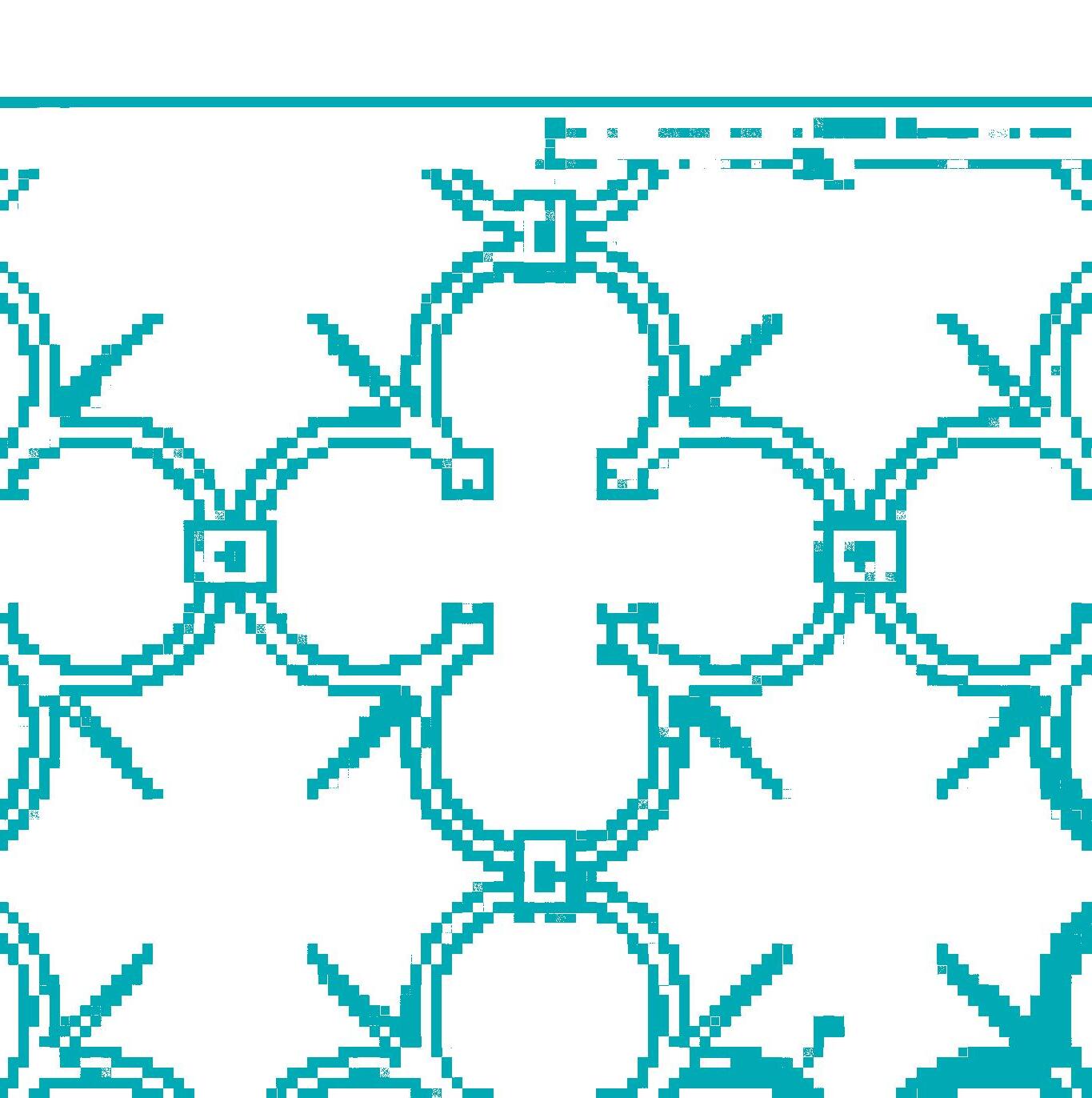
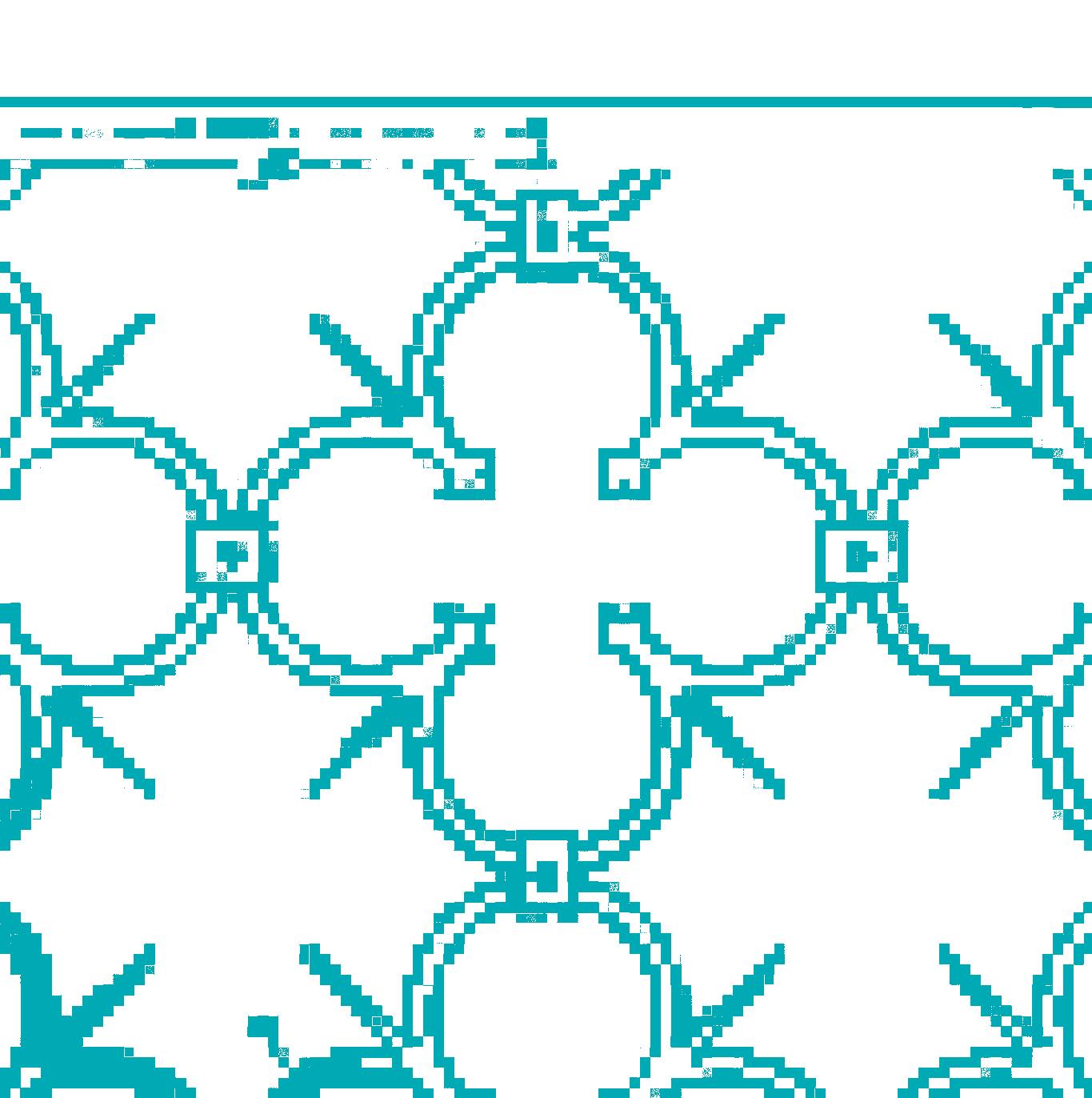




The Porta Saragozza is inscribed with both the story of gay political activism and Bolognese Catholicism. As a Catholic site, its occupation in 1982 by the Circolo was a rebellious act. As a gay site, the way the Porta’s history is remembered and memorialised in the present determines its relationship to Bolognese homosexuality.
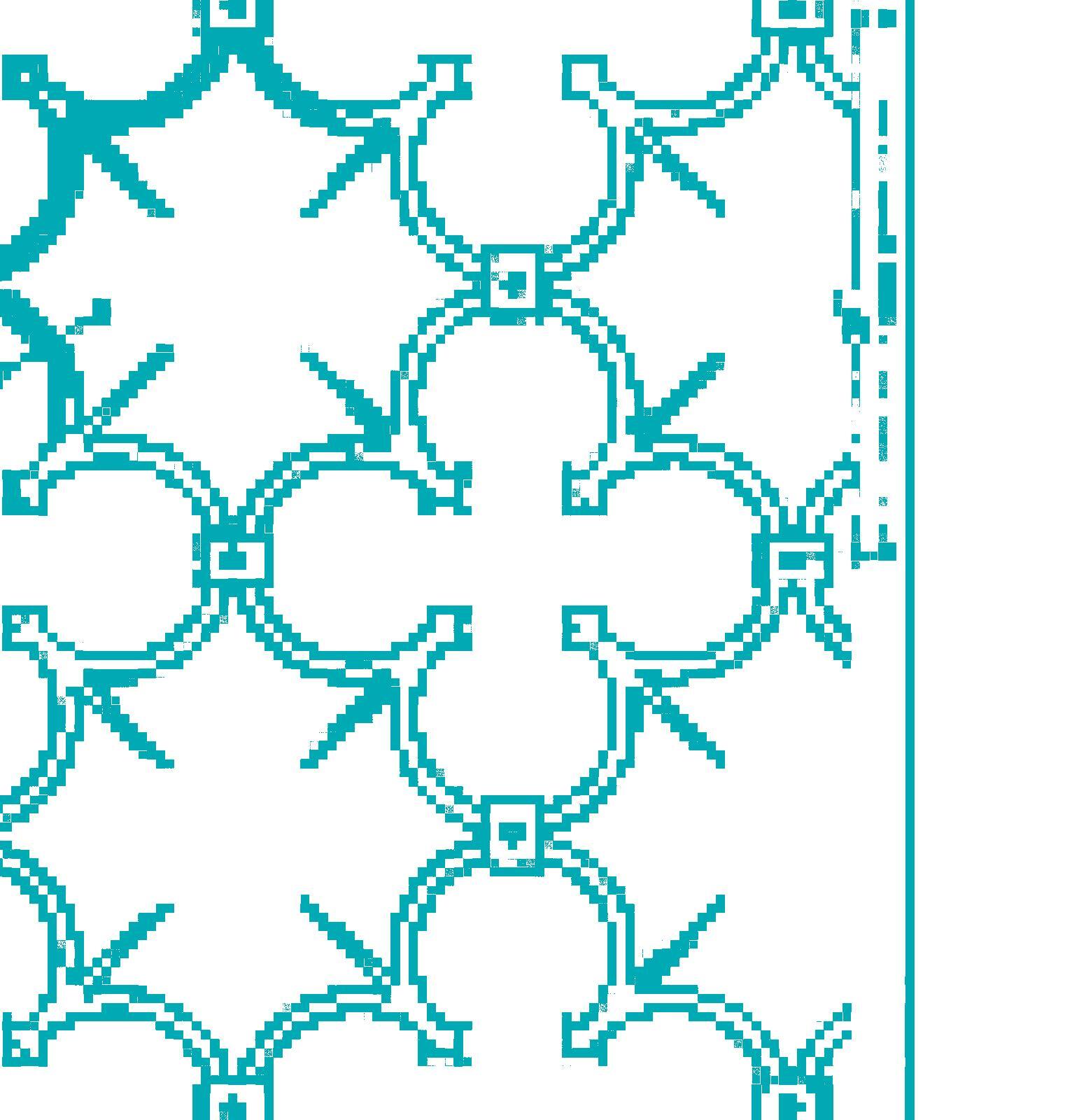
The next day, I had History of Roman Art in Aula 4 at 32 Via Zamboni — one of the subjects I get to take here that aren’t offered at UTS. Via Zamboni is the main street that houses the University of Bologna, the oldest university in the world. Along the street are baroque palazzi, built in a more economically stable period of Italian history, spray painted with ‘Palestina Libera’ and ‘no future’. In Bologna, things that feel so contemporary, and that are such expressions of youth culture, are found alongside spaces of such history. In front of the Bologna Opera House on Zamboni is Piazza Giuseppe Verdi, which is filled seemingly 24/7 with the plastic tables and chairs of Bar Freud.



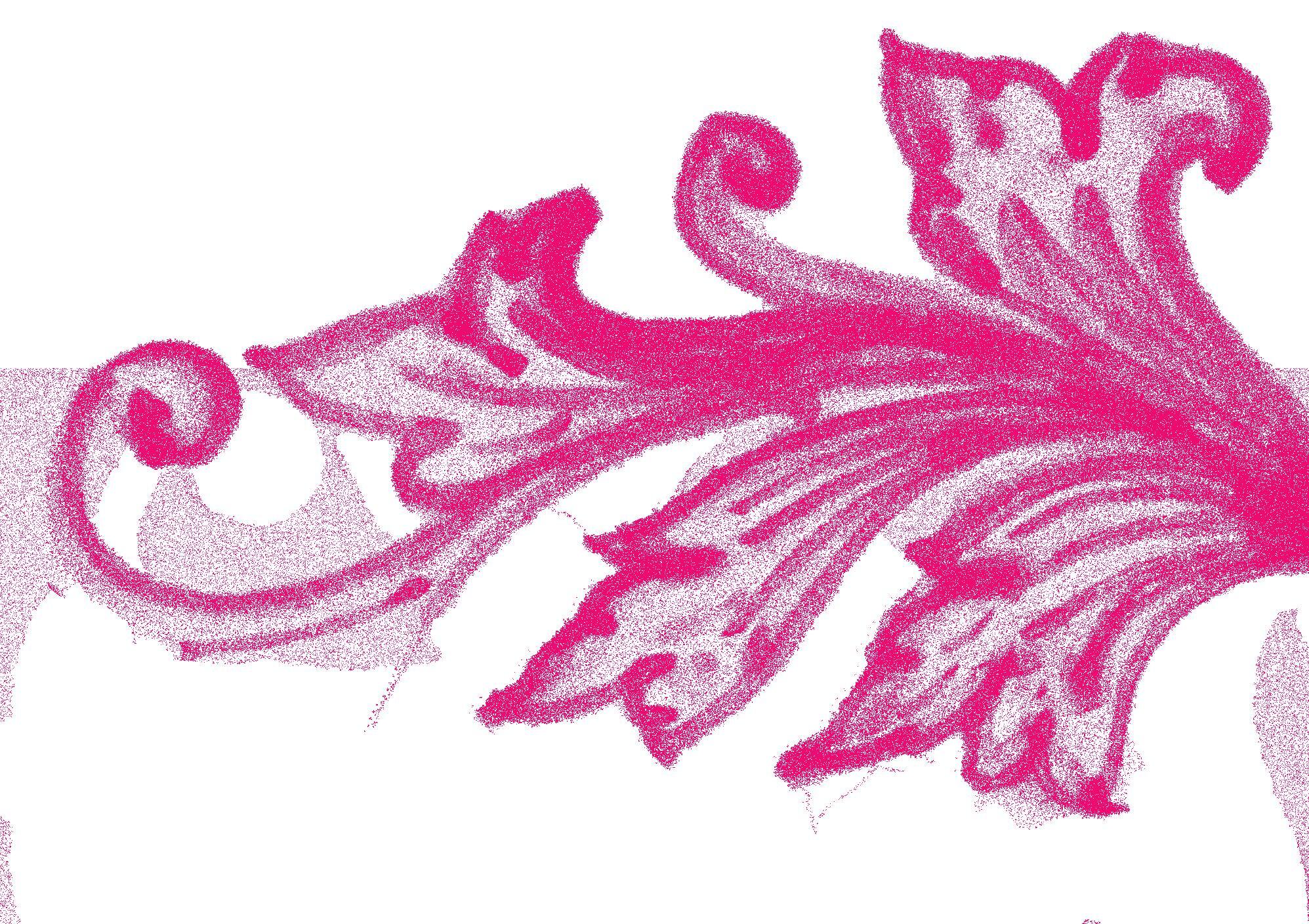

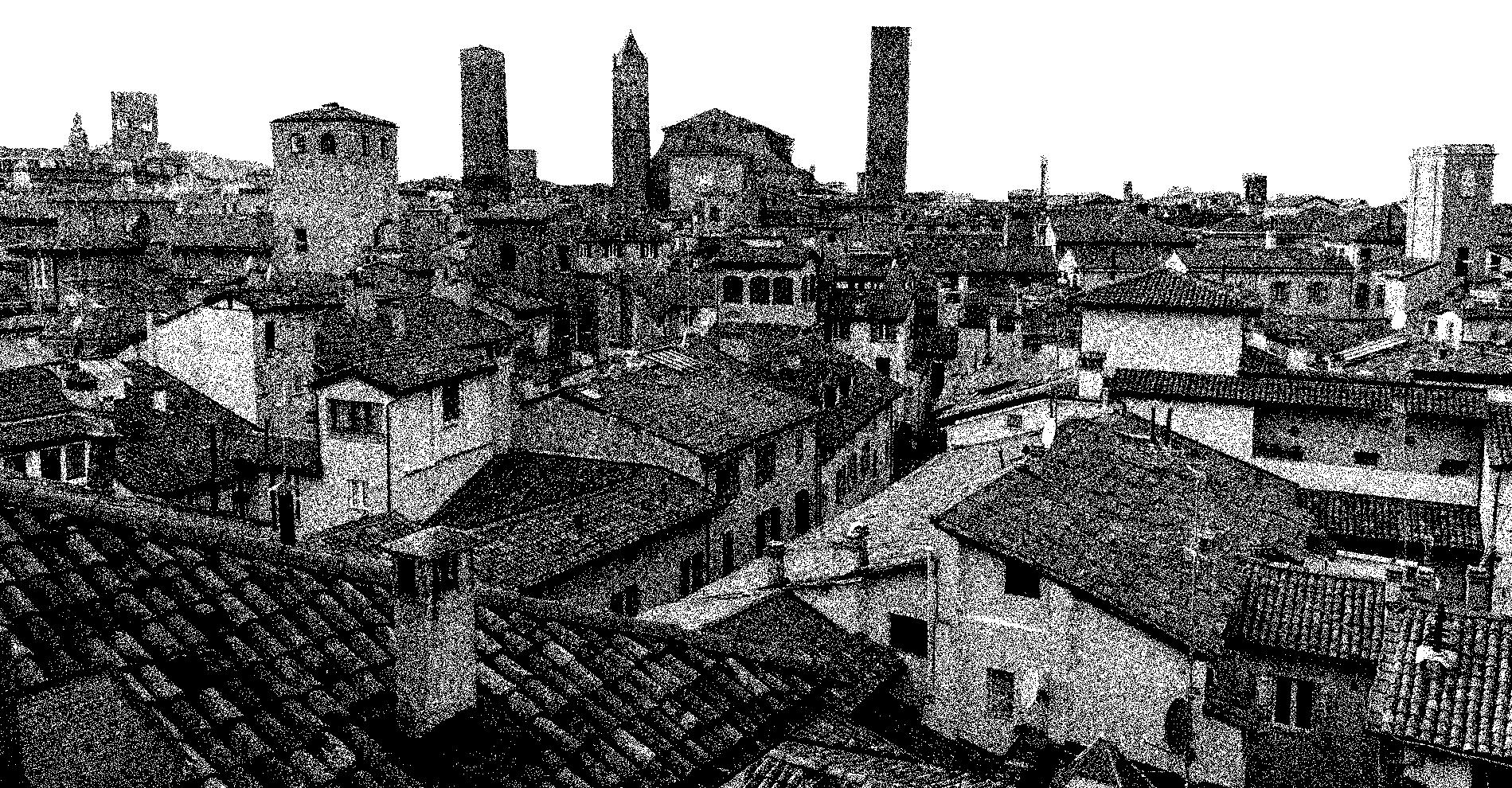



During aperitivo hour and into the night (almost every night of the week) the tables are filled with students having beers and 15 euro Aperol spritz jugs with potato chips after class. Further up Zamboni is the Irish pub, which is filled with exchange students on Tuesday for Tandem Nights, organised by the Bologna exchange students network.
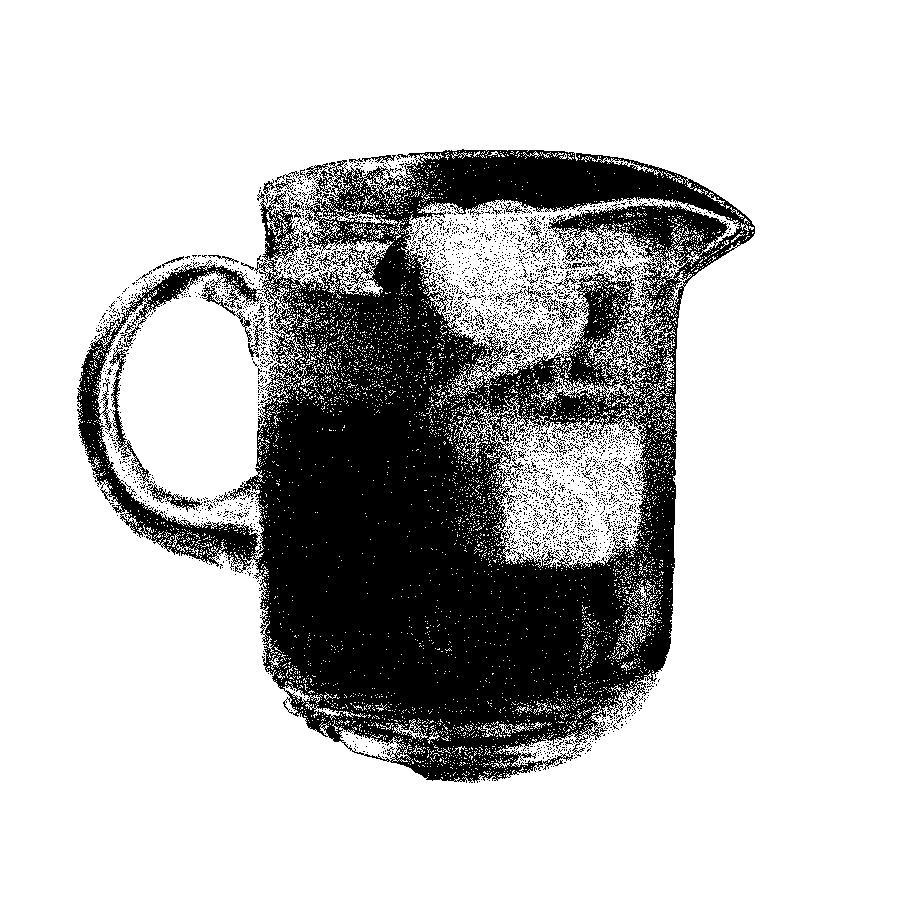

The Bolognese portici started to appear in the 13th Century and were built to house the great increase of students in the city studying at UniBo. Almost every portico in Bologna is covered with writing, especially in the University Quarter, where students write messages and poems and sayings in pen on the walls.

Bologna is a city for students. Student life is built into the urban land-scape and culture of the city itself However, you’ll never find students climbing the medieval Asinelli tower or diagonally crossing the central Piazza Maggiore, because according to popular folklore doing so will curse you to never graduate. In the historic centre and into the mid-century western quarter almost every footpath is covered by a portico.
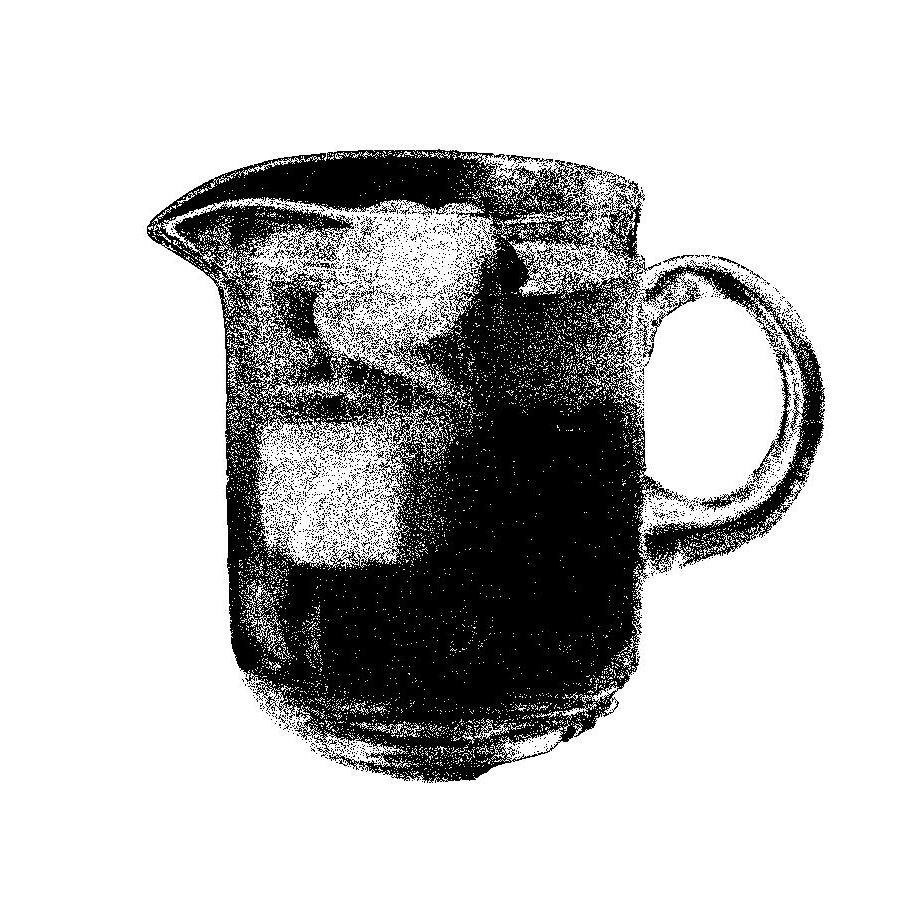

One I recall, near Làbas, read:
‘QUI
HO LASCIATO
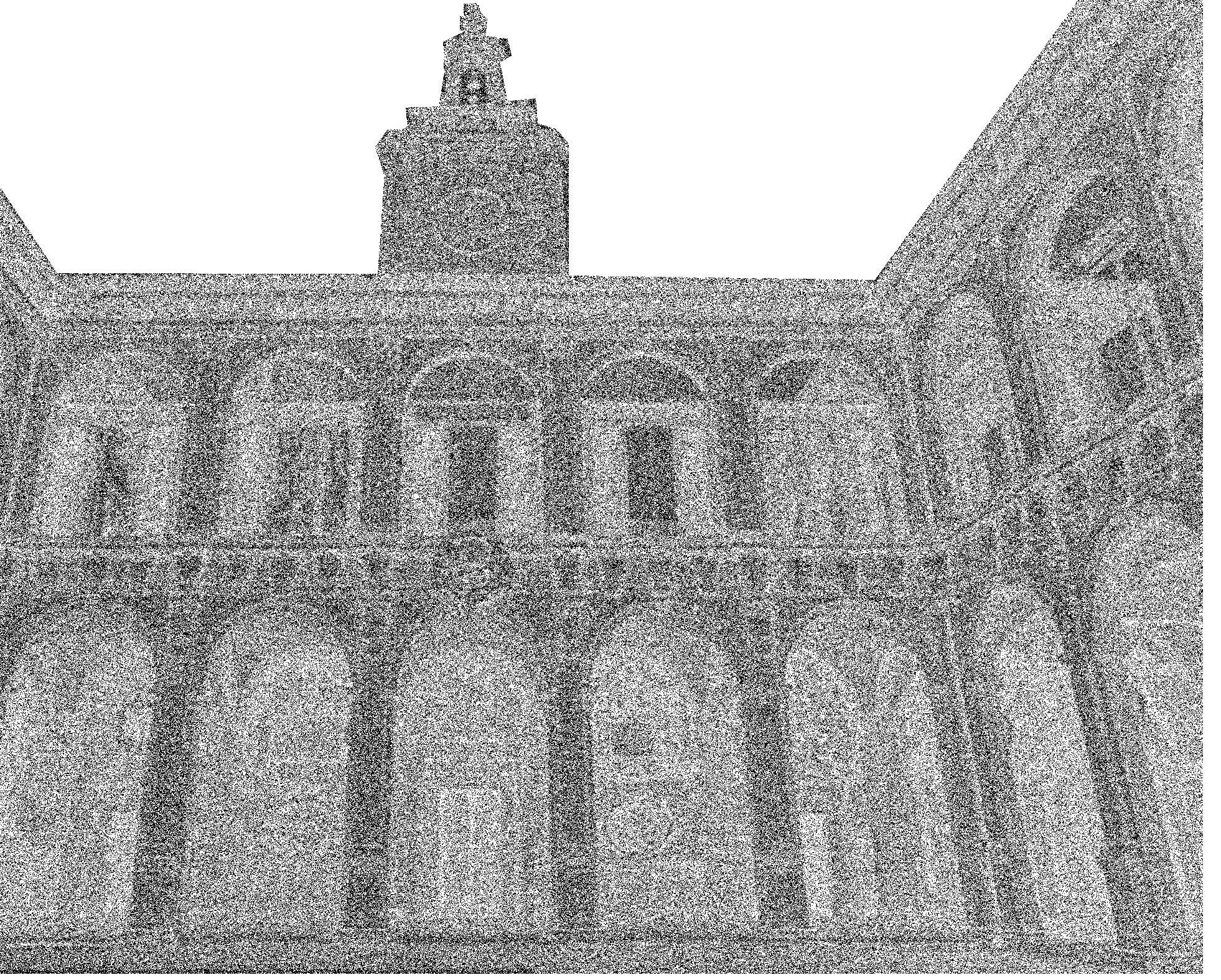
‘BOLO
Another read:
LA MIA ANIMA, E QUI ODIO / POI TI AMO / LA RITROVO SEMPRE’ .
Here I left my soul, and here I
Bolo[gna] I love you / then I hateyou/ I always come back to findit . then I love you / I run away / then Ireturn
TI AMO / POI TI
SCAPPO / POI RITORNO’ .




‘PRIMA
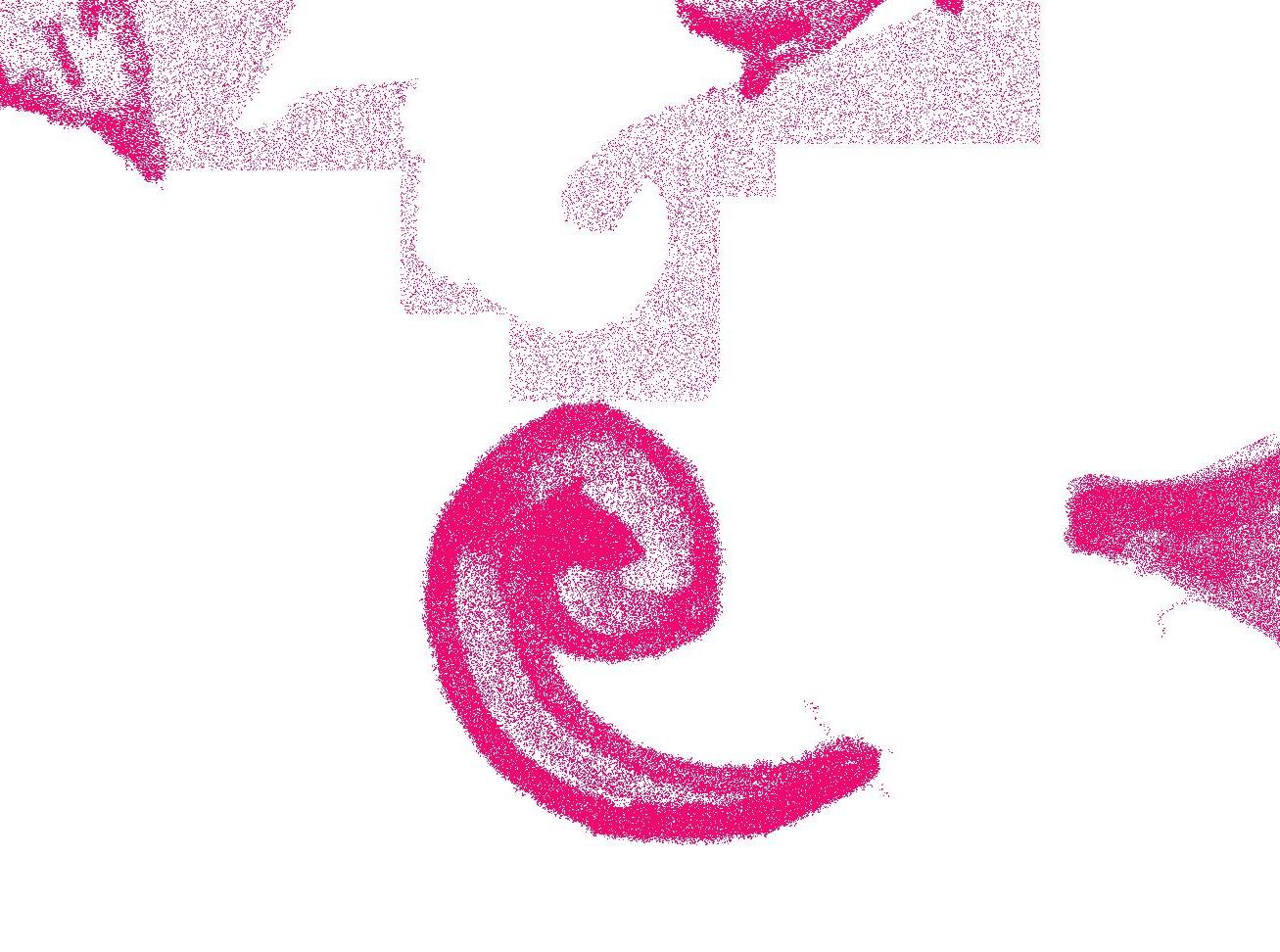
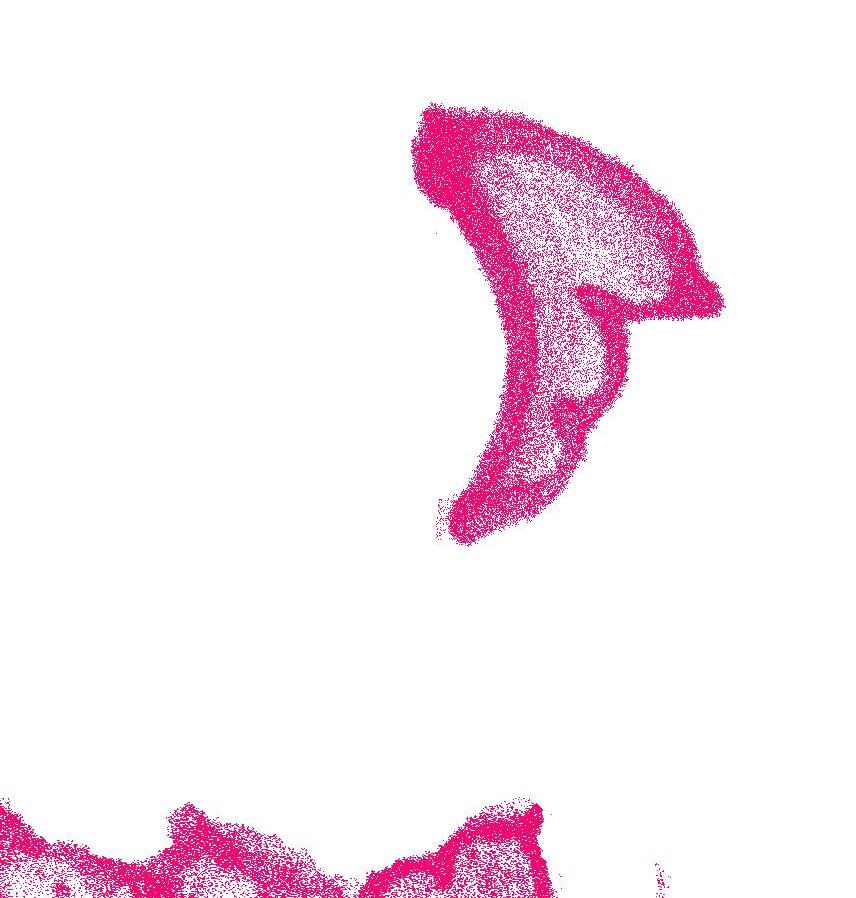

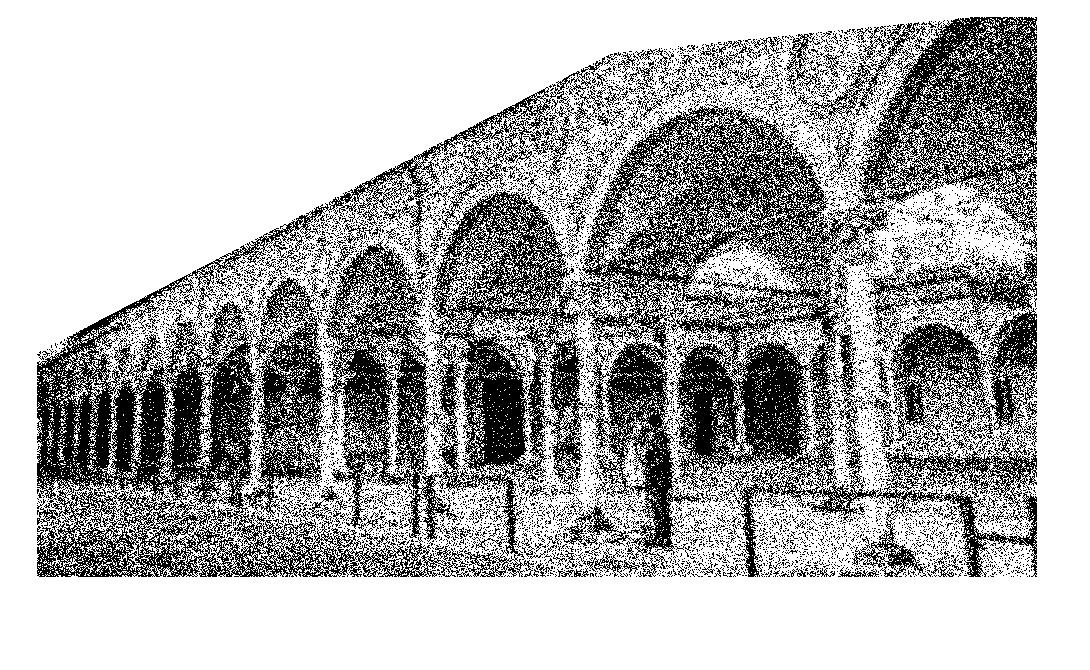
for the festa della Liberazione on the 25th of April, celebrating the end of the Nazi occupation of Italy and remembering the partisans (guerilla fighters who fought against the occupiers). On a red banner with a hammer and sickle draped from a window on Pratello was written:

BANDITI, POI PARTIGIANI, OGGI RESISTENTI!’.
First bandits, then partisans, today resistors!
Being a student in Bolo means being politically engaged. Not in the eye-roll SAlt sense, rather, the things these students are fighting against feel so real when we think about the fact that Meloni is Italy’s most right wing Prime Minister since Mussolini. Pratello, on 25 Aprile is filled with such energy rejecting absolutely the Fascist past of Italy you forget that Mussolini’s tomb, and the town he grew up in, is only an hour’s drive away.
Bolo feels like a city with that peculiar European quality of being both dirty and beautiful. The city is covered in graffiti, full of questionable smells and overgrown patches of grass, while at the same time filled with grand boulevards and medieval cathedrals. In this sense it embodies the student experience, that of being part of an intellectual tradition while at the same time railing absolutely against the conservative. The Italian word studentesco embodies this, as an adjective meaning student-esque, or student vibe kind of thing. Though, maybe it would feel a bit more contemporary if they played Hips Don’t Lie at the club a bit less.



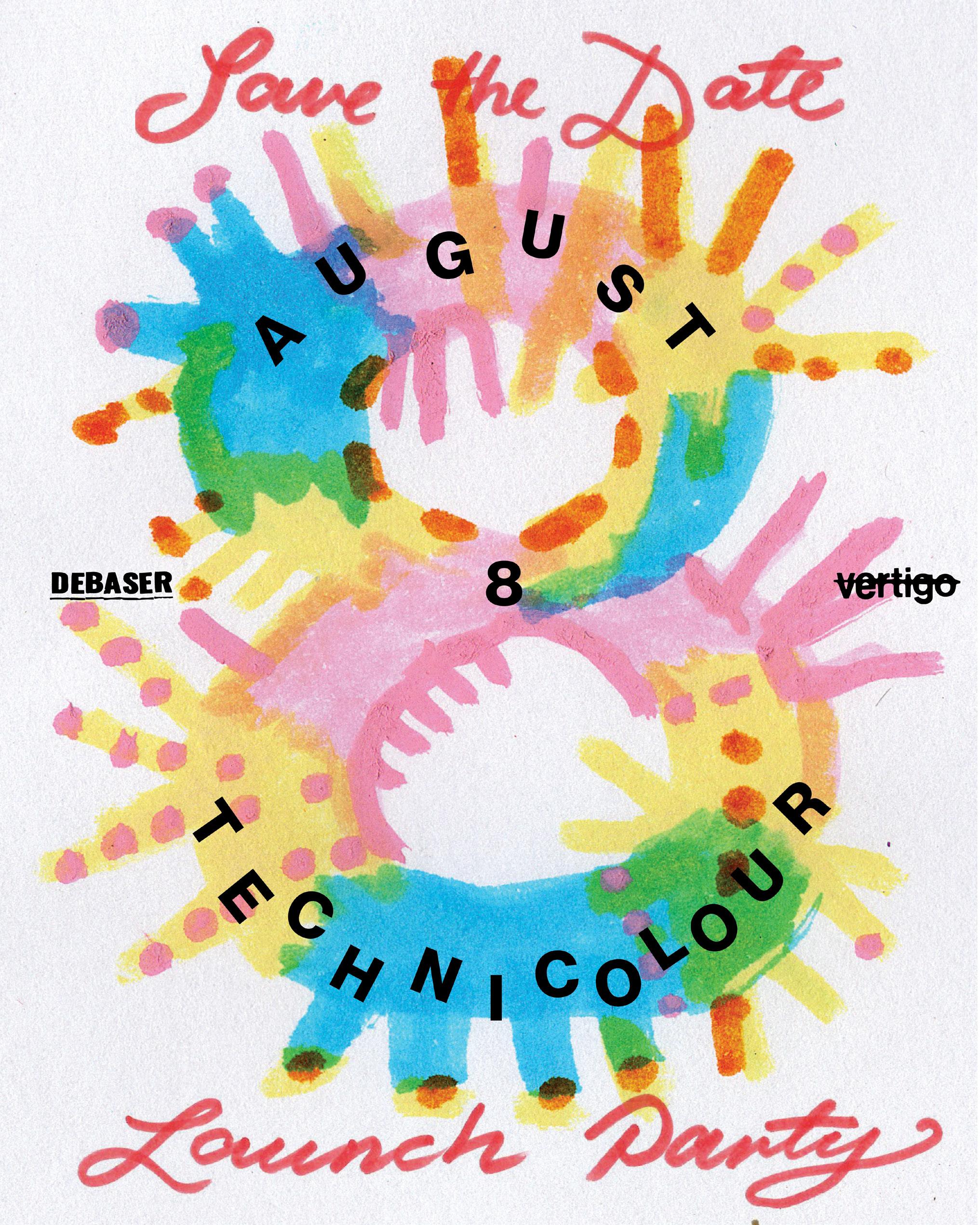
Artwork by Arkie Thomas @aaarkiive
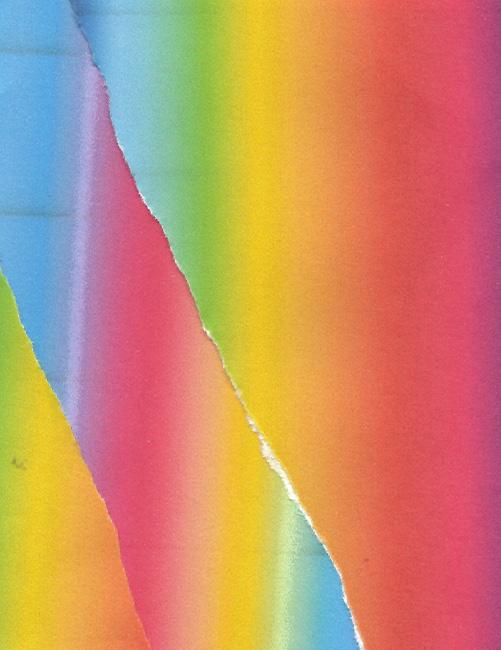
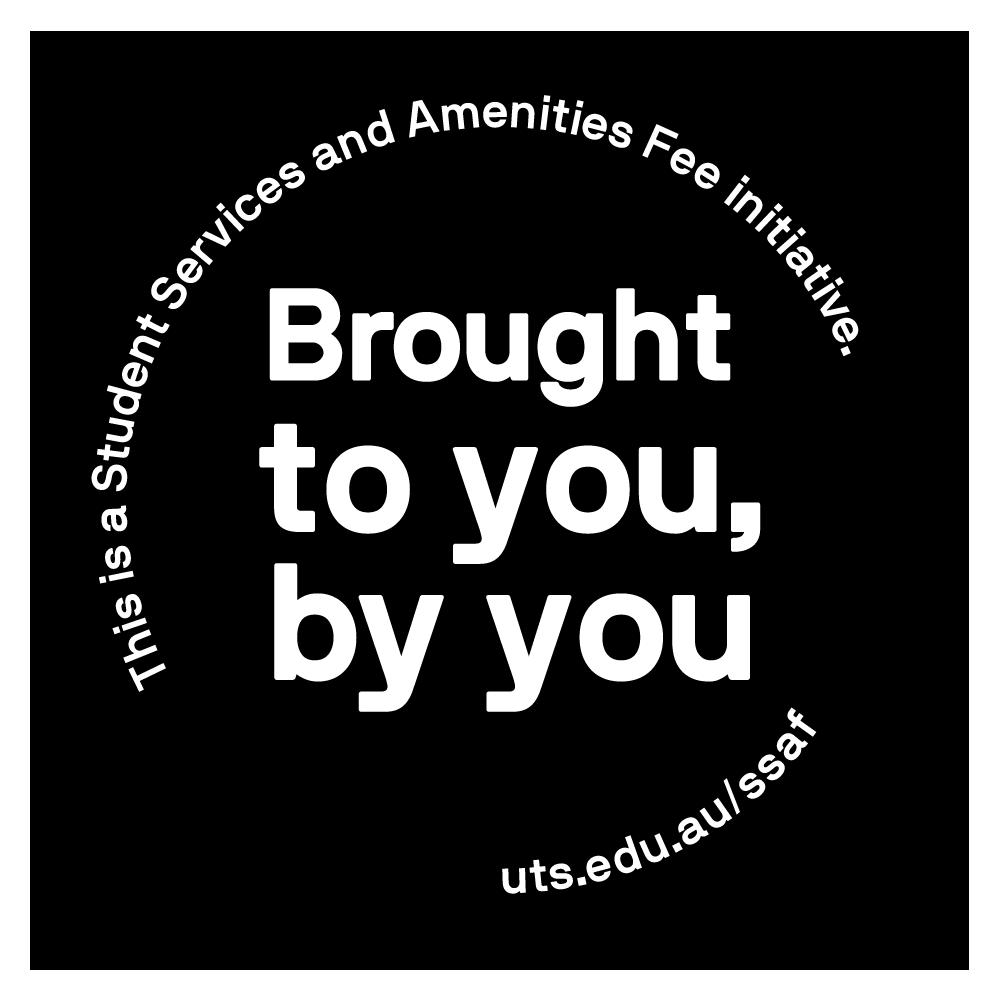

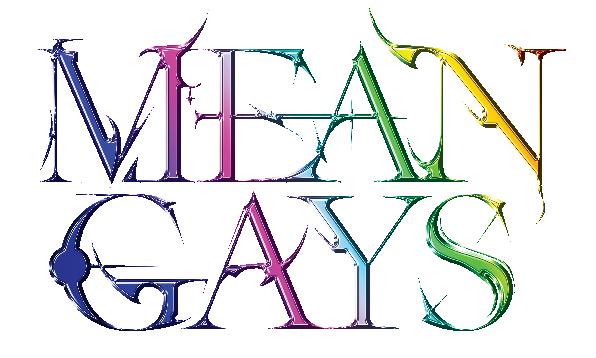
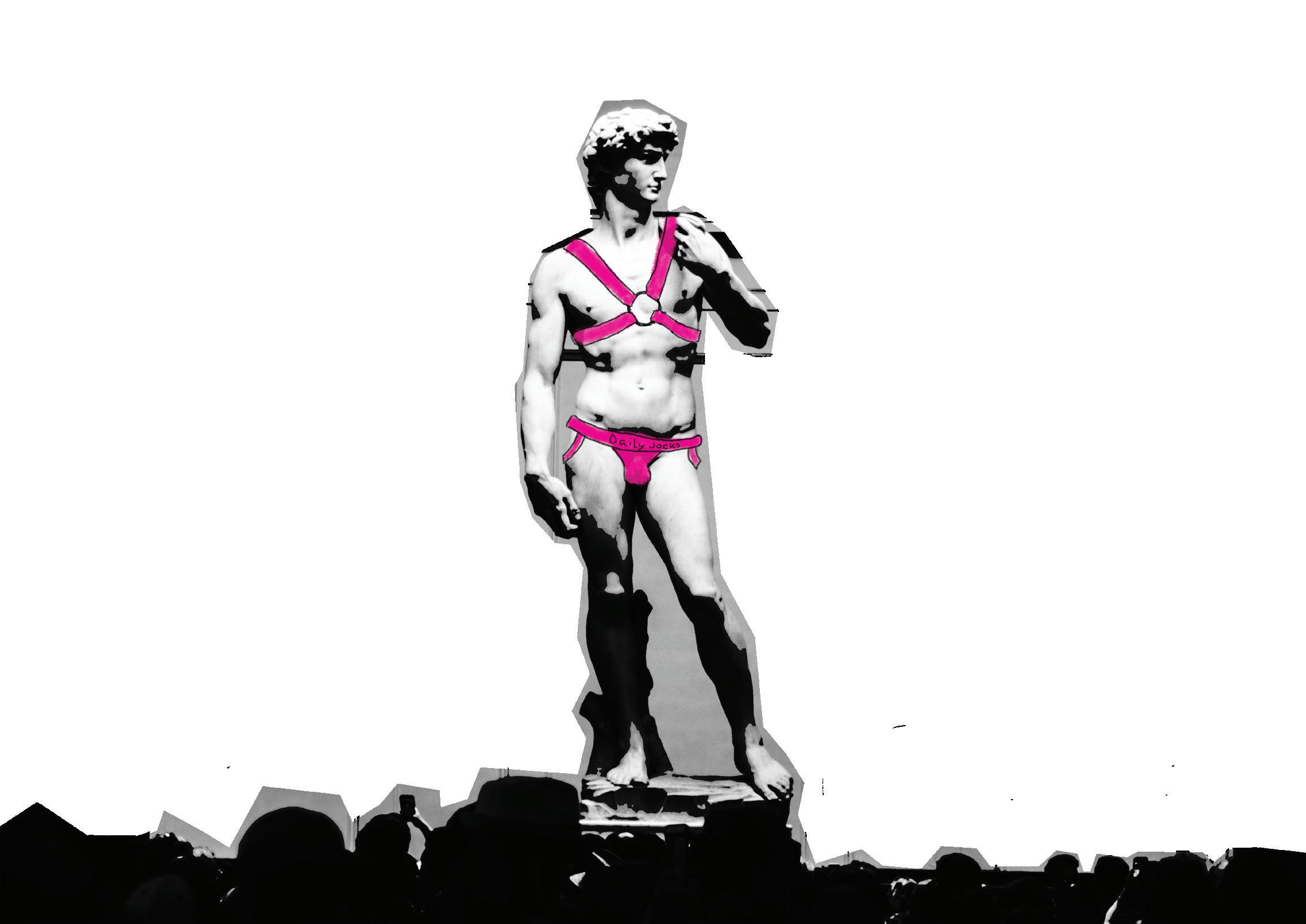
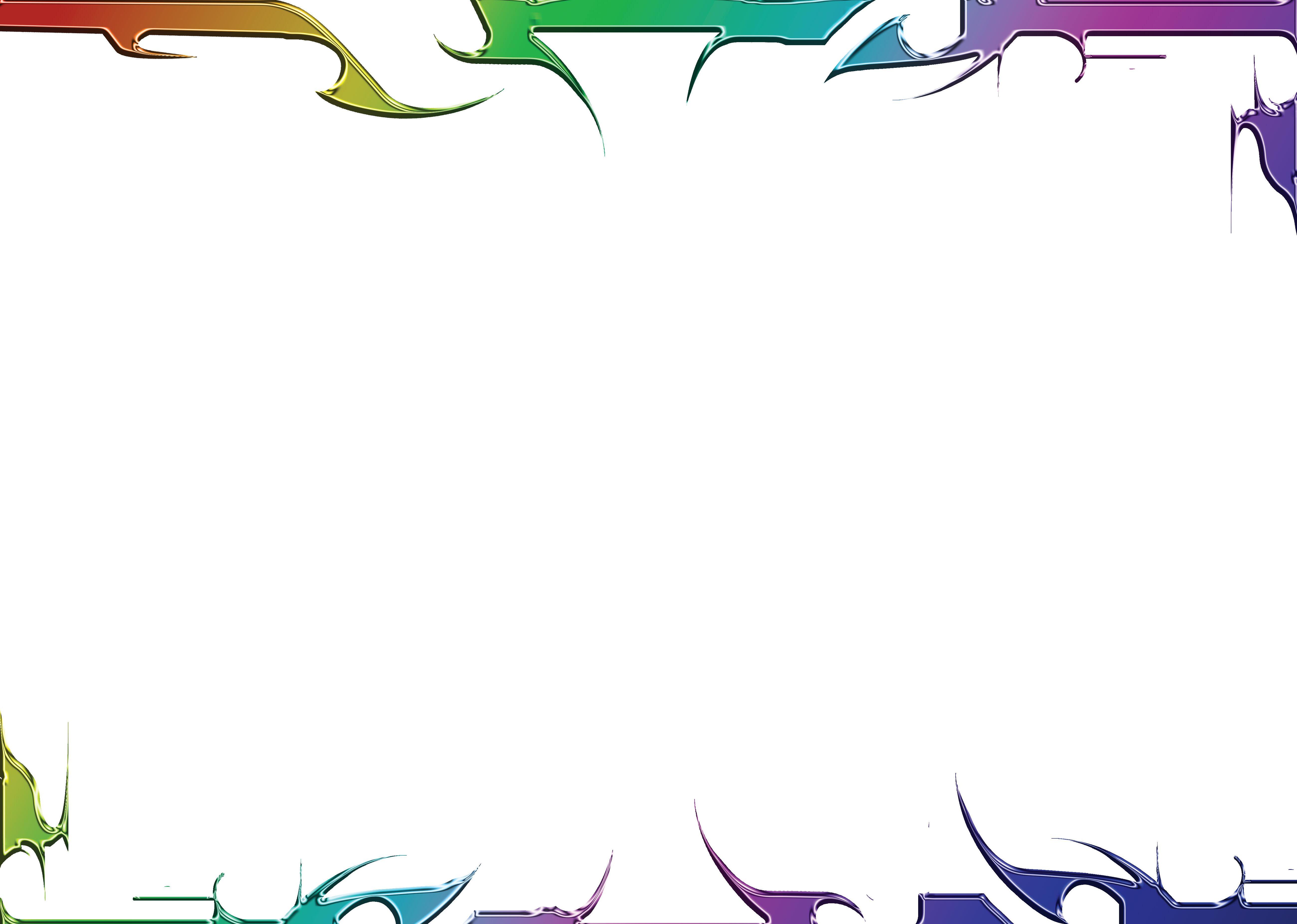
“Today’s Mean Gay thrives— perhaps as he always has— o his white privilege, thinness, and misogyny.”
The cruelty of the Mean Gay manifests, not just through bitchy put-downs, but more insidiously through his domination of mainstream queer spaces, where he often sidelines and silences those within the community who hold intersecting marginalised identities.
It’s a troubling paradox—half of Australia’s queer high school students report verbal abuse at school, not to mention less overt forms of social ostracism: exclusion from ‘the Boys’ while simultaneously not being fully accepted as one of ‘the Girls’, the denial of teen romance, and the often traumatising ordeal of coming out (Hill et al. 2021). Why, then, would those presumably familiar with the sting of isolation so readily cast others into that same abyss?
I theorise that, having existed near the bottom of the food chain within the clearly defined hierarchy of a school’s student body, the Mean Gay finds a new habitat amongst the queer community upon graduation. Here, their gayness is the standard. This community is not impenetrable to the cis-hetero-normative, white supremacist indoctrination that all Western queer people have been socialised into. Within this context, the Mean Gay’s thinness, whiteness, and cis maleness place him at the top of the food chain, earning him reverence amongst his Mean Gay peers.
To be at the top is an unfamiliar sensation. One that carries with it an incessant need to assert itself. Sapphic women, fat queers, people of colour; everyone else becomes
a part of a group ‘below’ the Mean Gay. As the Mean Gay was previously always the victim, there never existed a group for them to victimise.
Now, that group does exist: the (non-white, non-male, non-thin) rest of the queer community. A sense of power or control— even at the cost of another’s humanity—is irresistible to the popular human condition, especially to that of the Mean Gay.
And the Mean Gay maintains his position as the apex predator of queerness.
But, how? Socially—and forgive me for drawing upon anecdotal experience here—this will be achieved through the invalidation of any expression of queerness that differs from their own, because what other expression could there be? Their personal queerness has been heavily vetted by mainstream society and all its biases. With this backing, the Mean Gay will make jokes about himself with a self-deprecating tone. An assertion about his size will be made; he will be a ‘whale,’ ‘bloated’ from the colossal salad that he just ate. His tongue-in-cheek defiance of social performance will be laughed at as ‘ghetto,’ and his unnecessary defensiveness will be dismissed as his ‘bitchiness’. The punchlines of this comedic performance are, of course, fat people, people of colour, and women.
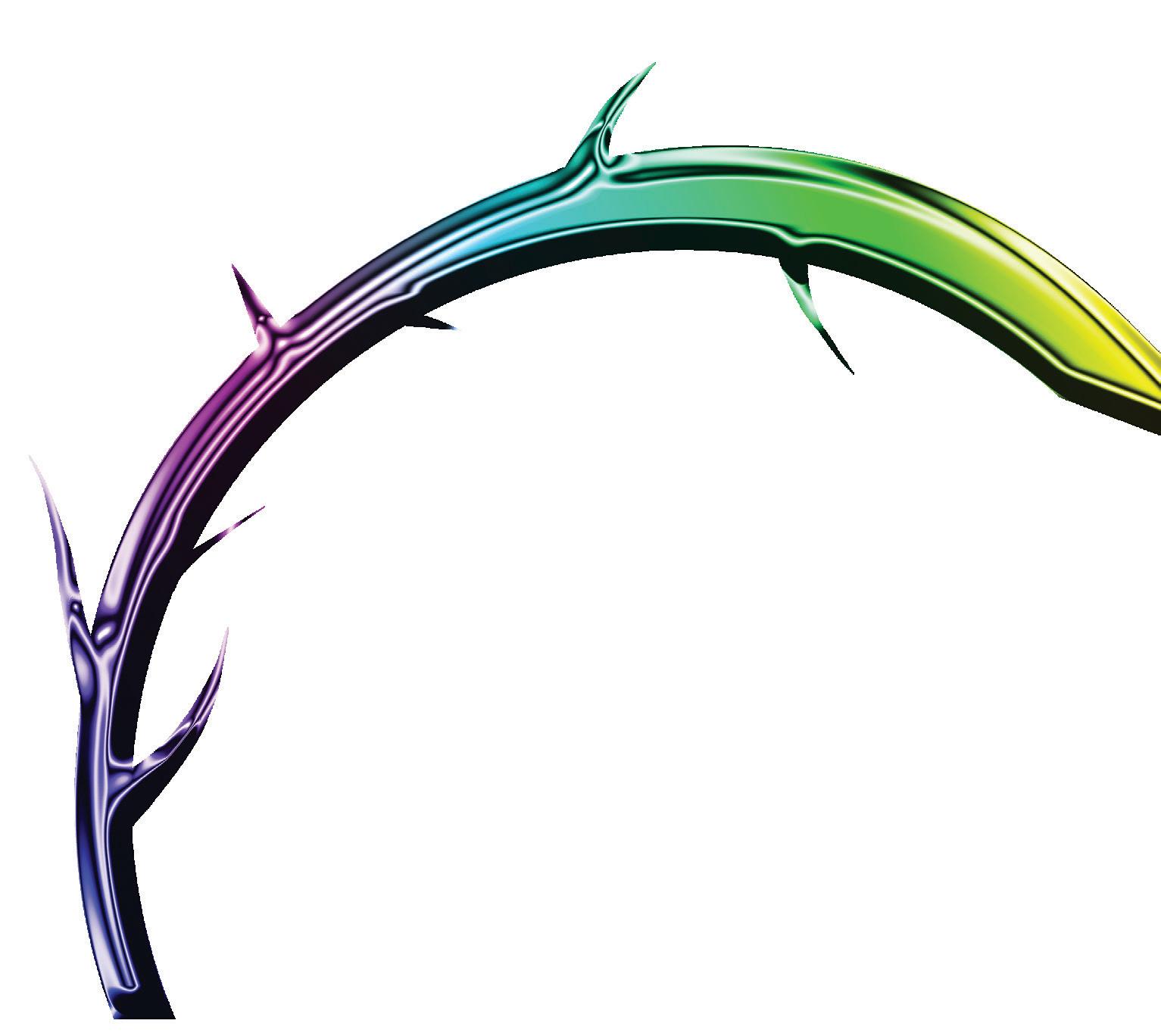

The majority of the queer community aren’t Mean Gays, though. They can, surely, overcome the cultural rot inflicted by the gay white man. Right? Well, whatever version of the queer community you, my beloved reader, can conceptualise, is not one that can be meaningfully separated from our capitalist society. (Goddamn, we truly live in a society.) I’m not sure if you’ve heard, but this whole colonial capitalist thing tends to favour the cis white man (Everyone et al., forever).
Oxford Street on the weekend, KPMG internship in the week: the annoying thing about these Mean Gays is that they tend to evolve from Demon Twink to club promoter.
When these men, who have spent the prime of their young adulthood isolating the very demographics who fought for their rights, mature into the ‘acceptable’ gay mould sculpted for them in the 90s, they invest their marital wealth into gay nightlife. Now, I’m aware—
“Oxford Street on the weekend, KPMG internship in the week: the annoying thing about these Mean Gays is that they tend to evolve from Demon Twink to club promoter.”
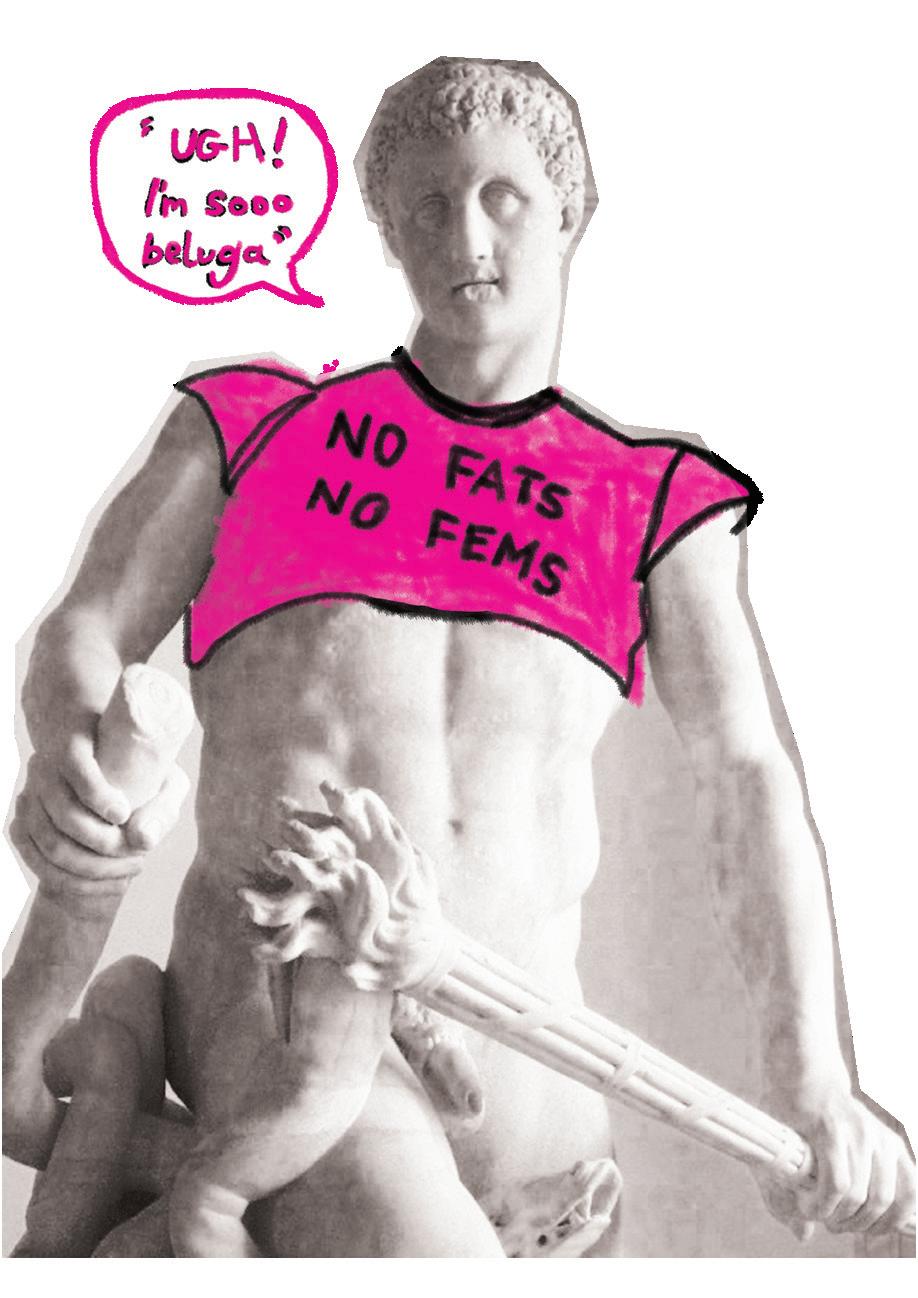
Sydney’s nightlife is well and truly dead.
But the gays love to party. Spend a night on Oxford Street, Sydney’s mainstream queer nightlife capital, and you will find it run—financially, socially, and spiritually—by cis white gay men. Despite the presence of the
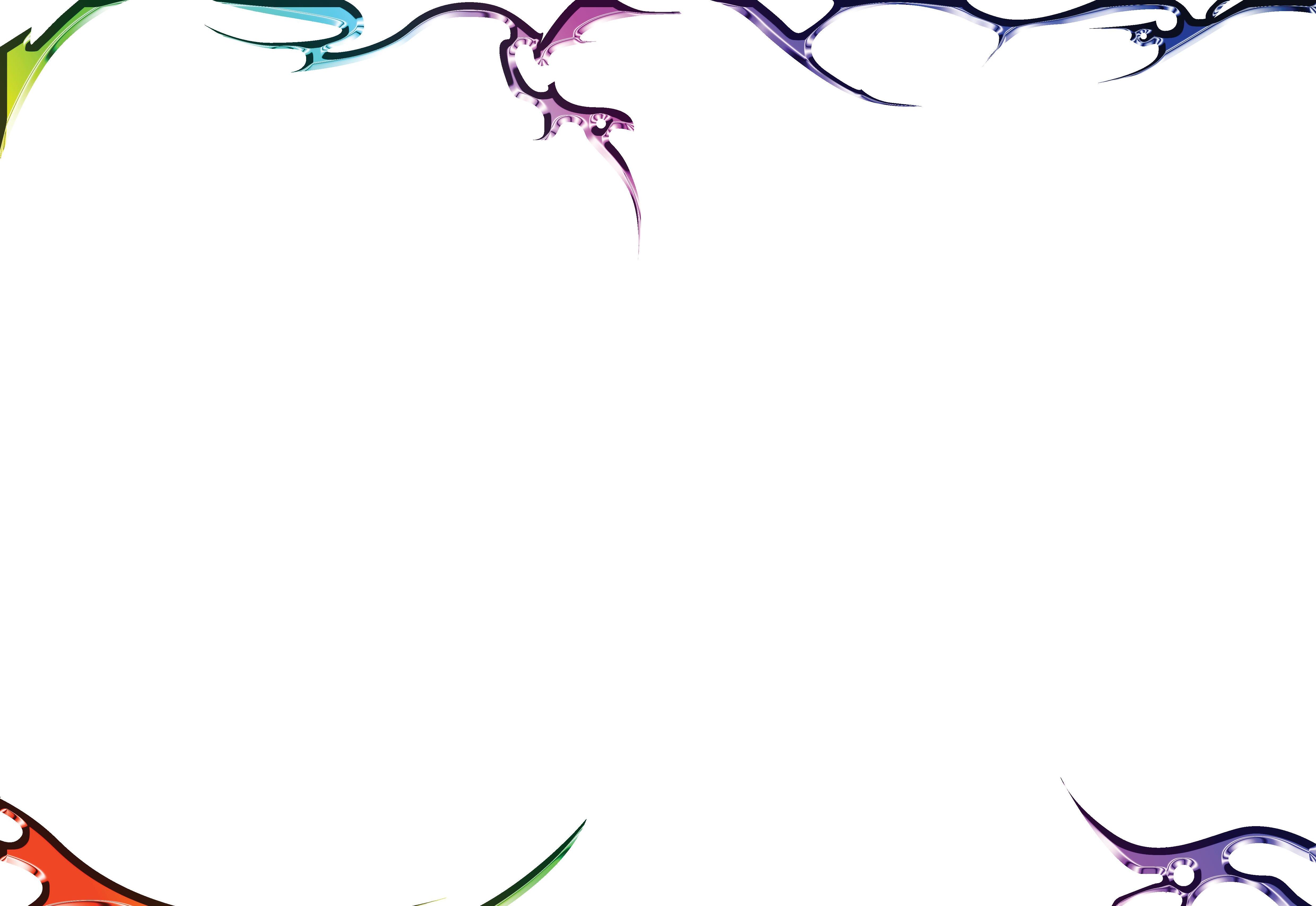
Oxford Hotel, Stonewall, Ching-aLings, and other bar-like venues, only one self-titled ‘Superclub’ remains on the strip: Universal, which posits itself as the pinnacle of Sydney’s queer clubbing, with its large capacity across 2 levels and 3 distinct areas. As a fresh 18-year-old, I used to frequent this club, finding myself adrift in a sea of shirtless, sweaty, fit, white bodies.
On this dancefloor, I often tore into Mean Gays who felt as though they could grope my women friends, weaponising their gayness as a deflection from accusations of misogynistic or predatory behaviour. I witnessed groups of Mean Gays bickering
“I don’t believe we share that common cause anymore.”
amongst themselves, offering me a glimpse into their future: all-white, all-fit, midlife pool parties. I, too, was fetishised— for my Blackness, my femininity, and my youth. It became clear that this was not a safe space for anyone outside of the mainstream white male queer norm. For those outside this sphere, alternatives were few and fleeting.
Dykadellic, a party event for queer women, trans, and non-binary people, hosted 17 irregularly occurring events between July 2023 and February 2025. Currently, Sydney’s only reliable bar environment for non-Mean Gays is Birdcage, an event for lesbian and queer people held every Wednesday at the Bank Hotel in Newtown. No shade to Birdcage, but it is common opinion that it’s shit, especially for those outside of a teenage babygay demographic. With a capacity of just 250, the event’s confinement to such a small space suggests it receives less funding than queer parties held in dedicated venues on weekends. It is not hard to imagine that this is because of the segregation between the Mean Gays and the rest of the community.
throwing their siblings under the bus, to secure a fragile, assimilative acceptance by straight society—an acceptance hard fought for by Black trans women. As the saying goes, ‘When education is not liberating, the dream of the oppressed is to become the oppressor.’
Or, maybe, I’m the Mean Gay. Perhaps this line of thinking only promotes further infighting, diverting us from the shared struggle against the white cis-het oppressor. But, I doubt it. I don’t believe we share that common cause anymore. The white faggot got his right to marry and decided to abandon the rest of the community. Their fight is over.
Ours is just beginning.
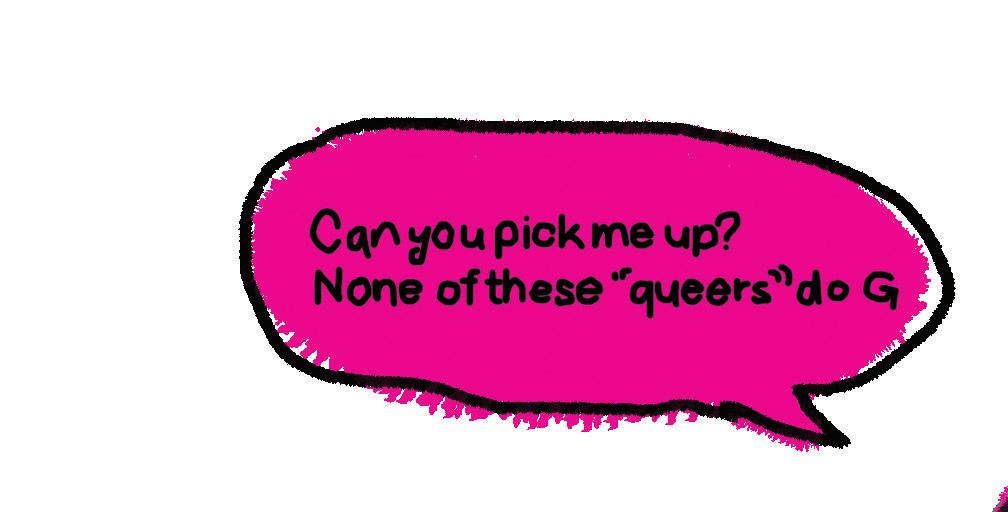
The nightclub has long stood as the heart of queer community: a space where people are free to express themselves between darkness and neon strobes. So, this physical segregation represents something much more sinister. The Mean Gays are refusing solidarity, promoting an ‘LGB’ movement which separates the gender diverse from the ‘mainstream’ queer community. The Mean Gays are
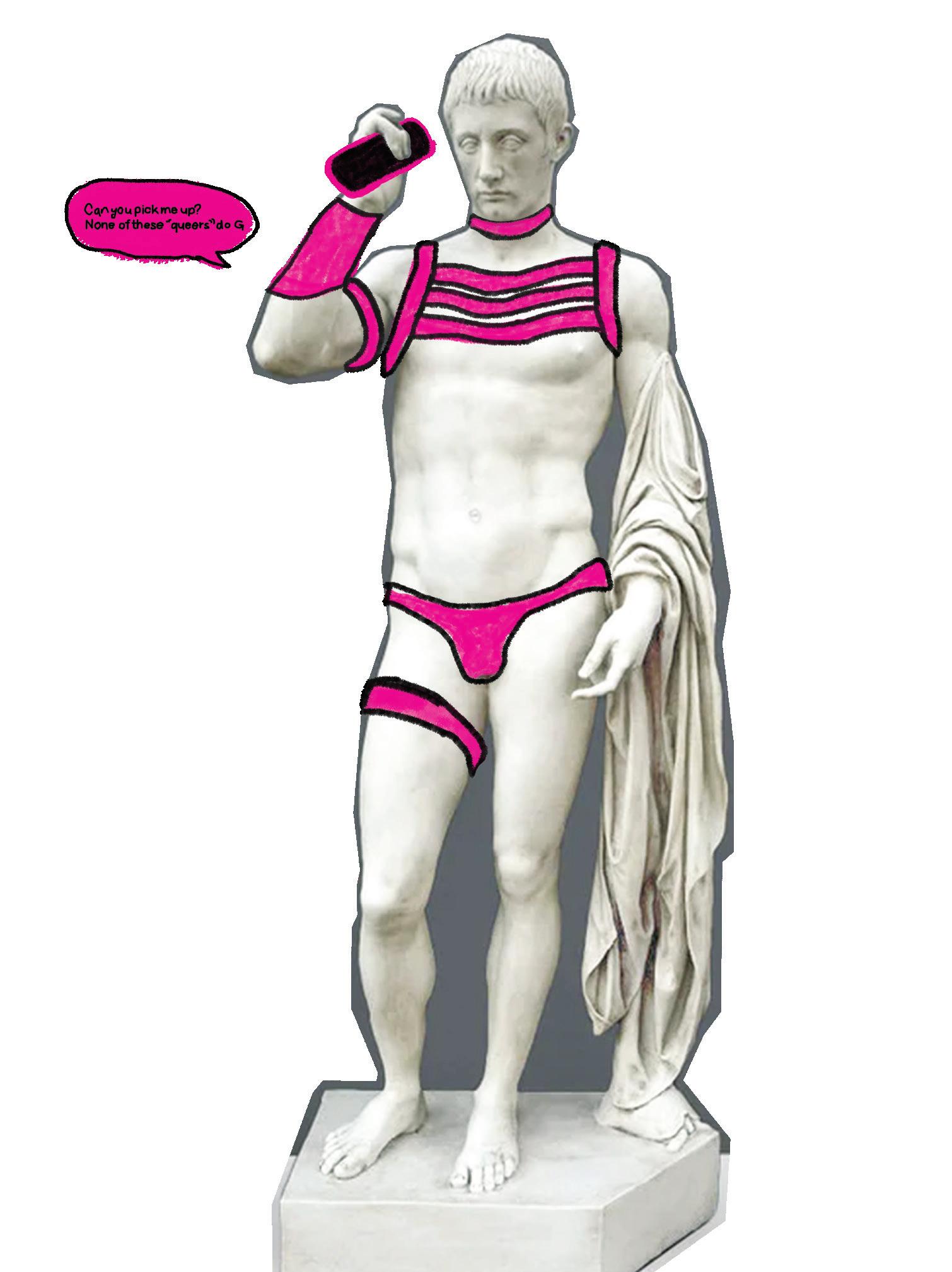

Words By Alysha Trotter (she/her)
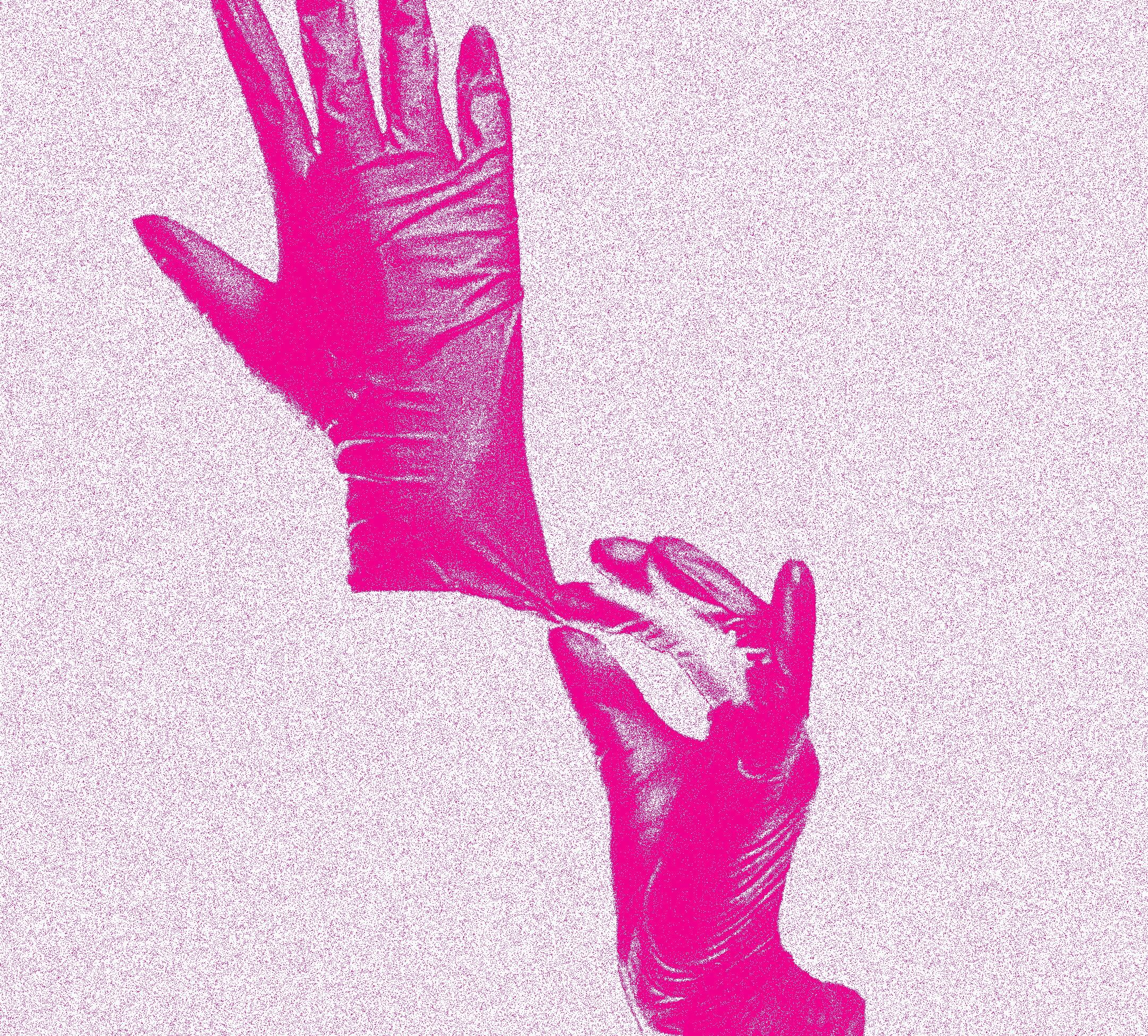
SYMBOLIC INCLUSION STRUCTURAL EXCLUSION +
ACROSS UTS CURRICULA LGBTQIA CONTENT DISPARITIES
At the University of Technology Sydney (UTS), efforts toward equity and inclusion are embedded in public facing policy documents and institutional values. However, a closer examination of course materials reveals a notable disparity in the presence of LGBTQIA+ content across disciplines. While communications and media degrees within the Faculty of Arts
and Social Sciences (FASS) often engage with LGBTQIA+ themes, other faculties, particularly in health, science, and engineering, tend to offer limited or incidental engagement with such content. As a queer student, in a space where diversity and nuance is key, the disparaging lack of engagement with LGBTQIA+ content across UTS syllabi is overly concerning.
In communications courses, students often engage with topics such as gender, sexuality, and identity politics through theoretical and media focused frameworks. These subjects are typically explored within broader contexts of power, representation, and cultural critique.
LGBTQIA+ perspectives are not treated as isolated topics but as essential to understanding sociopolitical dynamics and the construction of public discourse. Students are encouraged to critically examine how media institutions have historically reinforced or resisted heteronormative
ideologies, and how cultural production intersects with queer visibility and activism. Importantly, these courses often create open forums where queer students can lead nuanced discussions that advocate for the recognition and inclusion of queer media within academic discourse.
This stands in stark contrast to faculties such as Health or Science, where LGBTQIA topics are often marginalised, reduced to risk +
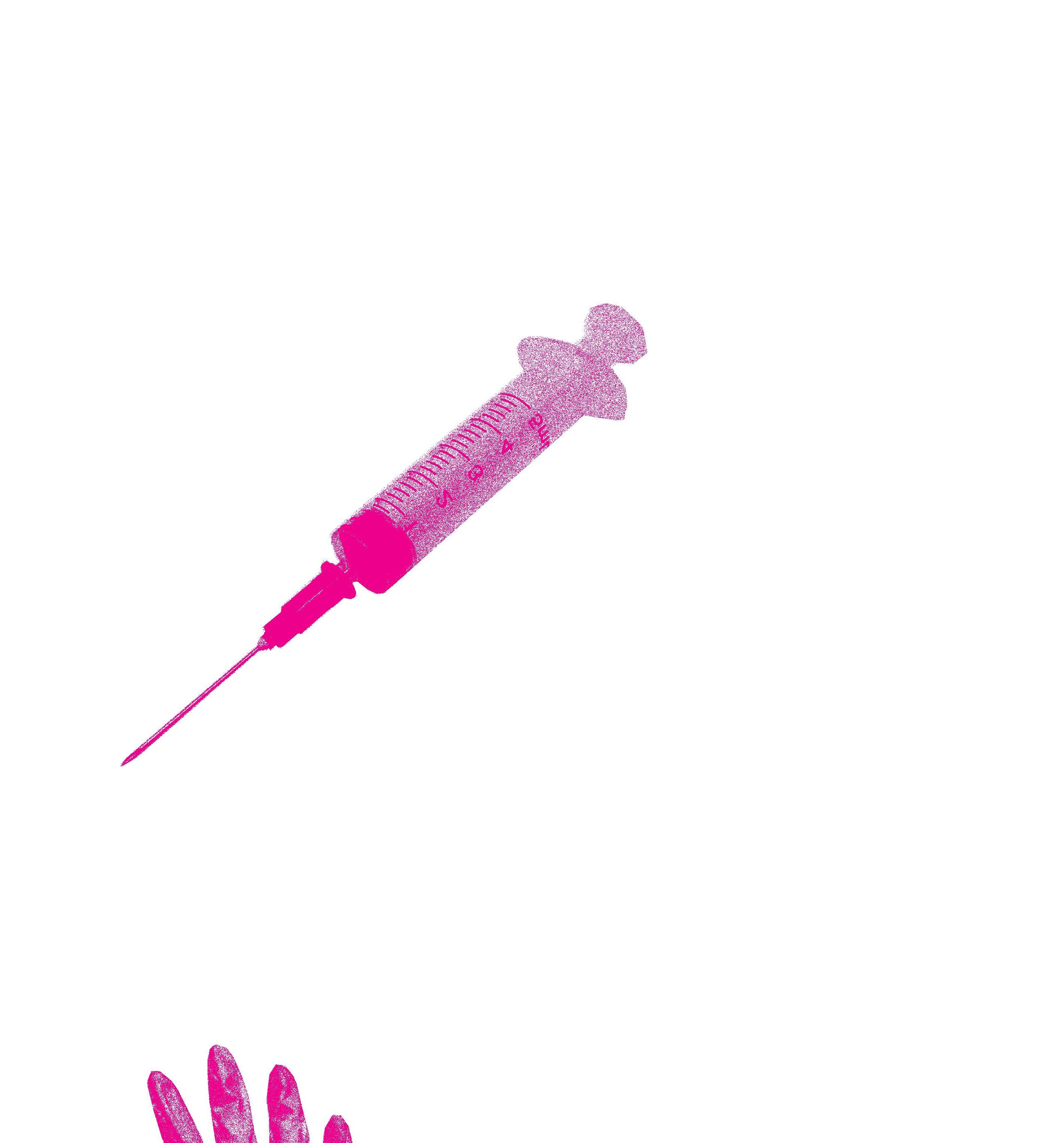

Disciplinary gaps in fields like science, medicine, and law are not mere academic oversights – they reflect deeper societal hierarchies about whose knowledge is valued and whose identities are marginalised. The invisibility of LGBTQIA+ issues in these areas reinforces institutional inequities and contributes to the continued subjugation of queer concerns, despite their relevance in real-world health and legal contexts.
UTS Nurses Amanda and Lucy noted
While they engage with simulations involving non-binary and queer individuals, these exercises fail to adequately address the real health disparities faced by LGBTQIA communities. They argue that current training does not go far enough in preparing students to meet the actual needs of queer patients. As Amanda shared, “I think it never hurts to have more incorporation for the sake of further social awareness. While the LGBTQIA+ community is still part of a minority, it just so happens that a large portion of nurses’ patients are also from minority groups –particularly in communities with high levels of diversity due to factors such as socioeconomic disparities.”
Thus, these gaps further undermine the university’s responsibility to produce graduates who are prepared to engage with diverse populations in socially responsible and contextually informed ways.
as drag culture or queer identity. While she hadn’t personally felt excluded, the absence of proactive engagement with diversity left a gap in day-to-day teaching. As this student explained, engineering is “supposed to be problem solving at its core,” and failing to account for intersectionality means “a lot of problems will be going unnoticed.”
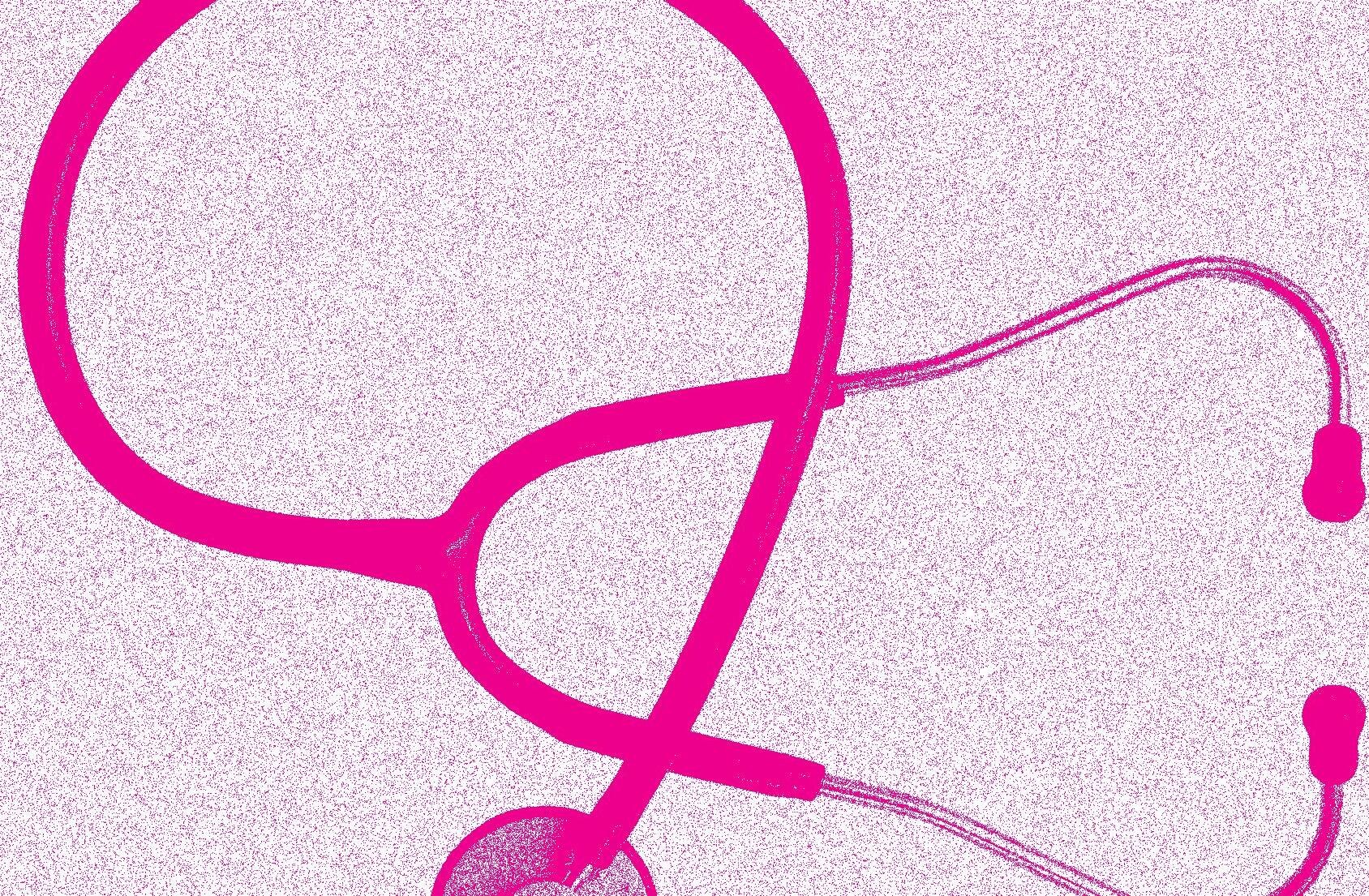

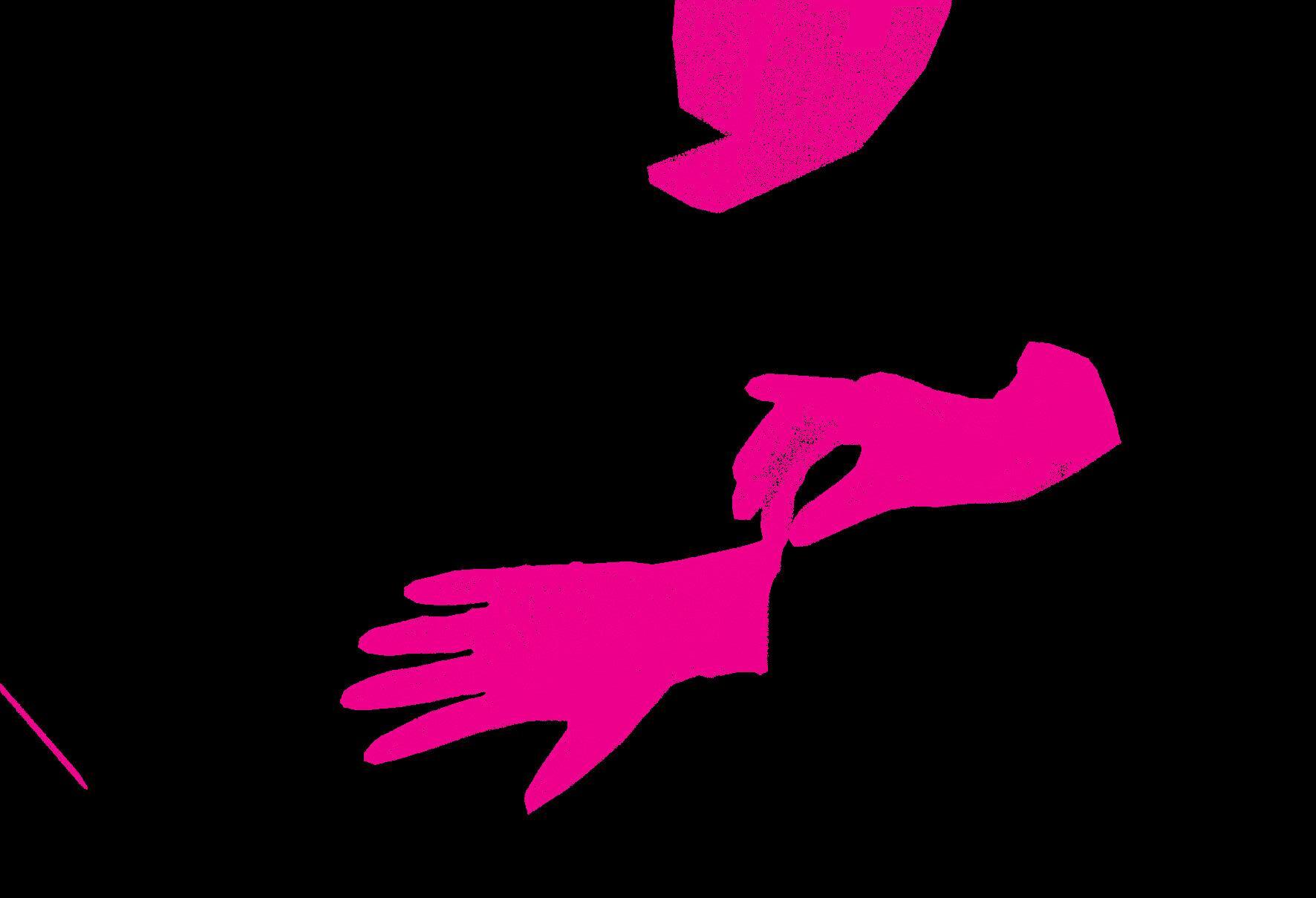
The visibility of LGBTQIA+ identities on campus, through events, support services, and symbolic gestures, has improved at UTS over the years. However, this progress remains uneven, especially when it comes to the integration of queer perspectives into pedagogical practice. This disjuncture highlights a need for structural, rather than symbolic, change.
Inclusive education cannot be left to the discretion of individual lecturers or limited to elective units that often attract students already invested in social justice causes. It must be systematically embedded across all faculties and disciplines.
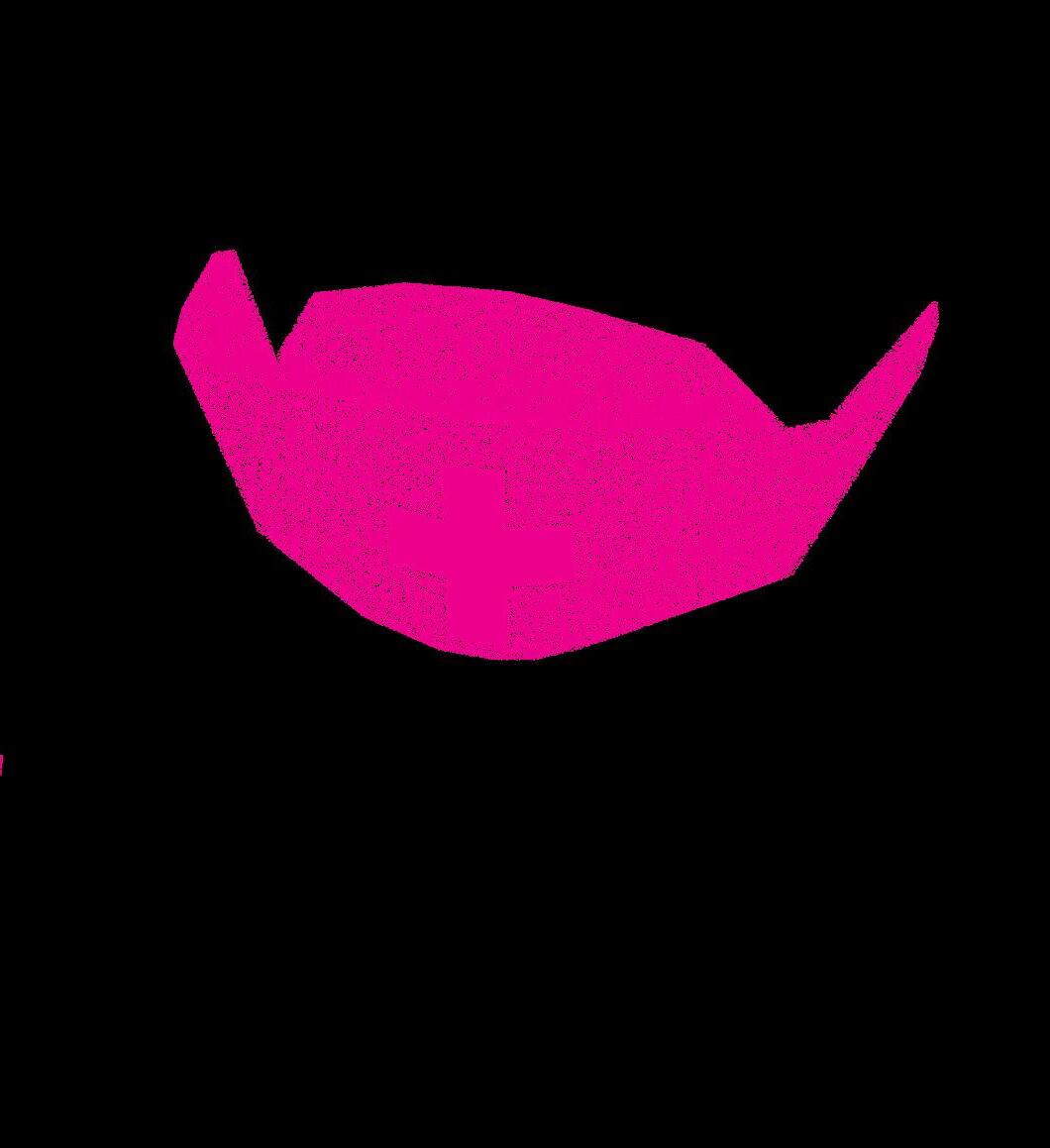
This requires a thorough review
into academic programs, coupled with professional development for teaching staff, to ensure they are equipped to approach their subjects through an intersectional lens. For queer students across various academic fields, ongoing reform is crucial to fostering a truly inclusive and supportive learning environment.
Thorough Review into Academic Programs
INCLUSIVE EDUCATION
Professional Development
There is a need for real action, not just symbolic recognition, to create space for queer-informed content that reflects the diverse experiences and knowledge of LGBTQIA individuals.

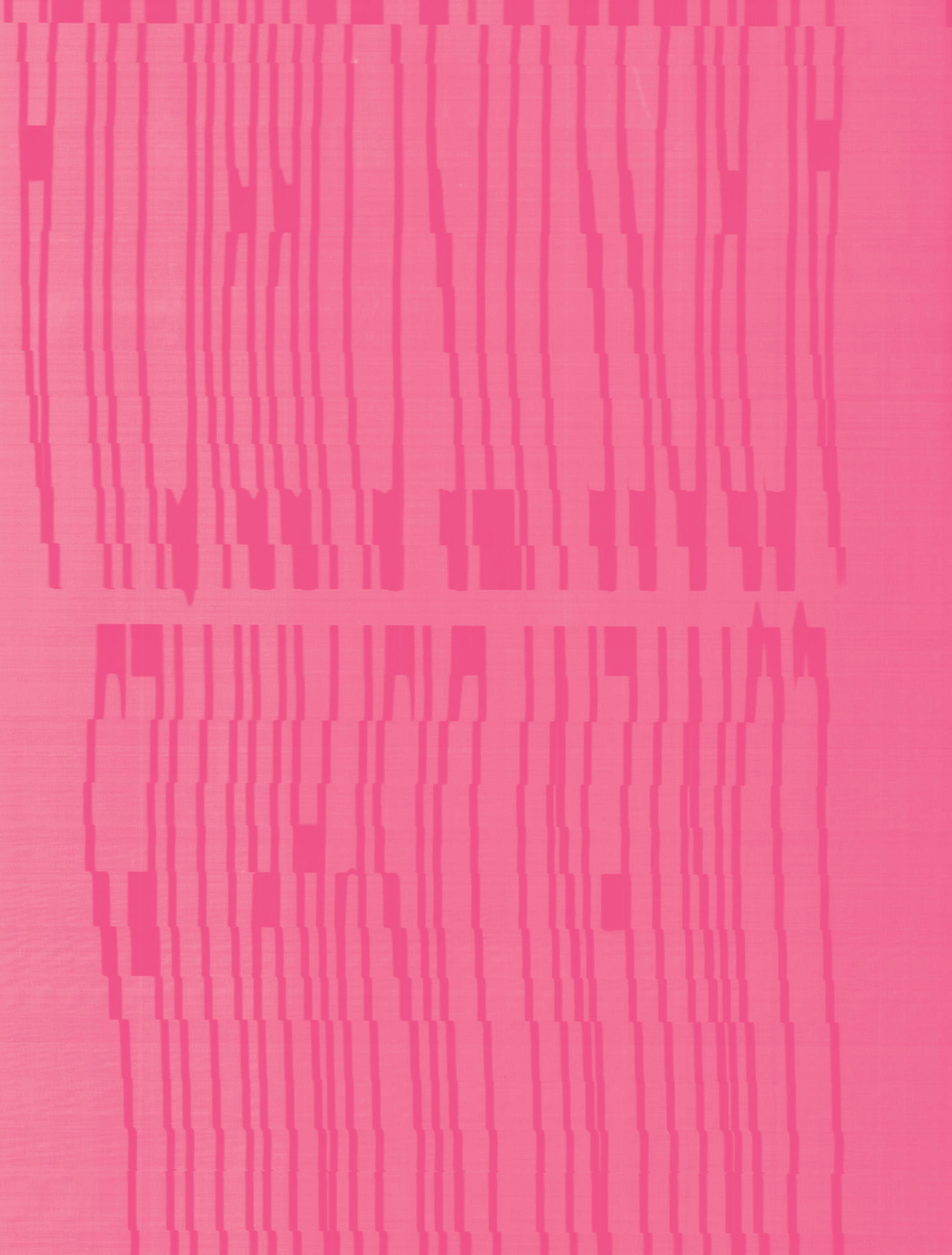
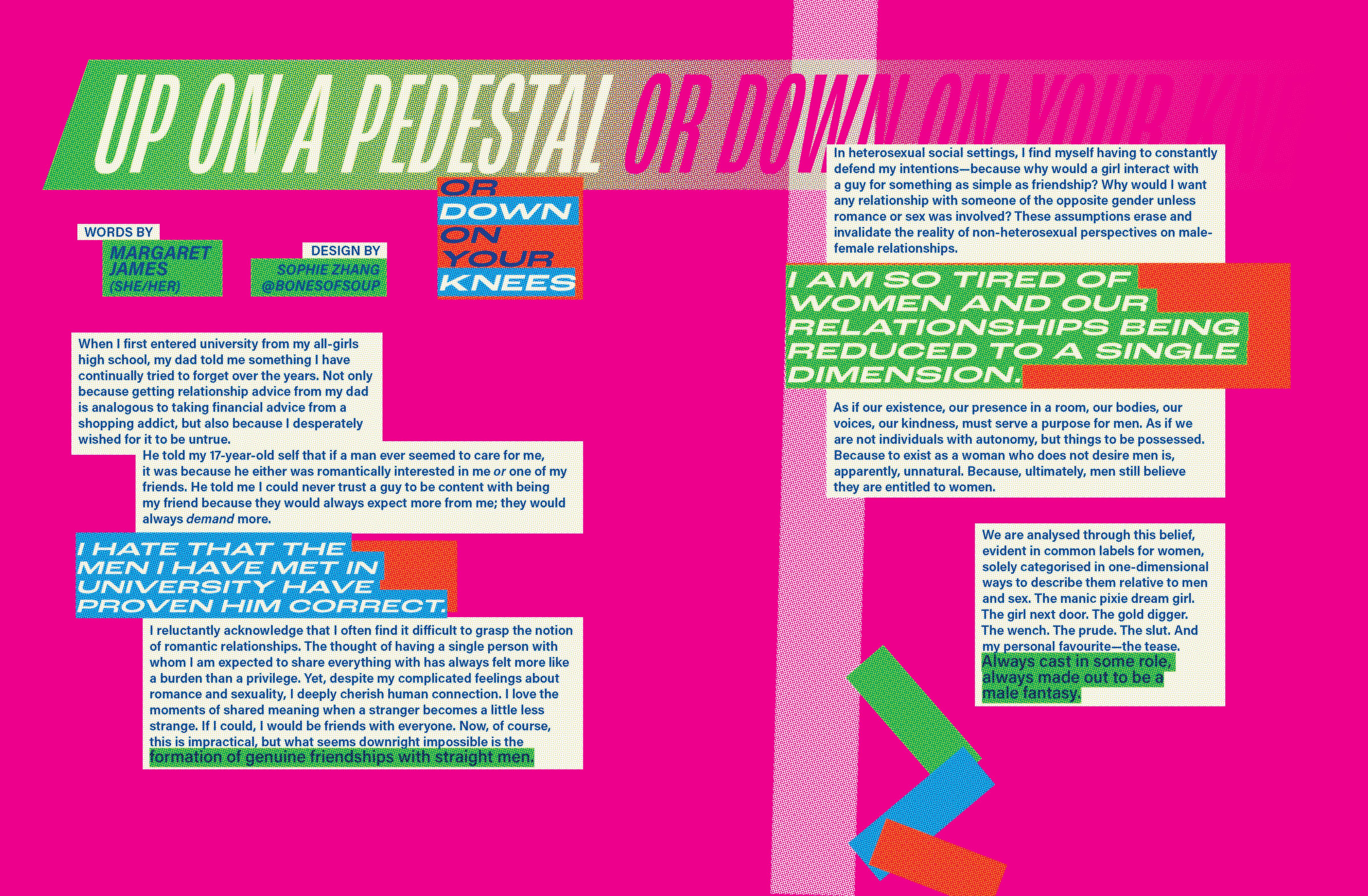

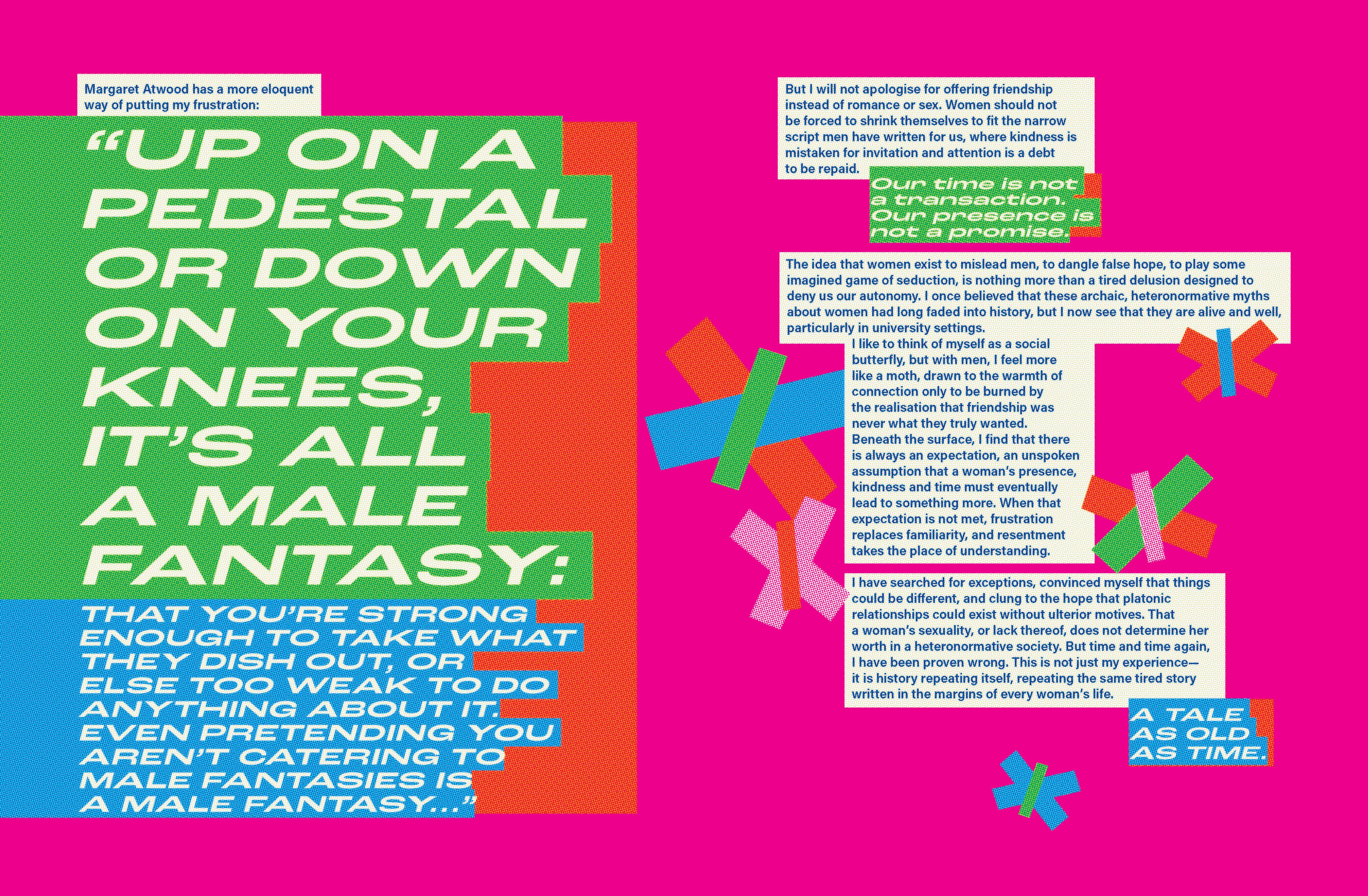

Troye Sivan & Turkish Lamps:
Molly Martin
Words by @mollymartiin she/her
The Light of Hope Cannot be Extinguished
In the blur of deadlines across campus buildings, fashion speaks when words fall short. As an avenue of self expression, the smallest accessory—a carabiner, Vertigo pin, Clairo shirt or tote bag can be a coded indicator of solidarity and both loud or quiet activism. Fashion creates community for those who see it.
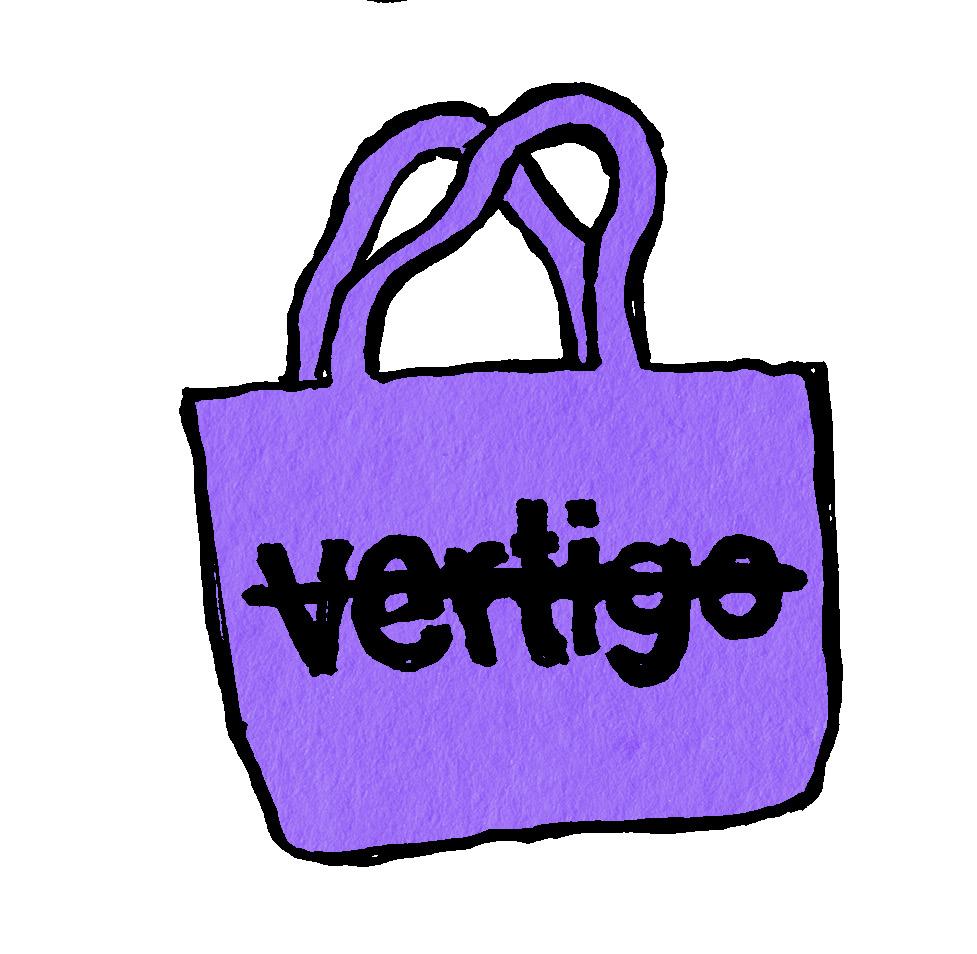
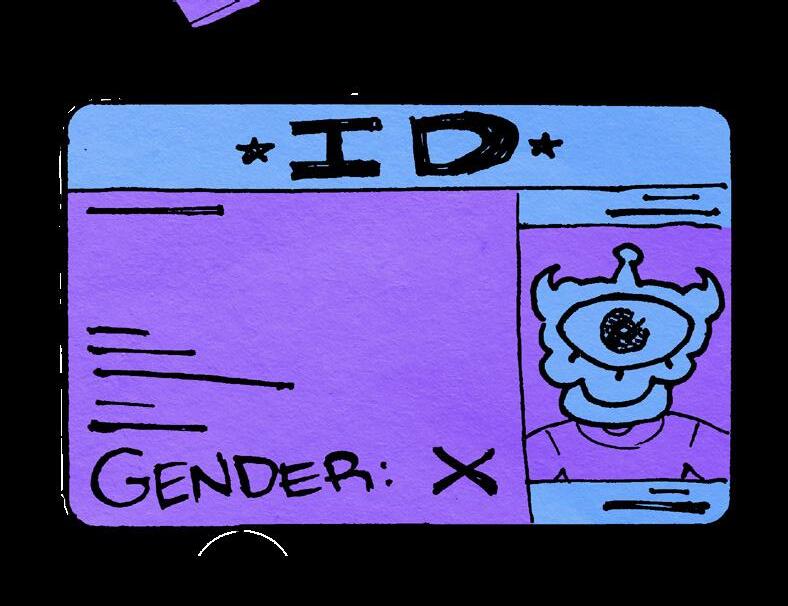
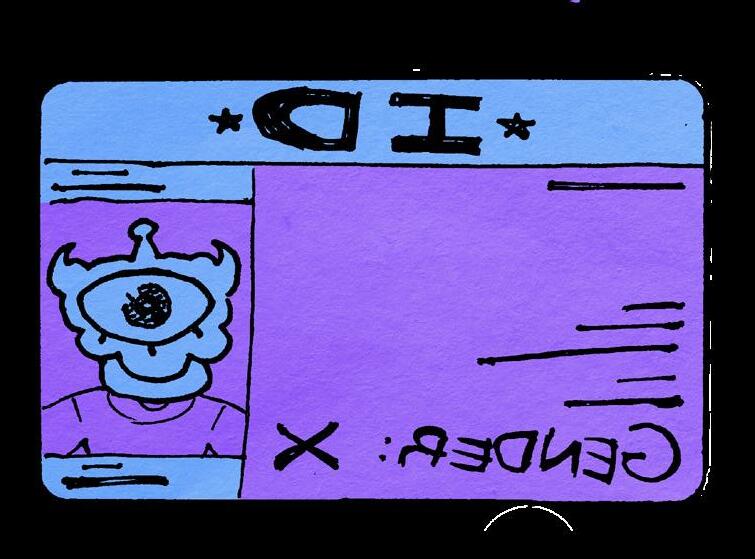
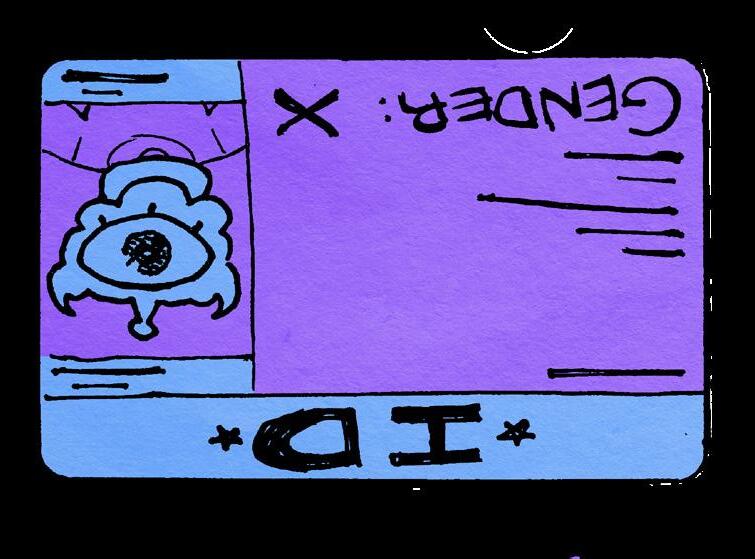
From the fashion runways of Autumn/Winter 2025 to the main stage at Coachella, fashion throughout history has proven itself as a key factor in fighting against the exclusion of LGBTQIA+ people. Fashion is about more than aesthetics; it is about igniting conversations and compassion through the vessel of pop culture, on world stages that can’t be ignored.
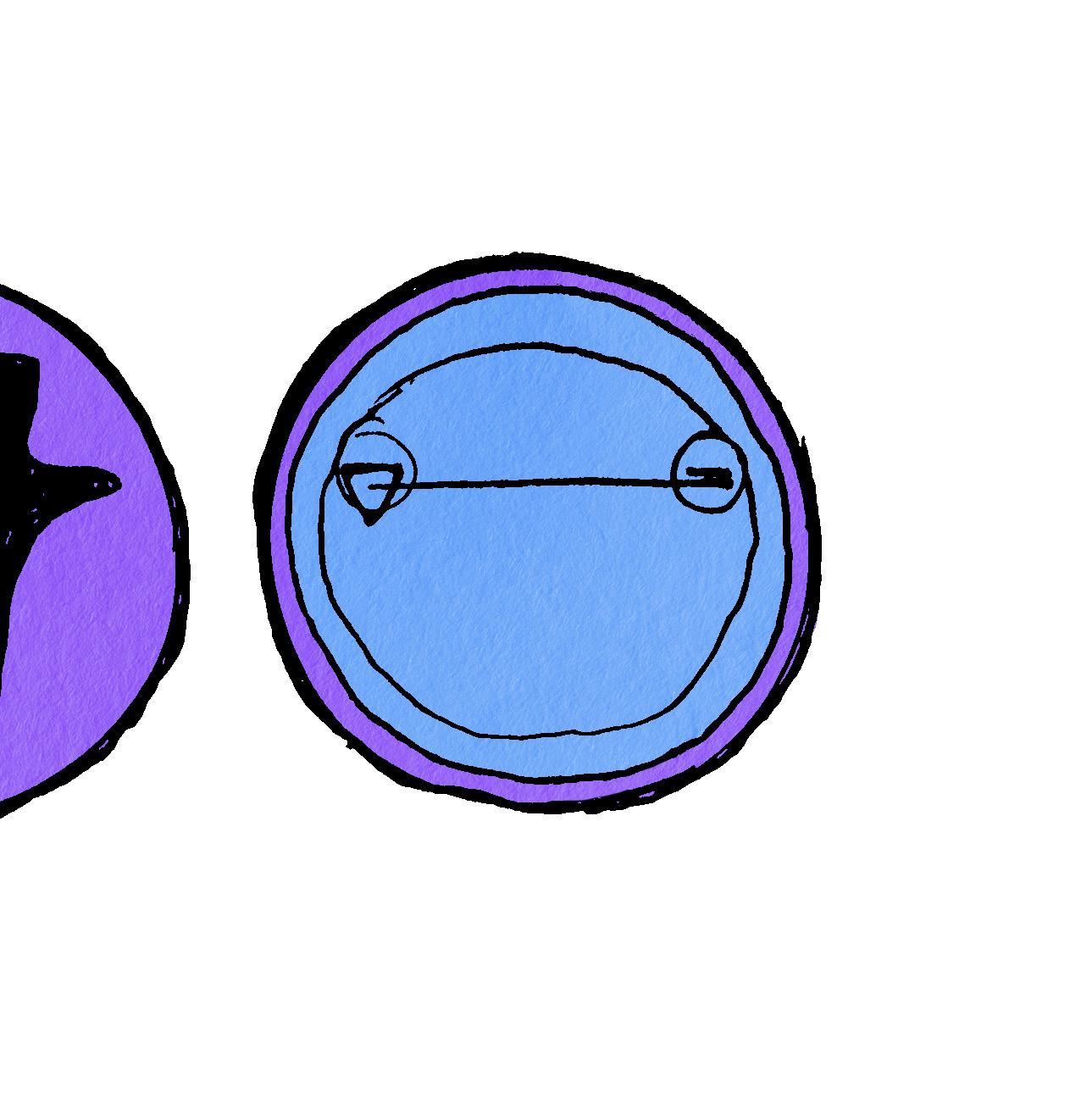
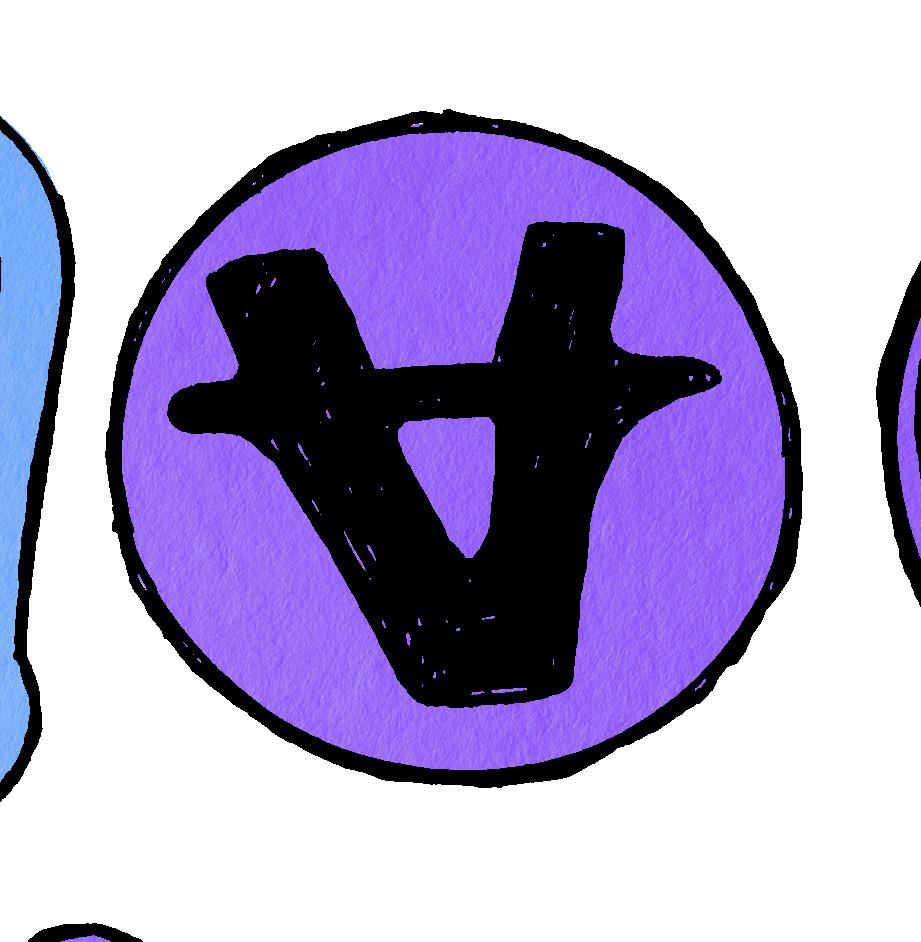
His heartbeat thunders in his ears. The roar of a crowd one hundred thousand strong pulses through his chest like a second heartbeat. Adrenaline rushes through his veins. Blinding lights flash behind him in time with the bass as he steps onstage, strutting down the catwalk. Curling around his ear, Dua Lipa’s voice whispers seductively in French, though even that is drowned by the tidal wave of sound around him. Behind his shades, one hand gripping the mic, in block letters his shirt reads: “PROTECT THE DOLLS.”
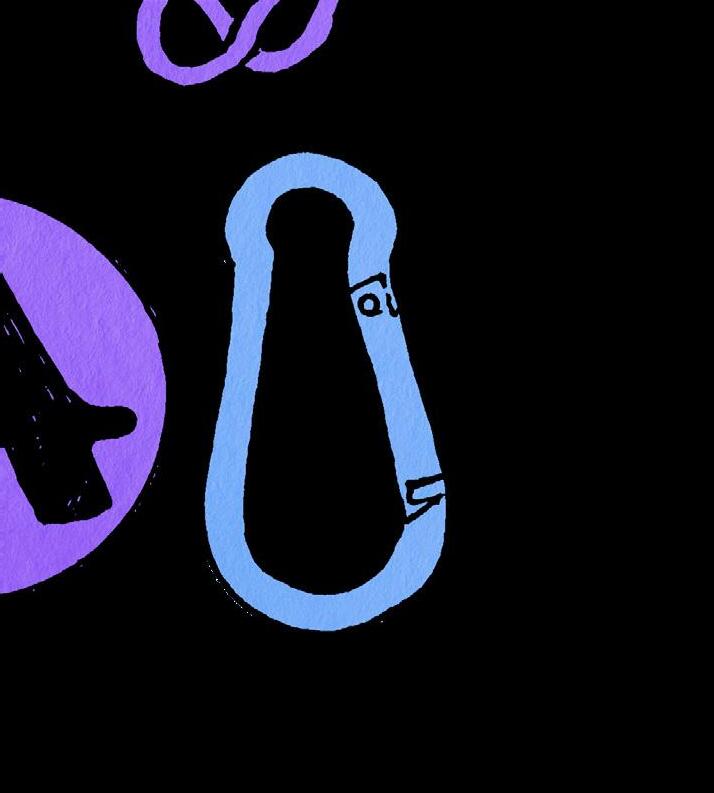
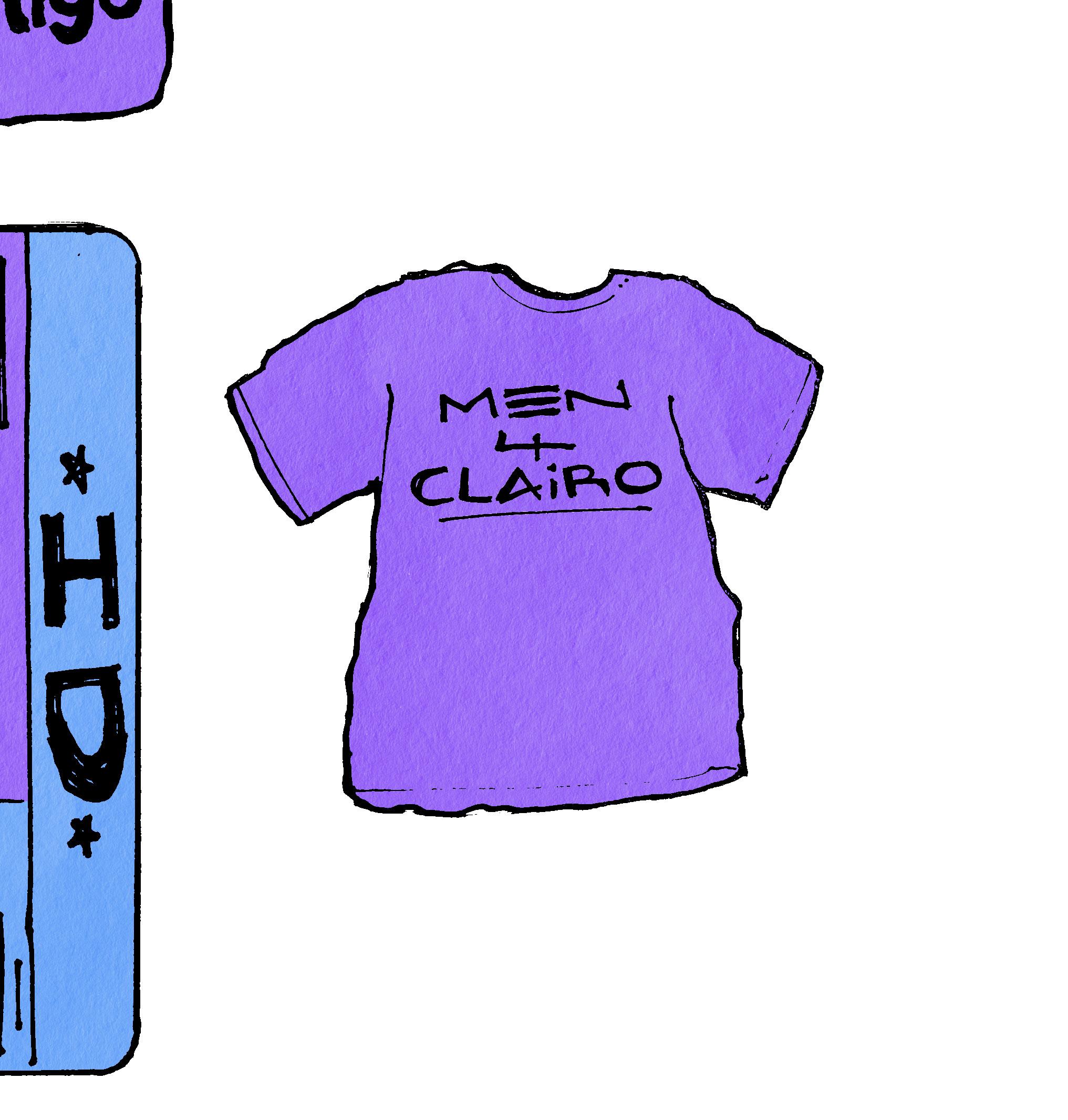

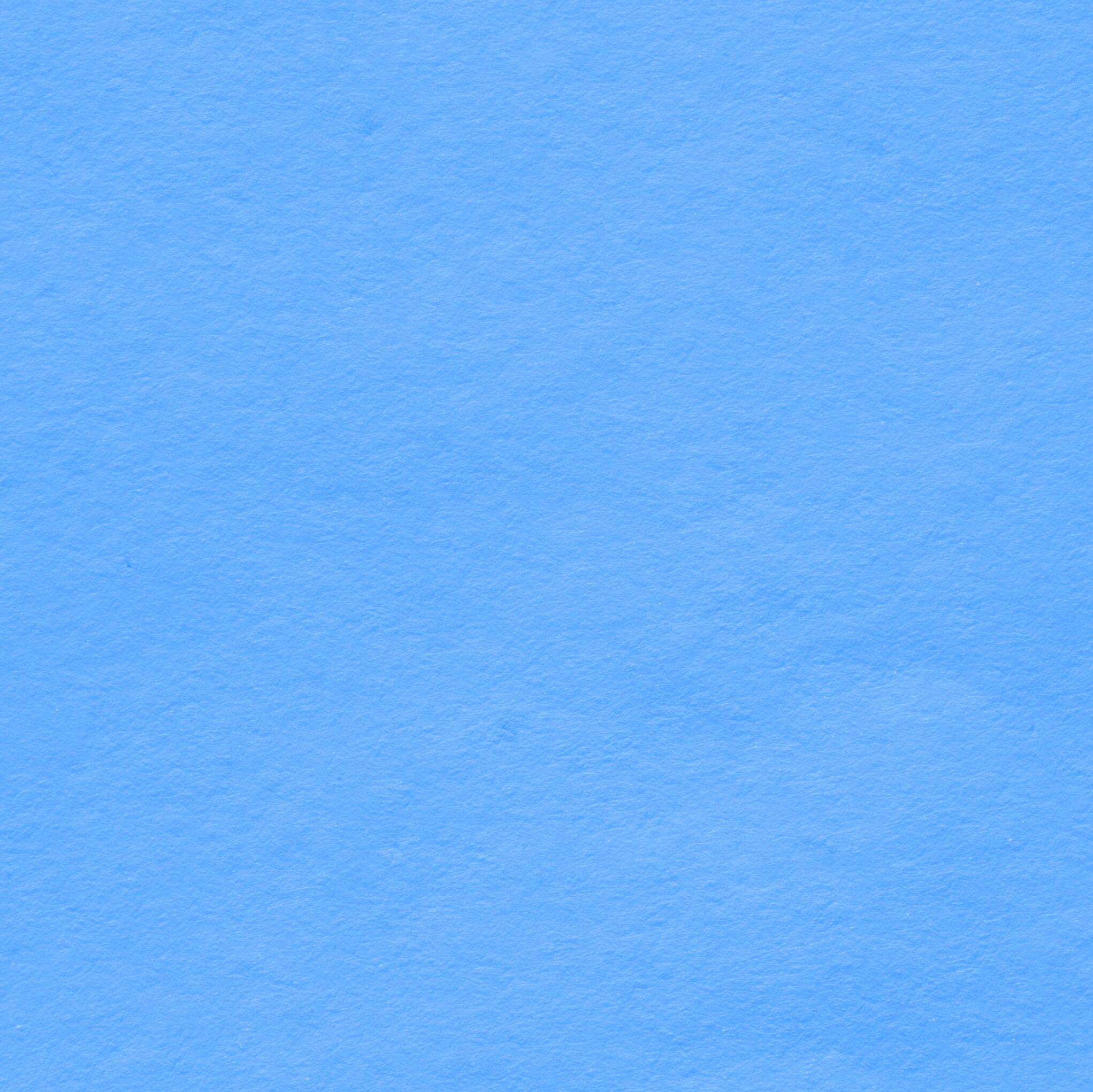




Whether at Troye Sivan’s surprise appearance at Charli XCX’s Coachella set or Pedro Pascal’s 50th birthday bash, Connor Ives’ “Protect the Dolls” tee has transcended the realm of merch. It’s a statement sweeping across music and fashion, cutting through the noise of consumption, capital and social media with purpose—and as a University student, you can feel those ripples on campus.
London-based designer Conner Ives made waves at his latest Fall/Winter 25 show, debuting the now famous ‘Protect the Dolls’ shirt. In an interview with Vogue, Ives admitted that he had originally intended to keep fashion and politics separate, but in the past six months “that level of compartmentalisation just didn’t really feel relevant anymore.” Drawing from personal experiences and working closely with trans models, Ives created not just a collection, but a message—one of empathy and urgency for young people everywhere being affected by the encroachment of rights and assault on personal identity. And for queer students, it was a reckoning.
In early May, the UK Supreme Court redefined the legal meaning of ‘woman’ under the Equality Act 2010. The ruling unanimously declared that transgender women, even those with a Gender Recognition Certificate, are no longer legally considered women for the purposes of accessing single-sex spaces such as bathrooms and hospital wards. The Equality and Human Rights Commission has threatened legal action against the NHS unless it revokes policies that currently support trans people being accommodated according to their gender identity.
Across the pond, over in the US, the Trump administration is unleashing a wave of anti-trans legislation. An executive order titled “Defending Women From Gender Ideology Extremism and Restoring Biological Truth to the Federal Government” has dismantled years of progress. Trans people can now only receive passports that reflect their birth sex. The ‘X’ marker, a lifeline for many non-binary individuals, has been scrapped.






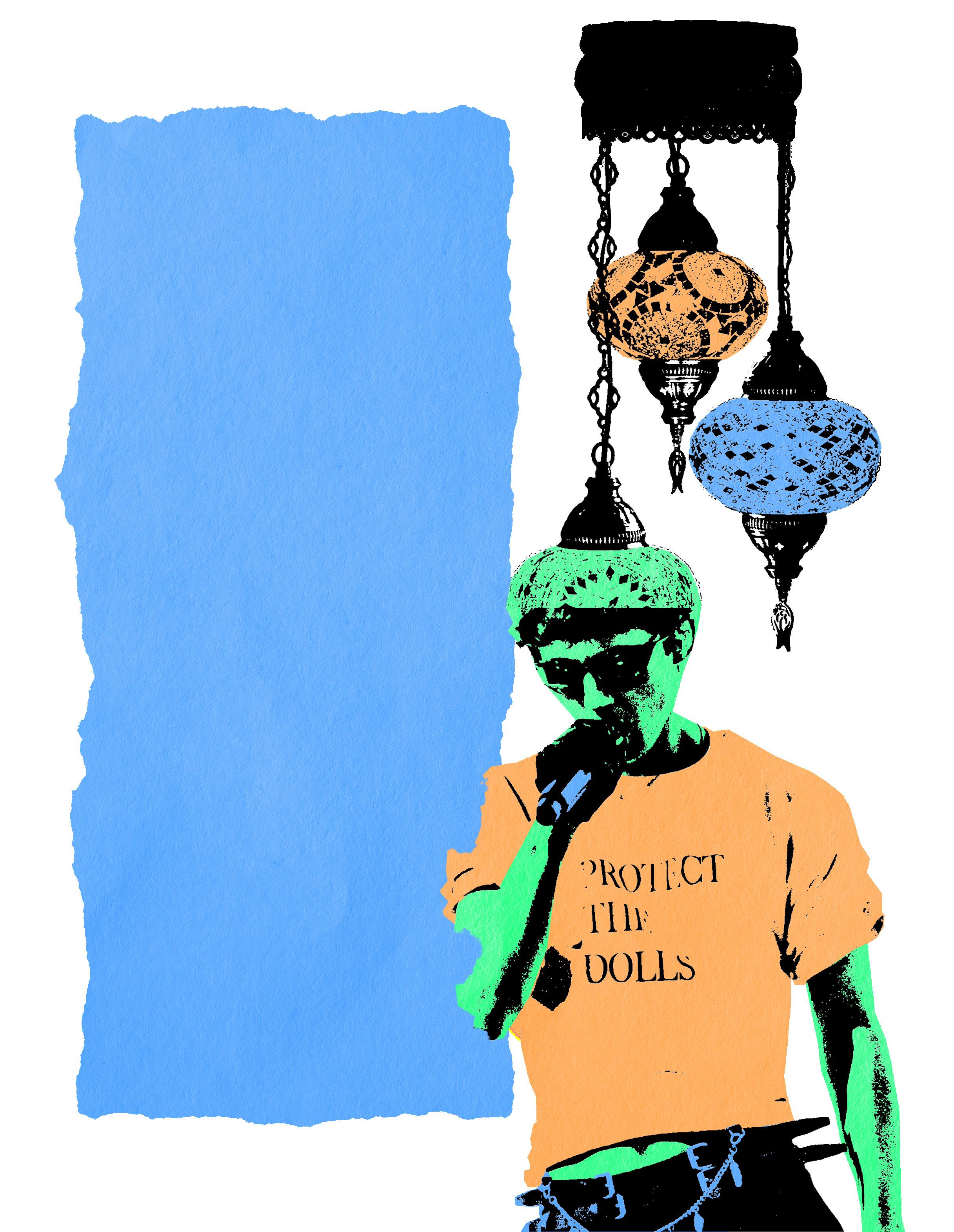
Where queer identity is debated in tutorials and lived out in lecture halls, conversations naturally echo these global shifts. What’s happening overseas doesn’t stay overseas, but instead bleeds into the very fabric of our campus life. The queer community both at UTS and beyond has long been the living and breathing heartbeat of the fashion, art, music and pop culture industries. In addition to their creative influence, queer communities provide joy and safety by creating pockets of belonging and support here on campus, which makes this such a pivotal moment. This is seen in societies such as Fashion Ethics Sustainability Society (FESS) and UTS Darlings, which both provide queer students with an avenue for self expression and community.
Speaking to Siobhan Killen, Co-president of FESS, she believes fashion and queerness to be inextricably linked, as “part of your personal identity is how you express it. The ability to do so as a queer person often requires a journey of self-discovery and confidence, as well as a safety within your environment.” Upcycling, thrifting and making clothes yourself, as Siobhan does, “gives you the opportunity to construct an image of yourself outside of the massmarket aesthetics of fast fashion”, where fashion can be “a playground for endless experimentation.”
Consequently, fashion acts as solidarity with our brothers and sisters whose livelihoods are threatened by backwards legislation. Fashion remembers that they paved the way for us to be able to express ourselves freely. Fashion is memory. Fashion is resistance. And most importantly—fashion is power.
Willy Chavarria echoed this sentiment in his Fall/ Winter 2025 show. Adorned on his shirt was the powerful message, ‘How we Love is Who We Are.’ Chavarria was able to blend the roots of his Chiccano upbringing and heritage with a powerful political message, empowering viewers to lead with compassion and stay steadfast in their unique identities, in a time when they are ‘under attack’. As his Paris show came to a close, a recording of Episcopal Bishop Mariann Edgar Budde’s sermon to Donald Trump, urging the US President to “have mercy” on immigrants and LGBTQIA+ people, played.
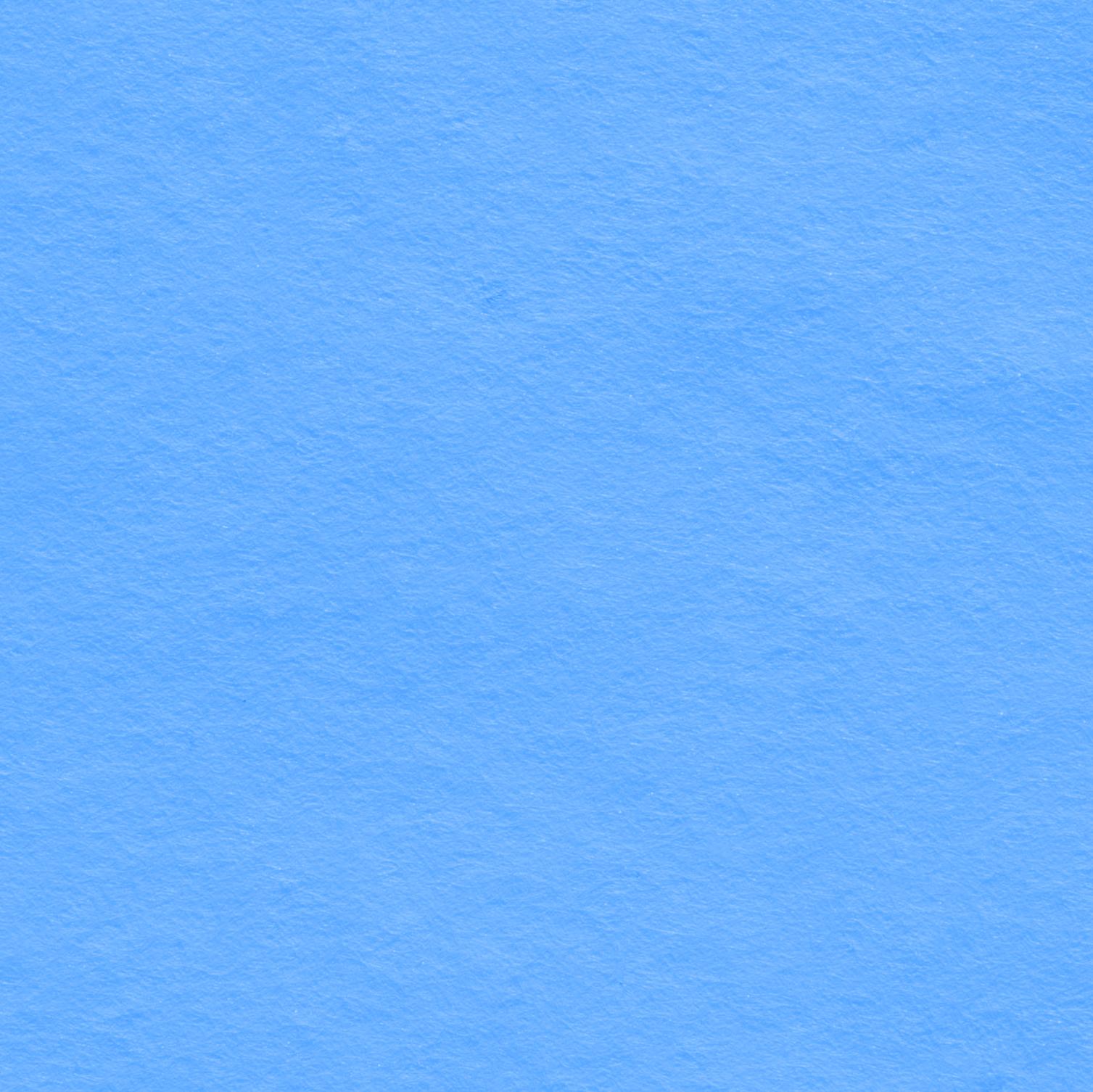




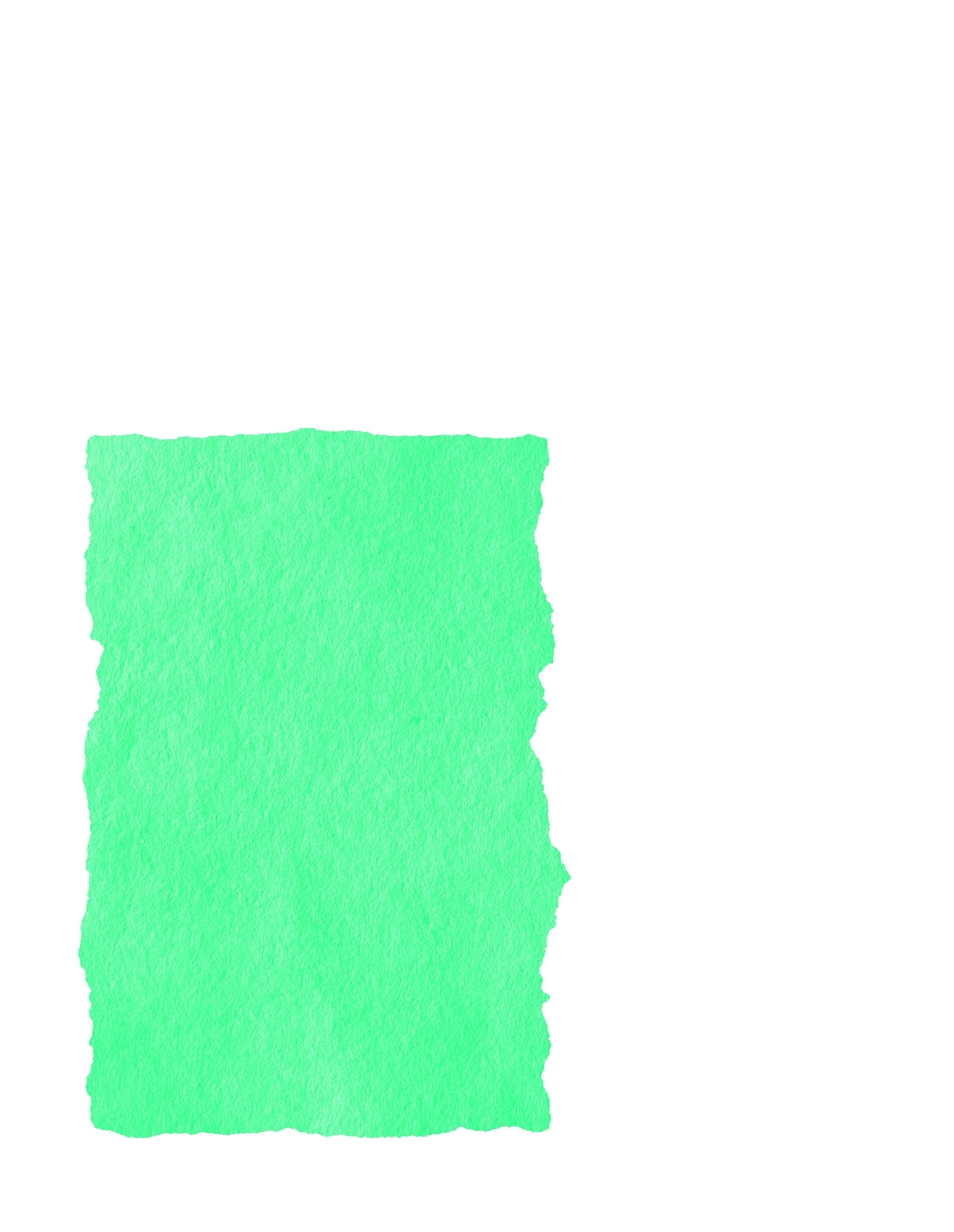


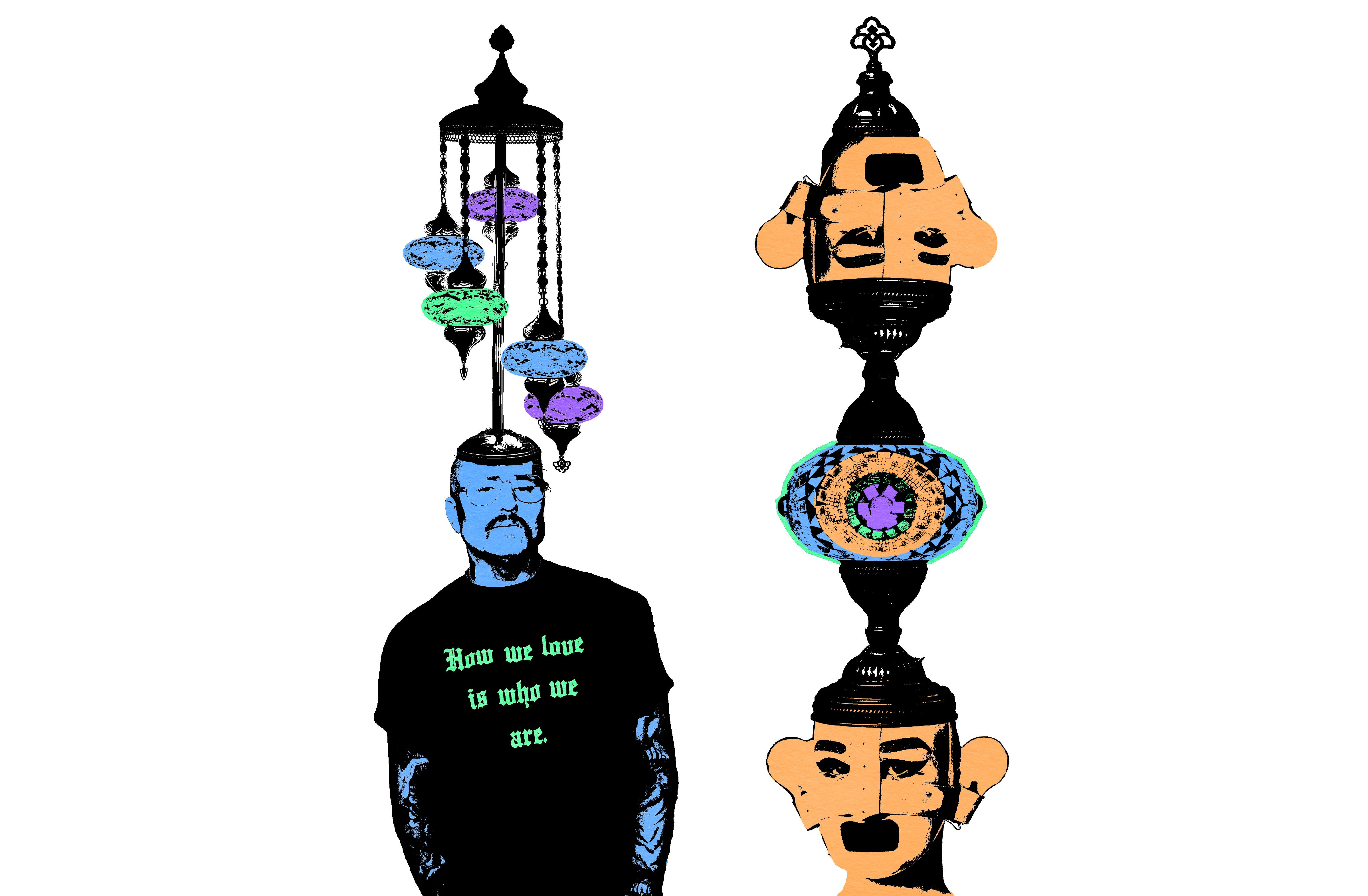
Designby Nathan Halward
Moreover, to do as Chavarria does, and play on a world stage while making a point of employing queer, trans, and people of colour as models, is deeply comforting and inspiring for the future creatives studying here at UTS, posing as a reminder that there is room for everyone in the industry, and a conscious effort that inclusivity and diversity is always needed.
The key takeaway from Chavarria’s show is “we need to use fashion to make sure we don’t forget what is really important—how we love and take care of each other is all that really matters”. The point wasn’t perfection, or even beauty. It was memory. It was refusal. Whether it’s on a Paris runway or in the Tower Building: fashion is a series of choices we make everyday. We dress ourselves to be seen, to be celebrated, to speak out, and to protect.
Against the backdrop of looming threats to the lives and livelihoods of the LGBTQIA+ community, the necessity of community, and the urgency of showing up for one another in times of need shows itself. A light in the dark, a beacon of protest against invalidation and danger. In my bedroom, a Turkish mosaic lamp—one of my most treasured possessions—casts its glow across the wall in fractured colour: purples, greens, oranges, blues. It’s a quiet archive of where I’ve been, a testament to craftsmanship and care, to the hands that made it and the journeys still ahead. To extinguish that light, with all its history and meaning, would not only be a tragedy—it would be nearly impossible. Even when darkness hovers at the edges, trying to creep in, the Technicolour of this world resists.
You can’t simply yank the plug. The power is still on, the globe hasn’t burned out, and colour always finds a way to bleed through.
Through fashion, through art, through music—even when I sit at the Alumni Green before class—there is always conversation. Loudly, unapologetically, fearlessly.

And where there is conversation, there is always resistance.










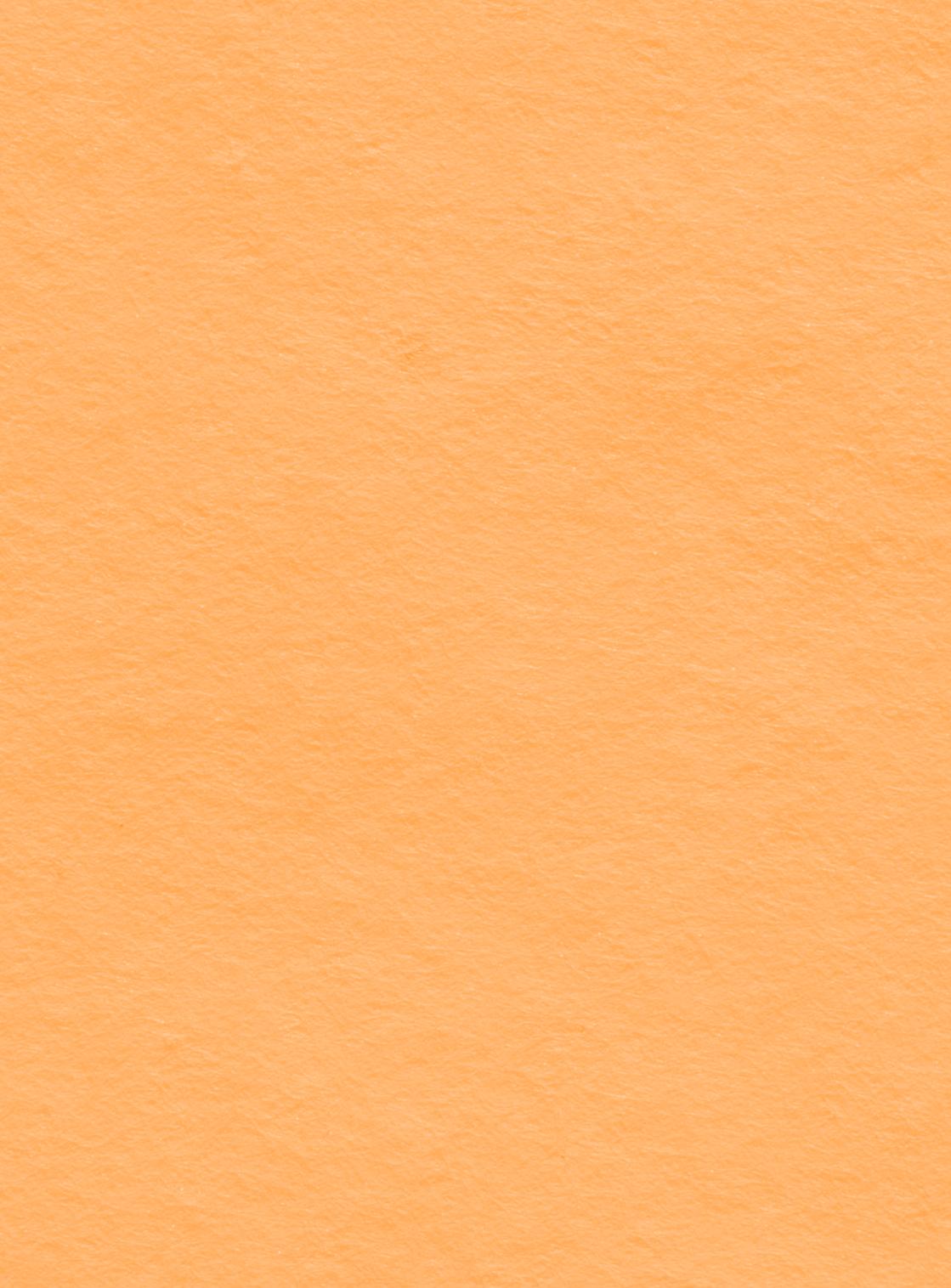



WORDS BY
FREYA WARING (THEY/SHE)
@FR3YONFILM

DESIGN BY SOPHIE ZHANG
@BONESOFSOUP
When John S. Boskovich returned to the apartment he shared with his partner, Stephen Earabino, shortly after Earabino’s death from AIDS-related complications in 1995, he found it completely empty. Earabino’s family had cleared all his possessions, as well as most of Boskovich’s. The only remaining item was an electric box fan. Boskovich encased the fan in Plexiglass, with a vinyl etching reading “Only unclaimed item from the Stephen Earabino estate”. Holes in the Plexiglass allow air from the fan to escape, exhaling over the viewer. The work is entitled Electric Fan (Feel It Motherfuckers).
Unable to view this piece in a gallery, I sit in a dark room and let the humming of fan blades lull me into meditation. It is a warm, mid-April evening, announced by cicadas chirping in the dying light. The air feels rhythmic. I try to harmonise with the drone, but I cannot catch the note—it feels ragged, constantly shifting in place, heavy with everlasting breath and cold touch and the weight of a body beside me. I don’t know if I will ever comprehend the scale of Boskovich’s loss, the erasure of an entire person from existence, grief echoing concentrically outwards, like a ripple or an aftershock throughout the rest of the country. Endowed with this awareness, the texture of the sound grows harsher, like a cry; the wind feels icy against my face. What I can do, however, is sit by the fan and remember.
My mother grew up on the outskirts of San Francisco during the height of the AIDS crisis; she was 13 years old when the Reagan administration first addressed AIDS (with laughter) and 18 when the then-president gave his first speech on the subject. In the temporal gap of her teenage years, over 16,000 Americans were killed by a disease born from extreme political negligence. The persistence of her growth in a time of great undoing—undoing that surrounded her, stifling acquaintances and loved ones and old high-school peers—feels surreal. When a person dies, the world carries on. When a community is slowly eradicated, when famous Hollywood stars are outed by their own illnesses, when queer identity is infused with its own death sentence; like a thousand stones dropped into a pond, time freezes in ripples that meet and transform and surround, yet the Earth keeps turning.
There is no harsher reckoning than the march of time through unspeakable devastation.
So begs the question: how do you scale this tragedy into something knowable? Artistic attempts to conceive slip quickly back into inconceivable. The AIDS memorial quilt covers the entire White House lawn. The white-clad surviving members of the San Francisco Gay Men’s Chorus disappear into a sea of black body-doubles. Faced with limitless obliteration, the bounds of logic and rationality begin to waver. This is how it is: if the world were rational, then a fan would be a fan, and a quilt would be a quilt, and the words “gay plague” would never have been uttered in White House press correspondence. The world, however, tends more towards entropy and unrealised chaos. Dada, in etymology: the hobby horse, the nurse, the father, yesyes, means nothing at all. Born from mass disillusionment following the great loss of World War I, Dadaism becomes an outlet through which the tragic absurdity of one’s circumstance is reckoned through artistic meaninglessness.
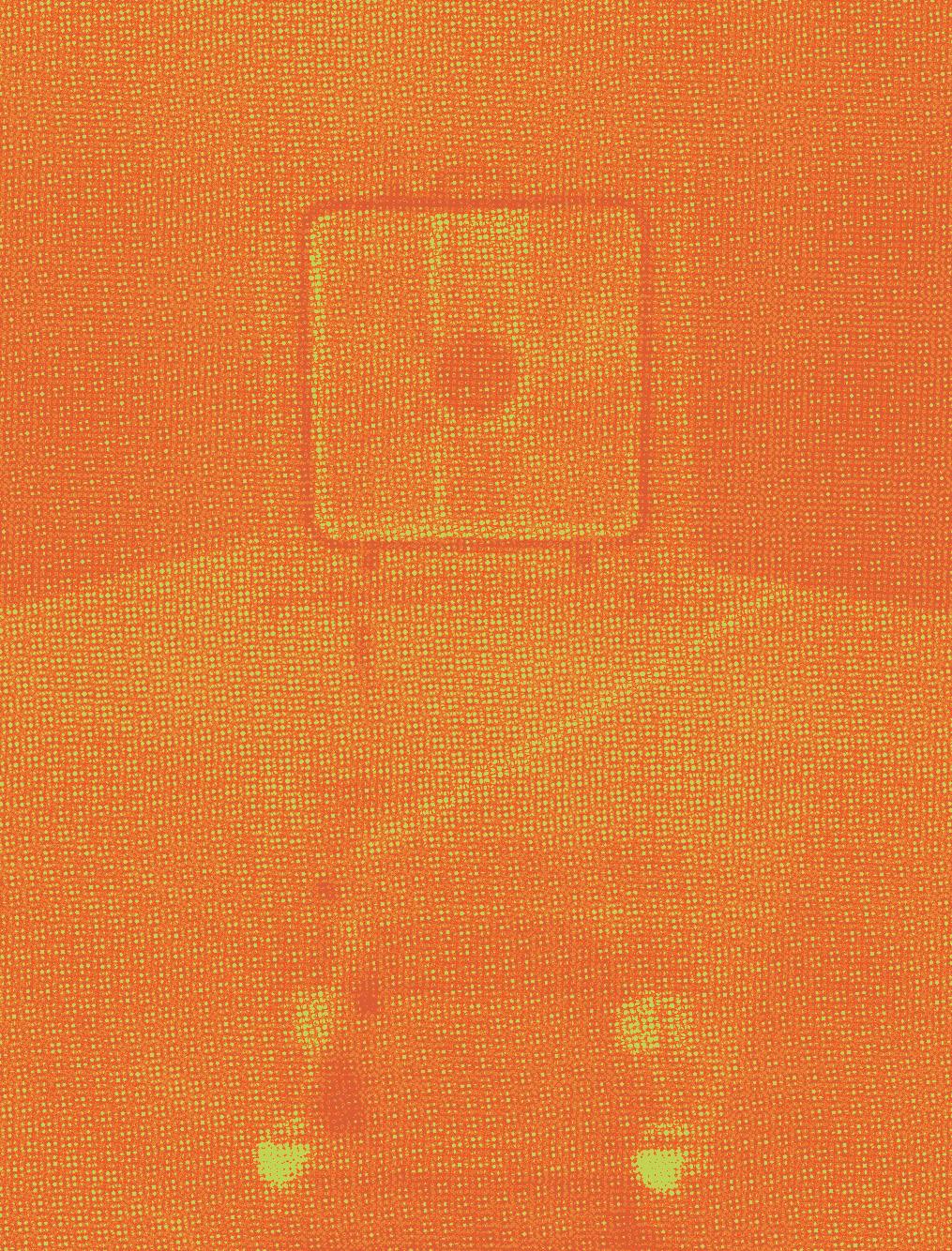
This is how it is: if the world were rational, then a fan would be a fan, and a quilt would be a quilt, and the words “gay plague” would never have been uttered in White House press correspondence.
Dadaism, more than an art movement or a political surrender, is an assault against capitalism, the bourgeois, rational thought, and logic. Notably, its ‘anti-art’ rhetoric is a reaction to what poet Tristan Tzara, author of Dada Manifesto 1918, penned as “Dadaist Disgust”. He writes that Dada is the “abolition of logic, which is the dance of those impotent to create: Dada; of every social hierarchy and equation set up for the sake of values by our valets”. Dadaism is inseparable from politics of gender and sexuality: founded in a Zurich cabaret, the movement built itself from a legacy of transgressiveness, biting social satire, risqué sexuality and underground political movements. Furthermore, artists used Dadaism as a lens to explore gender expression; Duchamp employed a female pseudonym named Rose Sélavy to explore sexual gratification, agency and identity within his art. In the deconstruction of established order, one can speculate upon the absurdity of homophobia, transphobia and the vilification of mutual union— distinct from comedy, Dadaism’s absurdity is irrational cruelty, a pit in the stomach instead of an uncomfortable laugh.
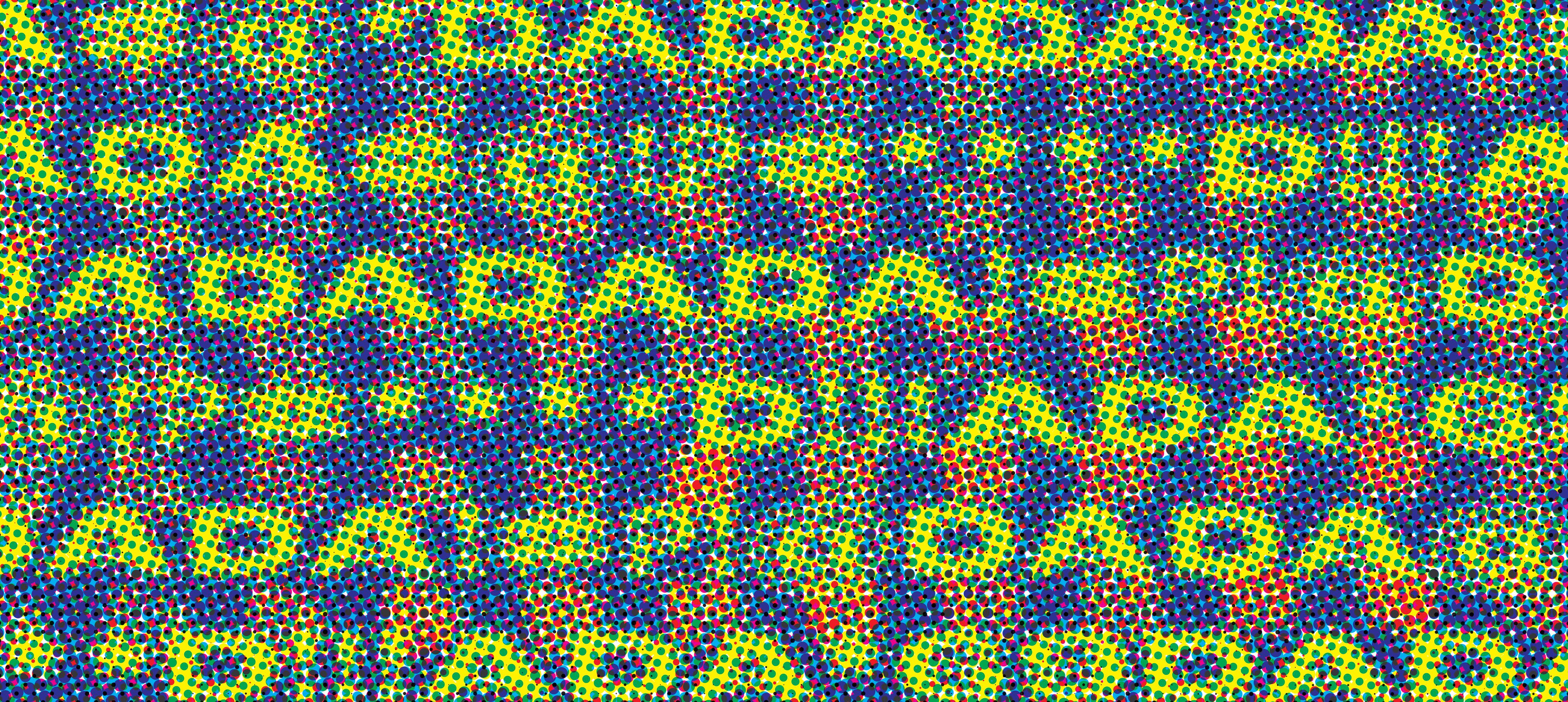
Duchamp was the first to coin the ‘readymade’, referring to works of art made from manufactured objects removed from their context and delivered to new meaning. Electric Fan (Feel It Motherfuckers) is an example of such artistic process, though emboldened with a greater tragedy. While, traditionally, it is the artist’s decision to revoke the object’s usefulness and provide it with ‘a new thought’, Earabino’s family instilled its value when they eradicated all physical memory of Boskovich’s partner by clearing his apartment. Revoking Boskovich’s consent from the transformational aspect of the readymade is just one example of the lack of autonomy queer communities experienced when mourning their dead, with families refusing to acknowledge queerness, homophobia in the law, and the dissemination of community due to continued death. Electric Fan is not a readymade ‘choice’ but a reclamation, and Boskovich’s repurposing of an object with such grief into a symbol of Earabino’s eternal life is both radical and exceptionally brave.


In the mechanical, Earabino lives on. The Plexiglass is a preservation instead of a cage, while its holes suggest a place for his breath to escape, washing over the viewer. The spirit of Earabino hums, sings, touches the observer with a chill, cools the skin, and, most importantly, breathes without a heartbeat. Amongst the stillness of a gallery, the drone is meditative. Against the absurdity of the readymade, there masks a cruelty. A viewer may ask, devoid of context,“why a fan?” The answer is, of course, because there was nothing else. The enduring power of grief and love together infuses the most menial of objects with intense connotation. Were it to be a pen, or an extension cable, or a stainless steel pan, it would become Earabino’s eternal life.
Because Stephen Earabino never dies, so long as his breath remains.
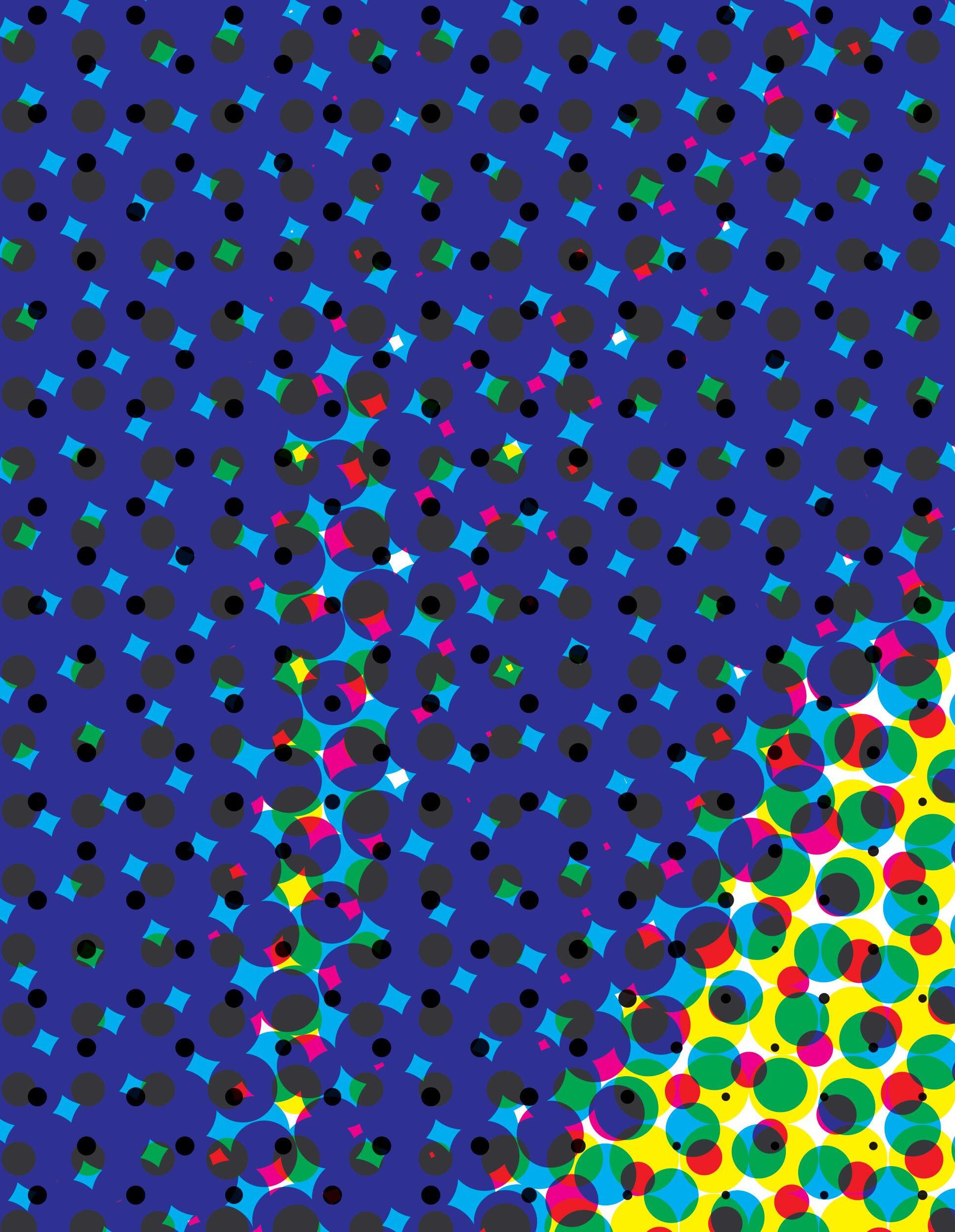
In memory of Stephen Earabino, Rock Hudson, Robert Mapplethorpe, Keith Haring, Freddy Mercury, Anthony Perkins, Sylvester, Elizabeth and Ariel Glaser, Peter Hujar, Haoui Montaug, David Wojnarowicz, Félix González-Torres and Ross Laycock, Amanda Blake, and all other artists, activists, and cultural figures whose revolutionary visions were cut short by AIDS-related complications. And, to my parents’ old neighbours in Atlanta, who were wonderful cooks and excellent people—to the one that was lost, and the one that carries it with them.
MAY MEMORY BECOME POWER AND POWER BECOME RAGE AND RAGE BRING ABOUT THE PROMISE OF CHANGE.
Speak to our Student Advocacy Officers for independent and confidential advice.

Book an appointment OR Drop in
Tuesdays, 10:00am-12:00pm
https://zoom.uts.edu.au/j/89791010171
Thursdays, 12:00pm-2:00pm https://utsmeet.zoom.us/j/12028173
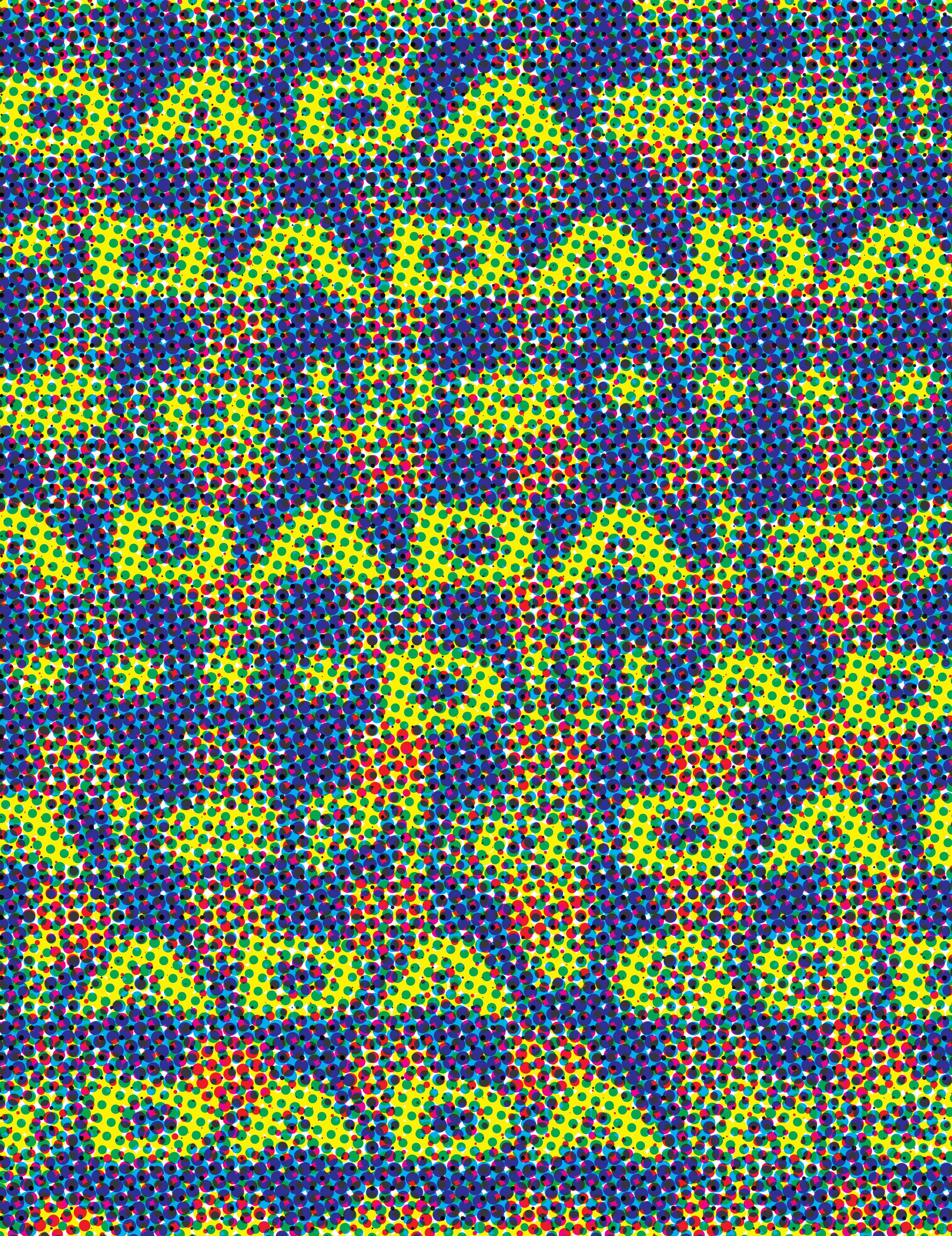
UTSSA office
UTS Tower Building, Level 3, Room 22 (02) 9514 1155
utsstudentsassociation.org.au/advocacy
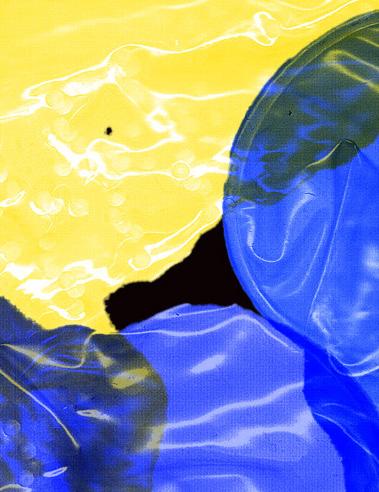
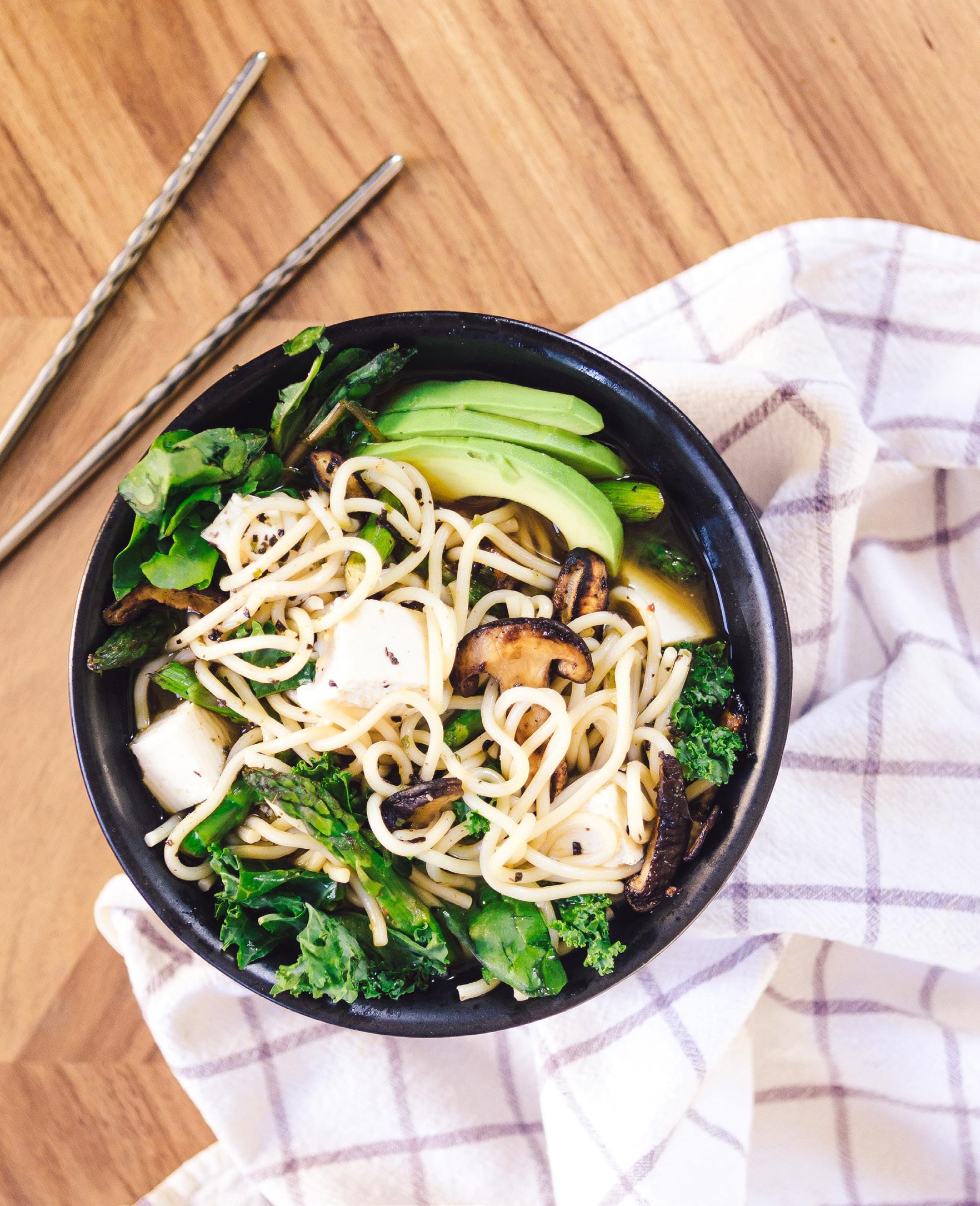
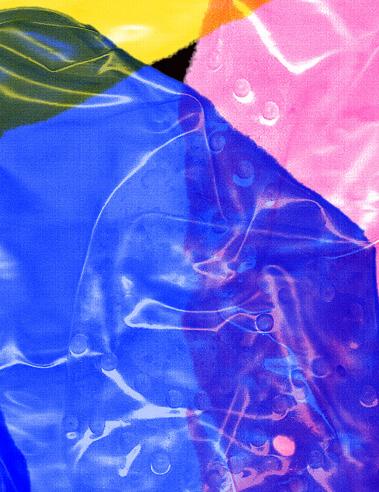


I mean, you know, people are entitled to their sexual proclivities.
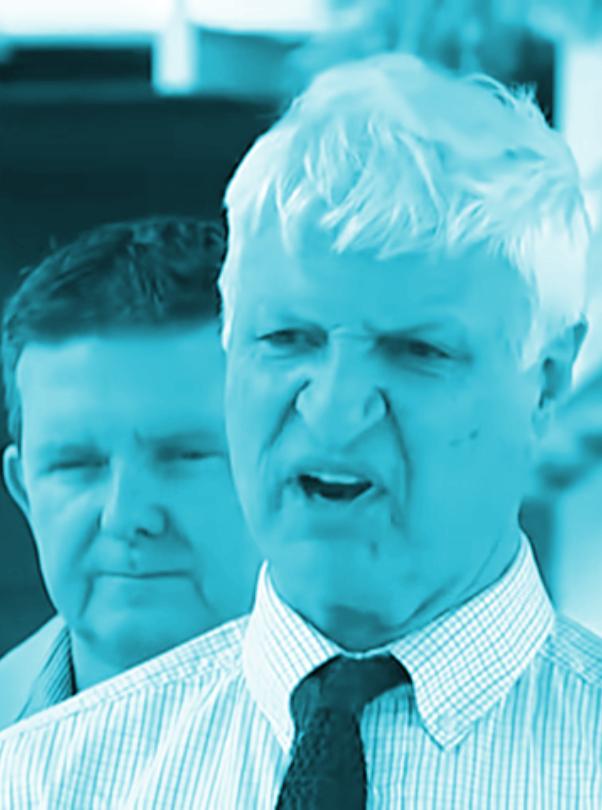
But I ain’t spending any time on it because, in the mean time...

You know, I mean, let there be a thousand blossoms bloom, as far as I’m concerned, you know.
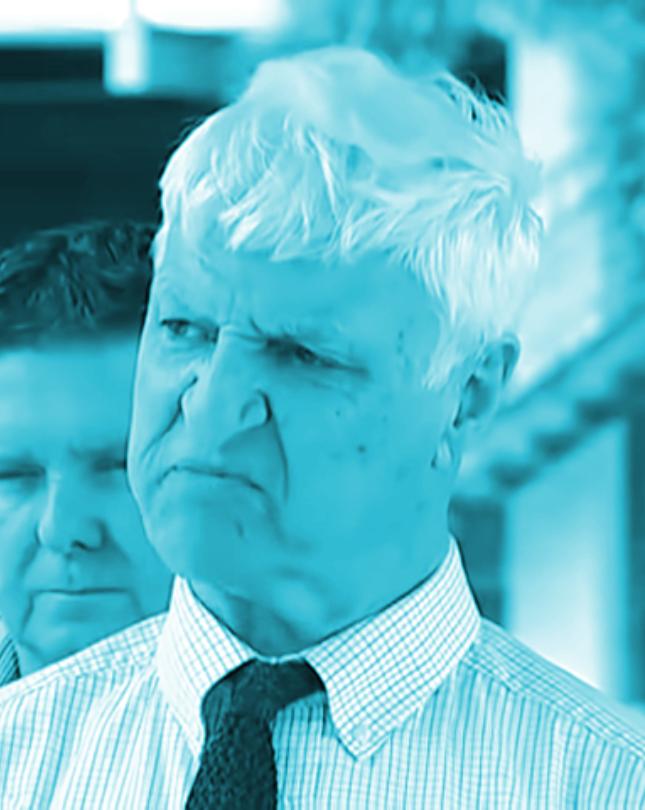
Every three months a person’s torn to pieces by a crocodile in North Queensland.
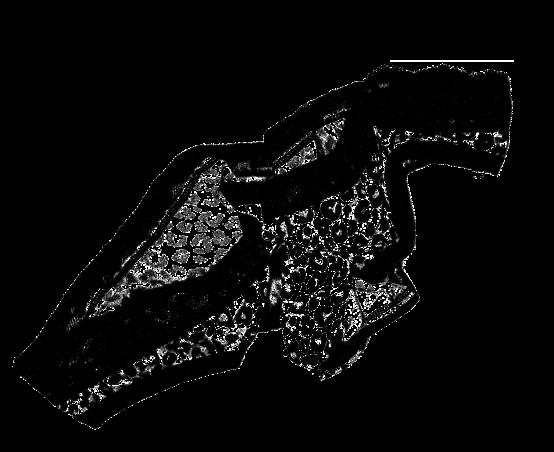
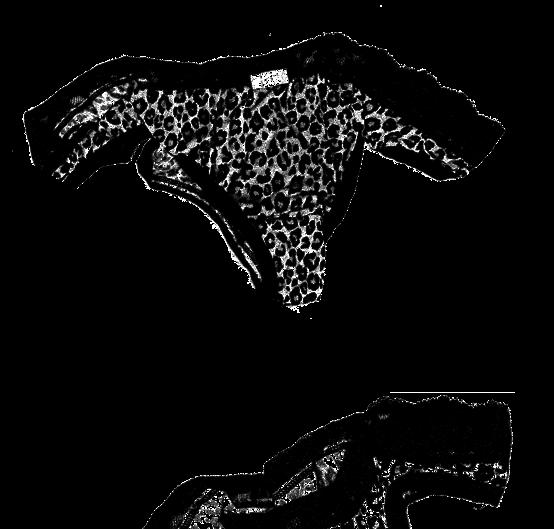
BobKa er
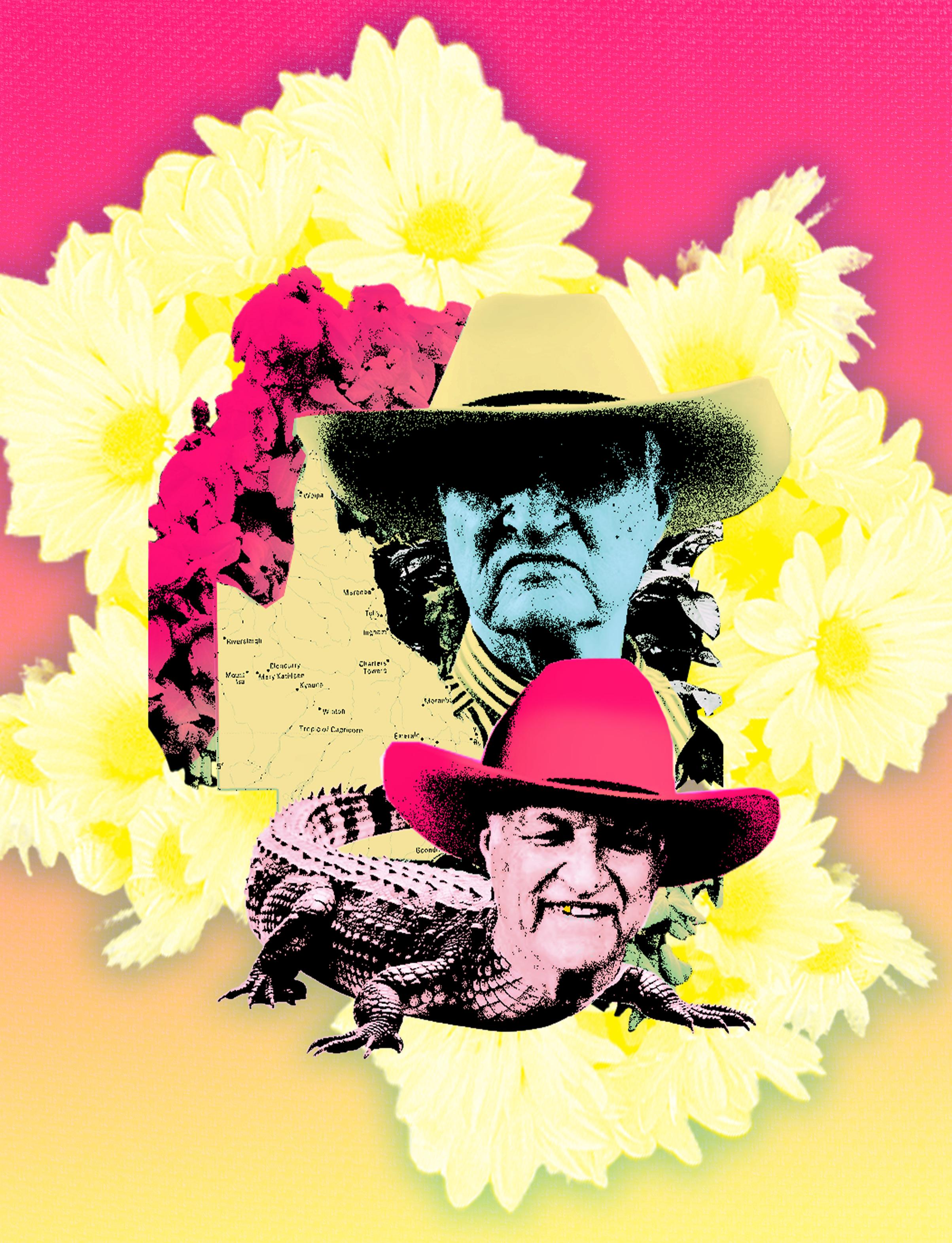
Australias
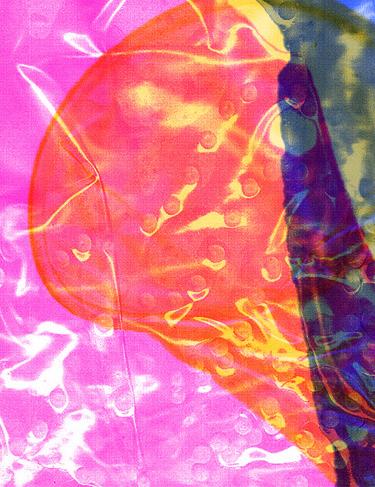
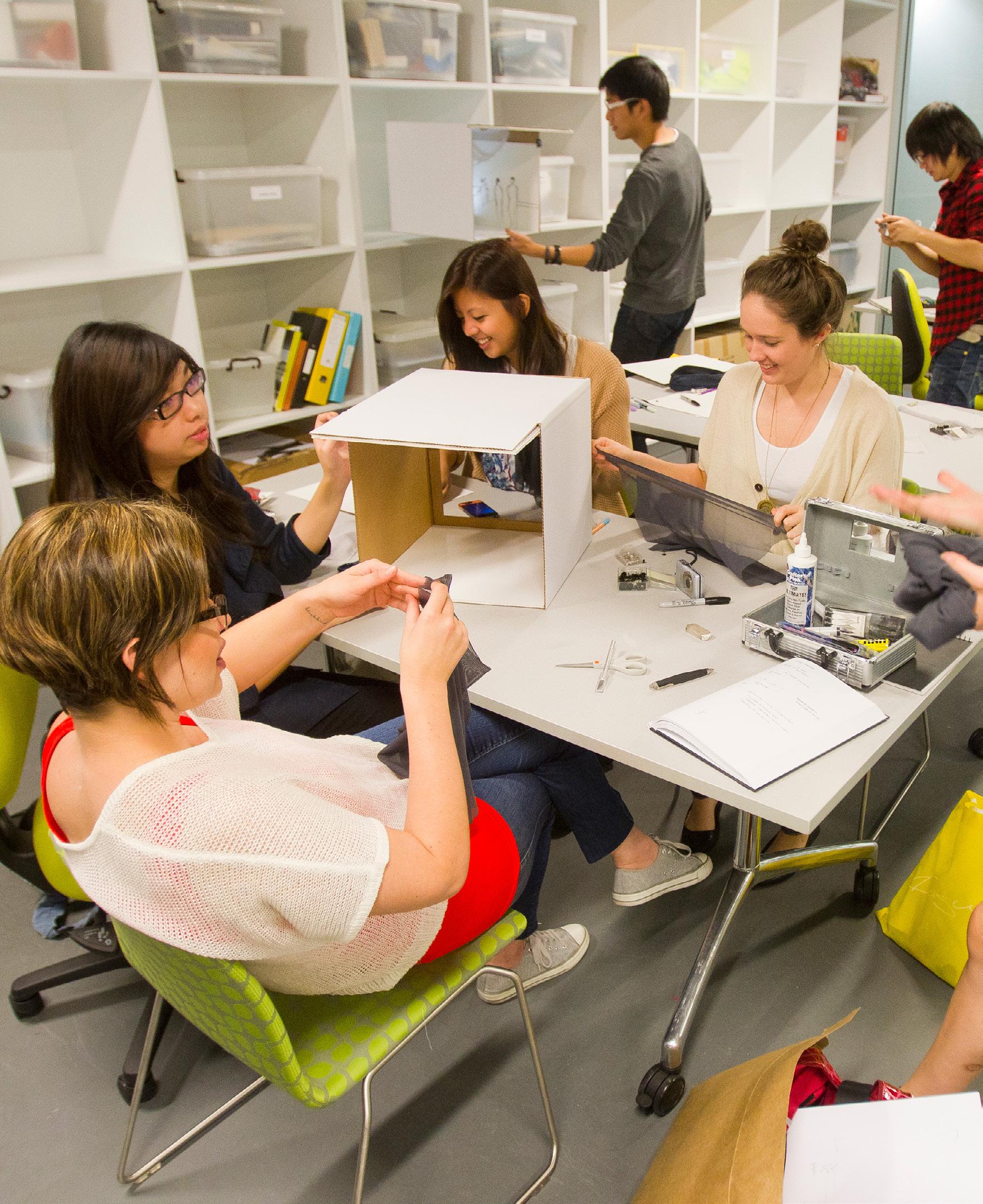
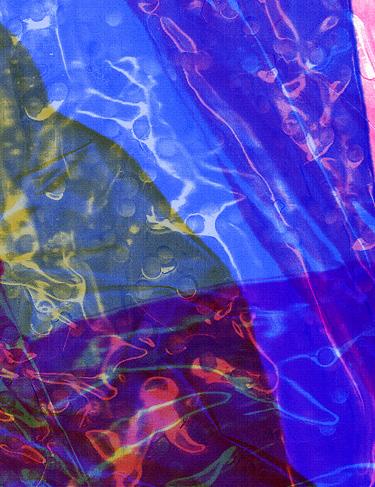

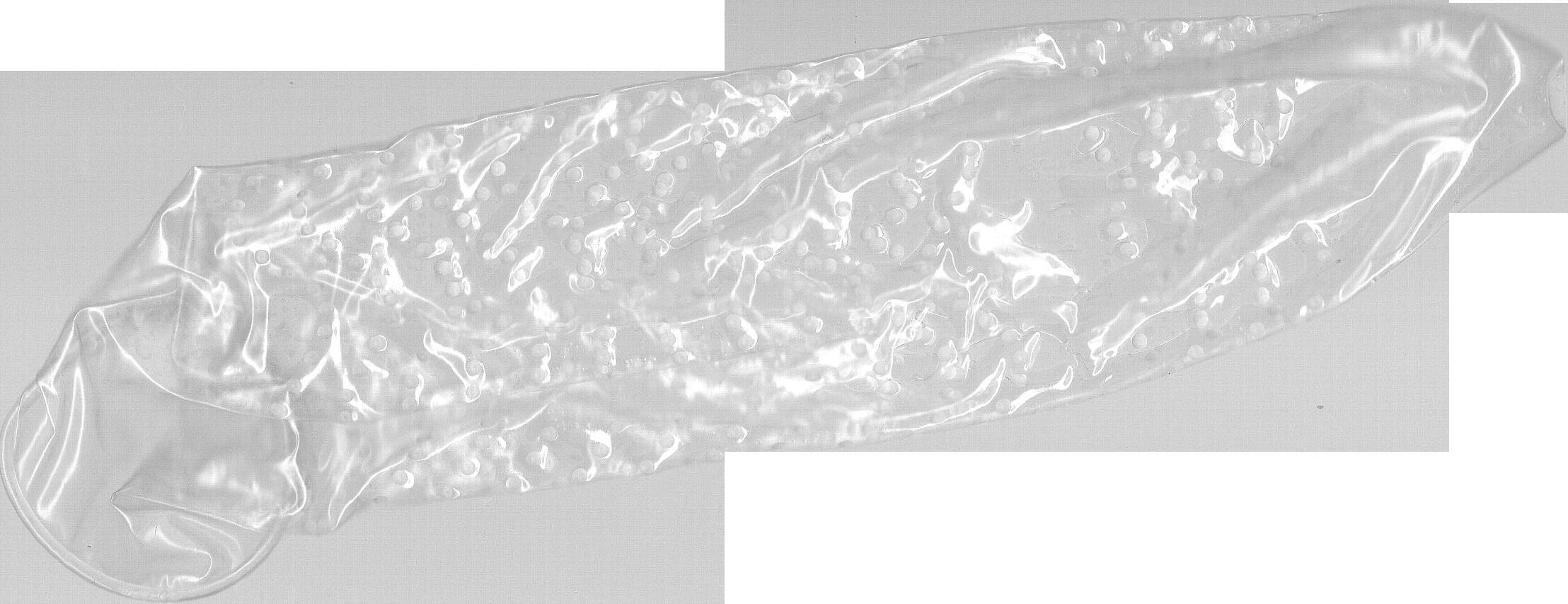
OB REPORTS

PRESIDENT - MIA CAMPBELL
president@utsstudentsassociation.org
This month, I’ve focused on refining key UTSSA campaigns and projects. I met with the Vice—Chancellor to raise urgent concerns around UTS’s failure to implement promised reforms on sexual violence and the lack of transparency in misconduct processes.
Alongside this, I filed a GIPA request for documents relating to sexual violence responses at UTS and had a meeting with the person conducting a review into UTS’s misconduct and complaints processes.
In response to protest crackdowns, I defended the UTSSA’s role in a peaceful protest held
on March 26 protest by Australian grammar and wrote a letter alongside the NTEU on opposing UTS’s proposed indoor protest ban.
On SSAF, I co-authored a paper to the next Student/Council Liaison Group outlining serious governance issues in UTS’s current SSAF allocation model and proposing major reforms, including a student-majority oversight body and a contestable funding pool.
I continue to lead the Special Considerations Working Group and work alongside students and staff to reform this process.
ASSISTANT GENERAL SECRETARY — ARYAN
asst.gensec@utsstudentsassociation.org
This month has been a great introduction to my role. I’ve started by updating internal documentation, including uploading new preamble sections and updating financial reports that were overdue from earlier in the year. I also created a social media post, in collaboration with Mia, addressing UTS’s proposed ban on indoor demonstrations. The post was shared on UTSSA’s Instagram and connected to a student petition against the policy change.
working with Biljana to gain access and training for the Association’s website backend. I’ve also been going through UTSSA’s governing documents to better understand my responsibilities.
It’s been really fulfilling to experience this kind of involvement during uni, and I’m proud to contribute to student representation and support decision—making processes that directly affect us.
Alongside this, I’ve been attending regular meetings with the General Secretary and



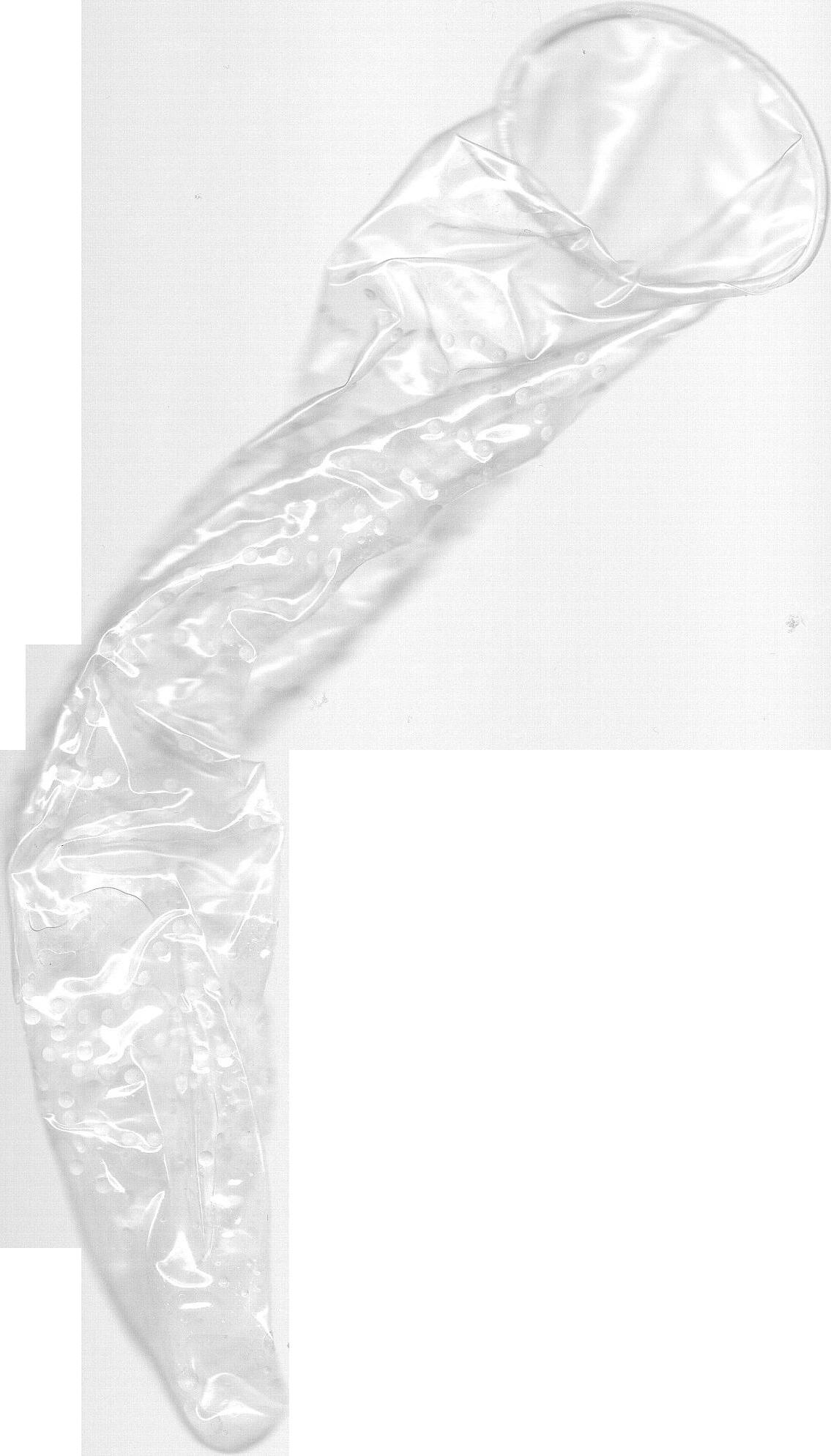

WELFARE OFFICER - NEEVE NAGLE
welfare@utsstudentsassociation.org
This month was slower due to an injury that delayed several meetings, including with the Executive Officer of the UTSSA and food initiative staff, which I aim to reschedule in June. Despite this, I participated in the UTS Health Service external review, raising concerns about appointment access and service quality. I also promoted the NUS national welfare survey to reflect UTS student experiences.
My article on UTS housing and UTSSA advocacy was published in ,
alongside a piece by Eryn Yates highlighting our permanent food spaces initiative. It’s great to see growing awareness of our work.
Looking ahead, the Student Council Liaison Group will soon receive UTS responses to my housing and food papers. I’ll also request data from the UTS Housing 2025 survey and continue engaging UTS Legal on licence agreement changes.
Finally, I’m preparing a workshop for EdCon and look forward to the conference.
EDUCATION OFFICER - SAMIHA EMRAN
education@utsstudentsassociation.org
The Education Collective held a StuVac snack stall with all BDS friendly snacks today. Despite lower student foot traffic in the morning during the exam period, engagement was actually great. Students who did stop by expressed support and interest in future actions and campaigns.
KNOW YOUR RIGHTS CAMPAIGN:
We also launched the “Know Your Rights” campaign starting with posts in collaboration with the UTSSA Instagram via the uts education collective Instagram account. So far the campaign includes a series of informative posts designed to educate students on their academic rights and navigating things like borderline results.
AAWG FINAL REVIEW:
The final meeting for the Academic and Administrative Working Group (AAWG) review is scheduled for 17th June. This review will focus on ensuring we have a structural format for how special
consideration will possibly look like, and setting next steps and what is achievable.
NTEU CAMPAIGN REVIEW DAY:
I will also be participating in the NTEU’s campaign review meeting regarding the budget cuts, on the 29th of May, and how the UTSSA can continue to support and maintain the campaign.
Currently drafting a report on the intersection of education and Palestinian liberation struggles, with a focus on Gaza. The report will outline institutional complicity, education disruption due to occupation, and student solidarity networks globally.

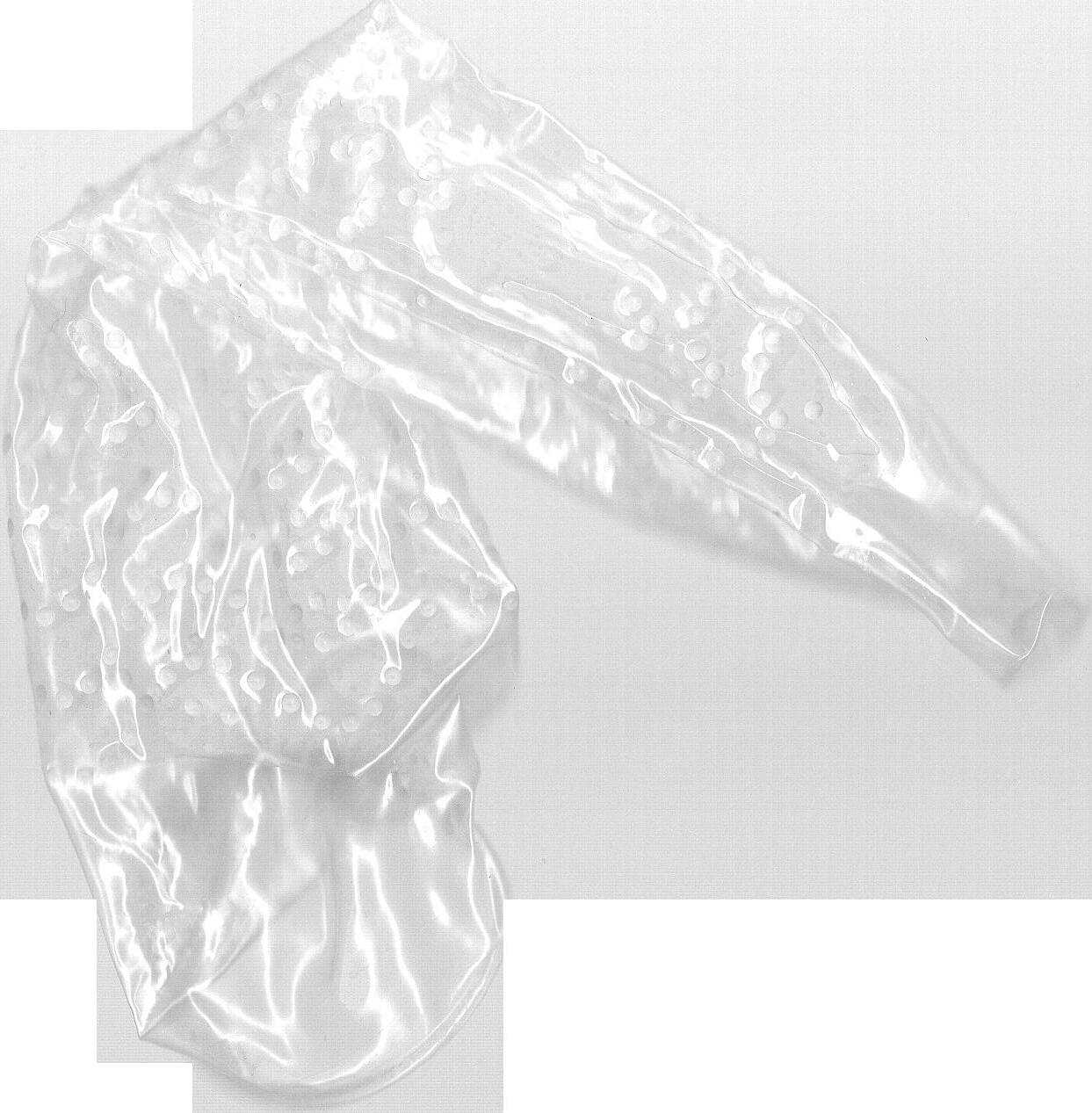


ENVIRONMENT OFFICER — SINA AFSHARMEHR
EVENTS:
environment@utsstudentsassociation.org

We ran our final gardening session and movie night on the 7th of May. Both events were quite successful and saw good turnout, with both seeing new members coming to an Enviro event for the first time.
SUSTAINABILITY STEERING COMMITTEE:
I have updated the sustainability steering committee about the work that the collective has been doing and that we now have an active membership.
AI OPERATIONS BOARD:
I attended a meeting of the AI operations board this month. I raised concerns students had about using AI chatbots provided by the uni, particularly around the confidentiality of any information provided.
SYDNEY MORNING HERALD INTERVIEW:
I spoke to a reporter from the Sydney Morning Herald/Age about concerns students have had about AI invigilation in exams, especially when it comes to being falsely flagged for misconduct by proctoring software.
WOMEN’S OFFICER — OLIVIA LEE
womens@utsstudentsassociation.org
In May I worked on the Period Products Campaign, having held multiple organising meetings and creating a survey with the help of Mia and recommendations from WoCo, I spent early May postering and making social media promotion for the survey.
The survey ended on the 26th of May. It was extremely successful, receiving 312 responses, which will be used to push harder for more funding toward the period product service at UTS. This is the main goal for next month
I also held a banner painting session and attended the National Day of Action against
Thanks, OBs, for all your hard work :)
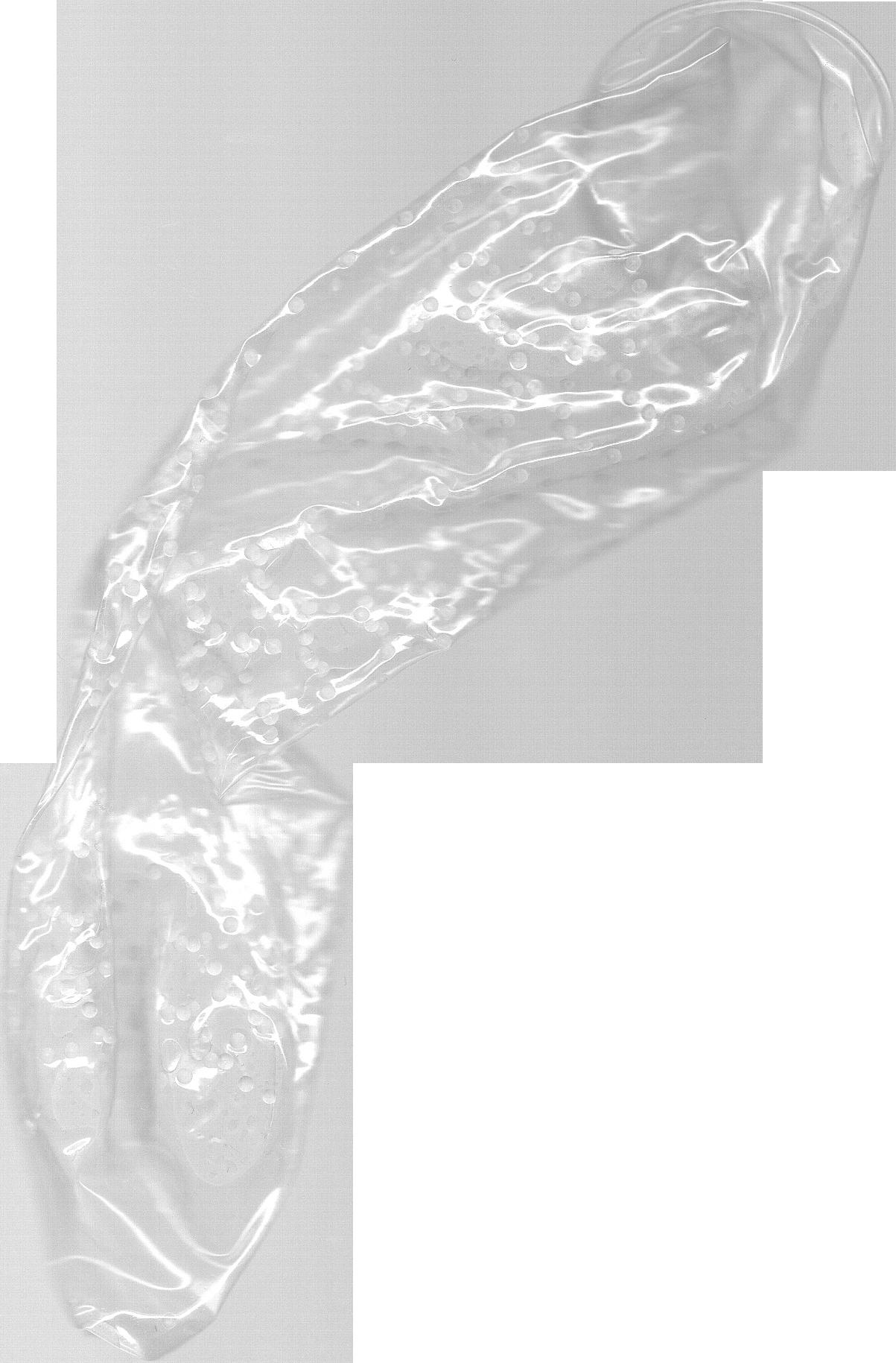
Gendered Violence run by What Were You Wearing. This was an extremely important event to attend. We heard some powerful stories from victim survivors about their experiences interacting with the system and the shameful failures of institutions that are supposed to protect us.
Finally, I contacted the DVC Kylie Readman and RNA on making a statement around the recent femicide of UTS student Audrey Griffith and the continuing rise in femicide since January 2024. I also contacted RNA about working on in-person consent training for clubs and societies. This was a motion I had passed at NatCon last year and so I am hoping to work toward this at UTS.

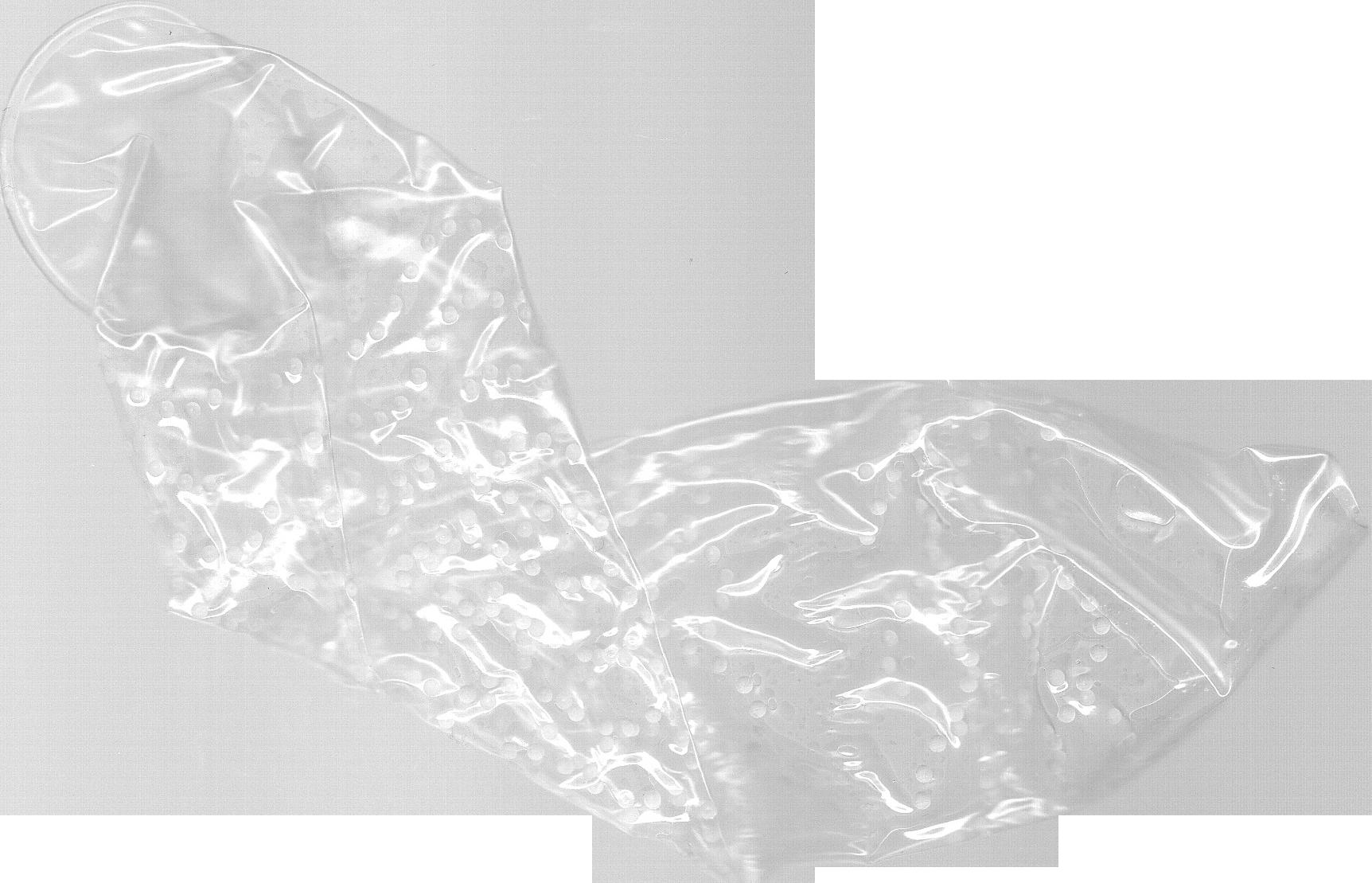
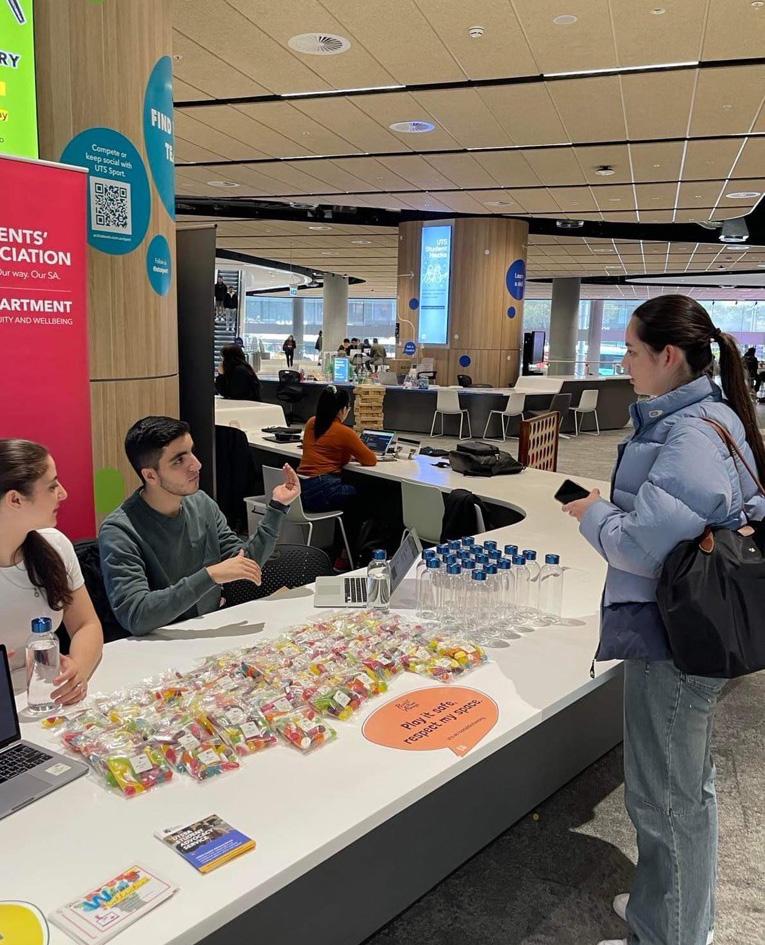


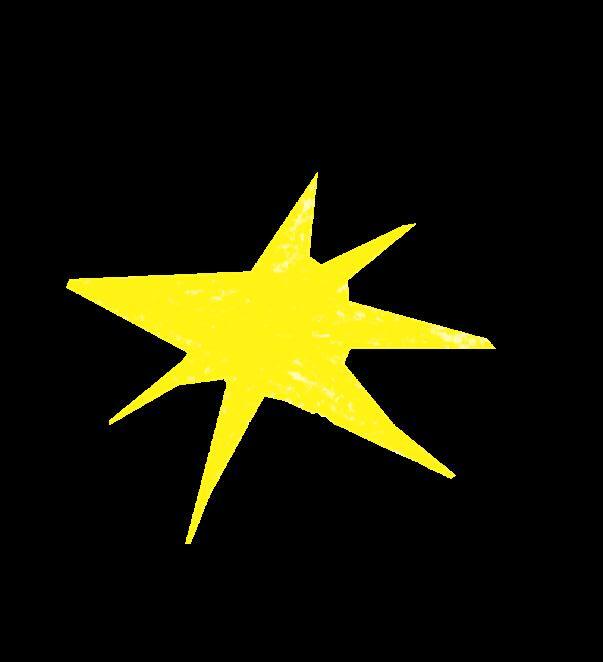







Contribut Tha
Isabella Pex @isabellapex_
Freya Waring @fr3yonfilm
Maya Heinecke @girladjacentgirl
Jonnie Jock @jonniefuckingjock
Zac Nikolovski @zacnikolovski
Annika Legg @annikalegg
Molly Martin


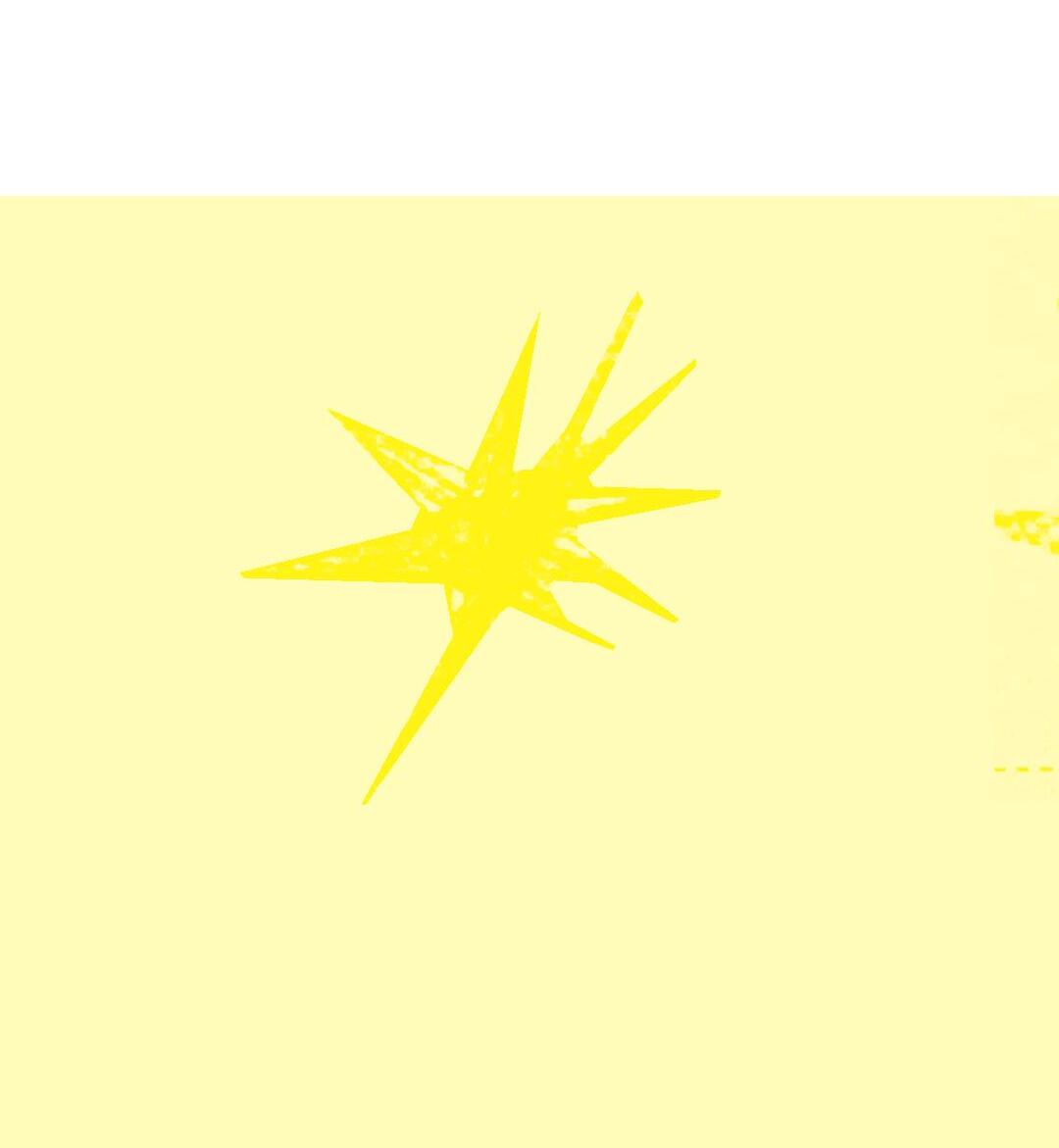
Noor Spring
Alysha Trotter @mynameisnotalysha
Molly Martin @mollymartiin
Rueben Agius @itsruebenagius
Bridget Matison @troubl3dwat3r
Imogen Tierney @imogen.tierneyy

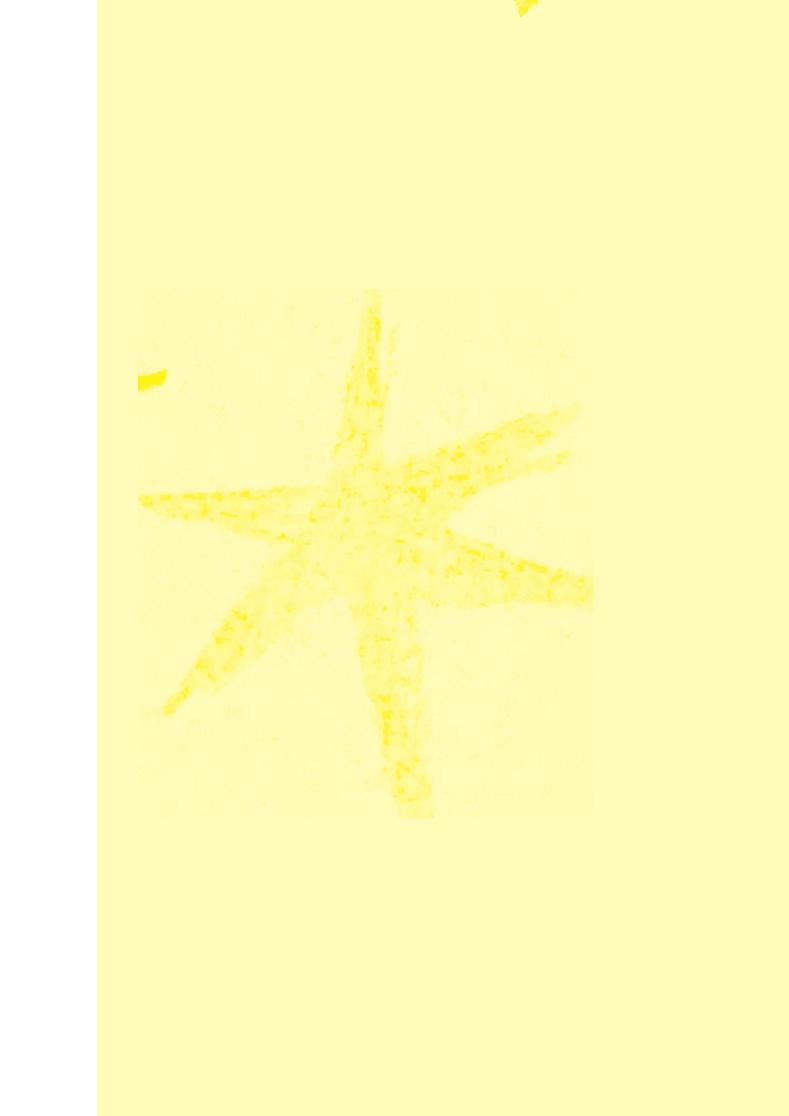



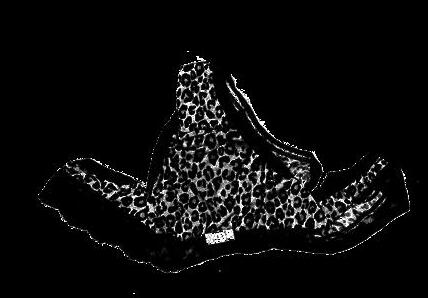



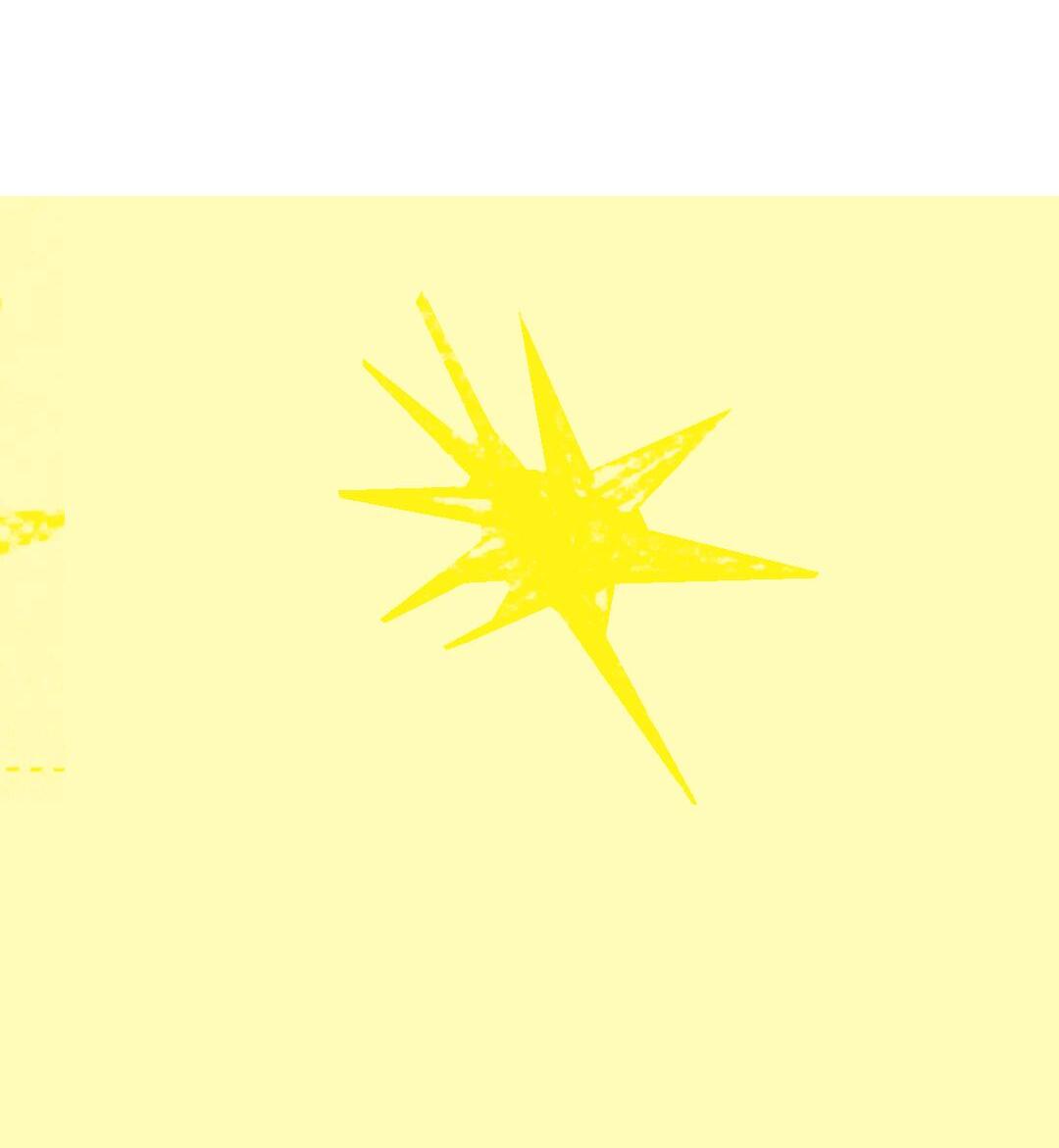






gners u !

@jonniefuckingjock
Nate Halward @rgb_rex
James Campbell @jpc.studio_
Katie Bayne @ktteek
Sophie Zhang @bonesofsoup



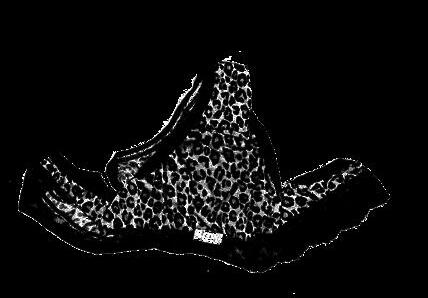






Submission
Want to be part of our next edition, ISSUE 04: EGG, or have your article published on our website?
Vertigo relies on the submissions sent to us by our readers, and we take your submissions all year round. We love reading whatever it is you’re willing to share, whether it be your article, your creative writing piece, your design, your fashion, your art… whatever it is, we want to see it! The different sections of our magazine include: Student News Politics + Law Arts + Lifestyle Society + Culture Creative Writing
Showcase pieces (photography, fashion + more)
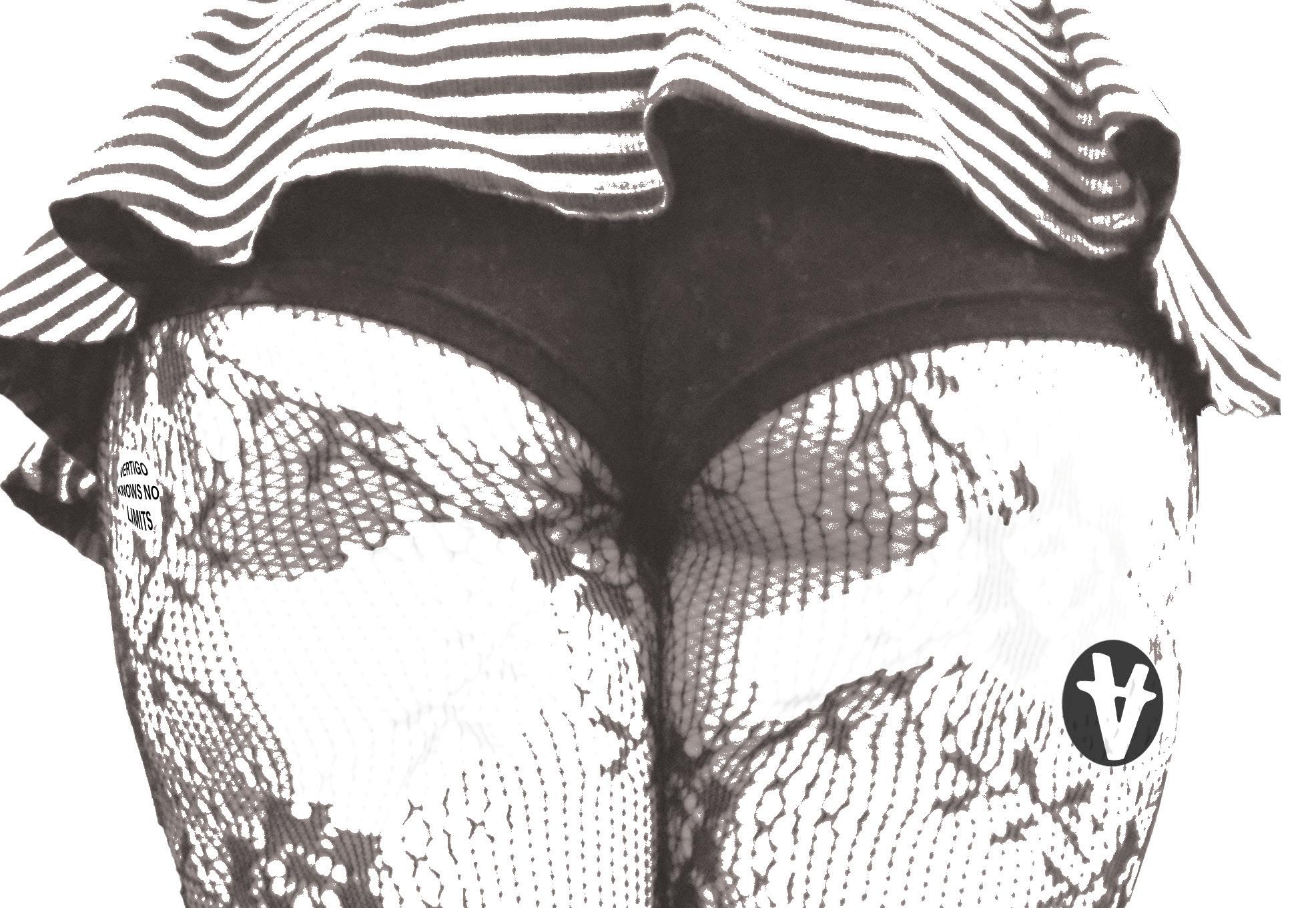

Call—
Out Our submissions email is submissions@utsvertigo.com.au send us an email with your work or a pitch, and one of our editors will be in touch with you shortly.
(@utsvertigo)
utsvertigo.com.au



